|
It feels as though autumn has arrived early this year, interspersed with bouts of summer that the grouches will say was “better late than never”. As I write, I have been in the water every day for the last four days: sea swimming three of those days, in a smooth blue expanse that glints out to the hazy horizon; river paddling once with a friend, in a clear, young river surrounded by fish and laughing children. Last week, I spent five days walking with Allysse through Wiltshire, experiencing everything from epic downpours to hot, lazy afternoons, camping in fields and woods and skinny dipping along the way. For the two weeks before that, we were hosting my sister from Australia, taking her walking in East Sussex, dropping in on National Trust places for a history fix, visiting London and blissing out with gorgeous hill walks, whimberry picking and a river dip under darkening skies (for me) in Wales. It’s been a good summer holiday, the biggest gift of which has been slowing down, doing one thing at a time, not trying to fit things in around other commitments. Looking out the window, I can see the rowan berries are hanging scarlet and the beech trees have set a golden fire in their topmost leaves. Along the roadsides, elders are drooping with berries and apples cast their fruit to the yellow grasses. The latest generation of robins is singing and families of other small birds are feasting at our neighbours’ feeders. Local friends are foisting excess produce from gardens and allotments onto whoever will take it - beans, zucchinis, a handful of potatoes. Early autumn is as beautiful as late summer - perhaps even more so, in its bounty and colour. I have not blogged often over the last year or so, and it has felt like an obligation or a chore rather than a fun hobby. I recognise that I have unconsciously developed some entirely self-imposed rules about what a blog post should be, how many words, how many photos, how much structure, and - most stiflingly - how “important” an event needs to be to blog about it. I hope that as the seasons quicken, as trees bear fruit and let go, colour their leaves and let go, that I will be able to emulate this. To let go of unhelpful patterns and reflect on some smaller delights of life. P.S. This is still a good time to make hedgerow jam. Get on it!
0 Comments
Long weekend. Welsh hills. Gorgeous weather. Great company. Lots of hard walking. In short: fantastic! We left work a little early on Friday of the long weekend and drove straight to Abergavenny/Y Fenni, meeting our friend Paulina at our hotel (she was over from Poland). It was great to catch up during dinner, but we were all pretty tired, so it was an early night. Day 1 - Abergavenny to LlanthonySaturday dawned clear and bright - a far cry from the constant cloud cover forecast on the BBC weather app! - and we set off after a hearty breakfast. We remembered just in time for a short detour to a cash machine that the campsite that night was cash only, before we crossed the Gavenny River and headed up a shady lane, over a golf course and into farmland. Ysgyryd Fawr (known to many as “the Skirrid”) loomed ever closer. And then we were climbing - up from the carpark, steeply through the woods, steeper and steeper, then finally up onto the clear ridge. We stopped often to admire the view and to catch our breath. Dan and I have been here a couple of times, but this was the first time with big packs. Yeah, it was a bit harder! Having done the climb before, we two were prepared for the many false summits on the way - I felt for Paulina when she reached yet another ‘top’ only to see there was more climbing to do. But we got there! We rested at the summit and had a good snack while trying to trace the route we’d be taking over the ridges of the Black Mountains. It was a gorgeous day and we felt lucky to be out in it. Soon it was time to go down the hill. And I mean down. See, the thing about Ysgyryd Fawr is that one approach is quite gradual (believe it or not, that was the way we’d come up), while the other drops off almost vertically. The descent took all our concentration. Paulina actually took off her pack and rolled it down the hill at one point so it wouldn’t pull her off balance (minor casualties: the block of cheese and a few oatcakes). My toes were threatening blisters by the end of it, from gripping and sliding and sometimes knocking on the ends of my boots. In the valley, we passed an old farm with peacocks, grabbed a pint (of lime and soda!) in the Skirrid Inn, spoke to many lambs, sheep and cows. Dan and I tried to translate things into Welsh (or English, if it was already in Welsh) and possibly impressed Paulina with our limited knowledge. We’d planned a late lunch at the top of Hatterrall Hill, but the heat dictated an earlier rest stop in the leafy shade beside a quiet lane. We ate delicious camembert with slices of apple and some sorrel I foraged from the verge. Nice! This was the first time we’d done an overnight walking-camping trip like this with a friend, and it was really fun. I have lots of memories of laughing about things - many that now puzzle me (why was the cheese so funny?) - and it was lovely to be able to introduce Paulina to a place we really like. On Hatterall Ridge, we found ponies and foals, an interesting looking bird (we later discovered it was a wheatear), an old fort and a QR code that gave us a history lesson about King Offa and the Offa’s Dyke Path, which converges with the Beacons Way for a few miles here. Oh, and lambs, too. (Paulina probably has a whole coffee-table book full of lamb photos from this trip!) It was pleasant to have a little bit of flatter walking along the ridge among the heather and whimberry (wild blueberry) bushes. We had great views over England on one side and Wales on the other, with the late afternoon light filtering through a thin haze into the green valleys. And then we started dropping down the hillside, towards the distant ruins of Priordy Llanddewi Nant Hodni/Llanthony Priory and the campsite that we hoped would be home for the night. Paulina kept us distracted with important topics such as, “What is the best kind of pasta shape?” and “What are your favourite pizza topping combinations?” At Llanthony, the campsite was pretty busy, but there was still plenty of room for us. We set up the tent (for Paulina and Dan) and tarp (for me), then went off to the little pub beside the priory ruins for dinner. We all agreed it had been a pretty excellent day. By the time we got back to our site, a layer of dampness had settled over everything - including the sleeping bag I hadn’t yet tucked into the bivvy. Oops! Still, we made pretty short work of cleaning ourselves up and hopping into bed before 9pm. I slept much better than expected, warm and relatively comfy. I only really woke up once in the early morning, with the moon shining directly into my tarp like a big lunar spotlight. Day 2 - Llanthony to LlanbedrOn Sunday morning, I think I was the first person up in the whole campsite. I walked to the toilets accompanied by the songs of robins, blackbirds, tits, jackdaws and a cuckoo - amongst others. The tent and tarp were both saturated with dew/condensation, but our gear was mostly fine. After a quick breakfast we packed everything away and made tracks to the first big climb of the day. The sun was blazing and it was already pretty warm and humid. The path up towards Bâl Bach was beautiful, with views behind us to the priory, a stream tumbling down the hillside, bright spring leaves and a clear blue sky. But boy howdy, was it steep! (At least it was to us. We were passed by someone running up the path!) We stopped frequently and played tag with a Duke of Edinburgh group ahead of us. At the top we spoke with the D of E group properly - they were on a practice run for their gold award, having come from Abergavenny over the Sugarloaf/Y Fâl the day before and being due in Hay-on-Wye on the Monday afternoon. We parted ways with them there, as they continued right up the ridge and we turned left towards a large cairn (where we saw some more wheatears and even a few lizards - a rare sight in the UK) and down into the next valley. As we descended, Paulina’s new boots completely fell apart (the glue bonding the sole to the boot had been disintegrating since the previous afternoon). Luckily, she had a pair of running shoes to change into, and we loaned her our walking poles to help her ankles on the descents. Dan and I had brought the poles mainly for my tarp set-up but they did make a difference while walking. I’m thinking I might get myself my own set of poles, as I find my joints and feet hurt less and I can travel more quickly when I use them. In the valley, we stopped by a little stream and bathed our feet in the icy water. Well, Paulina and I did. Dan doesn’t often take his boots off during a day of walking. I love him very much, but he is definitely a fool in this regard! And then? Straight back up the next hill! We’d promised ourselves lunch at the top, and we were sticking to it this time. There wasn’t much scope for talking, as we all put our heads down and slogged it out in our own time. A couple of escapee sheep ran up a lane ahead of us, bleating at their compadres in the neighbouring field, only turning back and high-tailing it past us when they reached a closed gate at the end. The ascent to Crug Mawr was again full of false horizons. Dan would stop ahead of me, I’d call out, “Does it get flatter?” and he’d call back, “A bit! Sort of!” and I’d relay that to Paulina behind me. But eventually we could see the trig point at the top. Dan and I put on a bit of speed so we could set up the tarp for shade before Paulina arrived. We also staked out the tent and fly to dry out, which they did in about five seconds in the sun and wind. We had a long and well-deserved lunch break, eating our broken block of cheese with oatcakes and wild garlic. It tasted amazing. We also made the call to take the road around to Crickhowell rather than climb yet another hill in the heat, as we were all feeling a bit woozy and were getting low on water. Knowing we’d climbed the last hill perked us up (or maybe that was the energy-nougat-that-tasted-like-camping-shop?) and we started down the long descent, watching and watched by sheep and ponies. We discussed capitalism, neoliberalism, depression, anxiety, notions of community and other such interesting things. We met a couple of people heading up over the hill to visit their neighbours - it reminded me a bit of growing up a couple of kilometres and one large valley away from our the-people-next-door. We left the Beacons Way (which, incidentally, was well signposted throughout) and navigated our way down, down, down to a shady little stream. Which, of course, meant Paulina and I had to go paddling again. As we splashed, we decided to change plans a second time, head for the village pub in Llanbedr and call a taxi instead of walking to Crickhowell. After all, we were here to enjoy ourselves. So that’s what we did. The Red Lion is a lovely pub, there was lovely weather, we drank some lovely soft drinks and shandies and beers while waiting for the taxi. Our taxi driver was lovely (he breeds miniature pigs! and models beards!) and we had lovely chats while we sped through the lovely Usk valley back to Abergavenny/Y Fenni. From there, it was a short drive to our lovely Airbnb - and an extremely lovely bath! We were all exhausted, but our host had lit a fire in the fire bowl and invited us to drink a beer and watch bats. She even had a bat detector. So we sat out for a while chatting, spotting bats and enjoying the sunset, before I had to admit defeat and go to bed. On Monday, we had a fresh breakfast of fruit salad while sitting in the dappled morning sun. It was quite delightful. We took a slightly slower route to drop Paulina off at Reading Station - driving down the Wye valley, stopping at Tintern for a sandwich, crossing the Severn, heading to Avebury (the carparks were too full to stop there), spotting the white horse carvings and stopping for an uninspiring pub lunch. We agreed it had been a great weekend! (After saying goodbye to Paulina, Dan and I took the back roads to Battle, stopping for a short leg-stretch at Winkworth Arboretum, owned by the National Trust. It was full of bluebells! I’d love to visit again when we have a bit more time.) If you're interested, here's more about the Beacons Way, or check out some of our other Welsh adventures!
Epic post ahoy! (But it's mostly photos - and tweets with photos - so don't be alarmed.) Over summer, we went on a road trip, visited a bunch of National Trust properties, camped a lot, saw several lovely friends and subsisted almost entirely on scones, pizza and instant noodles. It was a pretty great holiday, even if we got the best version of British Summer (i.e. rain) most days.
We recently bought ourselves life memberships of the National Trust (thanks to M&A for the gift). The National Trust owns a whole range of places, from castles and stately homes to countryside and coast, interesting historic houses, follies and factories. Most of these places are open to the public, the larger ones have cafés or restaurants, members get free entry and (usually) free parking. We decided that visiting a National Trust place every day would be a good way of exploring the country during our summer hols. Spoilers: we were right. Herewith, a bit about our trip (places marked with an * are not National Trust).
The South
I always find it funny that English road signs will sometimes point to "The NORTH" or "The WEST" or "The SOUTH" (I don't think I've seen one to "The EAST" before - do they exist?). I don't know what the technical definition of those areas are, but I'm going to divide this post according to them anyway. Essentially, we started in Sussex and did a clockwise loop around England, albeit skipping some major parts and adding a short visit to Wales (and an even shorter, minutes-long trip to Scotland). We didn't visit many NT places close to home, because we'll go to them on weekends and short breaks . . .
Day 1: Barcombe Mills*, Ditchling Beacon, Devil's Dyke, Saddlescombe Farm
Our travels started off with a visit to Barcombe Mills for a walk. Then we headed along the line of the South Downs (Ditchling Beacon and Devil's Dyke) with sunshine and wind and forecasts of storms. Unfortunately, we couldn't stay where we planned on the first night due to a family illness, so we stopped off at a camping field - literally, we couldn't even find the loo! - at Saddlescombe Farm.
Day 2: Worthing Beach*, Mottisfont
The rain didn't let up, so we packed up the tent in the wet (not fun, as it was the first time we'd used this tent since last summer, so we were out of practice) and trundled off over the South Downs to Worthing Beach for breakfast (or morning tea, maybe). I picked a bit of sea kale while we were there, to add to our instant noodles later on. Our National Trust property of the day was Mottisfont, where we arrived just in time for the mediaeval history walking tour. Then it was off to our peaceful, if rather poorly signposted, campsite for the evening.
Day 3: Pepperbox Hill, Myncen Farm*, Hardy's Cottage, Max Gate, Loughwood Baptist Meeting House
We woke to a glorious sunrise and popped out of the tent to pick blackberries for breakfast (probably the best breakfast of our holiday, TBH, see ingredients in the tweet below). We set off across the counties of the south coast, stopping at Pepperbox Hill, following a sign to cider and arriving at Hardy's Cottage near Dorchester just as the rain set in. I've never been a huge Thomas Hardy fan, probably because I read Tess of the D'Urbervilles when I was too young to realise it was a condemnation of societal values and couldn't understand why someone would write something so horrible, let alone why people would choose to read it. However, both the cottage and Max Gate down the road were really interesting spots to find out more about domestic and social life of the period. Did you know people used tea leaves (after brewing them) to polish/stain their wooden floors? We called in at Loughwood Baptist Meeting House before heading to Exmouth.
The South West
We felt like we'd moved properly into different terrain. We drove through the long, lingering Downs-ish hills merging into Salisbury Plain, then suddenly we were in the steep green country of the South West, Somerset and Devon. We were in the area last year, and it felt good to return.
Day 4: Lower Halsdon Farm, Exmouth*, A la Ronde, Exeter*
We had a morning to ourselves, so we took advantage of the lovely weather and walked into Exmouth. Our Airbnb hosts told us about a new path that had been put in through a National Trust-owned farm, so we followed it down to the path that snakes around the estuary, enjoying views across the water and mussel beds. We stopped for a cream tea on the way back, which we ended up sharing with a little orange cat. The main event of the day was a visit to A la Ronde with our friend Rachael. Read about the history of the house here. We went to Exeter for a dinner of delicious vegan and vegetarian pizzas at The Flat.
Day 5: Knightshayes, South Hill
Goodbye, Exmouth! We took back roads slowly up to the north coast of Devon/Somerset, enjoying the views of hills and streams and stopping off at Knightshayes for a couple of hours in the middle of the day. The estate itself looked beautiful, but we spent most of our time inside the ridiculous Gothic-revival house, enjoying the first of many examples of ostentatious interior design. We learnt about linen presses (thanks, chatty volunteer), women's golf and a bit about the local lace-making industry (where the family made their fortune). Then we set off again, up to the remote-feeling hilltop expanses and steep, secluded valleys of Exmoor.
Day 6: Watersmeet, County Gate*
Our pretty campsite was tucked away in a wooded river valley sheltered between the high moors outside Porlock. I tried out my new water shoes with a paddle down the river. It was beautiful, and hard to leave for the day! But leave we did, for a wander along the streams and waterfalls to Watersmeet. Their card machine wasn't working, we didn't have cash and the car was parked a mile or so upstream, so after a quick look around we headed off. We went for a lovely little walk at County Gate, through the bright purple heather and yellow gorse (which they call furze, there).
Day 7: Glastonbury Tor, Costa at Shepton Mallet*, Kennet and Avon Canal at Bradford-on-Avon*
It rained! Are you surprised? Dunster Castle wasn't yet open, so we headed to Glastonbury Tor, somewhere I've wanted to visit for ages. We nabbed ourselves some free street parking and joined the train of folks heading to the summit. Oh my goodness. It rained sideways with such ferocity that one side of us was dripping while the other was quite dry. We could see barely a thing from the top. Then we had to come down, drenching our other sides. We were so wet. We bundled into the car, sitting on towels, and sought refuge in a retail park twenty minutes up the road where we tried to dry things under the hand dryer. Luckily, our Airbnb hosts were beyond lovely and helped us dry out. We even had bath robes! In the evening we went to visit our friend Dru, an artist, poet and engineer who lives on a narrow boat on the Kennet and Avon Canal.
Day 8: Dyrham Park, Bristol*
As we pulled in to the drive at Dyrham Park, I said to Dan, "Don't you feel like we're rich folk on a grand tour, visiting our friends in all their grand houses?" Dyrham is one of those classic National Trust properties - a big house, fancy garden, a cafe and bookshop in the stables and a deer park with spectacular views . We went on the volunteer-lead garden tour and it was fascinating to learn its history and the plans for further restoration. After Dyrham, we headed to Bristol, where we stayed with Allysse & co. Allysse and Emma took us out for some tasty pizzas. Mmm, yum.
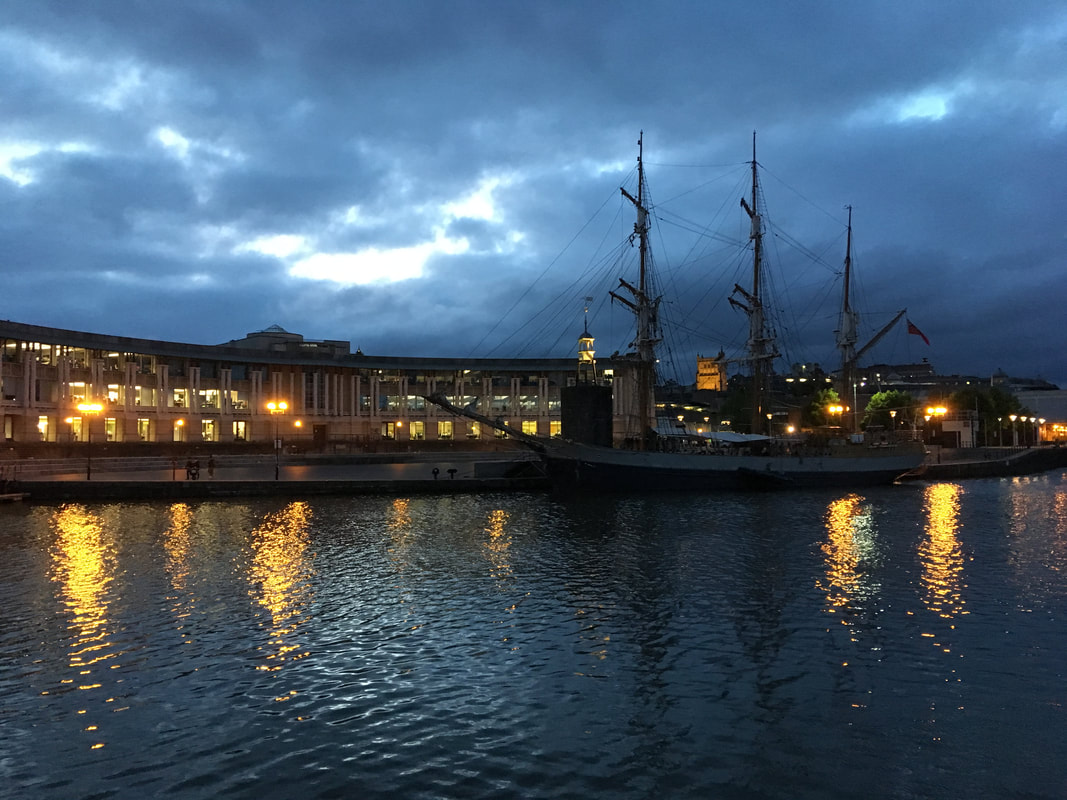
We thought this was the Matthew (replica of the boat sailed across the Atlantic in 1497) but it's the tall ship Kaskelot (restored original).
Day 9: Cheddar Gorge, Wells*
After a relaxing morning, Allysse, Emma, Dan and I drove down to Cheddar Gorge, where we climbed a lookout, had lunch in the (very touristy) village and then walked around the top of the gorge. It's an amazing place! I guess I thought, in the back of my mind, that you don't get "big landscapes" in England - especially in the south. I loved everything about the walk and the company. Allysse and I recorded an intro for Queer Out Here. We saw wild goats . . . and Glastonbury Tor, in the distance, in the sunshine. After a few false starts (including an abandoned pub!), we ended up in Wells for dinner.
Wales
We love Wales (had you noticed?), so we couldn't really go from Bristol to Birmingham without popping in to a couple of our favourite places. It was fun to notice that our DuoLingo and Say Something in Welsh practice has paid off a bit - we could understand a few more signs this time. Gwych!
Day 10: Tredegar House
Allysse had to work, but Emma came with us to Tredegar House on the outskirts of Newport. We had a short wander around the ponds, then popped into the house. Once again, the room volunteers provided entertaining commentary on the history of the house and its owners. Fave quote about a fellow with a pet kangaroo: "As you can see from this photograph, he was gay." We went to a talk about the history of the property from Tudor times to its life as a school and council-run venue. It was warm, I was comfortable, I fell asleep. Sorry, volunteer presenter! We ate scones, dropped Emma at the station then headed on up to an Airbnb in Caerphilly.
Day 11: Lanlay, Caerphilly Mountain*
National Trust places seemed a bit thin on the ground in the immediate vicinity, but we found one: a field. OK, that makes it sound dull, when in reality Lanlay is a series of beautiful riverside meadows that have not been farmed since before WWII. This means the place retains traditional hedges and a huge diversity of wild herbs, grasses and so on - the kind of diversity I'd heard about, but it was another thing to see and truly understand what we've lost elsewhere and what people are working to bring back where possible. There was a sign encouraging people to pull up Himalayan Balsam, so rather than walking we went on a long weeding expedition. We had lunch with lovely friends (and it was a lovely lunch, although I think the soup broke two soup makers?!). After lunch we drove to the top of Caerphilly Mountain for a wander around the common/heath. All in all, an enjoyable day!
Day 12: The Sugar Loaf, Abergavenny*, Pen-Ffordd-Goch*, LLanthony Priory*
Up through the valleys from Caerphilly we went, heading towards a wonderful part of the world - the area around the Black Mountains/Brecon Beacons/Usk Valley/Wye Valley/Vale of Ewyas. First stop: a climb to the top of Sugar Loaf/YFâl. This was great. The climb gradually steepening to the rocky crest. We spent a while enjoying the excellent views and watching the rain jumping peaks towards us - Corn Du, Pen y Fan and Cribyn in the distance, then the nearer hilltops, then the Usk Valley, then . . . it missed us! We popped down to Abergavenny for lunch and over to Pen-Ffordd-Goch/Keepers Pond to find the road we'd seen from Sugar Loaf/Y Fâl. Finally, we drove to the sweet little campsite below the picturesque remains of Llanthony Priory/Priordy Llanddewi Nant Hodni. It felt like it had been ages since we'd camped - days since Exmoor - and it was good to be back in the tent.
The Middle Bits
A.K.A. Birmingham, Warrington and Manchester. (I originally called this section "The Midlands" and Derry told me off. Landscape-wise, it felt like we entered The NORTH only once we'd passed Manchester. And let's be real, Manchester's only about two thirds of the way from the south coast to Scotland!) This section of our trip was based more around seeing friends than any particular National Trust properties - but that's not to say we didn't visit some great places.
Day 13: Gospel Pass (Wales)*, The Weir Garden, Birmingham*
Leaving our campsite after a paddle in the nearby river (cripes, it was freezing!), we headed out over the Gospel Pass - one of my favourite viewing points in the world, I think! We then followed the Wye Valley around to The Weir Garden, set on a steep hillside overlooking the Wye. We'd stopped opposite it while canoeing down the Wye last summer and had filed it away as a place to come back to. Worth it! Then it was on to Birmingham, which we managed to do via quite a green route almost all the way into the city. We went to a pub quiz with our friend Rachael (who put us up for the night, too) where we came equal third - only 1.5 points below the winners. (I contributed only one, incorrect, answer - essentially, I think I lost the quiz for the team. Whoops!)
Day 14: Kinver Rock Houses, Alderly Edge, Warrington*
(A.K.A. the day I had chips for breakfast - classy!) We drove with Rachael to check out the Holy Austin Rock Houses at Kinver. These houses are part cave, carved into the red sandstone of Kinver Edge. People were living here up until the 1960s and the houses are refurbished in a cosy, domestic style along early-mid 20th century lines. Unlike many National Trust places, here visitors are encouraged to pick up the household items, sit in the furniture and feel what home might have been like in these fascinating structures. After most of the day out, we dropped Rachael back in Birmingham headed to our dinner date in Warrington, via Alderley Edge. I was such a fan of Alan Garner's books (these ones) as a kid and had a fantastic experience the first time we came to this area, remembering the books, matching the maps with places and going investigating. This was only a brief stop, but oh, wow, I still feel like I know these woods - and the things that might lurk there. It also made me want to re-read Boneland. Anyway! We had a good time with our friend Derry in Warrington. I had chocolate gnocchi for dessert.
Day 15: Quarry Bank, Manchester*
This was a bit of a terrible day, in that I didn't really eat properly until about 3pm. The less said about that, the better! But Quarry Bank was fascinating. The demonstrations were really informative and helped create a physical appreciation of the place's history - the noise, the dangers, the smells, the speed. We bought a tea towel woven on the machines in the factory and headed off to Manchester. It was such a pleasure to spend time with Sarah and Jit and their six cats (SIX CATS). We had a great walk along the canal into the city centre with Sarah, where we met Jit for a drink in the late afternoon sun before gorging ourselves on yet more delicious pizza.
Day 16: Lyme Park and House
After an amazing breakfast (thanks, Sarah - and thanks also for the amazing picnic lunch and dinner on this day!) we all piled into the car and headed off to Lyme. Another NT property with all the trimmings - deer park, stately home, formal garden, stables, orangery, etc. I got to play the piano (as I had at A la Ronde and Knightshayes) and we heard a talk about one of the owners of Lyme. Dan and I tried on the dress ups at pretty much every NT place where they were on offer, but Lyme was definitely the best. They had a whole room of clothes and volunteer assistants to help you dress and you could put on a complete outfit and wander around the property in it! We saw a few people in full costume around the house. Brilliant!
The North
The North (The NORTH). I can count the number of times we've been north of Manchester on one hand (once to Scotland, once to the Yorkshire Dales, once to the Lake District), so it was great to be back! I think it feels so far away from us down on the south coast that we don't even think about going there on holiday. That's kind of changed after this trip, and I like to think that we'll visit The NORTH more frequently, now.
Day 17: John Rylands Library*, Malham Tarn Estate
Having had a lovely time with Sarah and Jit, we went with them into town and visited the John Rylands Library, where we wandered around an interesting exhibition, ogled the reading room and admired the very cool neo-Gothic spaces (the library has featured in the Harry Potter films). We ate a tasty brunch before setting off northwards, with no precise destination in mind. We wanted to check out Malham Tarn and the rain stopped just in time for a lovely stroll on the boardwalk. We spotted wildflowers and ate wild raspberries -yum! Further and further through the Yorkshire Dales we pootled, checking out a couple of campsites to no avail before stumbling upon a Camping and Caravanning Club affiliated one in Aysgarth, where we settled in for the night.
Day 18: Aysgarth Falls*, Tan Hill Inn*, Hadrian's Wall and Housesteads Fort
We'd never heard of the Aysgarth Falls before, but as we were camped nearby it only seemed right to toddle down for a peek and a paddle. It was a glorious morning, so we made the most of it. We decided to head for Hadrian's Wall in the afternoon, which meant another long drive, down quaint country lanes and up over crumbling moors (there is some seriously bad erosion going on up there). We stopped off for lunch at Tan Hill Inn, a popular spot not only because it's the highest pub in Britain but because the Pennine Way leads right to its door. We reached Hadrian's Wall later than we might have liked, but still had enough time to take in the exhibition as well as Housesteads Fort. It reminded me so much of The Wall in Garth Nix's Old Kingdom series, I was concerned by the lack of wind flutes. Having signed up to the CCC that morning, we checked the app for nearby campsites. As luck would have it, there was one just down the road that had space for us - and they even gave us half a dozen eggs!
Day 19: Wallington, Cragside
After the massive, crunched up hills of Yorkshire, Northumbria seems to stretch itself back out, with longer, lower rises and gentler valleys. Driving through the heather-drenched landscape, we found a sign pointing to Wallington, where red squirrels might be found. Of course, we stopped! An hour in the hide only turned up birds (mainly tits, robins, nuthatches, woodpeckers) and a tiny frog, but it was an enjoyable break. We headed to Cragside in the afternoon. A couple of people had mentioned this as a destination - and no wonder! It was the first home to be lit by hydroelectricity, so there's some interesting engineering history there, but it's also a great house (with the most ridiculous 10 tonne marble fireplace) and a gorgeous estate.
Day 20: Barter Books*, Lindisfarne, Scotland*
The day got off to a bad start. We couldn't find the car keys anywhere (we looked everywhere - the field, the tent, the facilities caravan) and presumed we'd locked them in the boot. We called our insurance to get a locksmith, but he got lost on the way and it took 2 hours for him to arrive. He opened the car, we still couldn't find the keys . . . until Dan went back into the tent, and there they were. Argh! Hungry for breakfast, we found a random cafe in nearby Alnwick - which turned out to be in the most awesome second hand book shop, Barter Books. After breakfast, we headed to the Holy Island of Lindisfarne, parking in the dunes and finishing the trip on foot. It was packed with tourists and the castle was closed, so we bought some mead and walked back, the ghostly moans of the seals drifting across the water on the wind. As we were so close to Scotland, we popped up to cross the border. On the way back to the campsite I had a paddle at Cocklawburn Beach in the dark blue North Sea. The day ended better than it began with a delicious picnic (with mead, natch) in the low evening sunshine.
Back down to the East
And so we began driving south - "downhill" - out of The NORTH . . . it felt like we'd turned the corner and were heading back home. In fact, we reminded ourselves, we still had a week to go!
Day 21: Fountains Abbey
The Unthank sisters brought a tear to our eye as we passed Gormley's Angel. The day's stop was Fountains Abbey, set in the beautiful Studley Royal Water Garden, where we wandered the paths, enjoyed the interpretation timeline, admired the views, did a bit of knitting and of course ate a scone. I haven't mentioned every scone we ate. There were so many! I was quite the contributor (or should I say Sconepal?) to the National Trust Scones Twitter feed. That night we stayed in another CCC affiliated site - our first choice was a cute place that turned out to be wedged between two noisy motorways, but we ended up in a bleak semi-industrial landscape with pylons and smokestacks in the background. But the staff were nice, the food was fine and the showers were warm.
Day 22: Nostell, Sheffield*
Having camped not too far from Nostell, we got to the property early and had a peaceful stroll around the walled garden - and a few spins on the flying fox/zip wire! - before the crowds arrived. We went on an informative guided tour of the house, learning about the owners, architects/designers and collections. Our guide took pains to point out the collection of Chippendale furniture - some of which was horrible, in my non-expert opinion! In the afternoon, we headed to Sheffield to stay with our friends Vic and Jonjo (who have better taste) and went for a drink on a rooftop terrace to soak up some summery atmosphere. The last bit of our trip was shaping up to have much better weather.
Day 22: Tattershall Castle
After a homemade breakfast (thanks, Vic) we were off, heading towards Tattershall Castle. I didn't know what to expect, but I loved it! After seeing a few "in the style of" neo-Gothic or Romantic-mediaeval properties, it was good to get a feel for a space that is solidly middle ages - the big rooms, wide fireplaces, spiral stairways and windows over the moat. Mostly, though, I loved the graffiti, which had been scratched into the stone from the 1700s right through until the present. We heard others tut-tutting about it, but how cool to think of someone's hands running over that precise spot over 200 years ago. (Some of the graffiti was, perhaps, a little less authentic - check the tweet below.) We decided we'd rather not spend a night in the forecast storm, so we pushed on across the lowlands of Lincolnshire, through New York and Boston (yes!) and around the Wash to the comfy bed that awaited us in Norfolk.
In Norfolk: Morston Quay, Titchwell*, Sandringham*
Our road trip proper stopped in Norfolk, where we stayed with family in a holiday house for a while. I went swimming a couple of mornings, we visited Titchwell RSPB reserve a few times, we ate some good food and did some touristy things. Including . . . seeing seals! They were delightful to watch. Our final National Trust place was Morston Quay, near Brancaster. You can listen to the sound of boat rigging in the wind below. We also visited Sandringham (the Queen's house), which made for an interesting comparison with all the NT stately homes we'd seen. You only get to visit a handful of rooms, but they're apparently set up just as they are when Her Maj is in residence. It must be odd to live amongst the collections of stuff from past royals - there's a whole collection of jade ornaments, which I found especially unappealing. You can read a bit more about the interiors in this Country Life article, if you're interested.
And so our National Trust road trip was at an end. Dan and I agreed that it had been a great holiday.
We saw new sights, learnt many interesting things and had a ready-made structure to each day. Car camping was fairly low stress, though next time I would be a bit more organised - we took far too much stuff, probably because before we left we were concentrating on moving house rather than packing for a holiday. The Camping and Caravanning Club membership proved a happy medium between total spontaneity (and the stress that can bring) and complete pre-planning (and the lack of flexibility that can bring). Hopefully we'll use it again over the year. Speaking of memberships, I'd thought by the end of our trip I would be sick of National Trust branded literature and atmosphere, but it wasn't too bad - each place retained enough individual character to intrigue and charm us. We were ready to stop by the end, though. As much as it was enjoyable to pop in to so many different parts of the country, I think next time we'll pick just one or two areas to explore!
Thanks so much to all the folks who put us up, fed and watered us and/or spent time with us: Rachael, Dru, Allysse, Emma, Kate & family, Rachael (another one!), Derry, Sarah, Jit, Vic & family, the Katzes.
Wales, Malvern, Birmingham, London, Sussex, Kent . . . August was jam-packed with activities as we made the most of our summer holidays. This is a bit of an epic post - though, to be fair, it's mainly photos. After walking from channel to channel, our holiday continued with a short stay in Monmouthshire. Our Airbnb wasn't far from Rockfield Studios, actually, and the museum in Monmouth had an interesting exhibition about the studio. We were also delighted to discover Monteas, a looseleaf tea shop with a friendly owner. We bought some delicious tea. From Monmouth, we went canoeing down the River Wye, which was great fun. I'd only kayaked before, so it was interesting to get a feel for canoeing - it feels much more sedate and, if you're in a canoe with others, there's more team work and communication. After a few days on the river, it was off to Malvern to finally visit the Malvern Hills. The short chain of hills is an eye-catching feature in the landscape, rising abruptly from the low-lying surrounds. We've seen them in passing and have always meant to visit, but it took us several years to get around to it! We just had one morning to climb to the top of one of the hills and enjoy a cup of tea sheltering from the stiff breeze. But what a morning! I loved being able to pick out other places we've been (the line of Hay Bluff was just visible in the hazy distance) and other hills we might want to climb.
Malvern was an overnight stop on our way to Birmingham, where we stayed with a friend and spent a couple of days exploring the city (and washing our clothes, because after two weeks of walking, canoeing and sightseeing, we were a bit smelly). She took us around the city and we got to spend a few hours in the fabulous Library of Birmingham, another place we've been meaning to check out for years. We browsed books (and borrowed some, thanks to our friend!), admired the old Shakespeare Memorial Room which has been incorporated in the top floor of the contemporary building and wandered around the roof gardens checking out the view. On the way back to London, we detoured to visit the Alpkit warehouse and showroom, to look for kit in advance of our Snowy River adventure. That was fun, especially because they let me climb inside the fluffiest sleeping bag I have ever seen. I've always wanted to try one of those out, though I have absolutely no reason to use one in earnest! 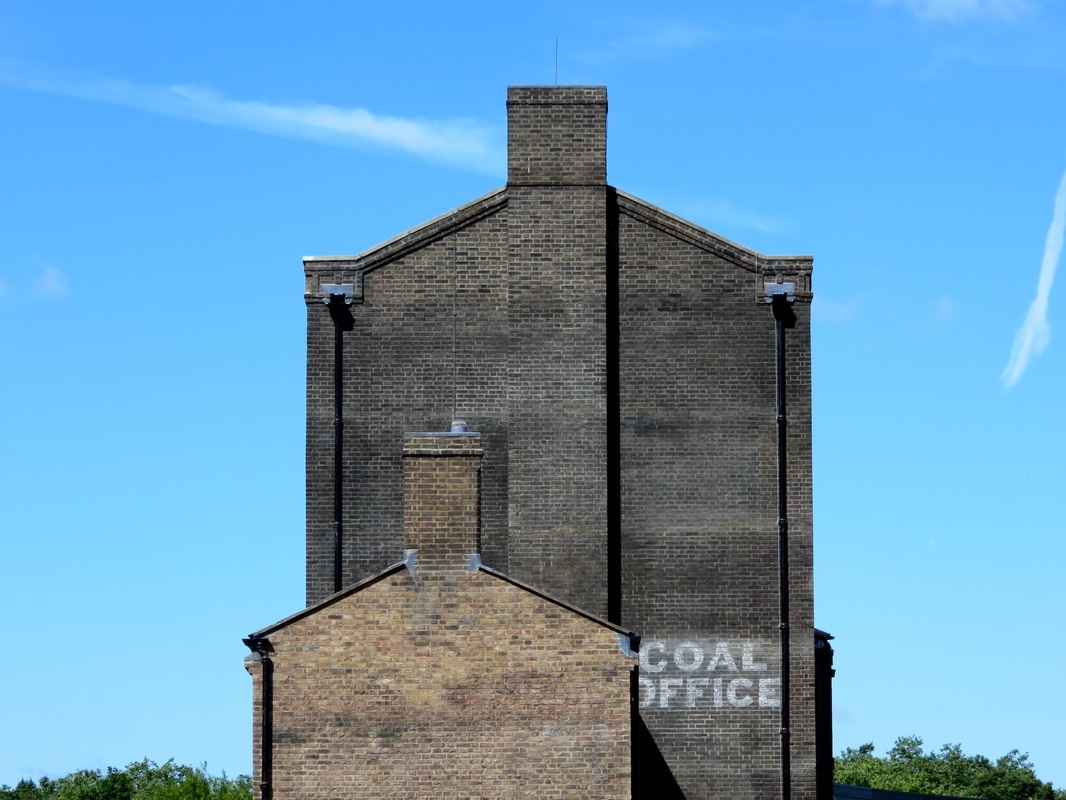 I love a good ghost sign, though I think this one has been touched up. 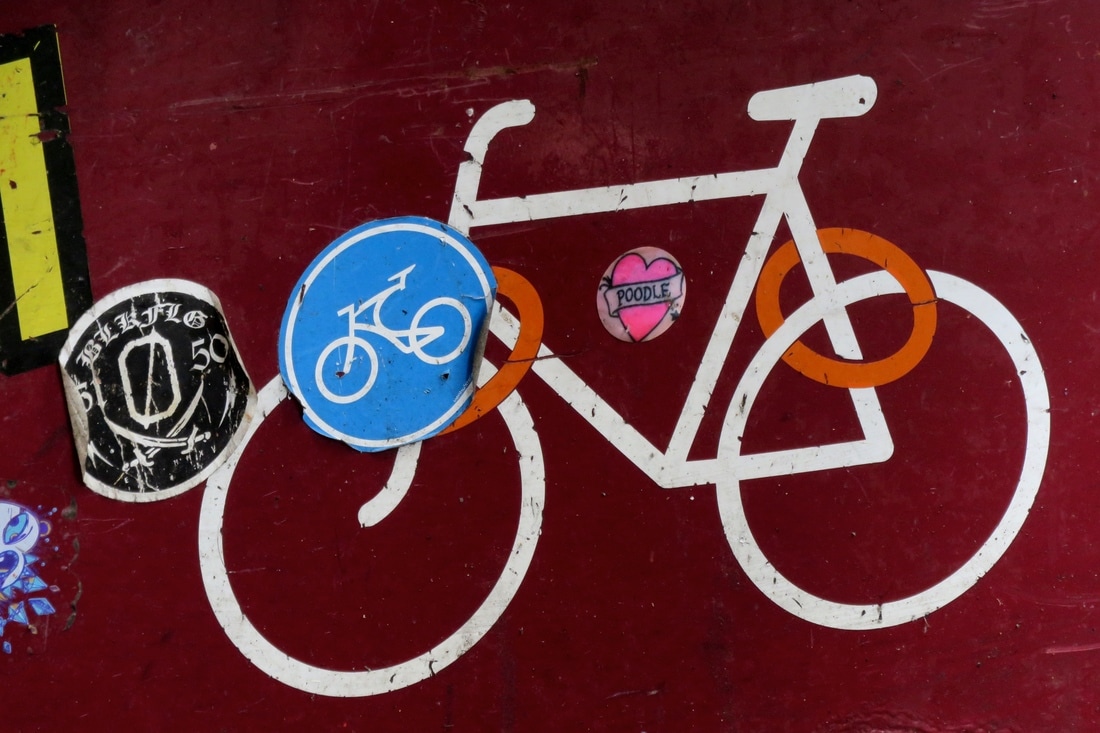 Bikes at the bike cafe, Look Mum No Hands. In London, we met up with a friend for breakfast and did a bit of city exploring to find some wooden streets. Yep. Did you know that the streets of London (and Melbourne, and many other cities) were once paved with wood? You can read about it in this great article by Ian Visits. I came across this when doing some research for our Snowy River adventure (a proper research rabbit hole) and decided I wanted to see it for myself. Our walk took us down some interesting back streets as well as along main roads, making for a fun afternoon wandering around the city.
Home again, home again. But being home didn't stop us getting out and about. We were making the most of our time before heading back to work. 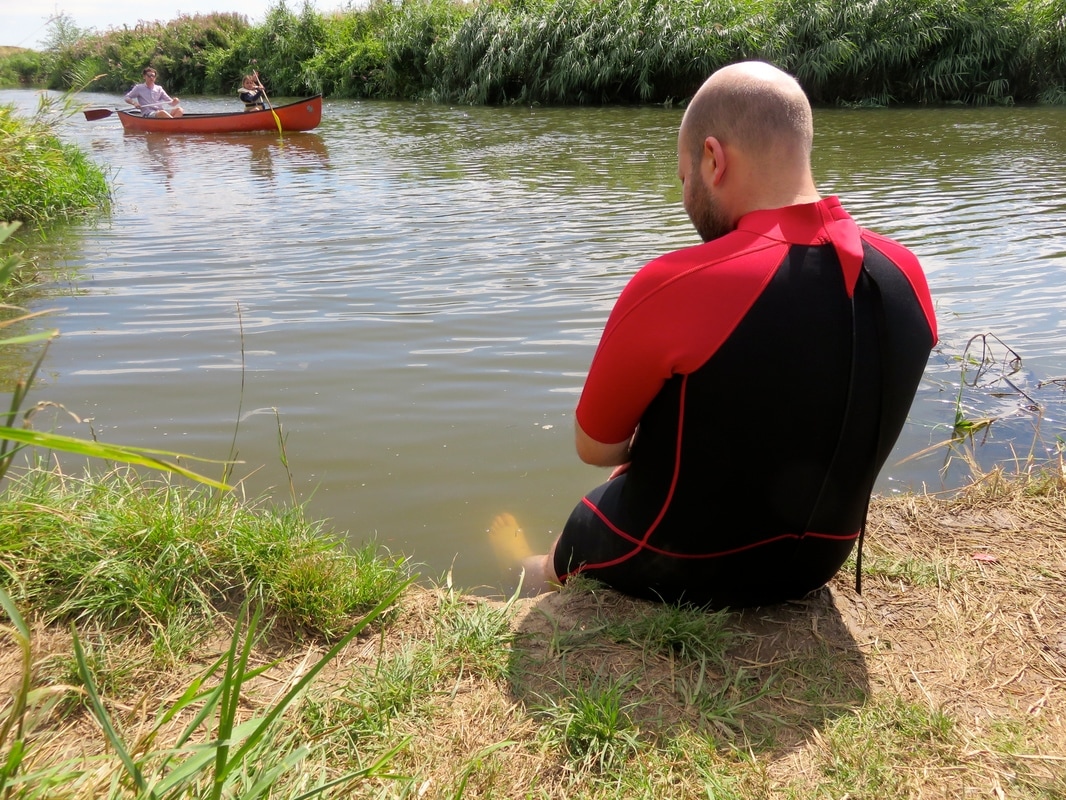 Wild swimming in the River Rother near Newenden. (Most people venture out in boats hired from the campsite.) On the last day of August we walked all the way around Bewl Water. We'd been meaning to do the 20km/12.5mi circuit for a while and the weather forecast was fine, so off we set! Our circuit took us anti-clockwise from the main carpark/cafe area, along dirt and paved paths, down country lanes, around a few small hills, through woods and fields and along the Sussex Border Path for a while. It's a great walk if you're up for doing something of that length. And on that note, let's call it a day (or a month)! (Because you all like a listicle, right? . . . right?) After walking 100km from the English Channel to the Bristol Channel, we went on a three day canoeing and camping trip down the River Wye on the Wales/England border. In some ways, this was an extension of last year’s walk across Wales. We hired a canoe from Wye Valley Canoes and paddled from Glasbury to Hereford, staying overnight at Whitney Bridge and Preston-on-Wye campgrounds. Here's what I learnt. It’s easier than you might expect . . .We’d never been canoeing before (kayaking, yes - canoeing, no), so we really had no idea how far we’d be able to paddle in a day, or how long people generally think “a day” should be when canoeing. We decided to go for shorter sections, just in case - about 10 miles (16km) each day. Turns out, canoeing downstream is (or can be) pretty easy and pretty speedy. The river carried us along without much effort on our part and we covered the 10 miles in about 4 hours each day. In fact, the first day went so quickly we hardly bothered with paddling after that. Instead, we left our campsites late, noodled around on beaches for leisurely lunches and cups of tea, and slipped silently past hills, woods, farms and fields. One highlight of many was our view of The Weir Garden - we stopped opposite and had a chat to a few people across the river. . . . But the wind can be a pain in the proverbialThere’s an exception to the idyll I’ve just described. On the second day a strong headwind came whooshing up the river valley and we had no idea how to deal with it! Any onlookers must have laughed as we turned Old Town (our canoe's name) in a giant circle, got ourselves stuck in the shallows, then headed off in long, meandering zigzags downstream. We turned a corner and got a bit of relief: the high riverbank protected us instead of funnelling the wind straight at us; the wind was coming from a different angle; and the miniature storm had almost blown itself out. We did get caught in a mini-downpour, too, but we dragged the canoe up under a weeping willow tree and waited until it passed over. Silver lining: the wind dried us out in no time. 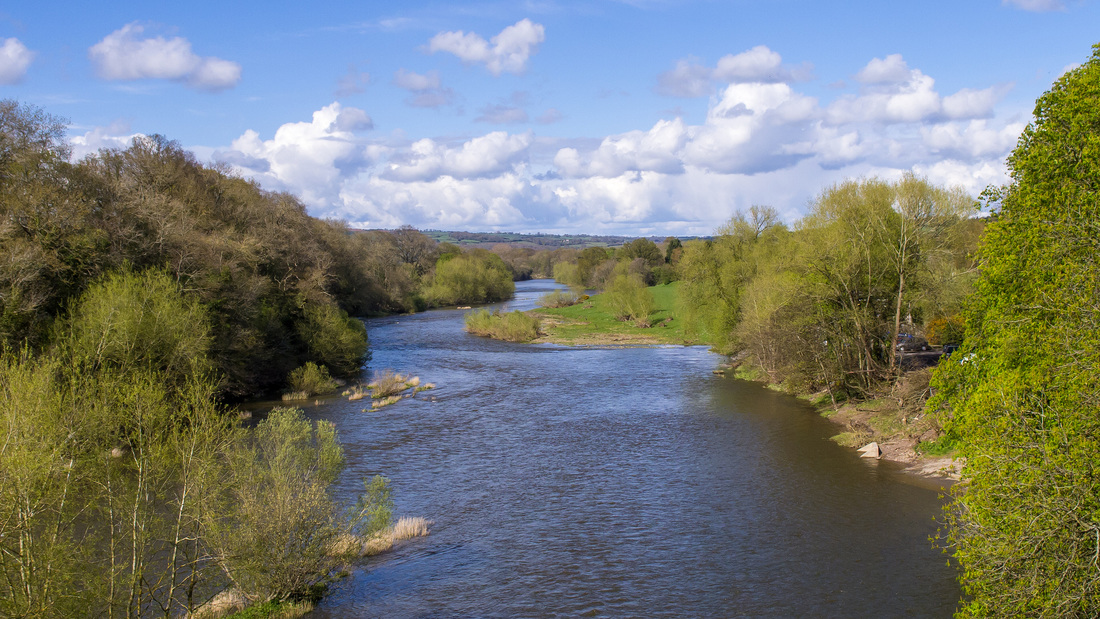 "River Wye, Hay-on-Wye" (cc) Ed Webster. Literal pain in the butt: also a possibilityI was expecting to get sore shoulders, back and/or neck from the repetitive action, but I only had a few twinges and no real stiffness the next day. Keeping our actual paddling to a minimum probably helped! I wasn’t expecting to get a sore bum, but apparently there is such a thing as too much sitting down and looking at beautiful scenery. 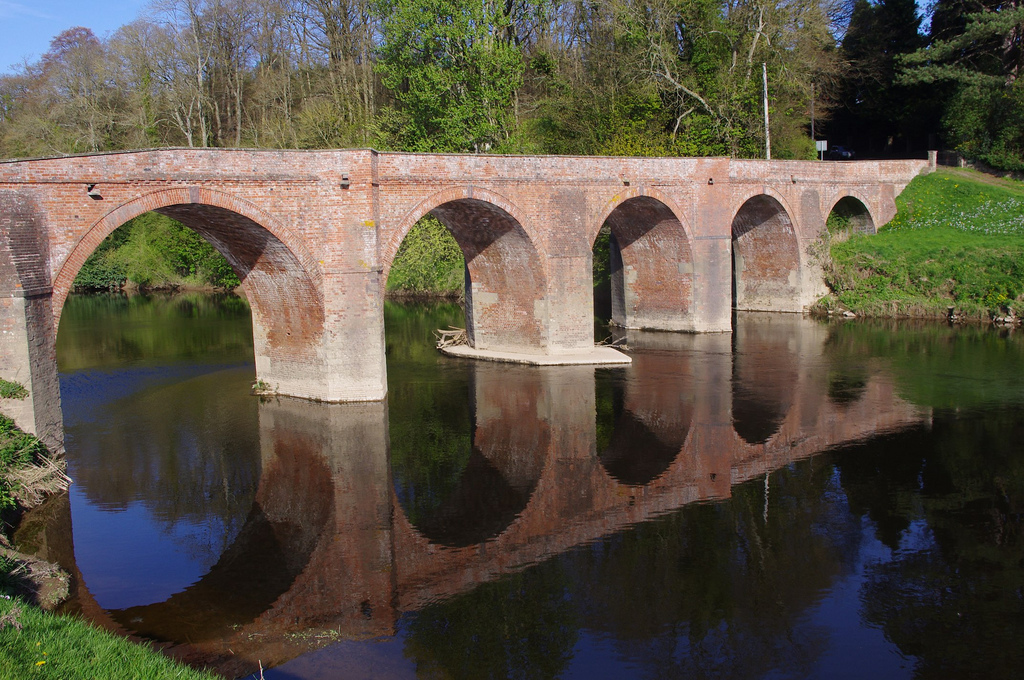 "Bredwardine Bridge over the Wye" (cc) David Merrett. Shut up, chill outOn our last day, barely a breath of wind disturbed the water ahead of us. We slid over a mirror of trees, dipping our paddles into clouds. A deer bent its head to the river to drink, grazed on some leaves, didn’t notice us until we were close. It watched us for a stretched-out moment, until something in our statue-still shapes gave us away as human then it turned tail and disappeared up the hill. A kingfisher splashed out of the river and sat on a dead branch to eat a tiny minnow. All through our trip, kites and buzzards circled over riverside fields, some resting on nearby trees before flapping low over the river and curving out towards the hills. Every now and then the fish would jump. Mostly we heard them, sometimes saw the splash before the ripples. But if we were lucky we’d see them leap in wriggling silver lines from the water towards the sky before flopping back. In our silence we heard the water lapping against the boat, the bees in the flowers, the creak of branch on branch. I thought I saw an otter once, but it turned out to be a fishing line making strange patterns in the water. (At Monnington Falls, Dan spotted an angler beside a rapid just in time to shout that we were coming through - there was no way we could have stopped at that point - proving that sometimes you need to be quiet, but sometimes you need to speak up!) We spent hours on flat stretches of river, view restricted to the sky, the banks and a few things tall enough and close enough to be visible over the edges. It’s hard to get lost going downstream, but it’s easy to be unsure where you are, especially if you don’t have much of a map and your phone’s tucked safely away. Added to that feeling of nowhereness, it sometimes seemed like we weren’t moving at all. If we looked at the water straight ahead of the canoe, we might as well have been motionless. The only way to check we were heading anywhere was to look sideways, at the trees and flowers and grass on the bank. I used to look out the car window as a kid and pretend I was in a stationary bubble while the world moved past. It was easy to play that game on the river. In these elongated minutes, I tried accepting each moment as it arose: boredom, the tug of the current on the boat, the direction of the wind, the little itches and aches in my body, the sound of bees and the smell of Himalayan balsam, the sand martins darting in and out of their small round holes in the river bank, my wet feet, the scent of river mud, the electric shimmer of a kingfisher darting low over the water. 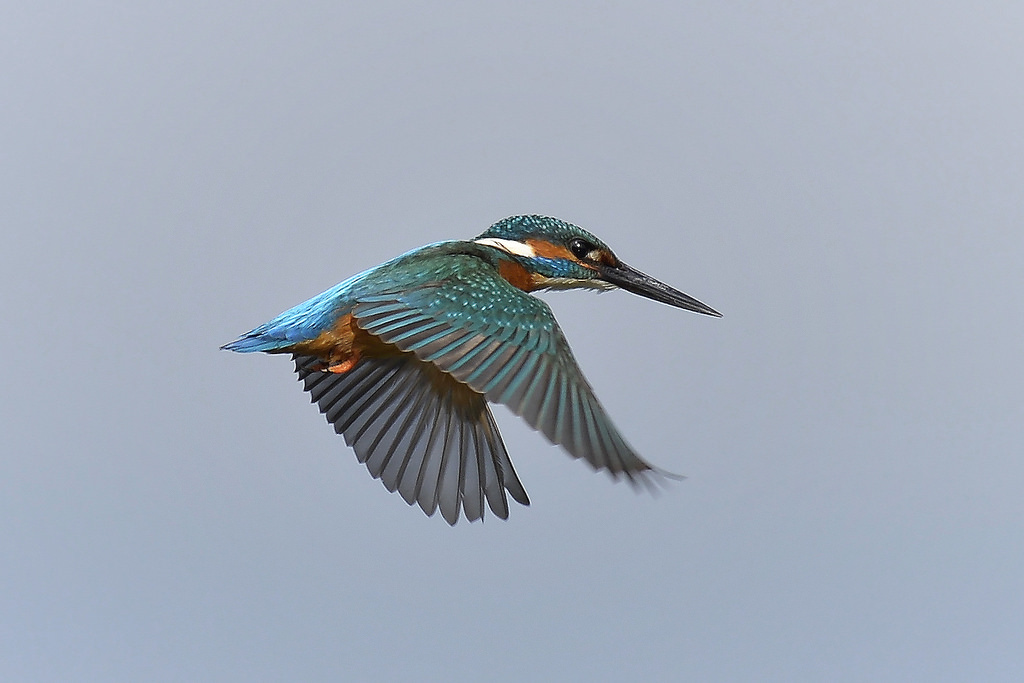 "Kingfisher Hovering" (cc) Kentish Plumber. Don’t drink and paddleThere was a group of eight guys who we passed and who passed us at various points. Possibly it was a stag weekend. They certainly weren’t interested in paddling anywhere fast. They certainly were interested in imbibing various substances. Perhaps that’s one reason we found two of their party standing waist-deep in the river in the middle of our second day. Their canoe had capsized and their various belongings were floating off downstream - including a large quantity of beer. They rescued most of the beer (they told us when we crossed paths again), but one of them had a very wet sleeping bag. 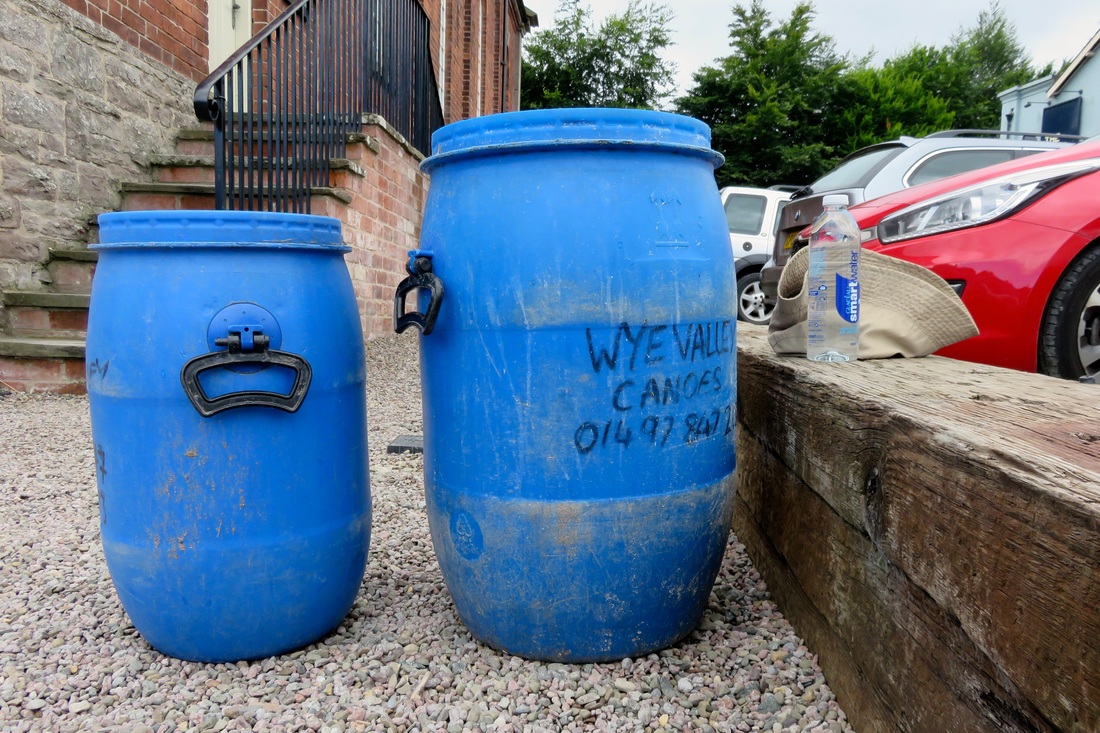 Watertight barrels, life vests, paddles, canoe and pick-up at the end were all included in the hire cost with Wye Valley Canoes. Rapids are funWho knew? OK, pretty much everyone. But I’m not a thrill-seeker and I was a bit worried before we left. Yeah, I know they’re small (Grade II maximum in the section we paddled) but as I’d never managed to come out of a rapid facing the right way, before . . . I needn’t have worried. The river was deep enough that we weren’t likely to get stuck, shallow enough that (for the most part) we’d be able to stand up and walk out of danger if we capsized. Once we got the hang of things and stopped worrying, we actively looked forward to the riffle stretches: lining ourselves up for the most likely-looking spot, noticing the current grip us a little tighter and the canoe speed up, then feeling the distinct descent as we crested the first lump of water, enjoying the rocking motion through the wavelets, digging in the oars and maneuvering the canoe into the turn at the other end. There was only one point, at Monnington Falls, that required any significant steering through the rapids. And it was so fun, I wished we could go back and do it again! Whee! 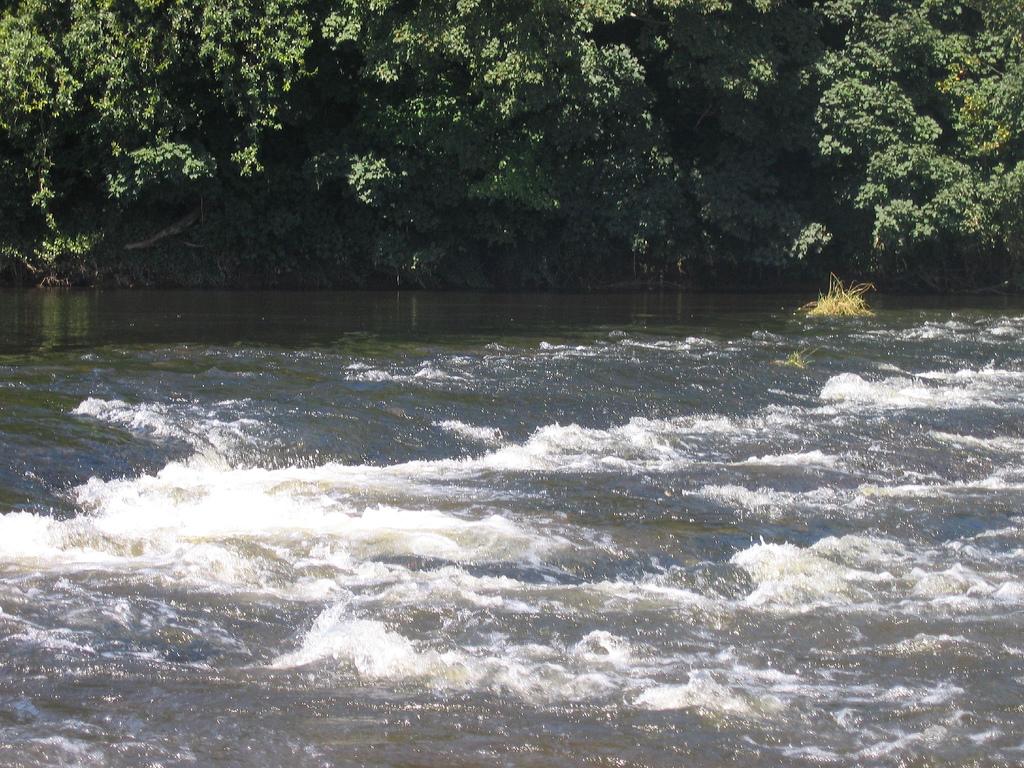 "034" - rapids near Glasbury (cc) Ian Haskins. Just because I can’t do it now doesn’t mean I can’t do itFollowers of our outdoorsy exploits might be surprised to find out that I am not by nature a particularly physically confident person. I’m usually more at ease reading up on a new theory, trying out new musical instrument or even starting a new job than attempting a new physical activity. I feel clumsy, vulnerable, anxious, ashamed - and as a result I am less likely to practice and therefore unlikely to improve. But I’m also quite stubborn. So when I commit to (and pay for) three days of canoeing, I’m not going to bail out early! It was good to begin something with very little experience, to go out without anyone to guide us or fall back on, to get frustrated at myself (and Dan - sorry, Dan!), but to gradually gain confidence and to noticeably improve over a relatively short period of time. Unsurprisingly, we were a much better canoeing duo when we hopped out opposite Hereford Cathedral than we had been when we set out from Glasbury. Some people are back-of-the-canoe peopleOne way to improve is to play to your strengths. In a double canoe there are two quite distinct roles: the person at the front provides most of the paddle power, the person at the back provides most of the steering. My strength is steering - I find the physics of it pretty intuitive and I enjoy paying attention and being in control of our course. Dan brings zen to the situation - he’s OK with letting someone else do the steering (even if it seems like we’re heading towards an obstacle) and with powering on when necessary. You can read our weaknesses into that yourself! But whichever role we took on, the most important thing was communication. It was something that we got better at as we progressed. It’s surprisingly difficult to give coherent directions whilst also focusing on paddling or steering, looking at the scenery, dodging a flotilla of hissing swans and/or bobbing down riffles. It’s harder to say, “There are rocks ahead,” or “Swap sides now,” or, “Turn right!” or “Let’s have a break,” than it is to say “Go, go, go, nooooo!” or “Do the, the, the thingie! No, the other thing!” or “Aaargh!”. 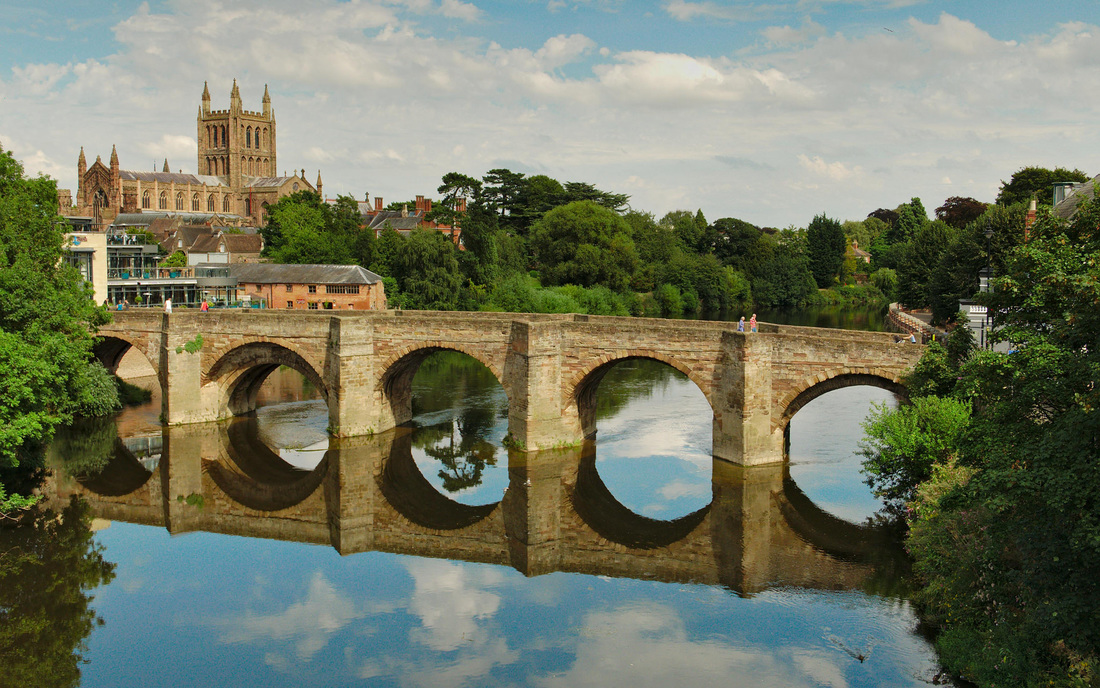 "Hereford, UK" (cc) Swee Oon. Even experienced paddlers have bad daysWe met a couple who’d done quite a bit of kayaking and canoeing. They were spending a few days out on the Wye in their inflatable kayak and were having quite a good time - until an unfortunate encounter with a low-hanging branch knocked them out, capsizing their boat and sending a pair of brand new, £300 prescription glasses into the depths of the river. Whoops. Glasses aren’t the only thing paving the river bed around here. The guy who picked us up at the end of the trip was surprised when we said we hadn’t fallen in. He reckons there’s probably a cottage industry in diving for GoPro cameras at the bottom of each rapid. Hearing how many people have lost their cameras in the river made me glad that we’d kept our things ziplocked or drybagged and stored in the barrels - even though this means we don’t have many photos - and none taken while on the water. You can take the kitchen sink . . .We’d just come from a long walk, where we’d kept our gear to the bare minimum. As self-powered travel goes, canoeing could hardly be more different. One person we met likened these big, open canoes to pack horses and said he’d known people to bring their duvets and pillows along. Although we didn’t bring any luxuries, we did have our Aspect 2.5 tent (which isn’t huge, but weighs almost 3kg), all our sleeping kit, food and cooking gear. This all fit easily into two waterproof barrels - one large, one small. We could have taken more if we’d needed it. Not carrying all that kit on your back makes things a lot easier. . . . But this campsite brings a cooked breakfast to your tentYes, really! We spent our first night at Whitney Bridge - a tiny campsite wedged between the road and the river. It’s more a picnic site, really, and I can’t believe that there are more than four patches flat enough to pitch a tent! Anyway, we set up close to the river, with a charming view of the old wooden bridge, which is still a toll bridge and which the campsite proprietors operate. In the evening, we made a fire (they had an enormous supply of firewood) and invited the only other campers, the inflatable kayaking couple, to join us for a chat and a stare into the flames. In the drizzly morning, we opened the tent to find a tray with a huge flask of hot water, milk, various teas, coffee and hot chocolate all ready to go. In a plastic pocket, an order sheet offered breakfast rolls, omelettes and toast. We ticked the relevant boxes and popped it up to the house - a few minutes later, another tray was ferried over with our breakfast goodies and sauces to boot. If you have never had a hot, freshly cooked breakfast delivered to your tent, I highly recommend you try it. Luxury! (Our other campsite at Preston-on-Wye was at the opposite end of the spectrum. It was a riverside field with the following facilities: a landing platform, portaloos and a tap with drinking water. It delightful in a totally different way and we had it all to ourselves - except for two curious sheep.) All in all, this was a fantastic way to spend a few days. I hope to return to the Wye to walk or paddle another section - or to do both, because Symonds Yat is beautiful enough to visit by land and by water! Read more about our previous adventures in Wales here.
No self-respecting long distance walk write-up is complete without a kit list. That's a lie, but never mind: here's our kit list, route map and a video from our walk across Wales.
I walked 250km (150mi) of the South West Coast Path in September 2009 carrying a 14kg bag, plus water. We stayed at a B&B every night, so that didn’t even include any sleeping gear or a shelter. At the time, I though lightweight kit was the preserve of people who drilled holes in their spoon handles and cut the pockets out of their shirts to lighten their load. If I’m honest, I derived a kind of pleasure from how heavy my bag was: I felt like a Real Walker™.
These days, while I’m not rich enough to own ultralight everything and not dedicated enough to cut my toothbrush handle off to save weight, I’ve definitely come around to the pack less, pack lighter/less weight, more fun way of thinking. I know there were reasons back in 2009 for taking a pair of jeans and a third shirt (evenings and days off), a laptop (I was obsessively committed to keeping in touch), eight pairs of undies/socks (one a day and a spare for washing day) and a huge first aid kit (just in case), but in hindsight it seems ridiculous. We still use the same packs as we did in 2009, so for our walk across Wales I was interested to see if we could take everything we needed - now including sleeping gear, a shelter and a good amount of food - while staying under our 2009 pack weight. The morning we set off from Aberystwyth, we weighed our bags on our Airbnb hosts’ bathroom scales. My pack was 9.8kg and Dan’s was 10.4kg (both before adding water). This is hardly ultralight, but it’s an improvement. As we replace gear over the years, our pack weights may decrease further. And you never know, maybe I will become a gram weenie. “So, what was in your packs?” I hear up to three people ask with mild curiosity. Well, wonder no more, my friends. Here follows an exhaustive kit list. Things marked (J) were carried by me, things marked (D) were carried by Dan. We carried our own set of everything else. Walk across Wales kit list
Thoughts on our gear
What didn’t we use? I didn’t wear my beanie and we didn’t use any first aid supplies apart from plasters/bandaids (which is what you want). That’s it. There were a couple of items I could have done without - such as my thermal t-shirt, which I wore a couple of times at the end of the walk simply because it was clean, and my thermal leggings, which would have been good to wear to bed on the coldest night (when I didn’t, typically) but were too warm to wear on other nights (when I did, of course). We used the head torch and knife only once.
What did we appreciate most? The tarp was great. Pitching using walking poles was fine and we were glad we hadn’t relied solely on bivvi bags as we (and our gear) would have got very, very wet on a couple of nights. It was really nice to have a flannel for washing - a very minor luxury that made a big difference to me! The squirty cordial concentrate was a welcome flavour addition to our long days. Although the maps were heavy and bulky, I enjoyed using them and they worked nicely as groundsheets on damp grass. My Piece of Material worked its magic as usual. The Piece of Material is a sarong or small tablecloth sized piece of patterned cotton I found in a charity shop years and years ago. It’s very versatile - I can use it as a towel, scarf, sarong, sheet, curtain, picnic blanket, pillowcase, washing bag or superhero cape - and I’m always glad when I bring it on trips. What did we miss? We probably would have appreciated an extra pair of socks/undies each, though we did OK with what we had. I would have used insect bite soothing lotion if we'd had it. I got sick of instant noodles as our only hot, savoury meal. I even - and this is unheard of for me - considered buying couscous. We figured out on the way that I preferred noodles for breakfast and porridge for dinner, and since the walk I’ve decided that instant noodles are better if you only use half the flavour sachet. What did we not take and not miss? Trousers, scarf and gloves (it didn’t get that cold), thermos/flask (we boiled water when we wanted tea), a full first aid kit (we took a sensible amount based on my knowledge and first aid training), my phone (we had Dan’s), reading book (I bought one to read on our semi-rest day), my inflatable pillow (replaced with other bits and pieces that worked well enough), waterproof trousers (it hardly rained on us while we were walking) and another water bottle (we usually walked within a few minutes of flowing water and we had treatment drops to take the stress out of drinking it). All kit, all list
If you like kit lists, here are a few that might tickle your fancy: Emily Chappell’s kit for cycling around the world, an extensive list of things one might take on an Australian bushwalk from Matt Down Under, Anna McNuff’s lightweight gear list for running and adventures, Alastair Humphrey’s hypothetical kit for a mystery adventure anywhere on the planet, Sophie Radcliffe’s top ten outdoors/sports clothing items, ultralight DIY first aid kit on Section Hiker and “15 Veteran Cyclists Share Their Favourite Non-Essential Luxuries On Tour” by Tom Allen. It’s always interesting to see what people take on their adventures and notice what the differences are between countries, seasons and activities. Do you have a kit list? Feel free to link to it in the comments. I’d love to read it (really).
Route map
A hasty addition! A couple of people mentioned on Twitter that they'd like to see a map of the route we took. I don't have a GPX file of the exact walk, but here's an overview of our path, with the places we slept (approximately) marked by red dots. The route for the first two and a half days was self-designed, while the remainder of the walk stuck closely (but not exclusively) to the Wye Valley Walk long distance path.
And finally, a video
Congratulations! You made it to the end of the post. As a reward, here’s our short film of the walk. Instead of doing a video diary or filming every pretty view, we decided to take one long, static shot each day to give a snapshot of our time in Wales. I think the end result is enjoyable. It’s slow, but (partly because it’s slow) it’s quite relaxing. What do you think of this kind of film?
Walk Across Wales from In Which I on Vimeo.
You can find my write up of our walk across Wales here: Part 1: The coast and River Rheidol, Part 2: Cambrian Mountains and craggy hills, Part 3: The Wye valley and the border.
The final section of our walk across Wales took us from a riverside field near Builth Wells to the border of England at Hay-on-Wye. This post features rain. (It had to happen, we were in Wales after all!) Day 6: A field by the river to Builth Wells (6km)By now, our rhythms were attuning to those of the world around us: we went to sleep at twilight, woke with the dawn, ate lunch when the sun was high and warm. I’d started to perfect my routines for setting up and striking camp, I knew where to find things in my pack and I was beginning to understand that no matter how many times I sniffed my socks and shoes they would always make me gag. Bleugh! We ate porridge for one meal (often dinner) and noodles for another (often breakfast), snacked on chocolate and usually had a sandwich for lunch. We’d drink tea once a day (or more if we found a kettle en route), cordial from one bottle and water the rest of the time. There was something liberating about having to make so few choices - only how many squirts of cordial concentrate to add to the bottle, or whether to re-tie my bootlace, or how to set up the tarp, or what flavour of noodles to cook. I woke up just after 5am. The dim light brightened into a pink morning and I spent a captivating ten minutes watching bats flit by, some only inches from my head. We’d set an alarm in order to decamp before any earlybird joggers or dog walkers made their way along the path. Nobody came, of course. We sat on a bench by the Wye, soaking up the sunrise and cooking breakfast. It was noodles. The other reason we’d set an alarm was to try and beat the weather to Builth Wells. There wasn’t any rain in sight as we set off through quiet fields and still, leafy woods. The swans from the day before swam past, paddling back upstream. An hour later, the sky began to cloud over, but the drizzle held off as we made our way past anglers’ lodges and fishing spots, rapids and deep pools. In fact, it wasn’t until we reached the Afon Irfon on the outskirts of Builth Wells that we felt the first smattering of rain peck at our arms. As we entered town, along an avenue beside the river, the clouds burst. By the time we’d found the high street, it was bucketing down. We ducked into Boots to get a few supplies, then spied a likely looking cafe, where we ordered morning tea and sheltered from the rain. Some time later, thinking we should try to see something of Builth Wells, we made a quick dash to the castle (a scraggy lump of grass with a few wet sheep on it), the arts centre and cinema (not open until later) and the library (closed on Wednesdays). Pressed up against a doorway in a vain attempt to keep dry, we had a brilliant idea: buy a book from the charity shop and go back to The Cwtch for lunch. And that is the story of how we ended up spending four hours sitting in an extremely welcoming and hospitable tea room, eating, drinking, reading, charging our phone and tweeting. It was a complete change from our usual routine - a holiday from our holiday. A mid-afternoon pause in the rain. We took our leave of the cafe and scampered off to the campsite, on a farm at the edge of town. Our pitch overlooked the river, with just a fence and a footpath in between. Knowing more rain was forecast and wanting a bit of privacy, we experimented with tarp configurations. I’m sure someone has a name for the pitch we invented/discovered. It worked so well for us that we used it again the following night. (NB: we didn’t have a groundsheet, but we found that a plastic coated OS map makes a decent alternative!) I nipped out for a shower, then curled up in bed. And that was it. I concentrated on finishing Bill Bryson’s A Walk in the Woods (one of those books that’s always for sale in a charity shop), because I sure wasn’t going to lug it around in my backpack. I couldn’t be bothered cooking, so we crunched on instant noodles from the packet and listened to the rain pattering all around us. It was a delightful rest day. Day 7: Builth Wells to Trericket Mill (18km)Surprise! Another long distance walker had arrived at the campsite sometime after us and was getting ready to leave as we headed out. Perhaps I was a bit overenthusiastic in my greeting, but I was quite excited to speak to to another hiker. He was aiming to stop at Erwood for lunch, as were we, although he’d decided to take the valley road rather than following the Wye Valley Walk up into the hills, because he wanted to conserve energy for his long afternoon walk into Brecon. I saw the sense in his plan as I toiled up a rough, rain-slick path, watching Dan draw ahead of me. We’d already climbed one hill out of Builth Wells, lost all our height dropping down the other side, then immediately come face to face with a slope that was five times the size. Why did the route do this? Wasn’t it meant to be a river walk? The Wye Valley Walk? I was feeling miserable. What if it was all like this and I hated these last two days of walking and it rained the whole time and it was awful? But also, why did it have to end? I didn’t want to stop walking and go back to normal life. And why was I suddenly walking so slowly? How come Dan was able to power uphill like that? Why didn’t he wait for me? Had I broken my rhythm with a single rest day? And what was the point of climbing this stupid track anyway - we knew the tops of the hills were blanketed in clouds, so it’s not like we even had any views to look forward to. What I really wanted to do was stomp my foot and yell, “It’s not fair! I don’t wanna!” Realising that made me laugh - just a little bit. I called out to Dan. We had a rest and a chat, which I remember as me asking him nicely not to speed ahead because it made me feel like the kid always coming last in PE, but which might have come out as somewhat less articulate whingeing. At any rate, I cheered up and we finally reached the point at which the path stopped climbing and kept a fairly steady height tracing contour lines around the hills. We wandered in and out of the clouds, noticing the very different world this weather created: misty views of valleys that wavered and disappeared, only to reappear from a minutely different angle a few steps later. During the morning, the cloud rose higher and a few shafts of sunlight broke through, illuminating patches of pasture, clusters of farm buildings and stands of trees down below. This is a scene I associate very strongly with Wales - the header of my blog is a photo taken from the slopes of Pen y Fan in the Brecon Beacons. Sparked by Bill Bryson’s book, we fell into a lively discussion about long distance walks around the world, the people who write about them and the people who read those books. It’s interesting to see how authors make sense of new scenery and evoke it for their audience - by comparing it to another country, or by describing the geology or flora, or by giving a personal account of how their bodies engage with it. We were so deep in conversation that we didn’t realise we’d missed our turnoff until it was a kilometre behind us. Checking the map, we were pretty sure where we were. A postal van in the distance confirmed the existence of . . . yes, it must be that road, and if we keep to the track along here we’ll come to this road and we can follow it all the way into Erwood. It’s nice to be right when it comes to navigation, so we were pleased when our strategy worked exactly as we’d planned. The sky cleared, giving us views over the beautiful rolling countryside to blue hills hidden by clouds in the distance. “It’s starting to look more like the bits of Wales we know,” I said. And we soon realised that’s because it was the Wales we knew: those hills were the Black Mountains, which we’ve visited many times. We headed down by Twmpath, rejoined the Wye Valley Walk, then crossed the highway and river to Erwood Station. We found our friend from the campsite rubbing Vaseline on his feet in preparation for his long afternoon walk. The line here was closed in the early 1960s - actually preceding the Beeching cuts - and the station was restored in the 1980s, with a craft centre opening on site. It’s now a gallery and cafe housed in the old buildings and some refurbished carriages. There’s a diesel engine on display and a signal box which was apparently rescued from a farm where it was being used as a chook pen. We looked at the art and craft, including some amazing kaleidoscopes, and had lunch outside. Cyclists scooted down the hill in pairs and threes and a DHL van in the carpark sprung into action providing them lunch. We couldn’t work out if it was a sponsored race, or some kind of workplace bonding thing for DHL (they were all middle aged-ish men in DHL branded clothes), or something else entirely. From Erwood, our route took a quiet road through a nature reserve, following the line of the old railway. The Wye Valley Walk used to leave the road for a while to run beside the Wye, but for some reason that permissive path has been closed, so we didn’t see much of the river until we crossed it at Llanstephan Bridge. This is an early 20th century suspension bridge, which looks like a sturdy cycle bridge but which can take a car - though it’s not wide enough for a car and a walker to pass each other. Having made good time, we arrived early at Trericket Mill. We set up our tarp in the pretty little orchard, made use of the warm shower and sat under the grass-roofed shelter as the rain began. In addition to camping and a bunkhouse, Trericket Mill is a vegetarian B&B that does dinners for guests. We put on our cleanest clothes and headed over for a scrumptious meal. We could barely finish, because we were so used to eating single packets of instant noodles! By this stage in our walk, people were usually impressed by how far we’d come. They were also impressed at our apparent hardiness, and slightly concerned about us sleeping out in the pouring rain. One couple we met at Trericket Mill came to stay with us in Battle just last week. “I felt rather guilty, thinking of you out there in the rain while we had a warm, cosy bed inside,” said one of them. But they needn’t have worried: we were dry and surprisingly warm and cosy ourselves under our trusty tarp. Our journal says we “didn’t wash away, not even a little bit.” Day 8: Trericket Mill to Hay-on-Wye (19km)We woke up, stretched out, watched raindrops race down the outside of the tarp, got dressed, packed up our sleeping gear, I sniffed my shoes (bleugh!), we took the tarp down (hanking the cord, cleaning the pegs, shaking rain off) . . . But we had a change to our routine that morning - we hung the tarp up undercover to drip dry while we dashed across the mill stream and into the main building for a cooked breakfast. Yum! It was nice to chat to the other guests again and we ended up making a late, leisurely start at around 10am. We hoisted our packs, which seemed so much lighter now, and set off along the river. There hadn’t been many crops upstream, but many of the fields along the river flats on this last day were corn, wheat, broad beans or potatoes. The weather flirted with the idea of rain, so we sheltered under trees or walked in the lee of hedges for a while. Naturally, once we’d decided the rain was heavy enough to stop and put our coats on, the sky cleared. The signs of autumn we’d first noticed near Rhayader were starting to multiply, but unfortunately the blackberries were still sour. Likewise, when we found a pear tree beside a ruin and a walnut tree by the path, the fruit of both were immature. At Glasbury, I paddled in the chilly river and we shared a Snickers on the stony beach, watching a group of kayakers warm up and set off. Early last summer, we’d done the same thing, kayaking downstream from here to Hay-on-Wye. This was familiar territory. Whereas the day before I’d longed for a flat path beside the river, I was now pleased to follow the footpath into the wooded hillsides above the valley. I felt nostalgic for the mountains and craggy hills we’d climbed when the Wye was a stream just a few paces across. We reflected on our walk as we pushed up an overgrown path and back down towards the small village of Llowes. What would we do differently next time? (Dan: Bring an extra pair of socks!) Had we noticed any physical changes in ourselves? (Jonathan: Calves of steel!) What were our favourite parts of the walk? (Too many to name!) At the church, we admired St Maelog’s Cross and sat on the steps to eat our last odds and ends for lunch. The Wye Valley Walk splits at Llowes, and we chose the hilly option. We were rewarded with gorgeous vistas over the valley - Hay Bluff and Lord Hereford’s Knob covered in cloud, rain screening the Beacons, sunlight turning the river into a silver ribbon twisting through the quilted landscape. I think this is one of the most beautiful places in the world. We noticed canoeists on the Wye and tractors at work in the fields - and we held on to the view for as long as we could, until we finally descended to the river for the final stretch. There’s a picturesque bend in the River Wye just before Hay, where a red brick house on the outer bank looks over a band of small rapids to a wide beach. We stopped to watch some canoeists shoot the rapids. Or rather, to watch one pair shoot the rapids and the other pair get stuck. These unfortunates attracted an audience of very British gawkers (i.e. lots of people on the beach who made themselves busy pretending not to look) as they rocked and pushed and eventually managed to float off downstream. Dulas Brook flows between grey houses on the outskirts of Hay-on-Wye. One side of the stream is Wales, the other England. People nipping to the big supermarket to grab something for dinner are crossing into another country. Dulas Brook joins the River Wye a few hundred metres north of the bridge into town, at which point the river becomes the national border. A ten minute detour along Offa’s Dyke Path took us to a tiny, willow-lined beach on the Wye, where we took our shoes and socks off and wet our feet. From the sea at Aberystwyth to the river at Hay, we’d walked from border to border, all the way across Wales. The end of a long walk can often be anticlimactic, because your achievement means more to you than to anyone else. But our lovely Airbnb host was almost as excited us about our walk. She wanted to know how far we’d travelled each day, what gear we’d taken and where we’d camped. She also had a drink with us to celebrate making it across the country. I think she might be planning a similar journey herself - good luck, Joanne! (Side note: If you think you’d like to use Airbnb, please sign up using this link. You’ll get a discount on your first booking and we will get credit, too.) AfterWe’d come by bus from Hay-on-Wye to Hereford, winding through hedge-lined lanes, over streams, past churches and farms. It would have felt like a slow journey a week and a half ago, but now things flashed by so quickly I barely had time to register their existence - glimpses and half-formed perceptions, then they were gone. It was a relief to return to walking pace and wander around the cool, lofty space of Hereford Cathedral. We stood in front of the Hereford Mappa Mundi, a 13th century interpretation of the physical and spiritual world. There’s a story about this Mappa Mundi, which I’d recently read in On the Map, by Simon Garfield. When the map came to public attention in the late 1980s (the cathedral was going to sell it), nobody was really sure where it had been produced. Some early testing of the ink showed that Hereford was written on the vellum at a later date than the rest of the map. Perhaps, researchers thought, it had been made elsewhere and Hereford had been added when it came to the cathedral. But there is another theory. As the map hung on the wall of the cathedral, thousands of people saw it and did what everyone does when they see a map: find where they are and point to it. Years and years of fingertips brushing the map wore the ink away, until somebody had to re-draw Hereford. There’s supporting evidence for this theory in the Mappa Mundi exhibition. A touchable replica, translated to English, stands against a wall. If you look for Hereford, you will find that thousands of fingertips have started to wear the word away. “This is our place in the world,” the worn patch proclaims. In a pleasing paradox, the more it disappears, the more it seems to say, “Here we are.” And that's what it's like to walk all the way across a (small) country. I hope you enjoyed hearing bout it! A couple of people have mentioned they'd like to see a kit list, so I'll post that along with our short video of the walk soon. The second instalment of our walk across Wales, featuring mountains, hills, rivers, vegan jerky, porridge and a magical night sky. Day 3: Llyn Llygad Rheidol to Llangurig (20km)We woke to stillness and silence. The reservoir was a mirror, reflecting sky, slope and stone. Somehow, sleeping under the crags had made them more familiar, less intimidating. We packed quickly and ate a strip of vegan jerky (yes, really) while looking out at the hills. A faint trail, barely more than a disturbance in the rough vegetation, straggled up the flank of the mountain. It seemed to meet a natural, wide shelf that could from a distance be taken as an overgrown road. We followed it, stopping frequently to admire the view (was that Cadair Idris in the distance?), knowing from the map that if we kept climbing we should hit a fence, which we could follow over the crest. Success! We found the fence, then the marker stone, then crossed the watershed into the catchment area of the River Wye and a whole new vista. We’d climbed 200m in less than a kilometre, but there was more to do before we could stop for our second tiny breakfast. We forewent the detour to the summit of Pen Pumlumon Fawr and instead followed a gently dipping saddle to Pumlumon Arwystli. Our second challenge was to find our way down through knee-high heather, grass, reeds and potential bog to find the permissive path that forms part of the waymarked Wye Valley Walk. With no tracks marked on the map and only sheep trails on the ground, our main concern was not to head downhill at the wrong place and be cut off by tributary streams (which would be a nuisance) or fall off a crag (which could be worse than a nuisance). I was very thankful that the day was clear, making it easy to line the map up with landmarks on nearby hills: plantations, roads, wind farms. It still took us a good while to find the path, and when we did we celebrated with a Snickers and ritual cleaning out of shoes and socks. We’d pretty much climbed a mountain before breakfast! As we rested, we heard the loud reports of quarry blasts - or perhaps gunshots - in the distance, amplified by echoes in the valley below. Down we went, past abandoned slate mines and along deserted roads (it was Sunday, we suddenly realised). We found a ford across the young River Wye and, despite the nearby rally car track, we thought this might be good spot to finally fill our bottles and treat some more water. A mile or two winding between the big, quiet, empty hills brought us abruptly to the A44. Cars sped along, maybe heading for Aberystwyth (was it really only two mornings ago we were there?) or Llangurig (our evening’s destination). A quick word with a friendly couple in a motorhome confirmed that a pub marked on the OS map nearby had long since gone. The forest, while pretty, was playing host to a dirt bike event and the constant whine of motorcycles passing nearby at speed was not conducive to a peaceful lunch. But just as we were flagging, we found a perfect place beside the river to cook up a pot of instant noodles. I sat on a stepping stone, splashing my feet in the clear water and admiring the view. The afternoon passed in a blur. I remember the route was difficult to follow in places (here overgrown with nettles, there missing a waymarker) and that the path twisted up and down from the riverside, across the flats and up into the lower reaches of the hills. I was happy to be walking, but the past few days were catching up with me: I had a sting on my heel that might herald a blister, a numb patch on my toe from kicking into steep slopes all morning, an ache in my shoulder from carrying the pack and sleeping on the ground. A couple of miles out from Llangurig we checked the map to see the Wye Valley Walk detouring over a steep hill before heading to the village. It was a bit too much, so we took the less scenic, less peaceful, but much flatter route along the side of the main road to the Bluebell Inn, a welcome shower, hot dinner and bed. Day 4: Llangurig to a hill near Rhayader (16km)It’s amazing how comfortable a bed (any bed!) and pillow (any pillow!) can feel after only a couple of nights camping. Showered and well-fed, we’d slept like champions. After breakfast at the pub, we headed out of town with a short detour to the church and the village shop for sandwiches, chocolate and plasters. (Side note: it turns out Llangurig is not at all like the frontier town described in Jasper Fforde’s The Eye of Zoltar!) Almost immediately, the path took to the hills, past an interesting building at Clochfaen, up through green fields, down through green fields and up through more green fields into heathery moorland. As we strode out above the world, we met four hikers who’d been in the pub the night before. They were up from Llanelli, if I recall correctly, doing the Wye Valley Walk in day hikes, a week or two every summer. We all marvelled at how few walkers we’d seen, especially as it was a sunny spell during the school holidays. “Can I have your autograph?” one of them joked. Down a steep track into the Dernol valley we went, past a man who’d got his chainsaw blade jammed in a tree and was trying to unstick it. We joined the asphalt road and slipped between the rough hillsides. On the road, a gate - and on the gate, a sign: PLEASE CLOSE GATE / TO STOP SHEEP MIXING / THANK YOU. We saw a lot of sheep on this walk. There were black sheep with white faces, white sheep with black faces, white sheep with black bellies, skinny-legged goatish sheep, sheep with woolly faces, sheep with big butts obviously bred for eating, curly-horned sheep, sheep with floppy ears, sheep with ridiculous pointy rabbit ears, sheep, sheep, sheep. Just after lunch beside the river, the road beside a farm was being used to pen sheep (possibly for shearing). We went quietly through and received a friendly wave from the farmers. Along the valley, hills and bluffs rose up in succession. It’s hard to describe, or even capture on camera, the rich and subtle colours of those slopes: emerald green grass in the valley speckled with yellow flowers, the purple heather or dark green and brown bracken higher up, the grey and grey-blue outcrops jutting above, and brilliant patches of blue sky between the clouds. Twittering birds flitted beside us and we saw kestrels hovering in their distinctive style, looking for snacks. We entered a delightful wood, which felt almost like an orchard with stretches of grassy ground beneath shady boughs. The Wye swept happily along beyond the trees and we dawdled happily along between them. As we rested on a handy bench, a couple walking their three tiny dogs stopped for a chat. They were from Porthmadog, but often visited this area in their motorhome. Soon, we crossed the Wye on a footbridge and snuck down to the water for a paddle and some chocolate. By now it was a proper sized river, running swiftly over rapids and around huge boulders scattered along the bed. It’s a wrench to leave such picturesque spots, but fortunately a quick dash across the A470 took us into Gilfach Nature Reserve, which was equally pretty. Along the valley, plantations are being replaced with the kind of broadleaf forest that stood here in ancient times. We crossed the derelict railway and continued through the meadows. The River Marteg, with its little waterfalls, reminded me how quickly the Wye had grown. From a hide near the visitor centre, we spotted a dipper in the stream, preening and bobbing. Cute! Suddenly we realised that it was almost 5 o’clock. We legged it up the drive to find the visitor centre closed. Or was it? On closer inspection, the doors to the Byre stood ajar. Inside, we found a wealth of information and interpretation boards, bird guides, history pamphlets, maps and (best of all) tea-making facilities and biscuits with an honesty box for donations! We had our own teabags and soy milk, but the idea of boiling water at the flick of a switch was too good to resist. We had a cup of tea, then another. We bought some biscuits and made more tea. Thus refreshed, the hill behind the farm didn’t look nearly so worrisome and indeed we powered up it with ease. Flinging our bags down, we sat on a grassy hummock amongst the low gorse and drank in the views, golden sunlight washing over us. The forecast was for a clear night, so we decided against pitching the tarp. As the sun set, a pair of ravens flew croaking across the valley. We wriggled into our bivvi bags. Cows and sheep called to each other, then politely settled down for the night. Dan spotted one star and I spotted another. A plane blinked through the dusk. An hour or two later, I opened my eyes to the most astonishing vision. I let out an involuntary, “Wow!” and heard Dan chuckle. “It’s pretty incredible,” he agreed. There was no moon and not a wisp of cloud. Above us, the Milky Way stretched in a bright smudge behind the stars. The stars themselves were diamond clear and so abundant that it seemed as though someone had taken fistfuls and thrown them like confetti into the sky. Although I couldn’t name them, the patterns of constellations were obvious in a way I’ve not seen since moving to the Northern Hemisphere. Shooting stars flashed and died - the Perseid meteor shower - and satellites traced lines across the night. It was mesmerising and, along with the coldness, quite distracting. Every time I woke, I stared up into space and was newly amazed at how fortunate I was, despite my freezing feet, to be alive and present in this place, at this time, on this world, with this view. Day 5: A hill near Rhayader to a field by the river (27km)Dawn. Below us, the valleys were filled with cloud: golden and orange in the east, cool and silver where the sun had yet to reach. We pulled condensation-soggy sleeping bags out of our bivvies and wrung out our newly dew-wet washing, barely registering annoyance. I felt that I was slipping in and out of a trance, blindsided by the beauty of the place, unable to take in the excess magic of it. We were the only people seeing this: all the houses were hidden below the clouds, all the roads, all the farms. It was just us, the birds, the sheep and the cows. By the time we got to Rhayader, the sun had burnt the cloud away. It was quite a pleasant pre-breakfast stroll along country roads, apart from an aggressive farm dog that barked and snarled at us until we’d left its territory. Dogs like this are my least favourite part about walking in the UK - far scarier than cattle, in my opinion. Rhayader is a pretty town and the livestock market meant there were lots of people around. We stopped at Ty Morgans for breakfast (good mushrooms!), then got some freshly made rolls from Wild Swan deli for lunch. Across the river, we took an unplanned detour into the church, dedicated to St Bride, or Bridget - quite a Celtic choice. But soon we found the route down past the quaint old Triangle Inn and out of town. It was easy walking along lanes and bridleways in the warm sun, red kites circling above us, to the point where the River Elan joins the Wye. We crossed the Elan on a bouncy suspension bridge, then took a quiet road around the valley towards Llanwrthwl. As we left the confluence, a light breeze sent a smattering of yellow swirling down from the trees: our first autumn leaves of the year. There was a PC marked on our map at Llanwrthwl. PC stands for public convenience, also known as a public toilet to those of us not living in the 1930s. Inevitably, the PC was boarded up and locked - not particularly public or convenient. There was, however a very welcoming church, advertising tea-making facilities for hikers on the Wye Valley Walk or the local pilgrimage route. As at Gilfach, this felt like unbridled luxury. We drank our fill of tea, signed the visitor book, made a donation, admired the pre-Christian stone outside the church door, then set off to find a not-too-public, convenient bush. The sealed road surface petered out a mile or two later, giving way to an old coach road. National Cycle Network signs warned cyclists that this stretch could be rough and muddy, but we found it to be perfect walking, with shady trees along the gravel track and some gorgeous views across the valley. The miles disappeared beneath our boots, and we left the last craggy hills behind us. A new view was opening up ahead, of a gently swelling landscape and wide farming valley. Just as we were getting hungry, the map showed one of those happy quirks - a bridleway that led down to the river, along the bank and then . . . nowhere. Perhaps it was once a fording place, but now the right of way was a dead end. We pushed through some trees to find a most idyllic lunch spot: a flat, grassy patch right beside the water, hidden from houses and roads. We spread our damp things on the grass in the hot afternoon sun. They were dry in minutes - as was I, after stripping off and jumping in the river for a brisk rub down. Even Dan went for a paddle. He was starting to come around to my shoes-off-socks-off-feet-in-the-water lunchtime rule. It was tempting to stay all afternoon. We had no particular destination in mind and only a short walk to Builth Wells the following day. But both of us wanted to see more while the weather held, so we packed up and headed towards Newbridge-on-Wye. Two other walkers (a rare sight!) preceded us over the eponymous bridge into town. We ate icecreams and debated our next move. We toyed with the idea of pushing on to Builth Wells, or finding somewhere on the way, or heading back to our lunch spot to camp. It was after 4pm, but we felt good and the sun was still warm, so we struck out. Somehow, we lost the route in the hills across the river. Taking the opportunity to rest by the Jubilee Stone (commemorating Queen Victoria’s jubilee in 1887), we watched RAF planes do noisy laps around the vale. I shook my fist at them. “You kids get off my sky! And stop wasting my taxpayer money!” 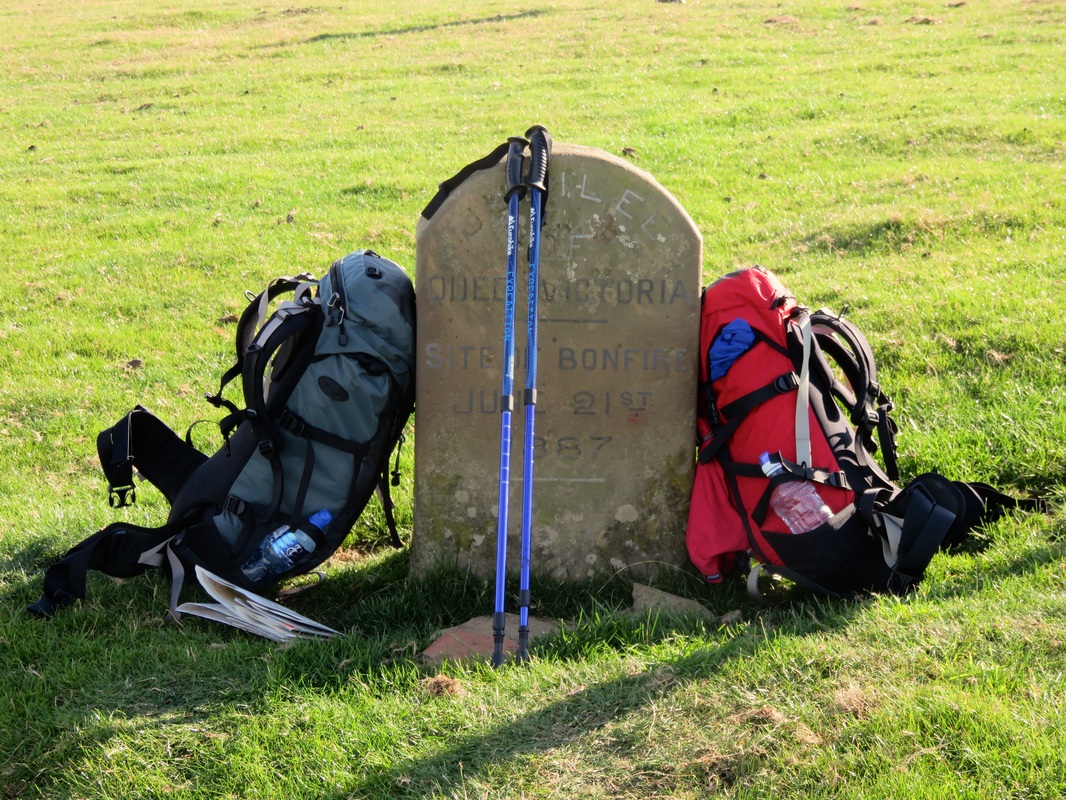 The Jubilee Stone. Is this the hiking equivalent of #baaw? Somewhere around here I’d thought we might find a spot to sleep, but in reality the hills were too steep and exposed at the top, too brackeny and out of reach at the bottom. Perhaps we really should make for Builth Wells and have a rest day tomorrow, we decided. But nobody was answering the phone at our next campsite and there was no 3G reception so we couldn’t check other accommodation options in town. The shadows lengthened. The path took us through a farmyard where two waggy-tailed sheep dogs greeted us warmly, then turned and proceeded to snap and nip the air beside my legs. Ugh, dogs. There was nowhere to camp. The path rose and fell along the valley wall, through conifers coloured in uncharacteristically warm hues by the evening sun. It was a beautiful area, but I was getting tired. Eventually, we crossed a stream and found a field that, while not ideal, would be OK to camp in. But perhaps we should press on to town? A pair of serene, smug looking swans kept pace alongside us. At some point I realised I was too exhausted to make a decision about where to stop, so Dan called it: let’s set up in one of these fields. The worst that could happen? Someone might find us and tell us to leave. And the likelihood of that was remote, as we hadn’t seen anyone since leaving the road outside Newbridge. This stress was a stark contrast to our nights in the mountains and hills: in the last few days we’d walked from virtual isolation into a much more populous, more cultivated landscape. Tucked away in a field corner, we cooked a comforting dinner of instant porridge. We left pitching the tarp until the last minute, then snuggled down into our warm, dry beds in the comfortable, soft grass. Despite the rustling of animals in the woods nearby and my worries about grumpy farmers and snarling dogs, I fell asleep almost instantly and didn’t wake until morning. I hope you enjoyed this! You can also read Part 1: The coast and River Rheidol and Part 3: The Wye Valley and the border. We made it! We walked all the way across a country: eight days, 145km (90mi), two rivers, who knows how many packets of instant noodles and a whole lot of fun. Here's the first instalment. BeforeWe’d come by train almost all the way across two countries, from London in England’s east to Aberystwyth on the west coast of Wales. The sky was clear, the sun hot, and from the top of Constitution Hill that afternoon we’d been able to trace landmarks right around Cardigan Bay: from the lump of Bardsey Island off Llŷn Peninsula in the north around to Pembrokshire in the south. Below us, the keen kids of the surf lifesaving club paddled out to sea in a training exercise. We’d also spotted Snowdon. We knew this because the information boards said we’d be able to see the mountain on a clear day, though in all honesty we weren’t sure which pointy peak it actually was. After a stroll around the ruins of Aberystwyth Castle and dinner at veg*n cafe Crimson Rhino, we headed back to the promenade, watching the sun glint on the sea as it charted a course to the horizon directly in front of us. Earlier in the day we’d joined a small, happy crowd of people on the beach, paddling in the fresh, clear wavelets and feeling the coarse sand between our toes. Now we sat on the jetty, listening to the gentle slap of the swell on the piles beneath us. Before us, water stretched glittering out to the horizon: this truly was the edge of the country. The sunbathing, sand-fort making, paddling crowd had mostly given way to evening drinkers pressed up against the wall beneath the promenade. I hauled a kid out of the water onto the jetty - “It’s my last jump of the day!” - and was half tempted to join him. We walked along the River Rheidol out of town as the sky turned fiery orange and gold. (Side note: our Airbnb hosts were very accommodating and even picked us up from the station when we arrived. If you want to try Airbnb, please sign up using this referral link and you and I will both get Airbnb credit!) Since I’d organised most of the walk, Dan had the task of taking me on a mystery tour around Aberystwyth the next day. After getting slightly lost in a tiny strip of woods by the river, we headed up to the Wellington Monument - a tall plinth topped with nothing (apparently it was originally intended to hold a chap-on-a-horse sculpture) that sits on a round hill on the southern outskirts of Aberystwyth. We spread out our OS map in the wind and located various landmarks, the majority of them wind farms in the hills to the east. We watched someone wade across the River Ystwyth below us, then climbed down through stretches of burnt gorse and shady tunnels of green to look at the river close up. Before going for lunch at the organic, veg*n friendly Treehouse, we popped in to have a look at Ceredigion Museum. Wow! The museum is housed in a restored Edwardian theatre, with different themed collections in the stalls and various adjoining rooms. There’s a huge number of objects and photographs, many of them of national interest, which gives it the feeling of being quite an important collection. Some of the displays - such as the dairy industry section near the main entrance - have a great sense of narrative, too. But this is no slick, contemporary museum. In fact, it feels like a tiny local museum with type-written case notes in some displays, an agricultural room featuring more bill hooks, sickles and scythes than you can shake a stick at and a couple of rather terrifying stone-age people mannequins in the geology room. The museum was also hosting an exhibition titled EuroVisions: Wales Through the Eyes of European Visitors, 1750–2010, which seemed apt. In the afternoon, we scurried up yet another hill into a nature reserve where we enjoyed some trees and a wall and a well. I was finding all these hills a little tiring - and I wasn’t even wearing my pack yet! I had a little lie down on a bench before we eventually found our way out to the National Library of Wales. With Dan being a librarian, this was always on the cards for our trip to Aberystwyth and it didn’t disappoint. The building is reminiscent of the grand public buildings of the 19th century, although it was only begun in 1911. Inside, the feeling of grandeur continues with red carpets and beautiful high ceilings. We saw a number of exhibitions there, including Philip Jones Griffiths: A Welsh Focus on War and Peace. It was great to find the library acting as such a thriving cultural centre. We had a cup of tea in the cafe and failed dismally to use our beginners’ Welsh with the assistant at the library shop. Spoiler alert: this was to set the tone for the whole trip. I don’t think we spoke Welsh with another person even once. The final mystery tour stop of the day was the Aberystwyth Arts Centre at the university, which we visited for a small photography exhibition To Build a Home - Amanda Jackson’s portraits of the community of Lammas Tir Y Gafel Eco Village in Pembrokeshire. Once there, we found they also had a Robert Mapplethorpe exhibition, so we took a turn around that, too. Phew, that was a lot of photography in one day. On the way back home, we found ourselves in the extremely steep Llanbadarn Cemetery. We escaped from the drizzle inside the church and considered coming back to watch the bell ringing later, but by then we were tucked up in bed. Day 1: Aberystwyth to Devil’s Bridge (20km)It was still drizzling when we said goodbye to our hosts and headed to the petrol station to buy ourselves a sandwich for lunch. On the bright side, wearing our coats meant not having to stuff them in our how-did-they-get-that-heavy packs. I’d already jettisoned my inflatable pillow, waterproof trousers and extra water bottle (it had sprung a leak), so what was weighing me down? (Don’t worry - I’ll save the kit list for a future post if anyone’s remotely interested!) Crossing the river, we headed out of town through an industrial estate, following a National Cycle Network route along quiet country lanes. Although we’d planned to head up into the hills on footpaths, the low cloud hiding the tops would’ve stifled any views, so we stuck to the valley floor. Despite a few damp spells, it wasn’t cold. In the end the coats were making us wetter with perspiration than we would be with precipitation, so they came off. We passed a smattering of houses and farms and watched red kites circling overhead. We even saw some of these magnificent birds perched on nearby fence posts - although of course they’d taken off by the time I got my camera out! Along with a couple of buzzards and the osprey I’d spotted from the train window near Machynlleth on the way over, I was pretty stoked with our birds of prey spotting thus far. There was hardly anyone else about. Just a post office van, a couple of farm vehicles and a few horsey types at the riding school. At one point, alerted by the mournful hoots drawing near, we waited in a meadow to watch the Rheilffordd Cwm Rheidol tourist steam train chuff along below us. The view of the valley was on the other side, so none of the passengers noticed us. Leaving the road, we skirted Cwm Rheidol Reservoir, crossing little streams and waterfalls, discovering some interesting relics of the mining industry along the way. After squelching through a particularly muddy field, we were eager to stop for lunch at a picnic table overlooking the Rheidol Falls. Although it’s not very high, the water gushes through the geometric slabs of rock with enormous power. I think it was at the Rheidol Falls that I finally realised that we were going to be following the Rheidol for the first two days of the walk, right up to its source. I’ve since learned that it’s the steepest river in Britain - which I can definitely believe! The hills closed in around the river, flanked with plantations, steep sides disappearing into smudges of cloud. As we made our way over the lower reaches of the hills, we commented that the views seemed almost Swiss or Canadian (only, you know, several times smaller in scale). Eventually the path skyrocketed, taking us from near water’s edge right up out of the valley in one long, steep climb. We passed through a pine forest, admiring the vertical stripes and purple and orange tinge of the tree trunks. As we emerged from the tops of the trees, the steam train chuffed by above us. This time we were on the viewing side and enjoyed a few seconds of fame, waving to the passengers. Later we stopped at the station cafe (called Two Hoots - oh so punny), where we chatted to a couple who had seen us from the train. There’s no point going to Devil’s Bridge and not checking out the main attraction, so we paid our £1 each to do the short walk - a few flights of stairs down to view the bridge(s) and the Devil’s Punchbowl waterfall. The nice man at the ticket office even looked after our backpacks so we didn’t have to schlep them up and down the path. The bridges are pretty cool: three structures stacked one on top of the other, the lowest and oldest built sometime between 1075 and 1200, the middle built in 1753 and the most recent at the top built in 1901. The River Mynach flows beneath them at the bottom of a dizzyingly deep and narrow slit in the rock: the Devil’s Punchbowl. Over the ages, the water has moulded the rocks into weird sculptural shapes, which curve and recurve under dripping ferns at the bottom of the gorge, almost far enough down to escape daylight. We’d booked a pitch at nearby Woodlands for the night. This is a well-appointed, friendly camping and caravanning site, with separate areas for each type of accommodation. It feels smaller and quieter than it is because it’s thoughtfully laid out. We pitched our tarp near the far corner of the camping field and amused ourselves comparing our accommodation to the huge, multi-roomed tents nearby. That evening, after dining on the first of many packs of instant noodles, we fell asleep to the gentle trickle of a small stream a few feet away and the soft patter of drizzle on our tarp. The sound of water - waterfalls, streams, trickles, rivers, rapids and (sometimes) rain - provided a constant background to our walk, becoming so familiar by the end that it was only really noticeable in its absence. Day 2: Devil’s Bridge to Llyn Llygad Rheidol under Plynlimon (19km) By the time we woke, the rain had blown over. We even had a few moments of sunshine as we cooked and ate our instant porridge on a picnic table by the washing up kitchen. A shortish walk along the busy road took us past feral raspberries and alongside some distinctive hill profiles to an unmarked footpath. This in turn lead through a field, across a stream (the footbridge was fine but getting to it required some detective work and a detour around a bog) and back to the River Rheidol. Disconcertingly, what appeared to be the valley floor was in fact riven by a narrow, wooded gorge - so what we thought might be an easy walk to the hills opposite actually required a steep descent to Parsons Bridge (a footbridge) and an even steeper ascent back out the other side. It certainly got the blood pumping! Once out and up on the heathery hillside, we were rewarded with beautiful views and a glut of tiny blueberry-looking fruit. Vaguely recalling a photo of bilberries (possibly in Alys Fowler’s The Thrifty Forager?), I decided these small fruits must be them. A cautious taste confirmed their blueberry-ness and I proceeded to throw caution to the wind, stuffing handfuls of sweet, tart fruit into my mouth and staining my fingers purple. I later found out they were indeed bilberries, known locally as wimberries. Their season is only a few weeks a year, and we happened to be there at just the right time. My foraging, combined with paths that wandered off into sheep tracks and some rather approximate waymarking (it took us a while to realise that the precise directional marking we’re used to in East Sussex doesn’t feature very heavily on the mid-Wales rights of way network) meant that we rocked up in Ponterwyd closer to lunch time than planned. We grabbed a couple of sandwiches from the petrol station and ate one on the old bridge in the village before heading out on the quiet road towards Nant-y-Moch Reservoir. It was easy walking in the brisk breeze and the midday sun. The incline was barely noticeable, spreading 150m ascent over 6km (3.75mi), with views slowly revealing themselves. It was quite meditative. We passed a few farms, were passed by half a dozen cars, met some hairy coos and of saw birds of prey soar across the valley. We spotted a house by the river which didn’t seem to have any driveway - we had to consult the map to find out how it was accessed (it’s marked as Aber-Peithnant on the OS map if you’re interested). A conical hill appeared at the end of the valley, and the striking dam wall came into sight. Dan was feeling tired and achy after the long road slog, so we made the detour down to the dam wall for a rest. We perched up at the foot of a monument (commemorating Owain Glyndŵr’s victory at Hyddgen in 1401) to eat second lunch - sandwich, Snickers and a brew - and spread a few damp things out to dry in the sun. 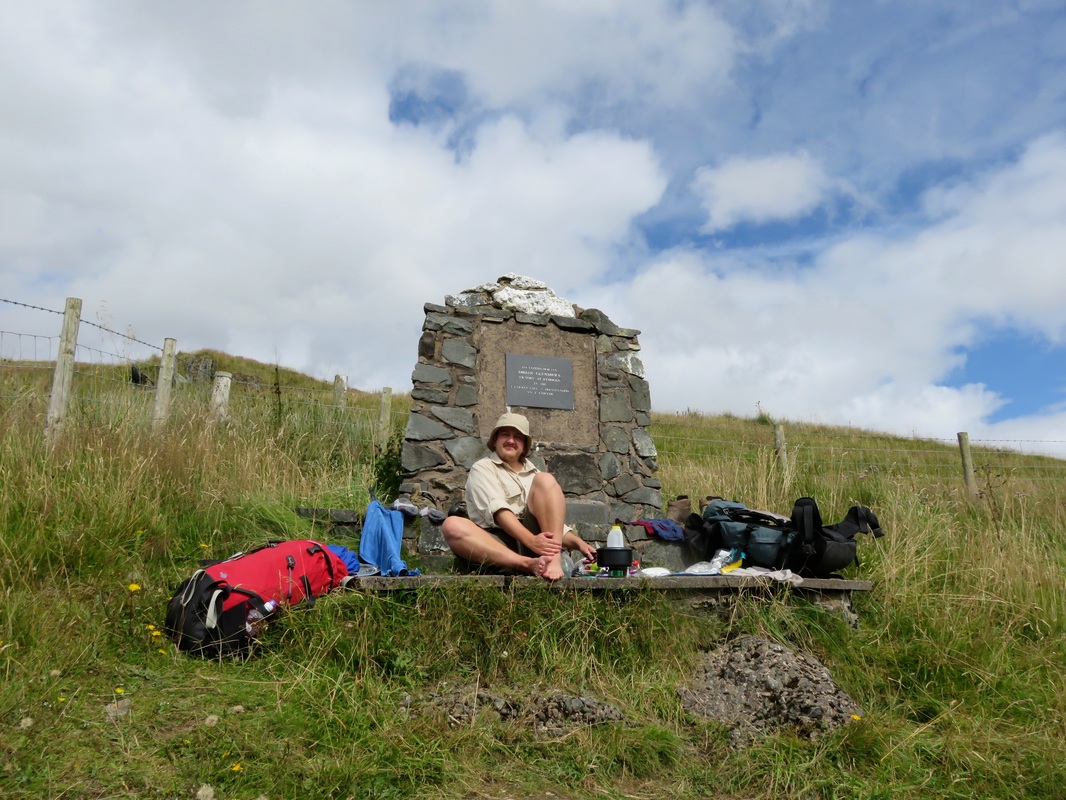 Boiling water for a cup of tea (on one of our drink can stoves) and trying to dry off our socks, towels and undies in the sun. After lunch, we followed the sealed road around the east side of Nant-y-Moch and met our first walkers of the trip. They’d been out for the day on a 10 mile hike of “the Lumons” (there’s Pumlumon Fach, Pen Pumlumon Fawr, Pen Pumlumon Arwystli and Plynlimon/Pumlumon Fawr) and they looked exhausted. “There are no paths, and it’s all boggy,” said one. This didn’t bode well for our plans tomorrow morning - to climb the apparently pathless mountainside out of our campsite and cross the watershed to find the source of the River Wye. But when we mentioned where we hoped to stay the night, the news was more positive. “Perfect spot. There’s even a bit of wood there for a fire if you want.” (We didn't want, but that's beside the point.) It took us the better part of an hour to follow the track around the north-western spur of what is essentially an elongated horseshoe of a valley, with the small reservoir of Llyn Llygad Rheidol nestled tarn-ishly at the end. We found a nice flat place to pitch our tarp just metres from the water and agreed that it was an idyllic spot. I admit I had a minor hissy fit when our pegs kept hitting rock, forcing us to re-pitch the tarp in the wind quite a few times! But then we were set up, our camp cradled in the slightly intimidating, craggy arms of the Cambrian Mountains. We found ourselves talking in whispers, despite our isolation. There’s something about these big, almost architectural spaces that creates a sense of reverence. But not too much reverence. I scampered off stark naked for a quick wash, ignoring the big yellow warning sign. Dan, being more sensible, read the sign and passed on the news that there was blue green algae in the reservoir. Well. We had water treatment drops with us, but we decided not to tempt fate. Luckily we’d filled up from a mountain stream on the way to camp, so we had a spare bottle of water to get us up the hill the next morning, but it did mean there'd be no tea or porridge for breakfast. Uh oh. In the night, the wind, which had been threatening to flatten our tarp from behind, turned around and began to blow straight into our shelter. I woke several times to the bright stars and sound of the tarp snapping like the sails of a boat. I dreamt I was anchored off Aberystwyth, on a ship in a storm. Are you enjoying the virtual tour of our walk so far? I hope so! You can find the second instalment here. |
In which IIn which I do things and write about them In which I tag
All
In which I archive
July 2022
|
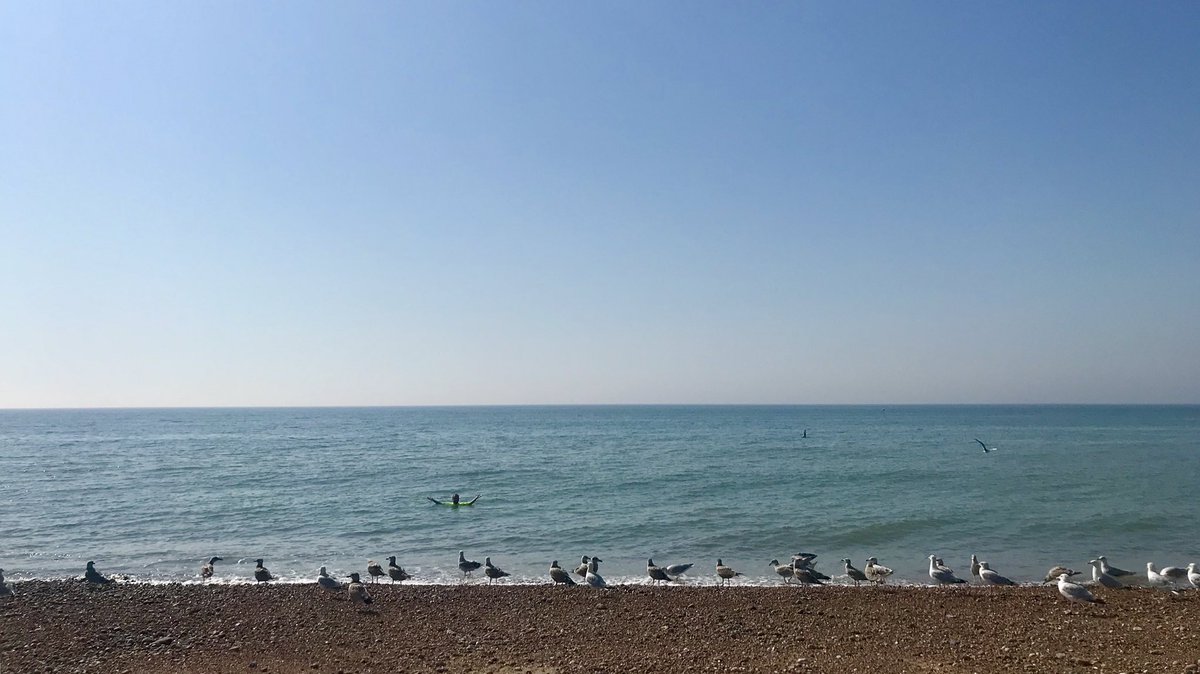
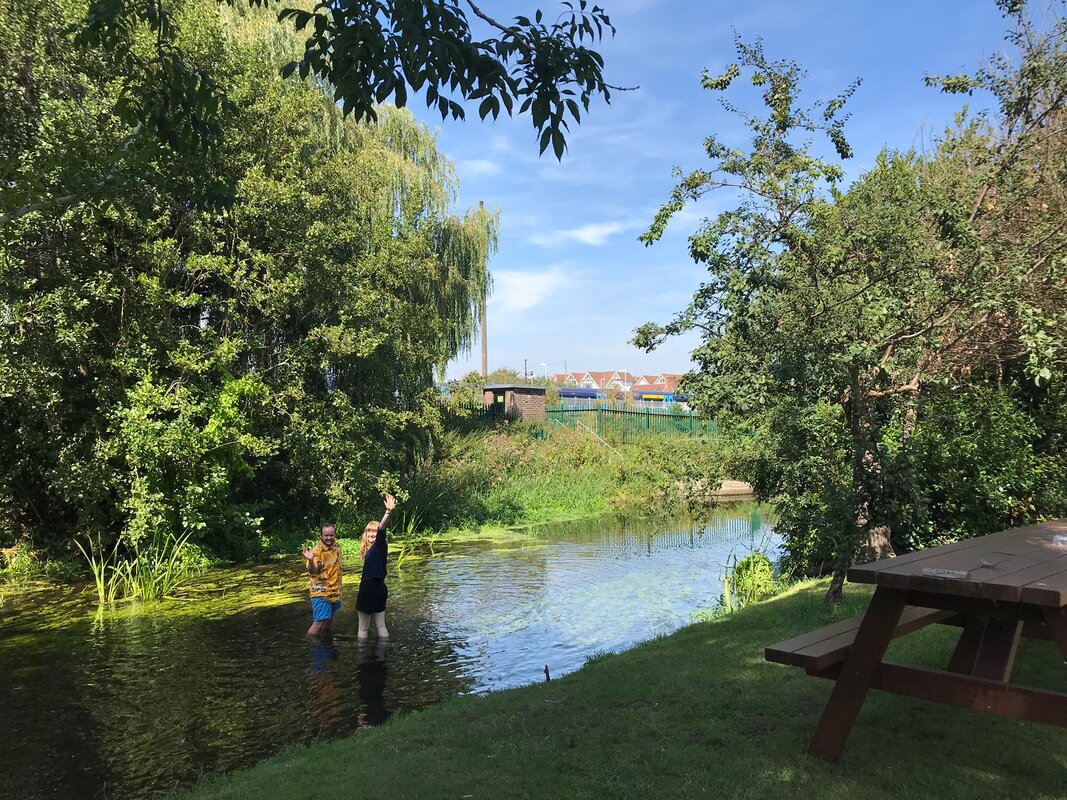
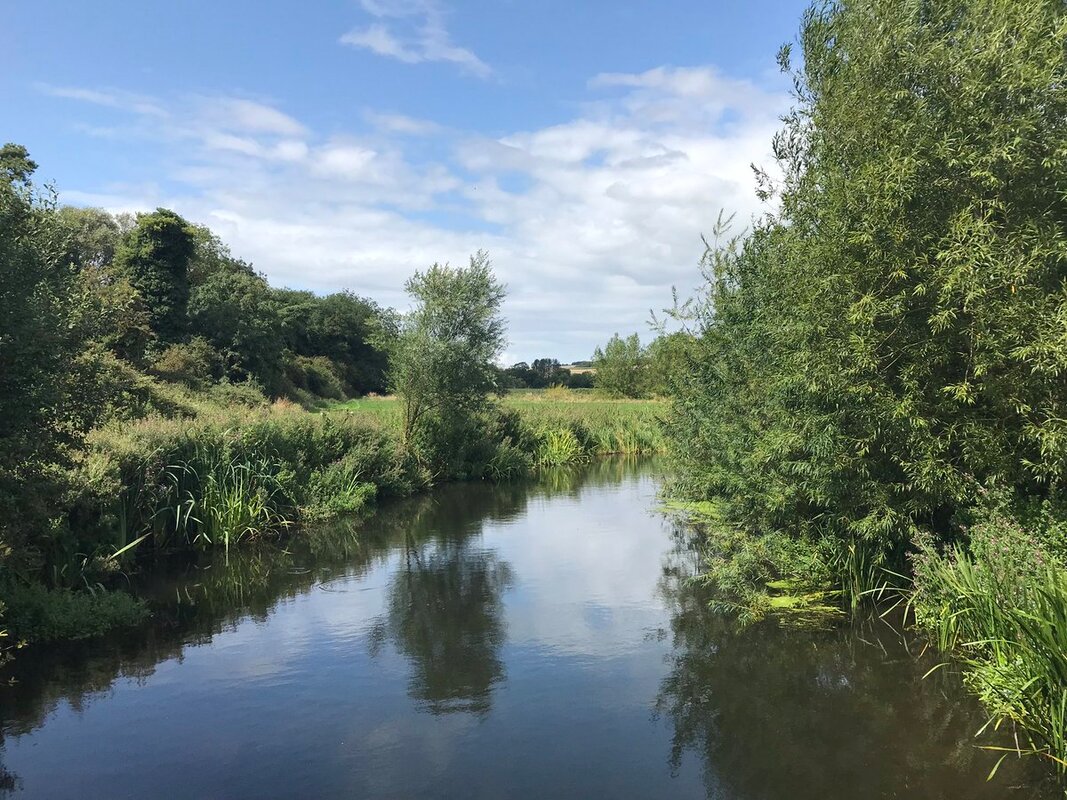
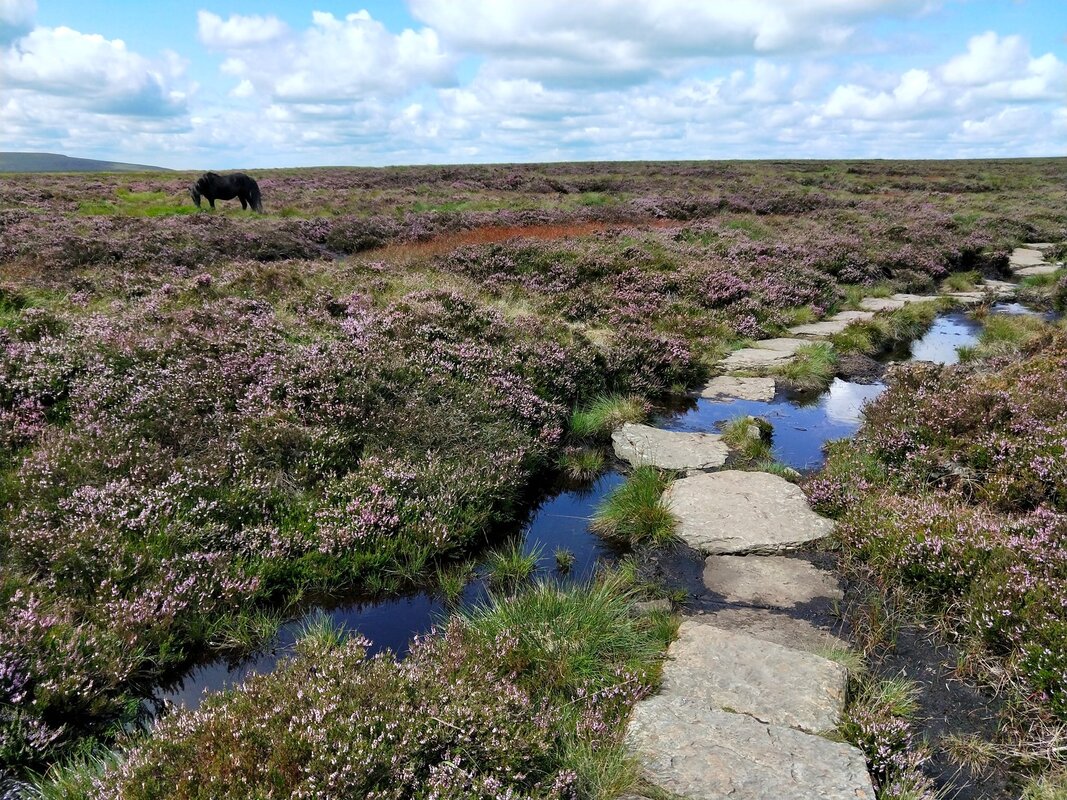
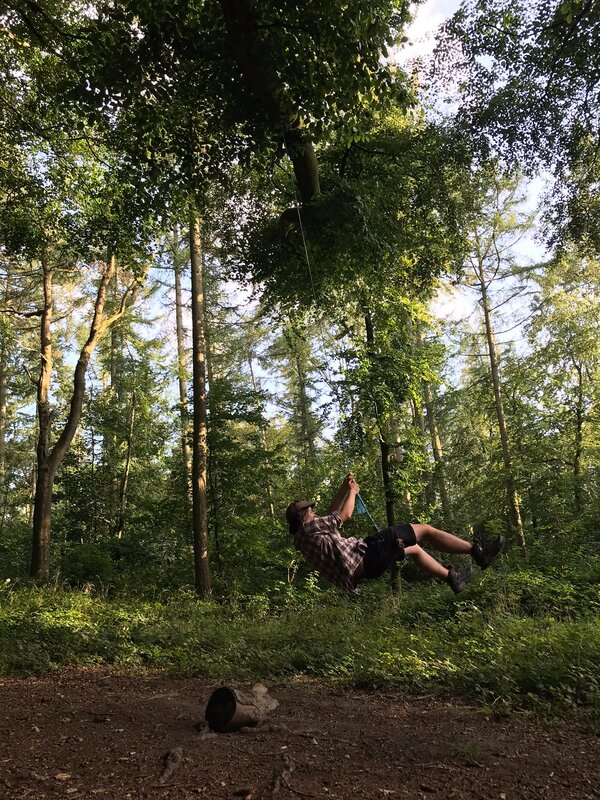
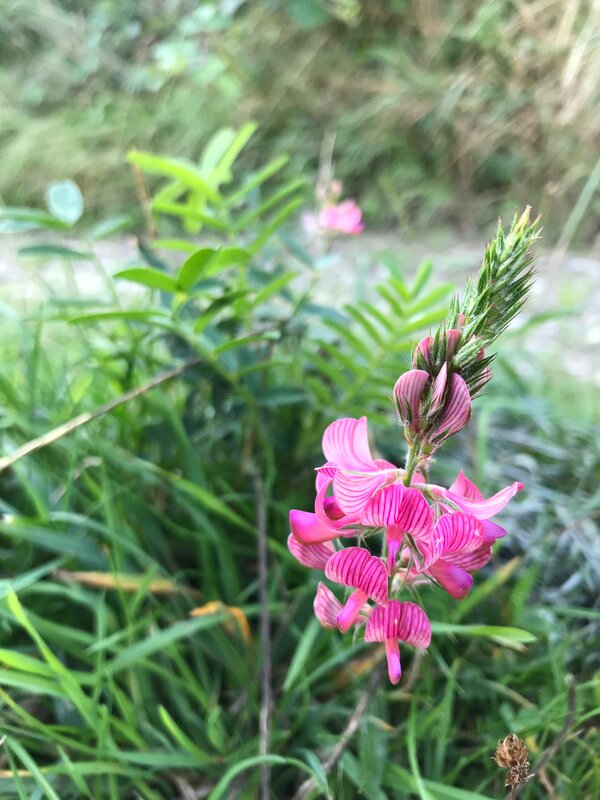
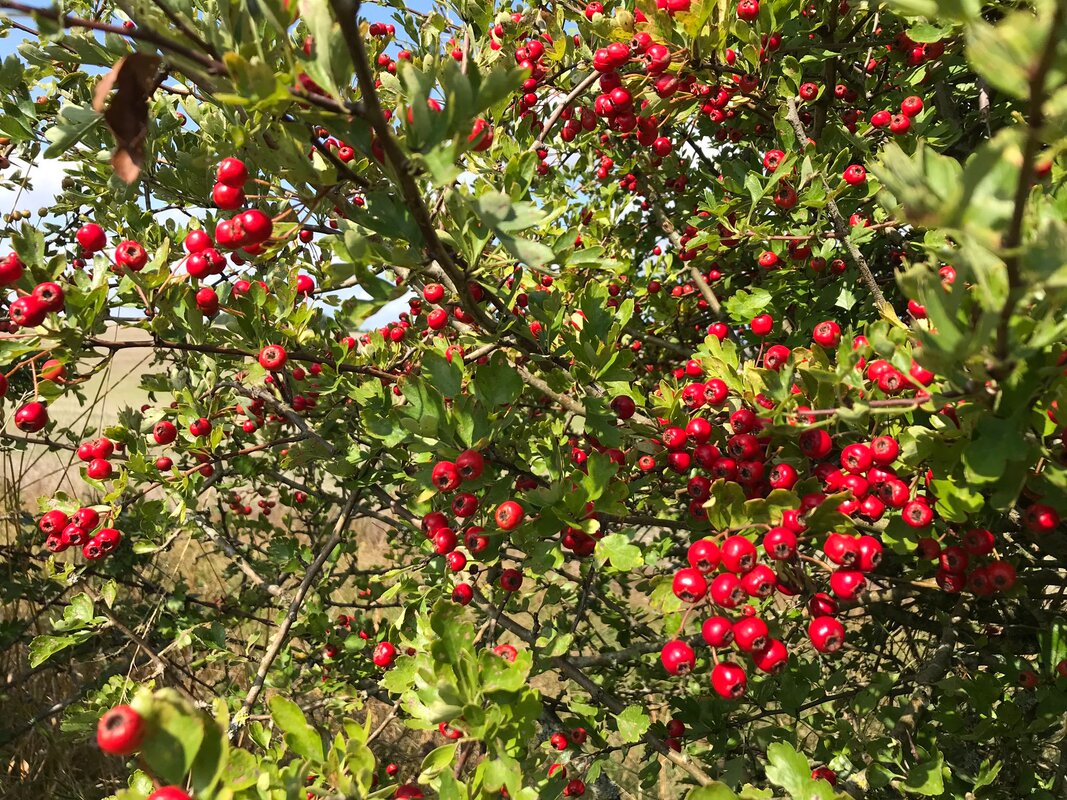
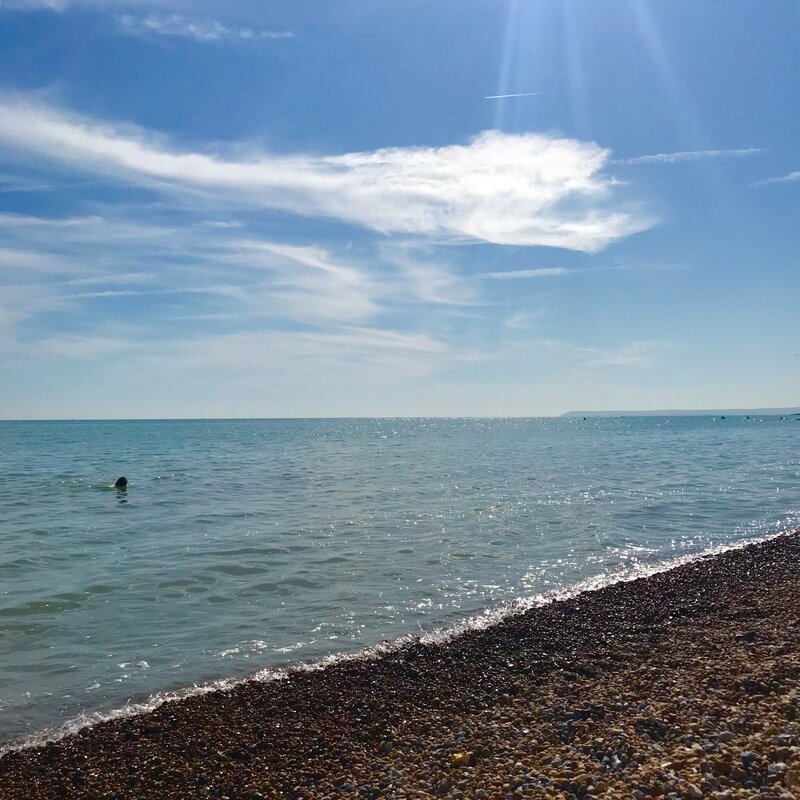
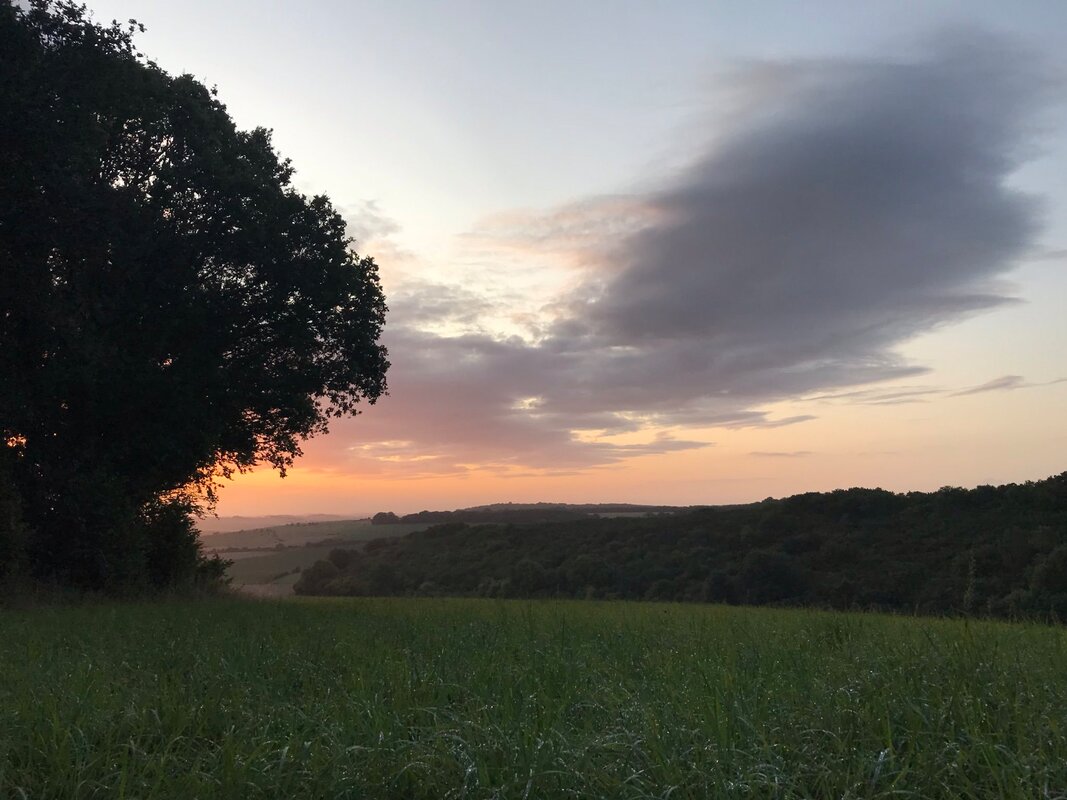
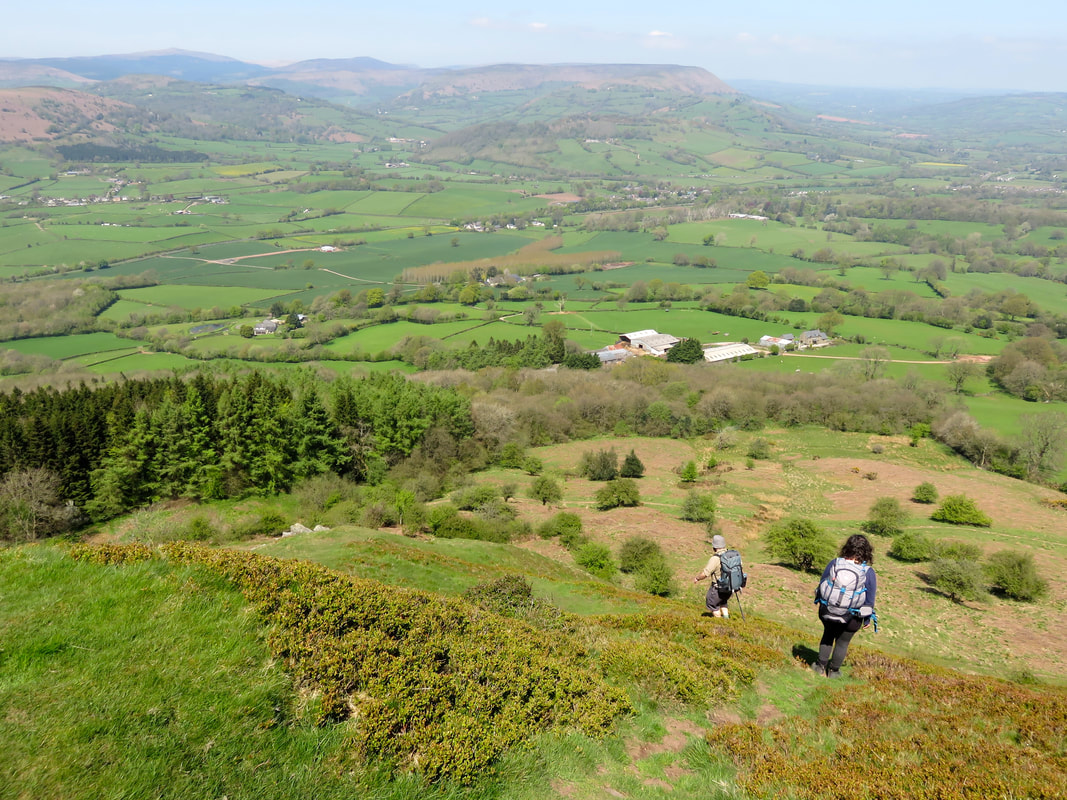
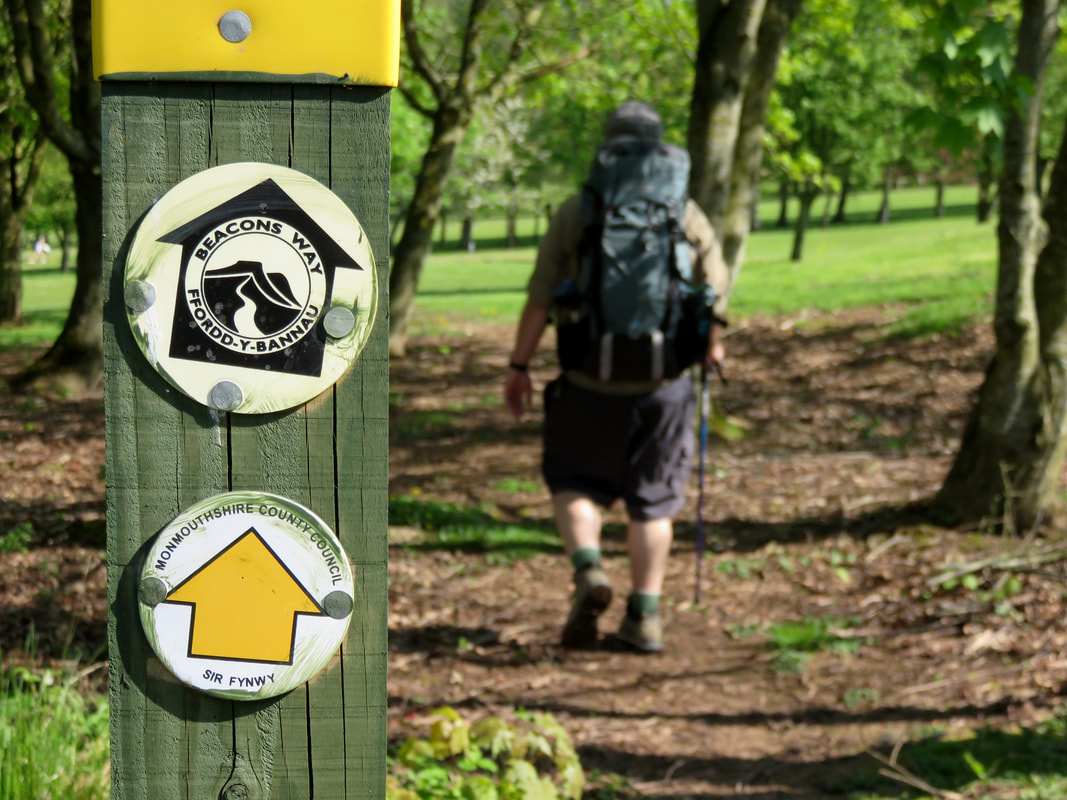
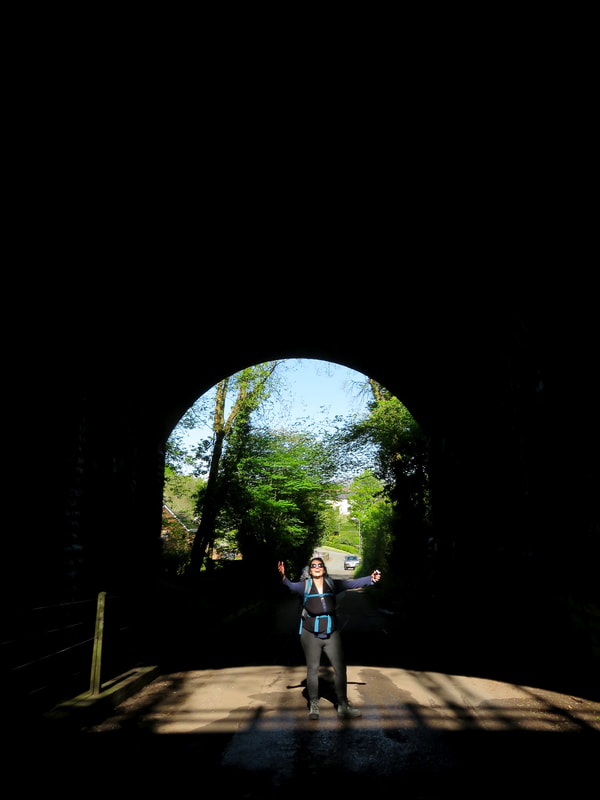
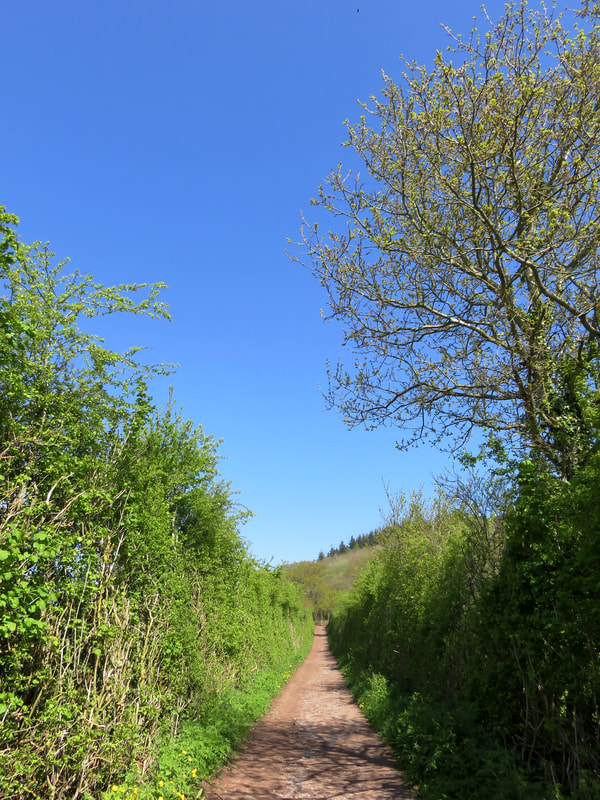
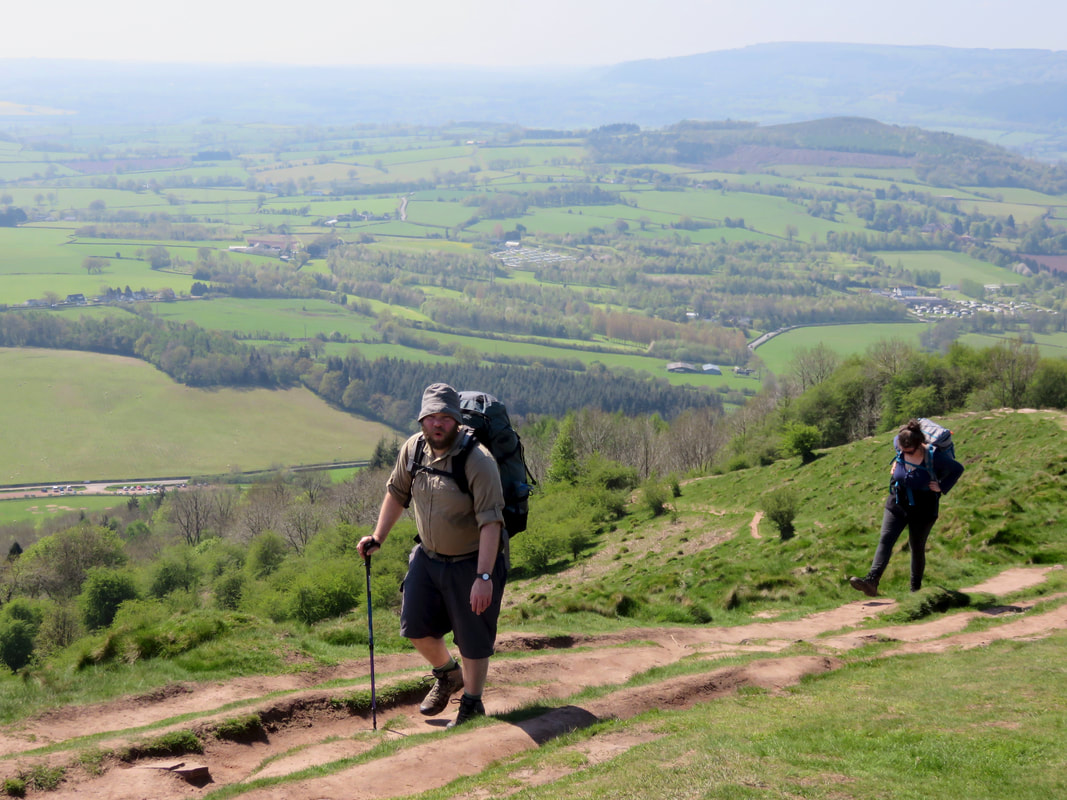
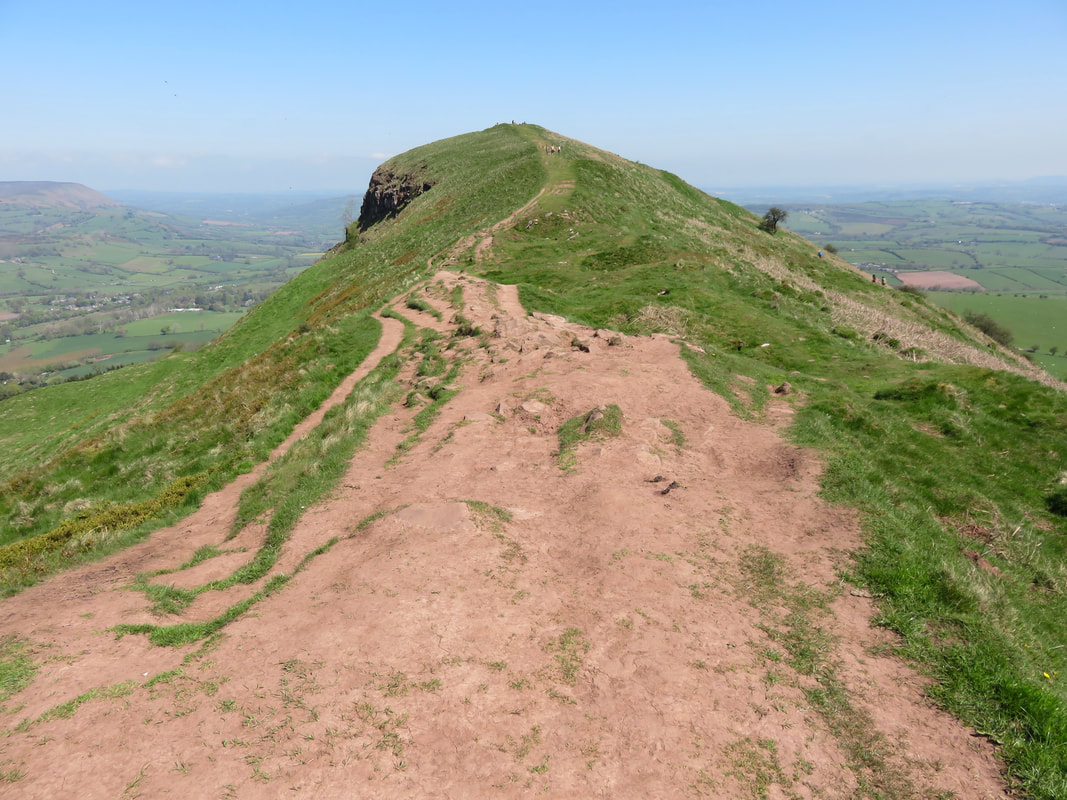
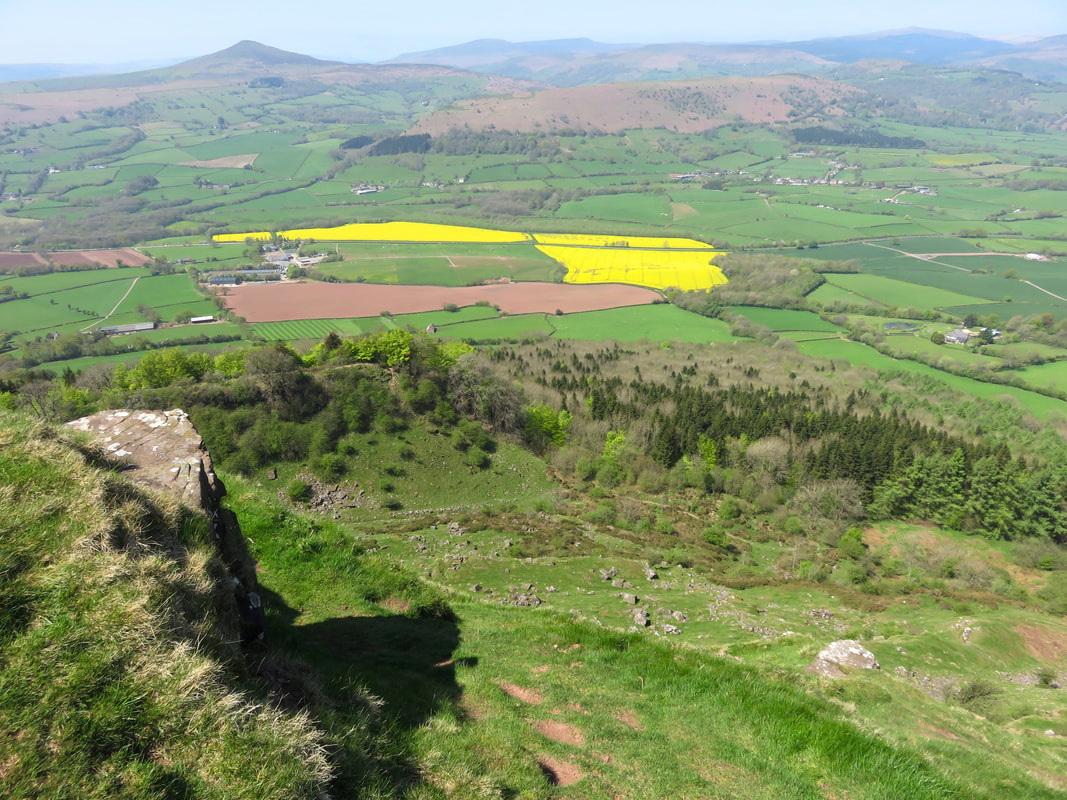
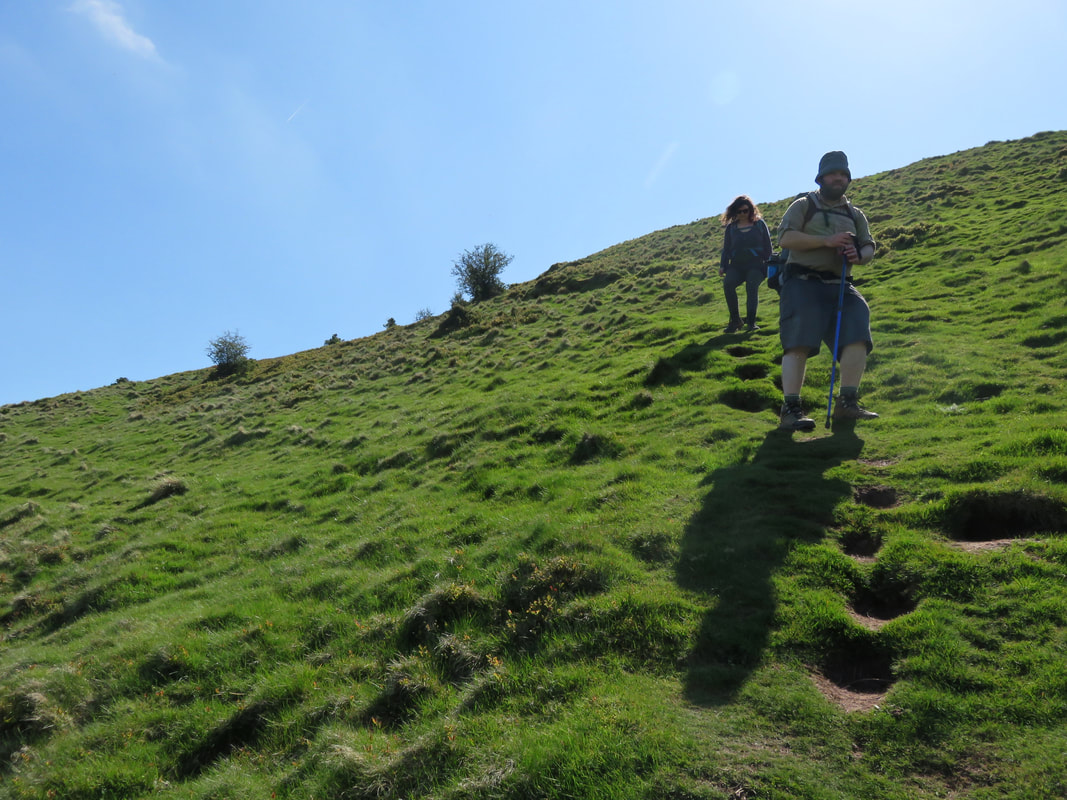
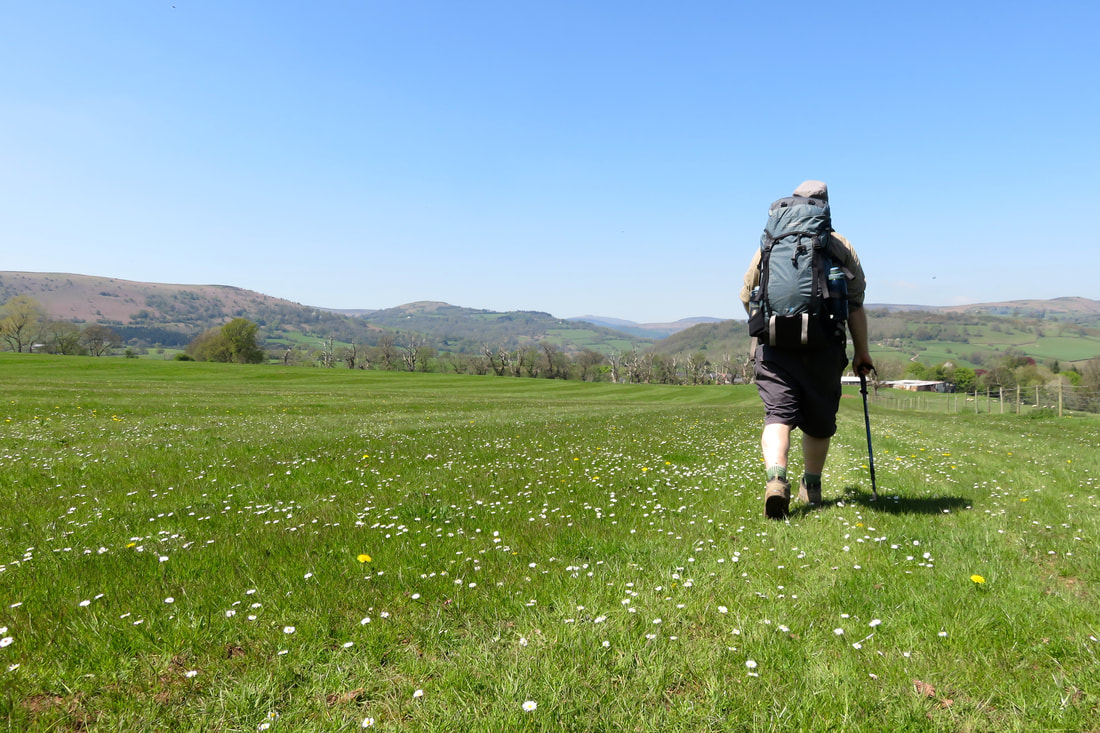
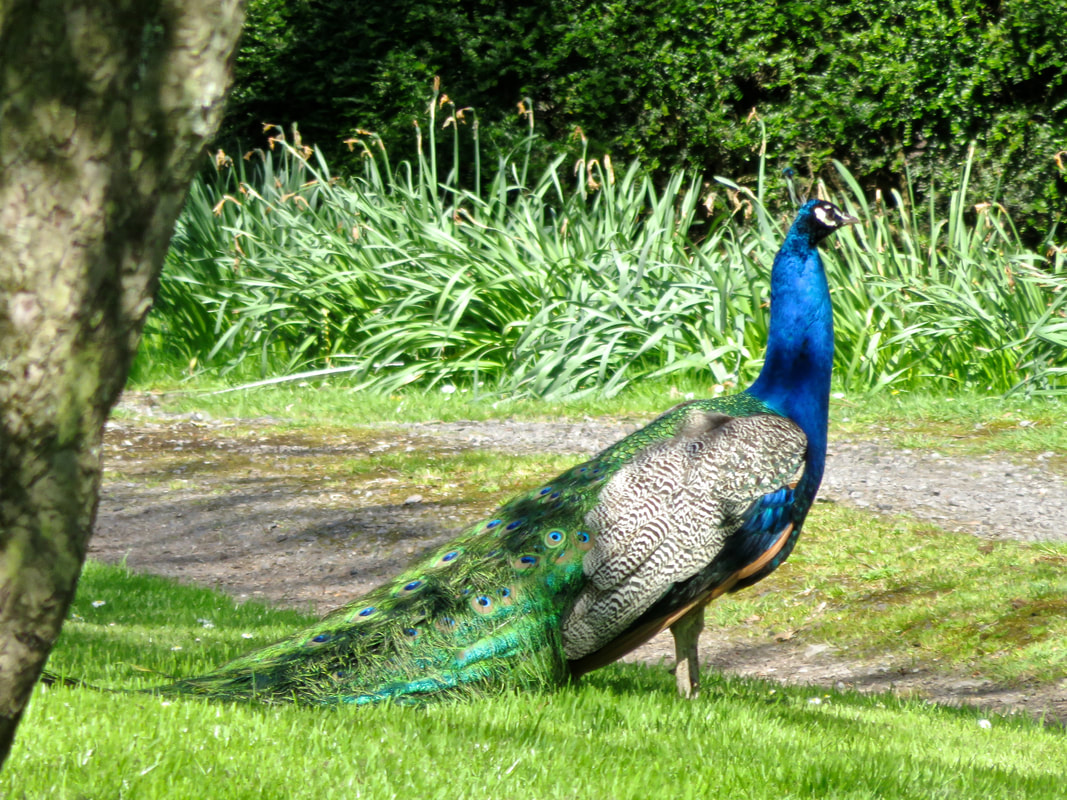
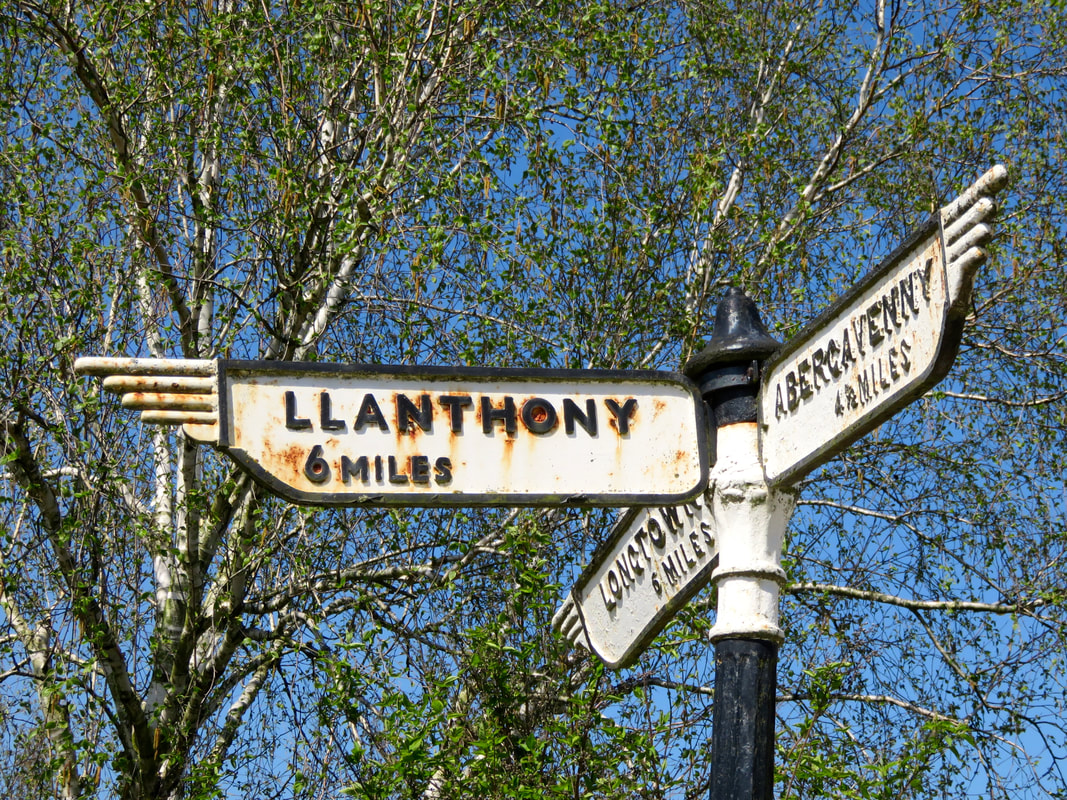
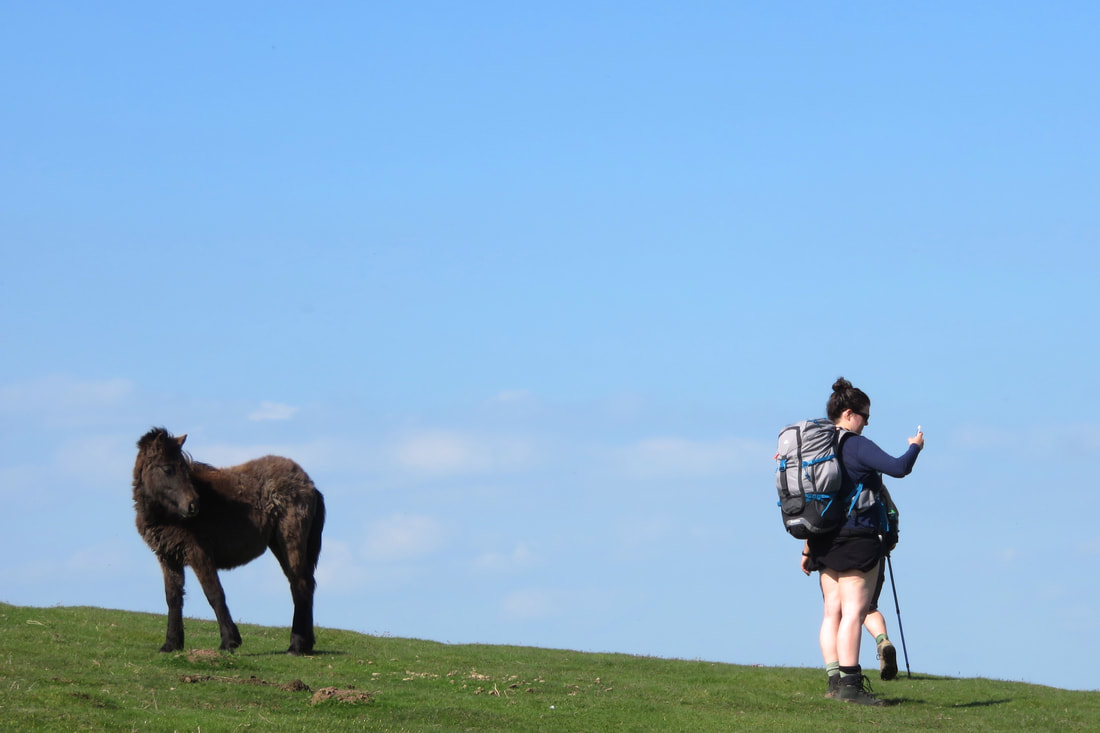
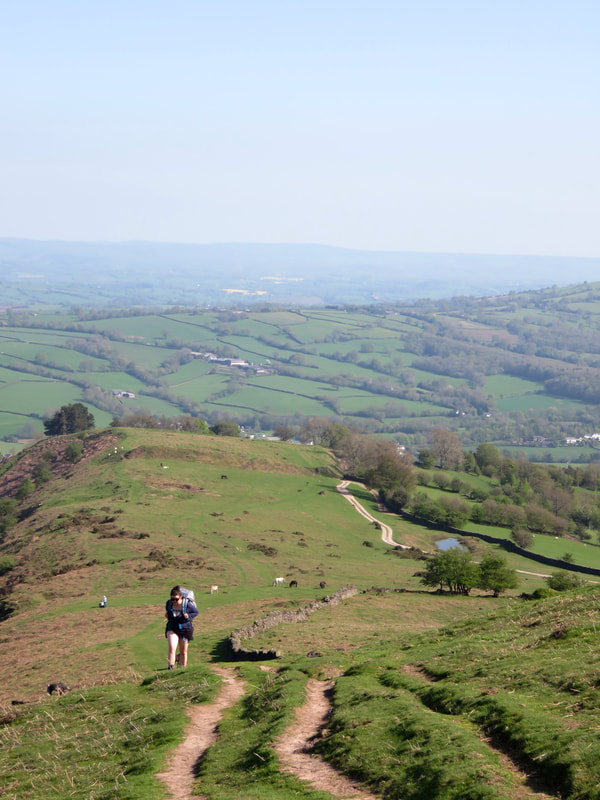
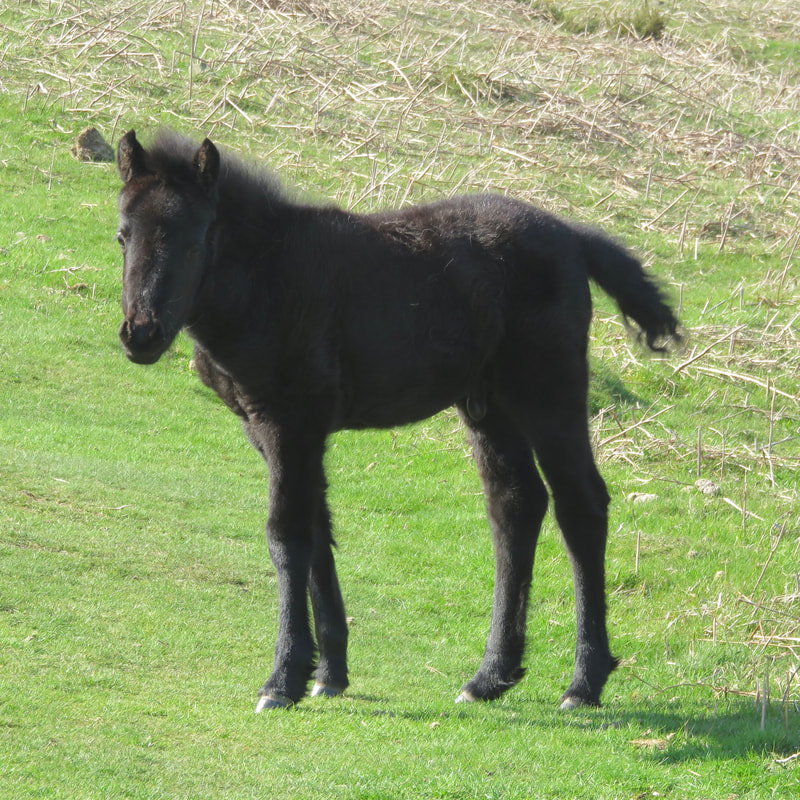
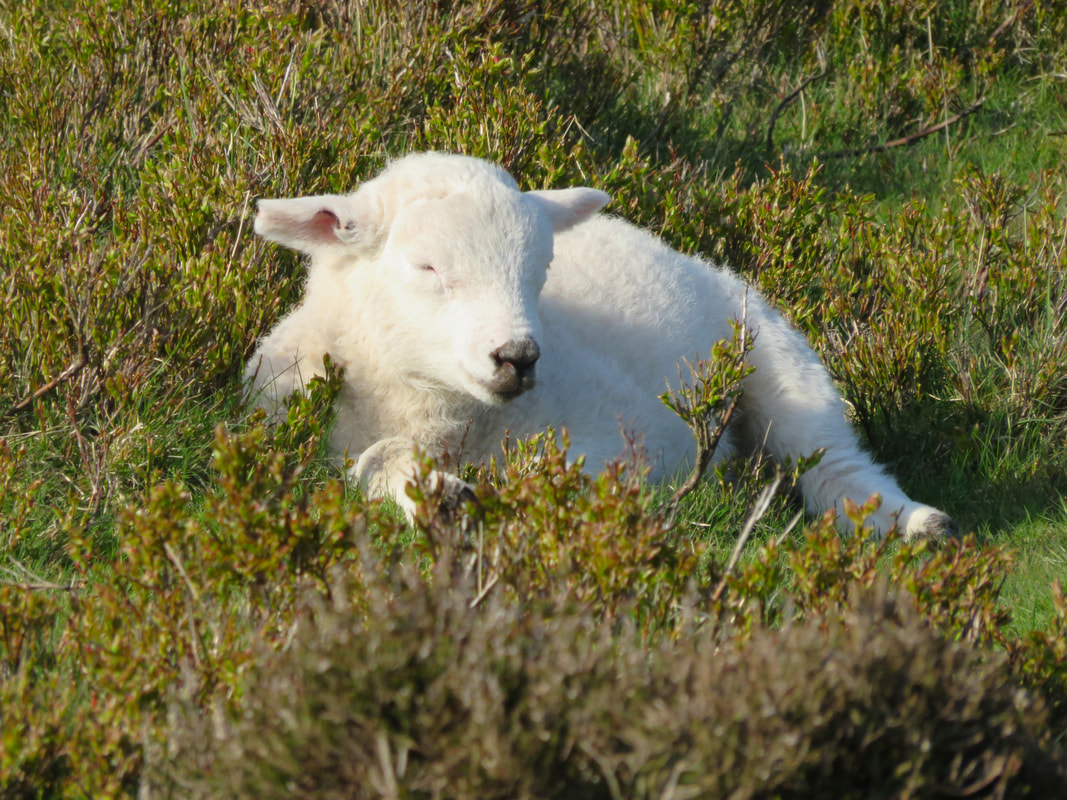
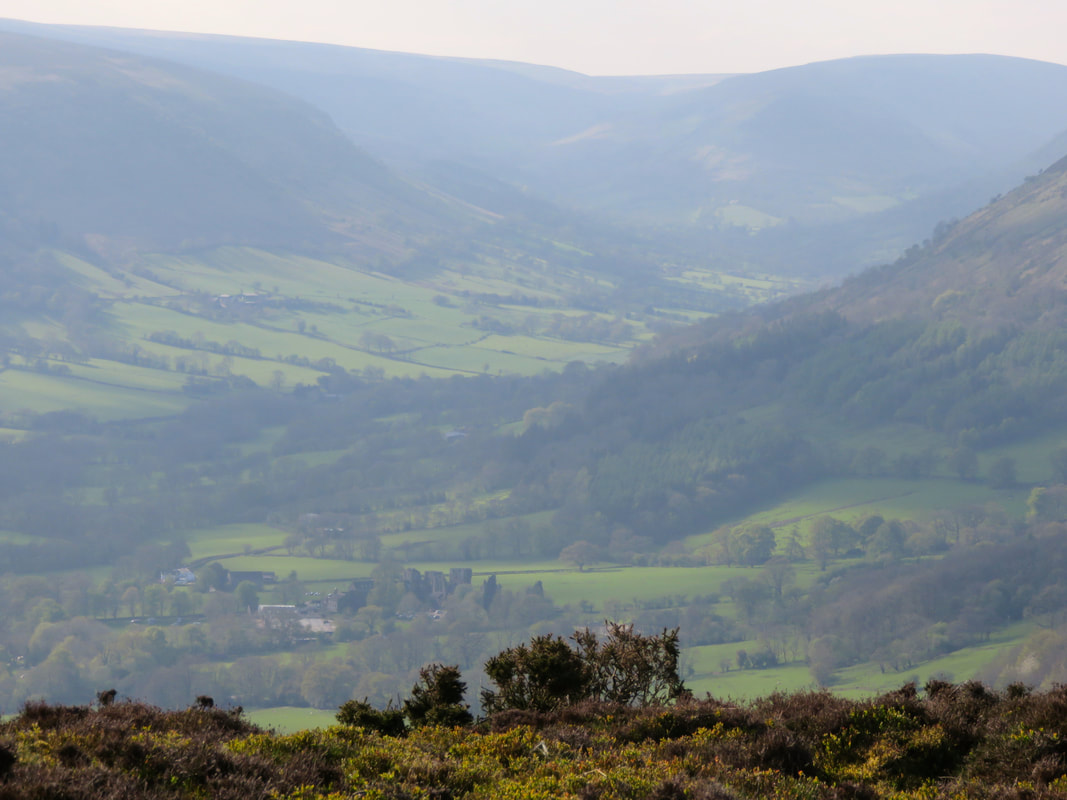
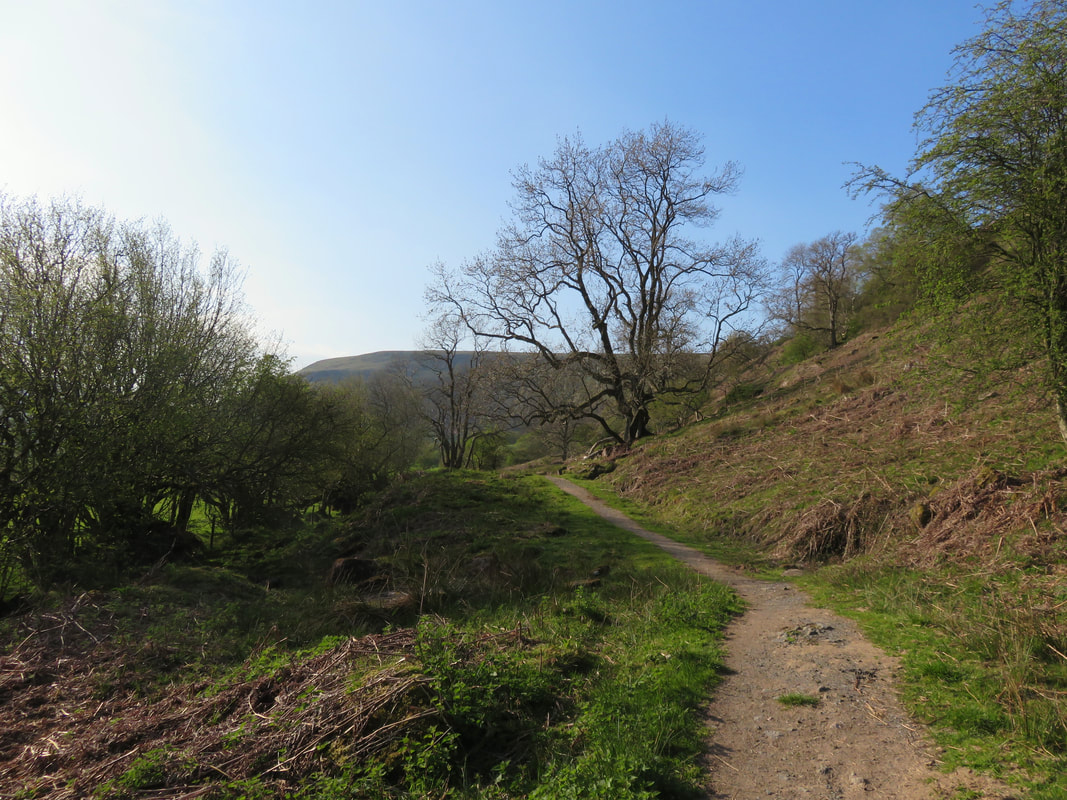
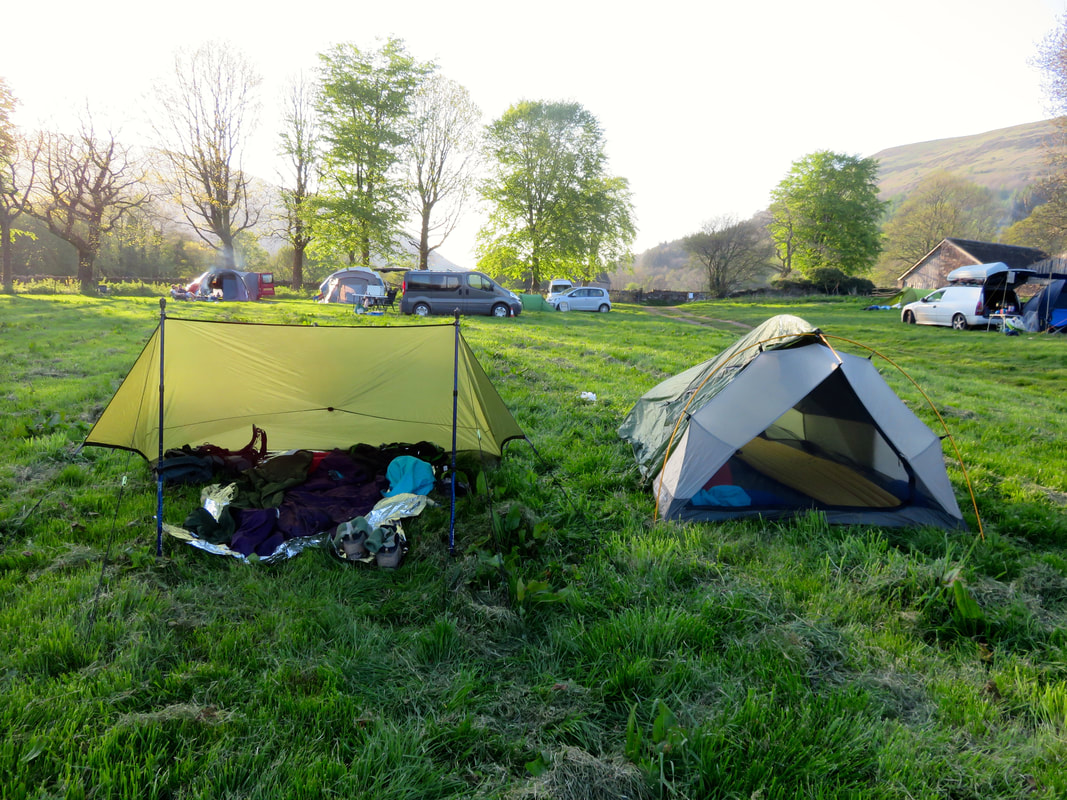
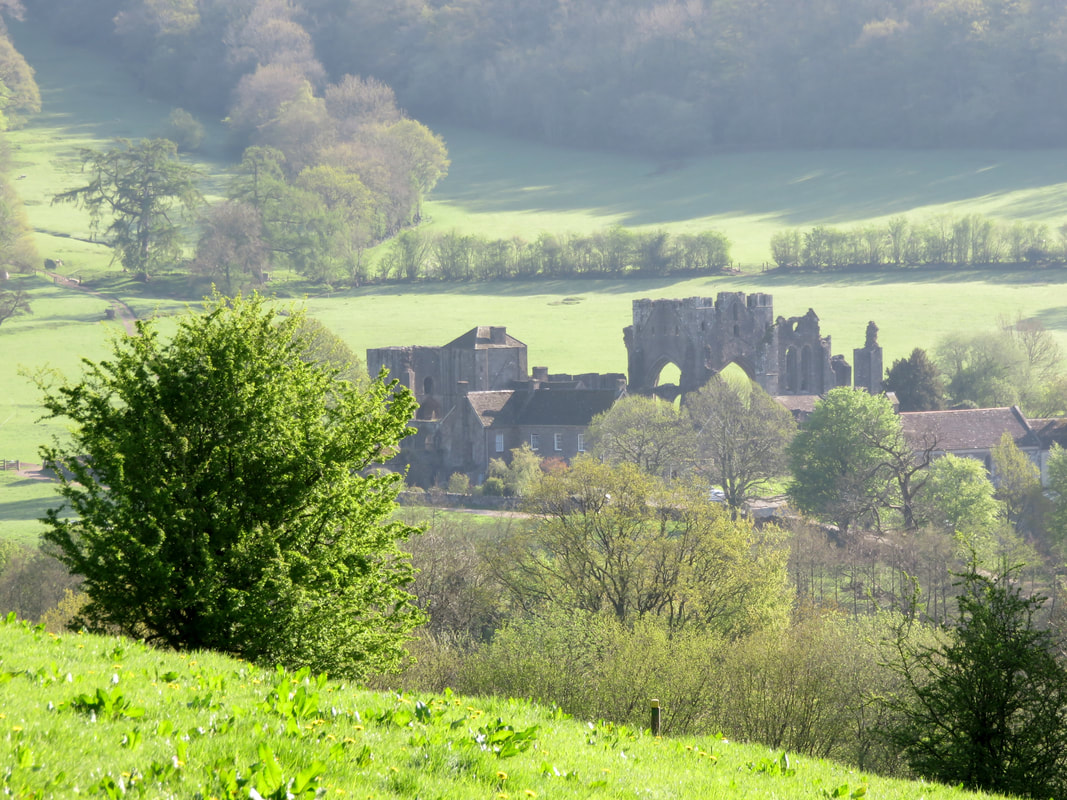
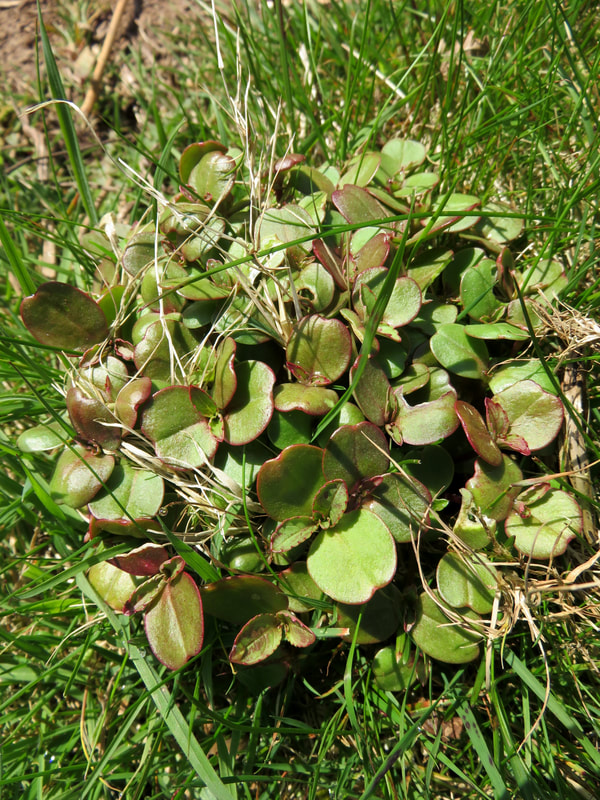
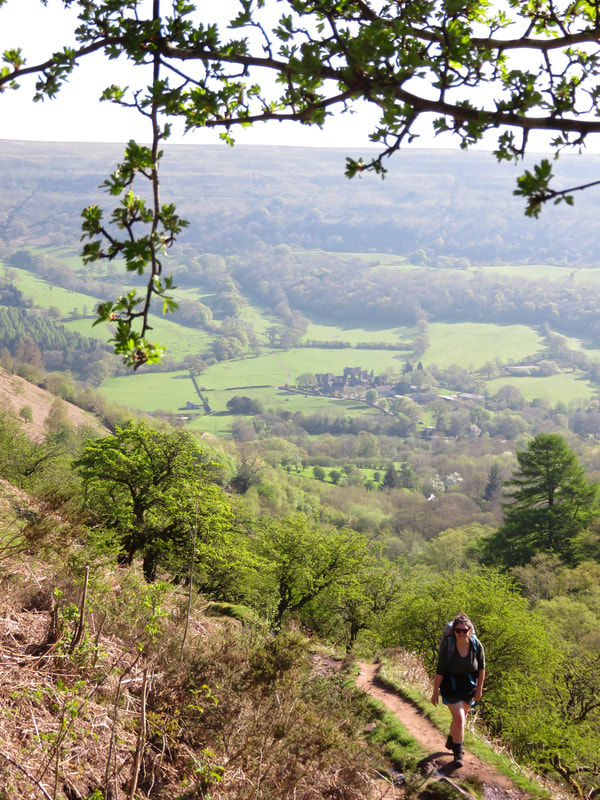
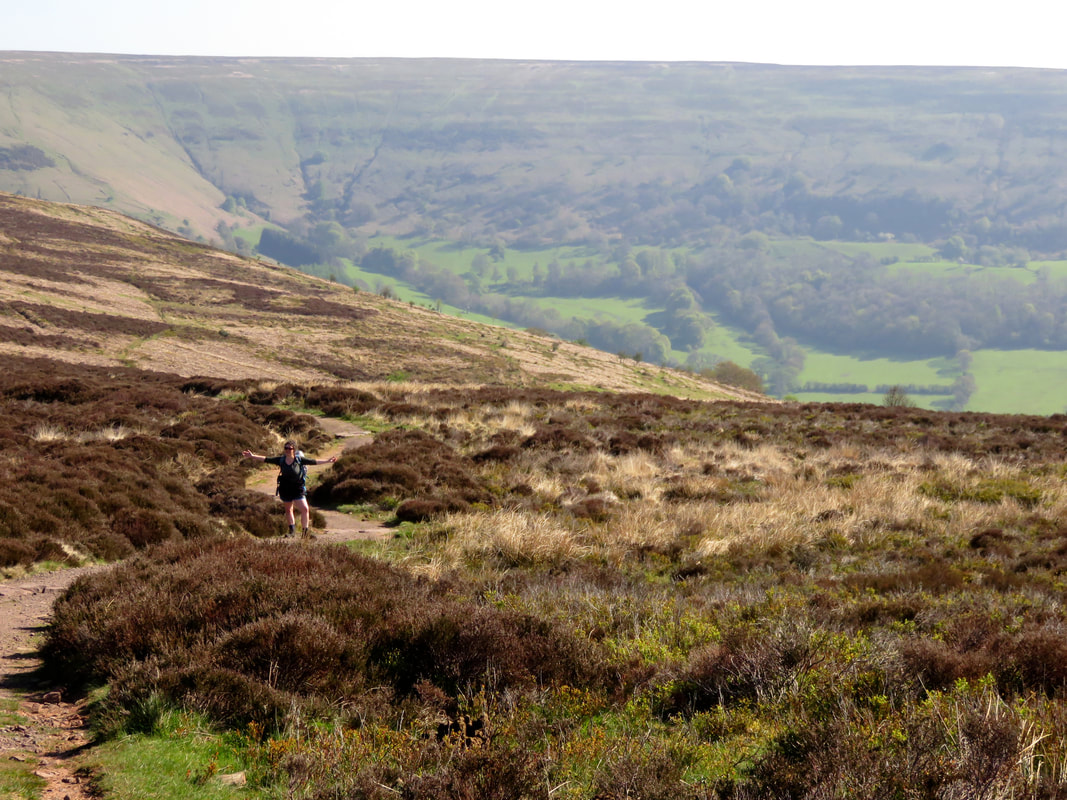
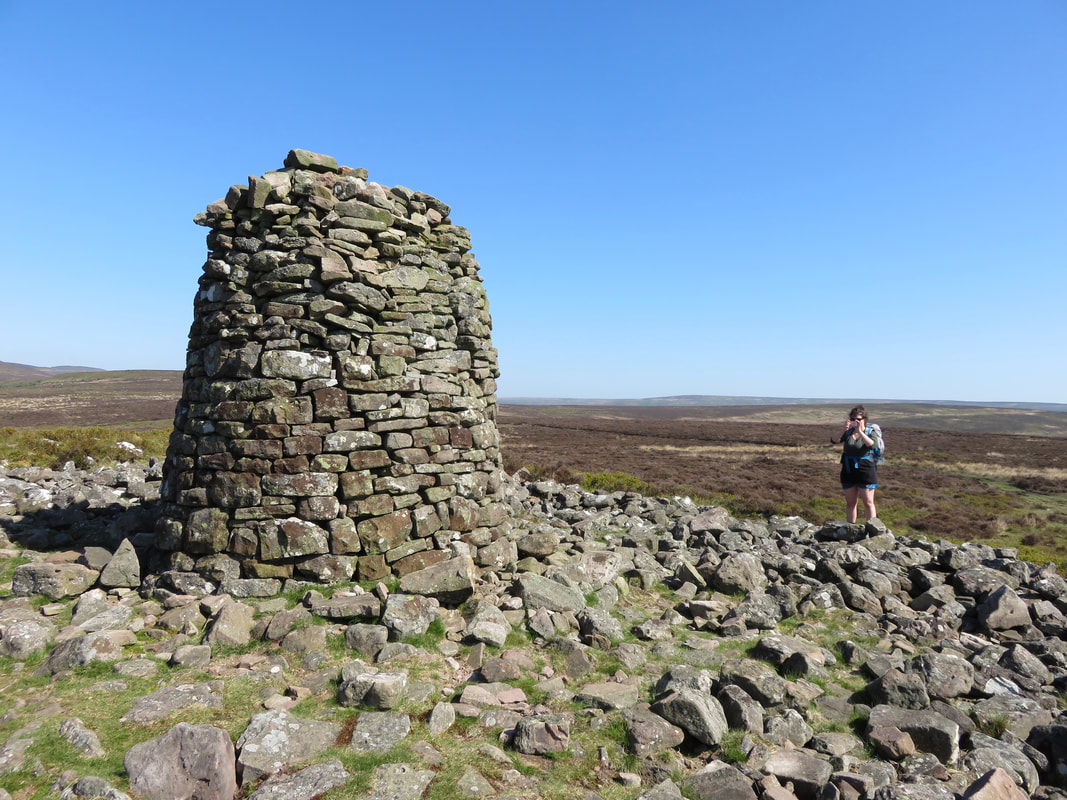
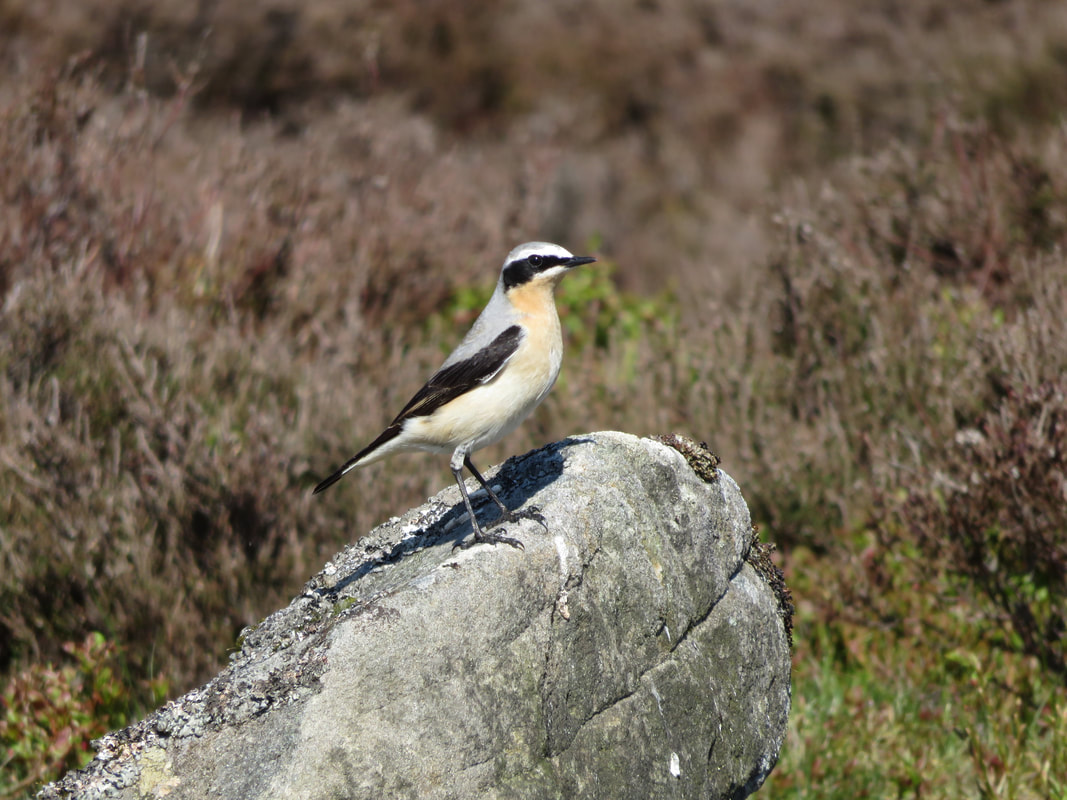
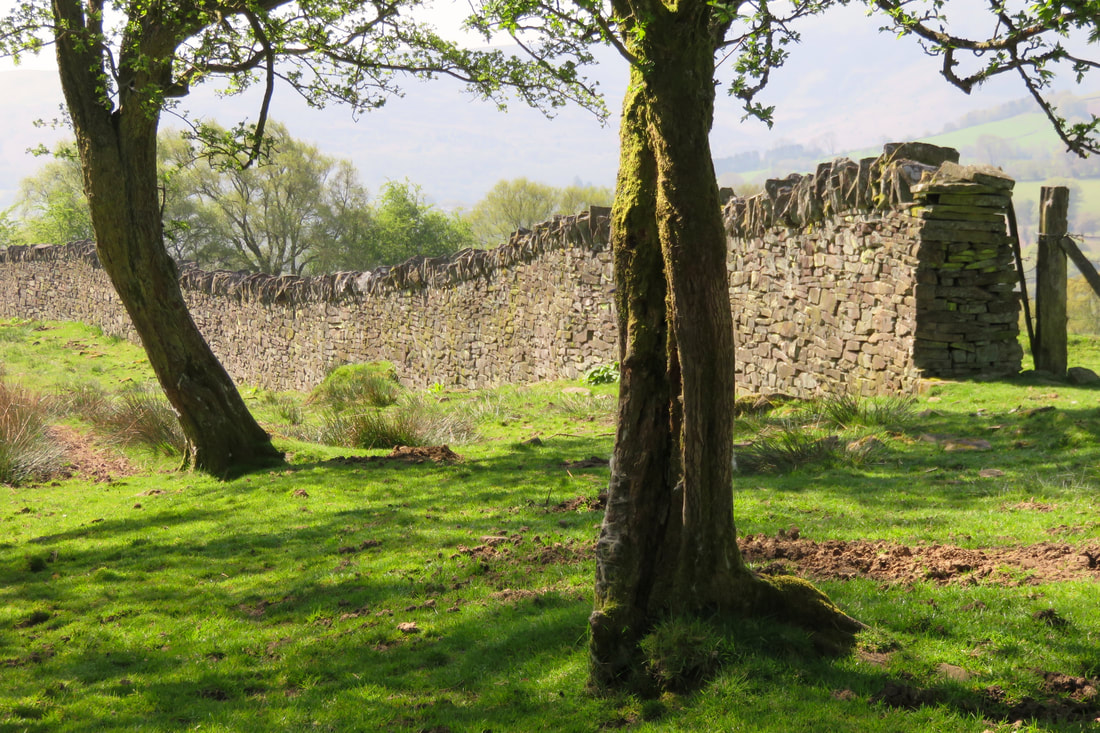
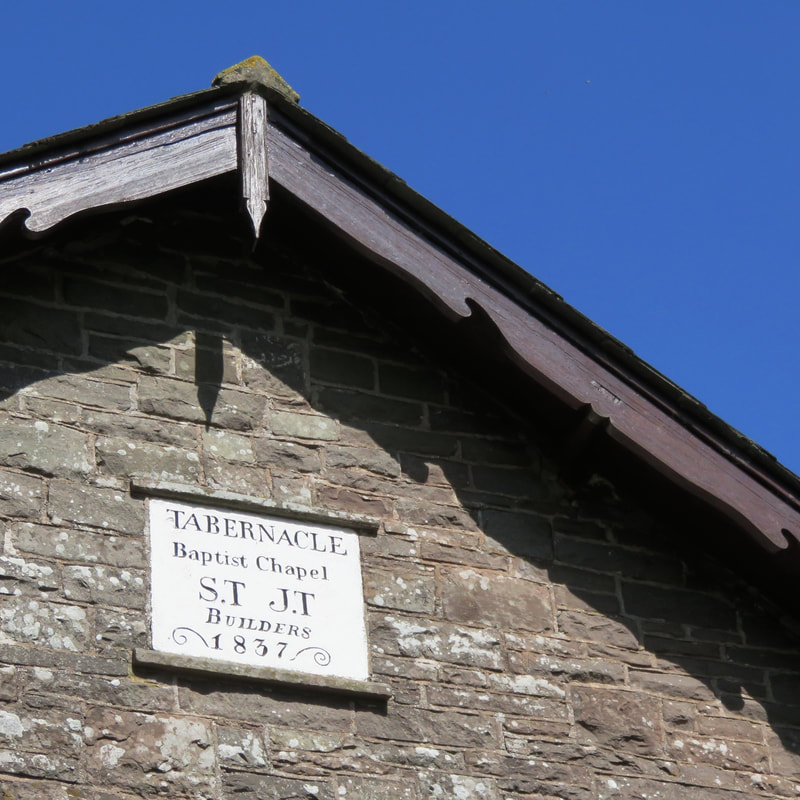
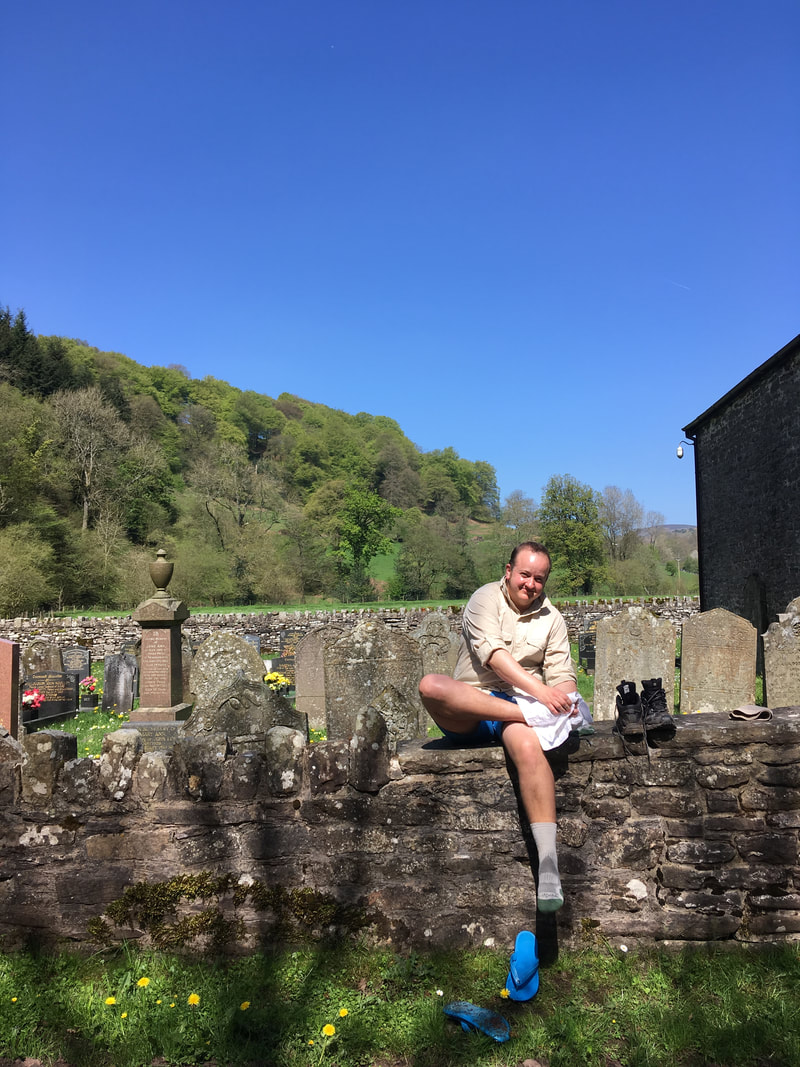
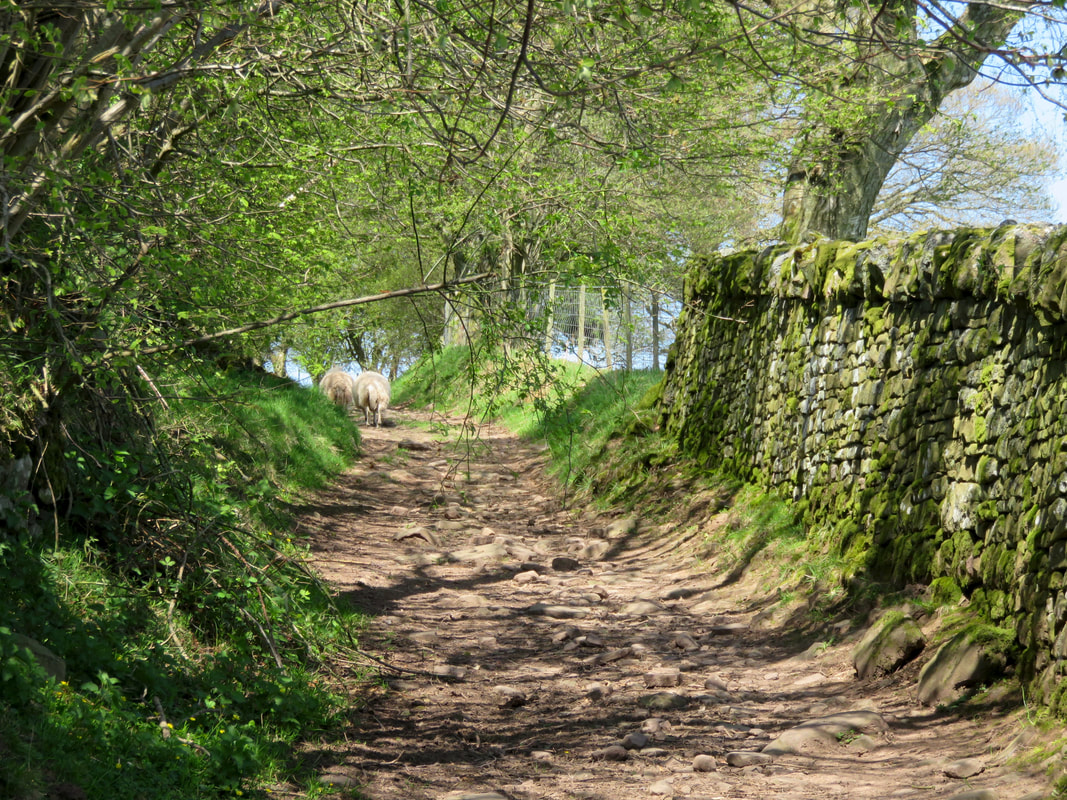
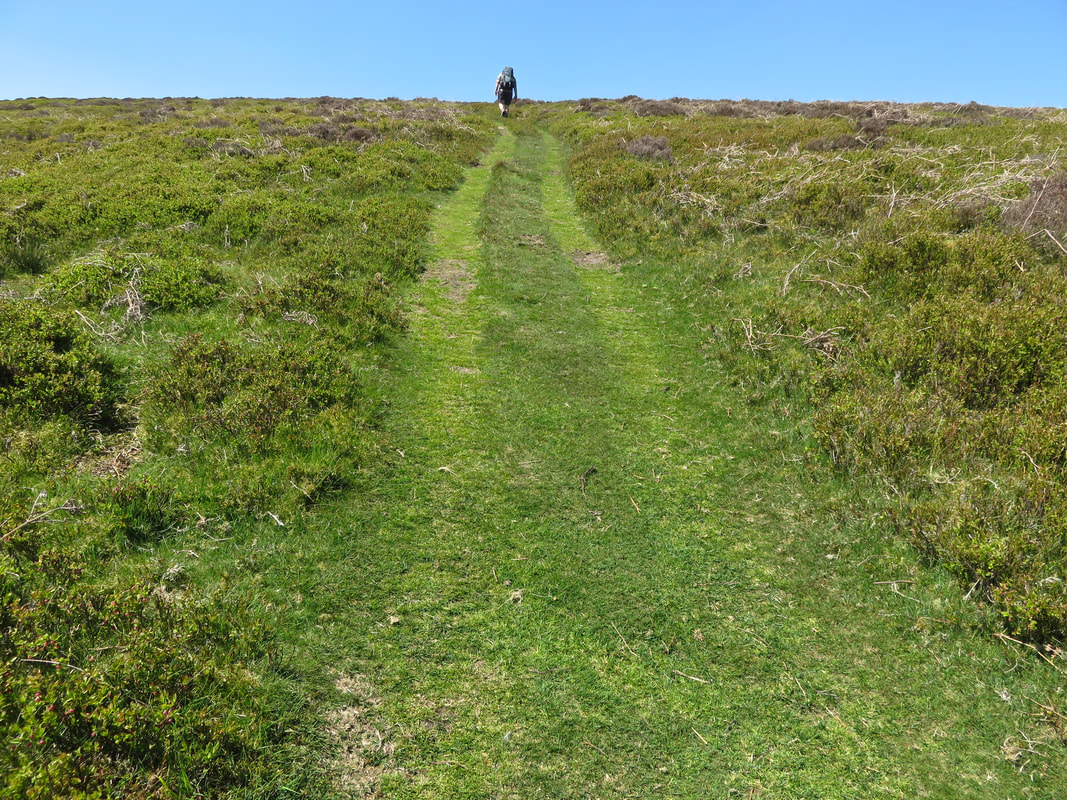
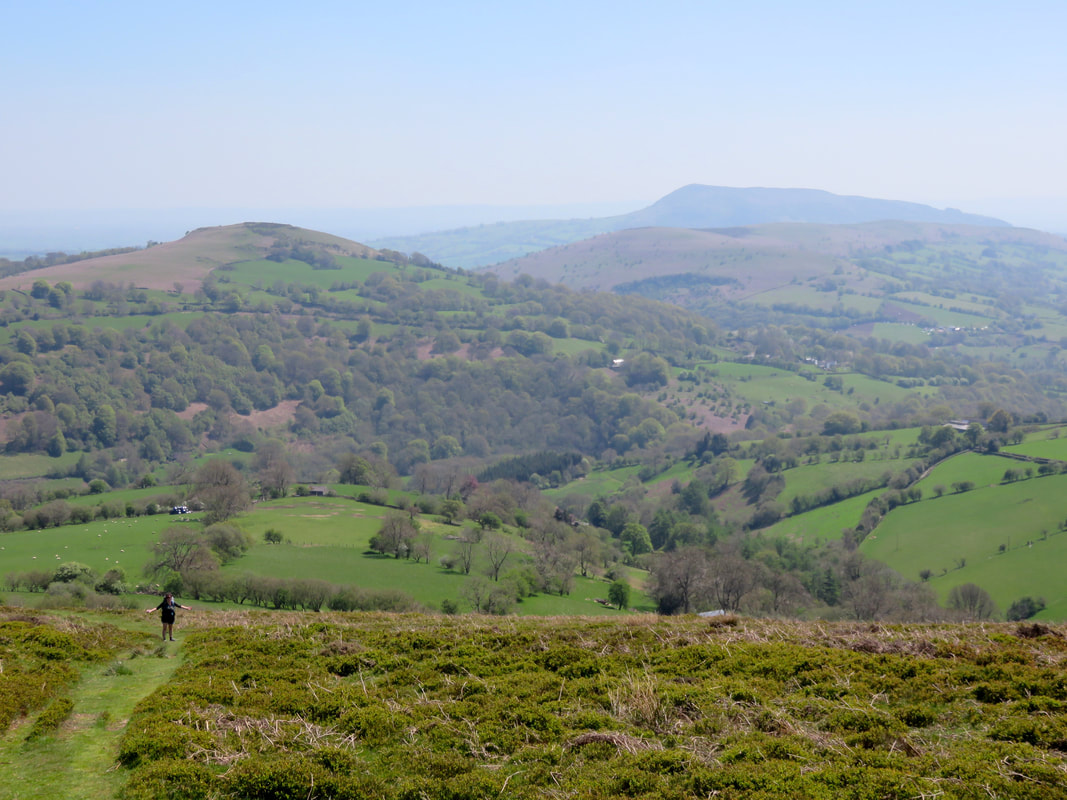
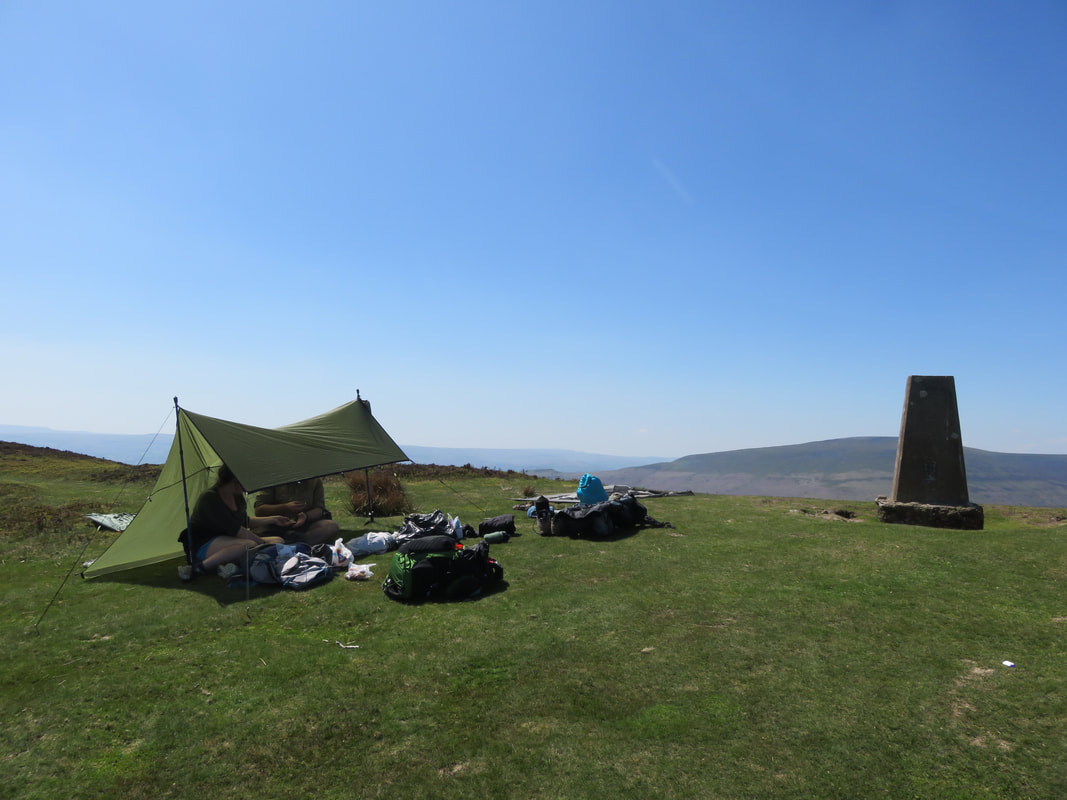
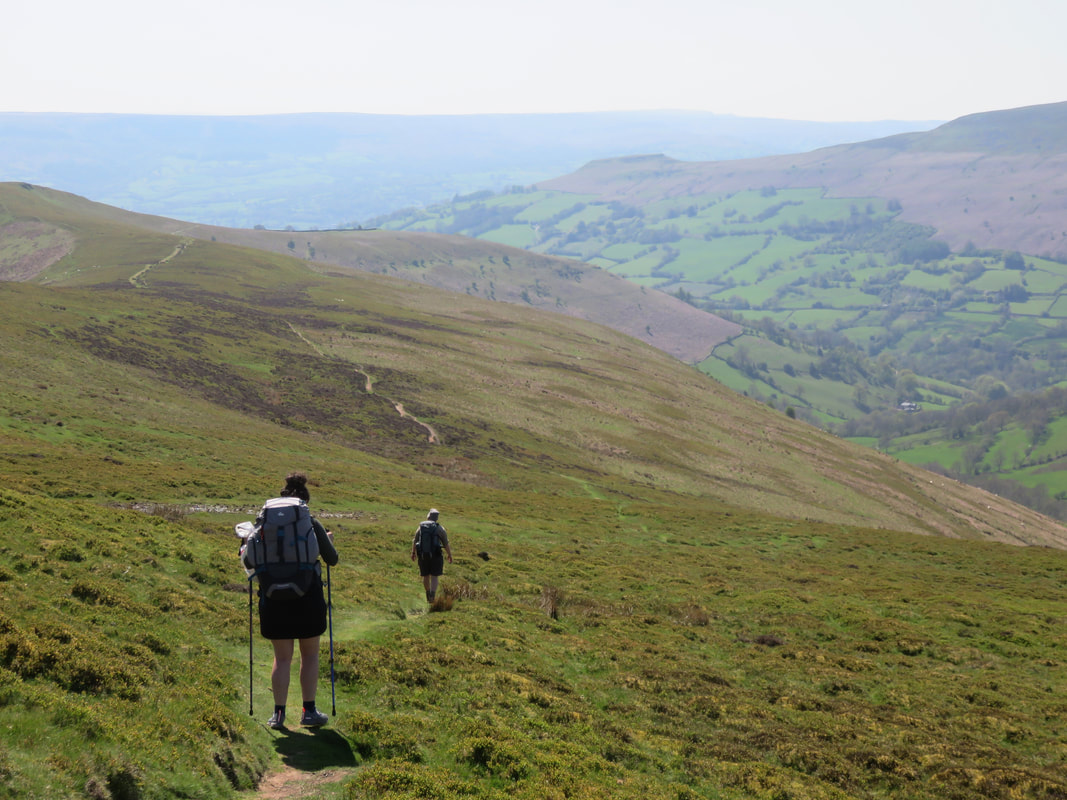
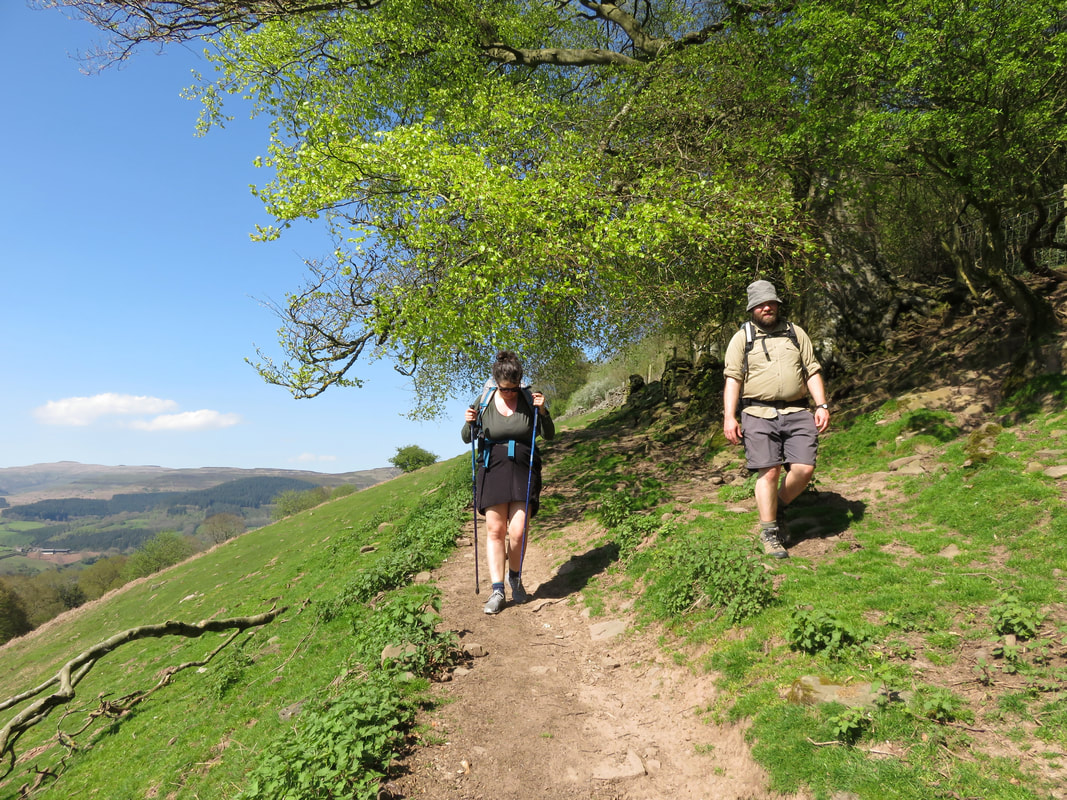
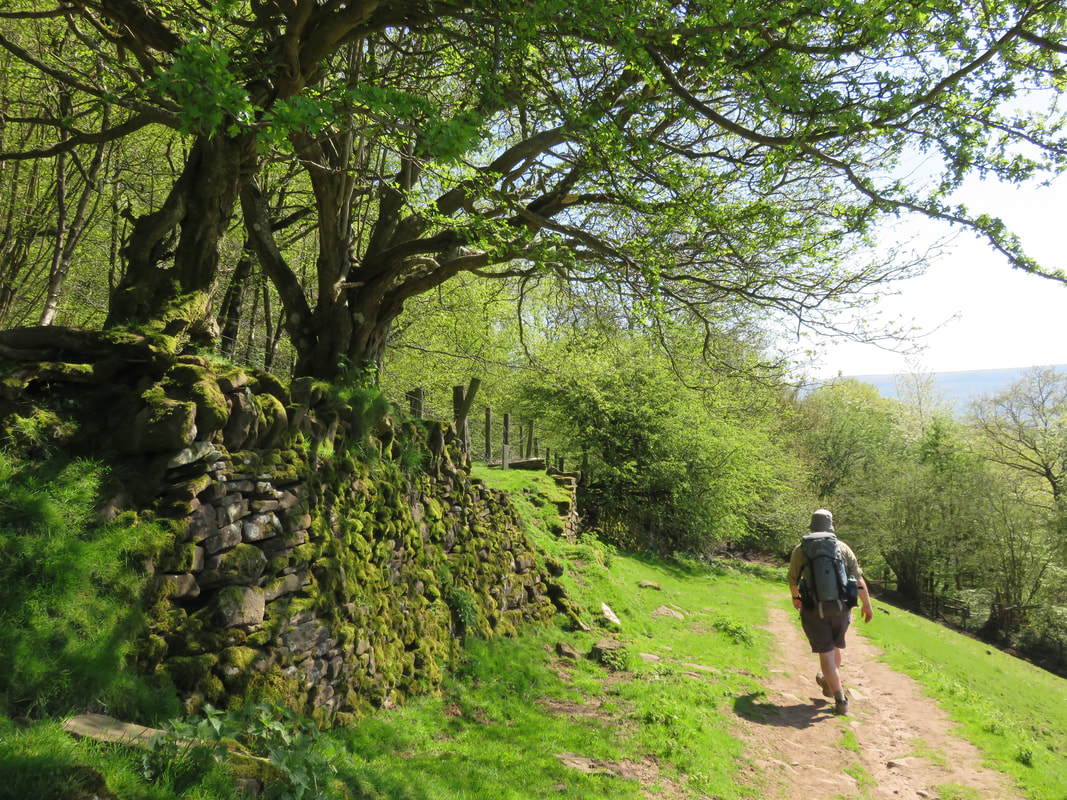
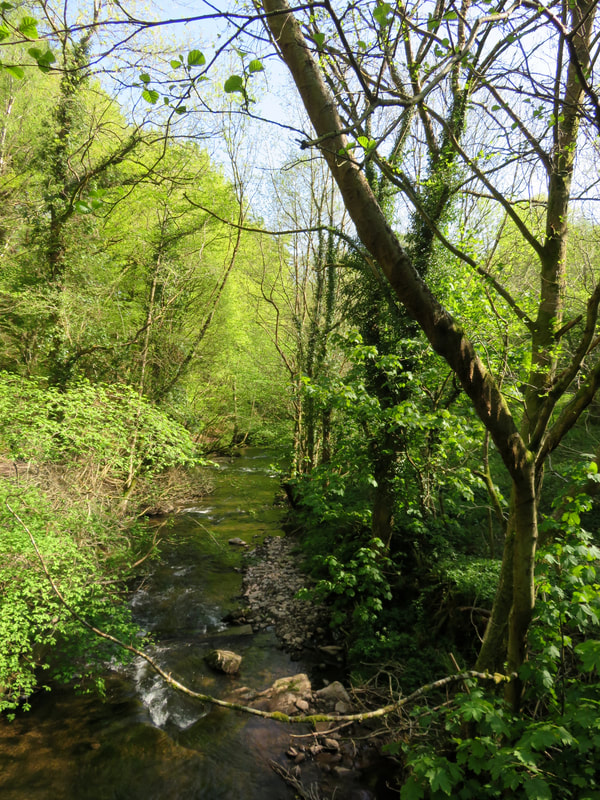
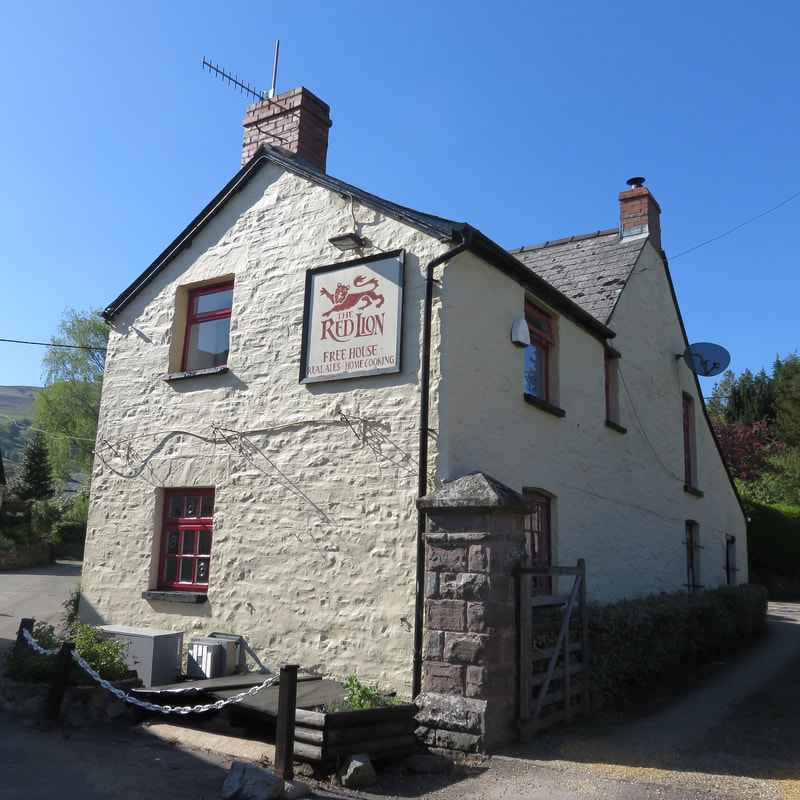
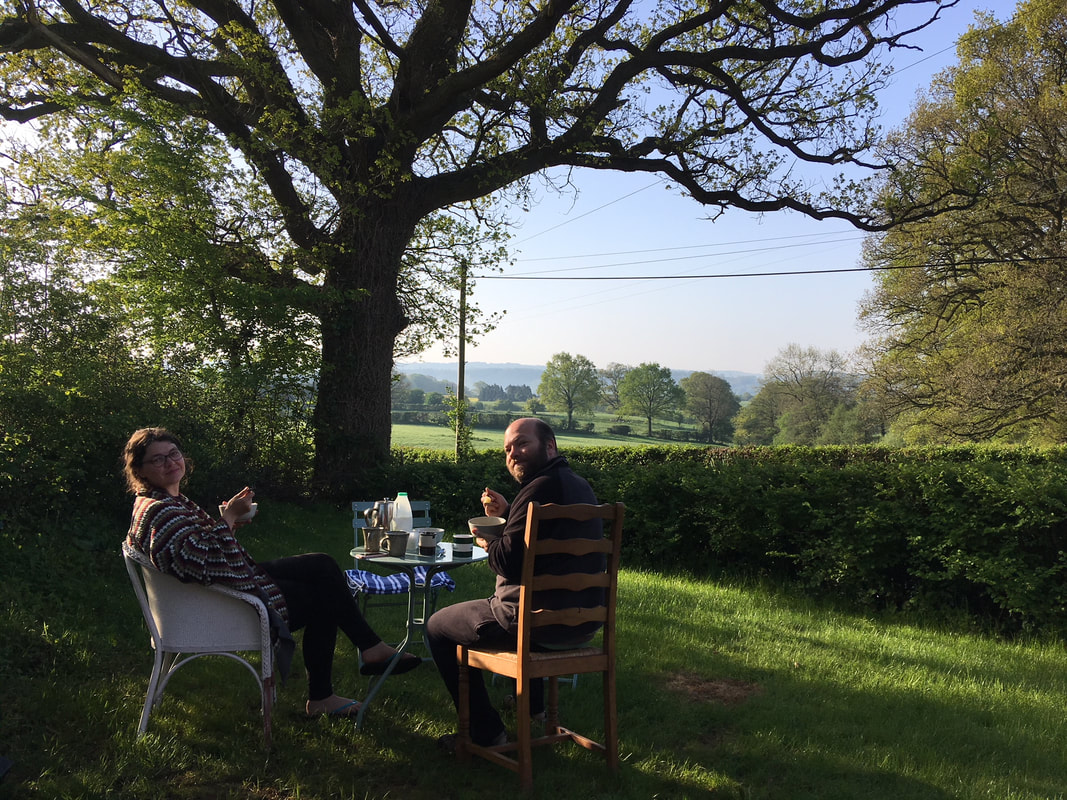
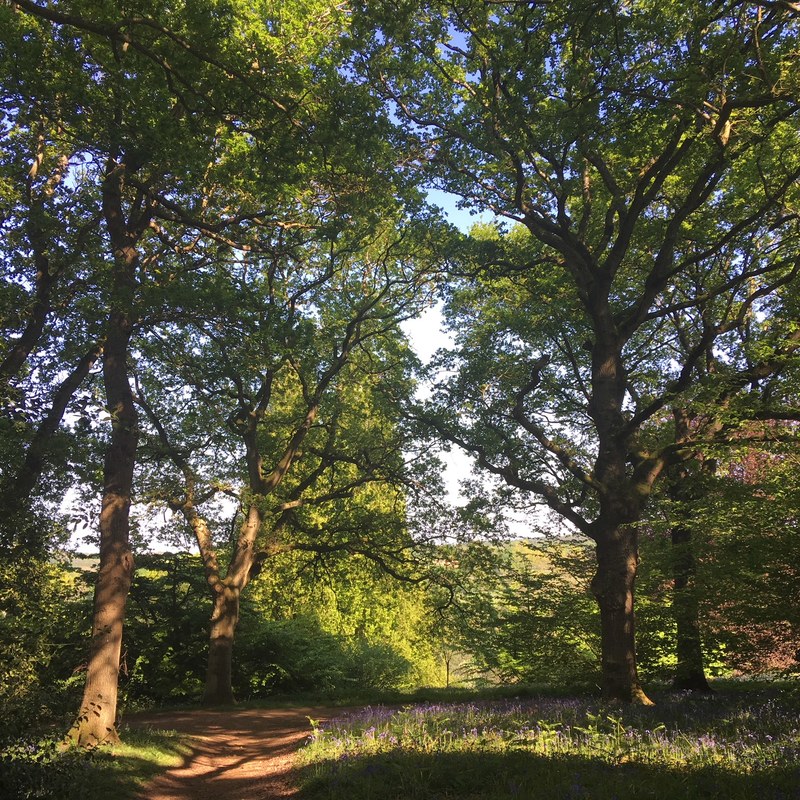
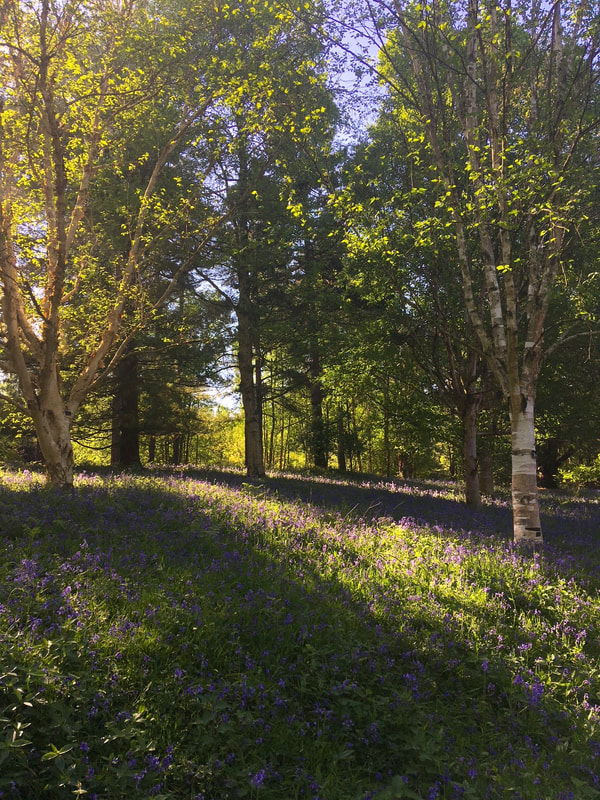
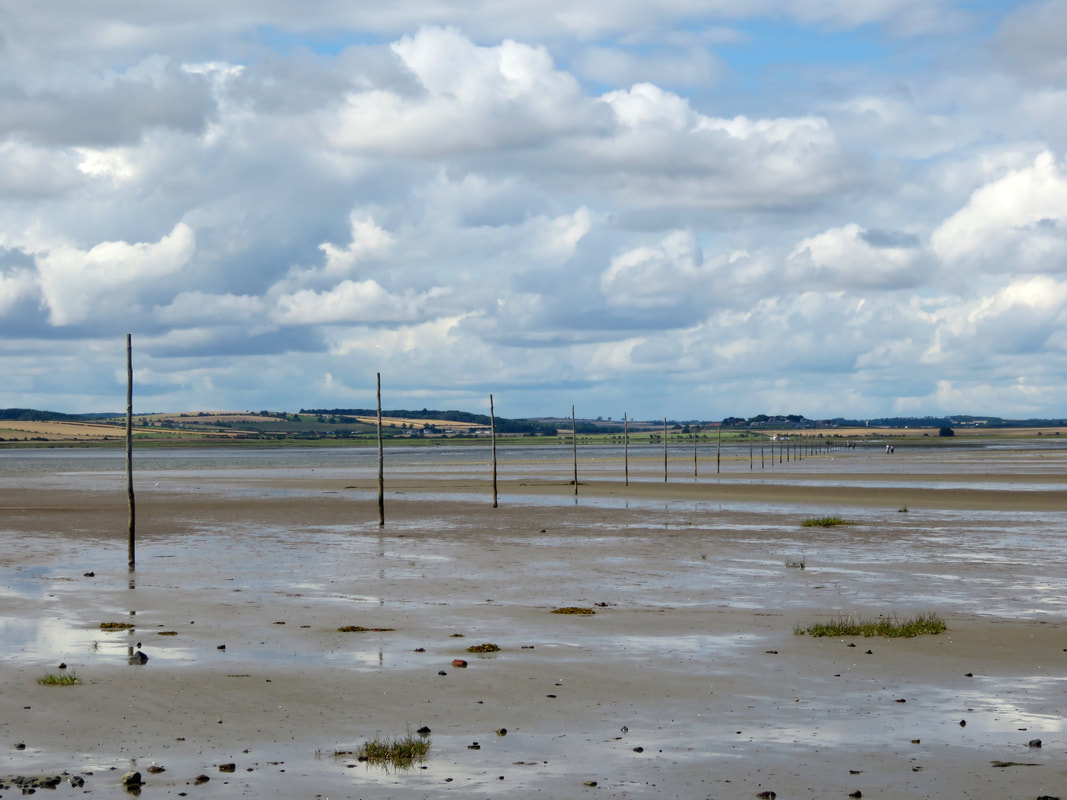
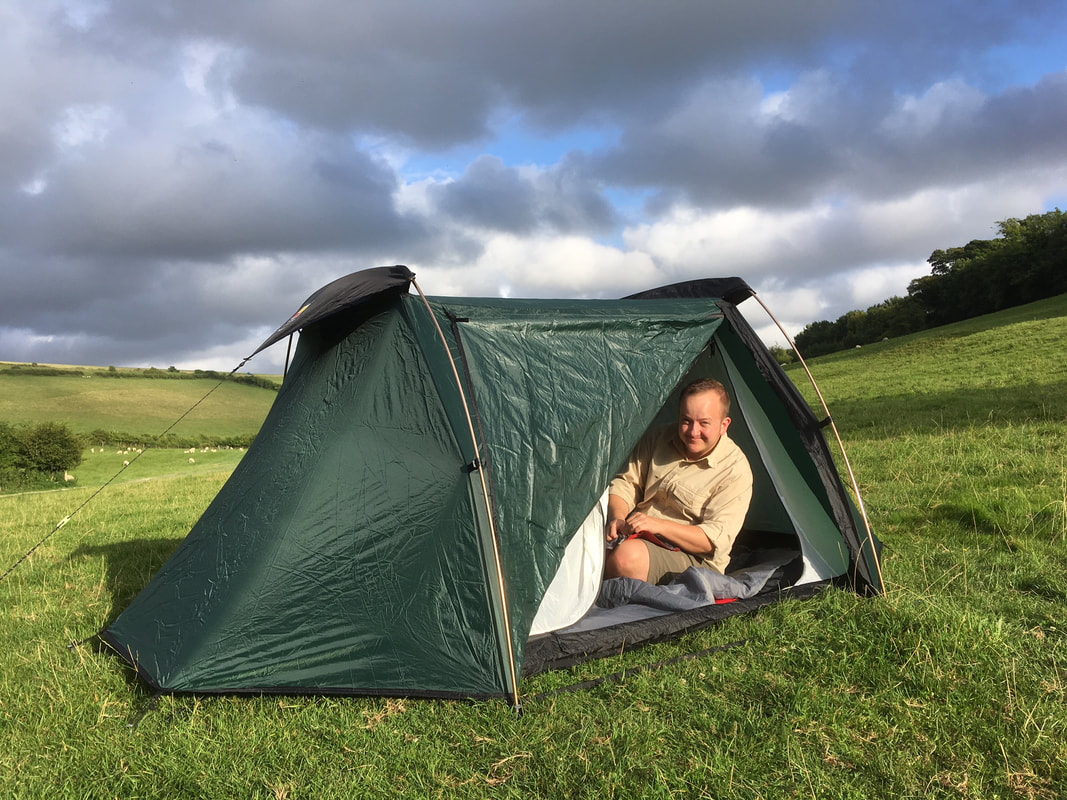
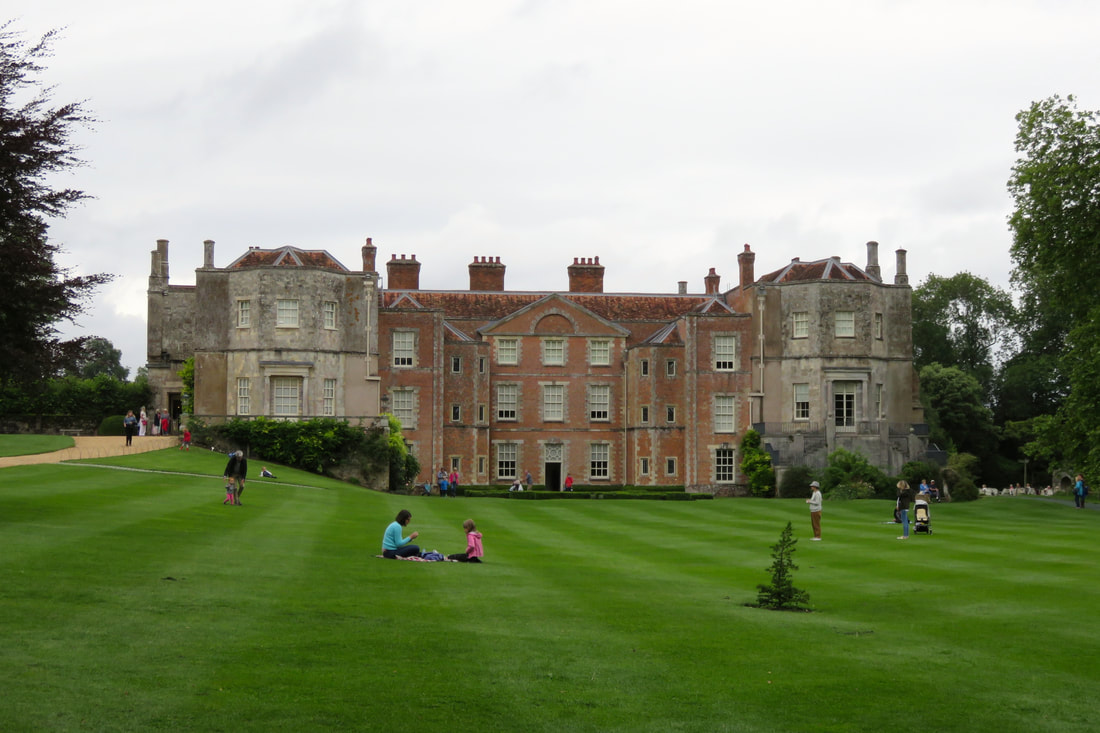
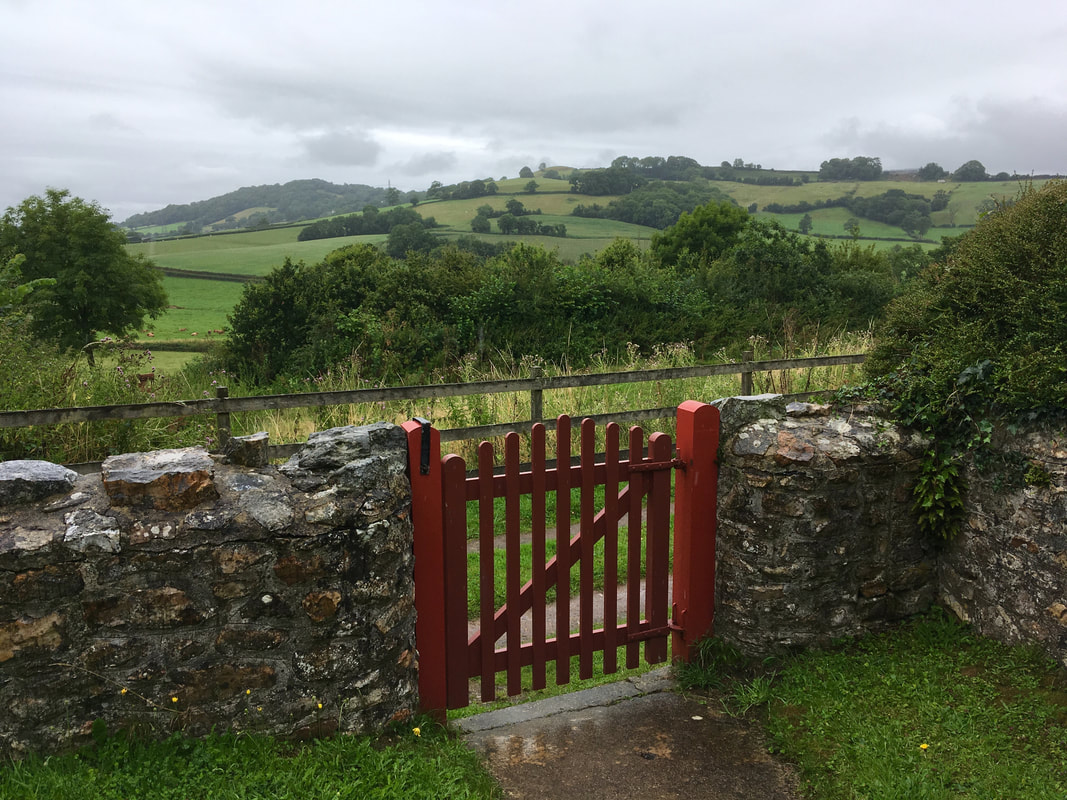
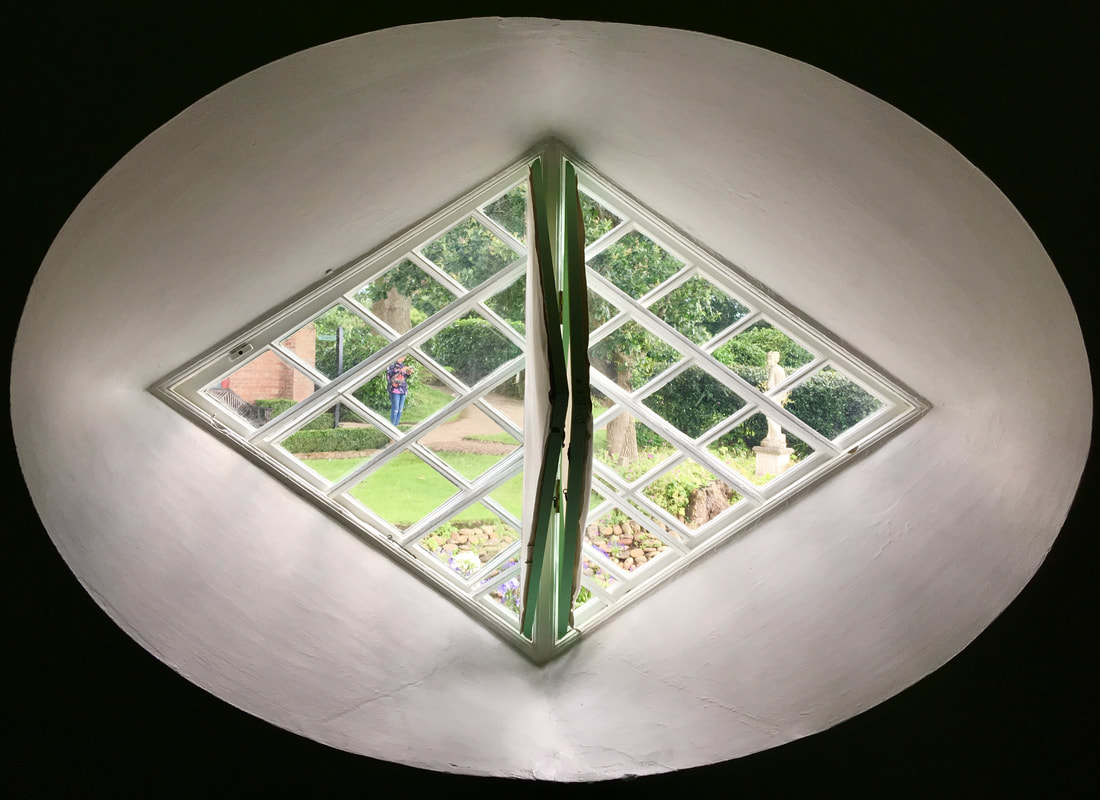
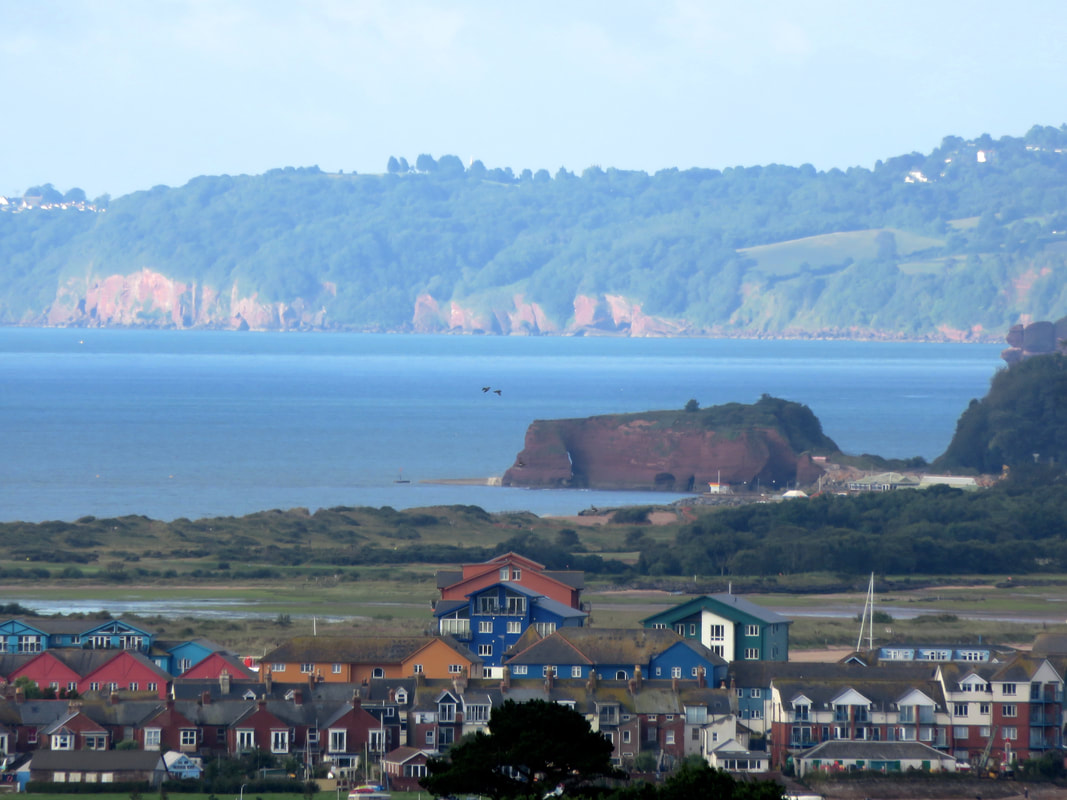
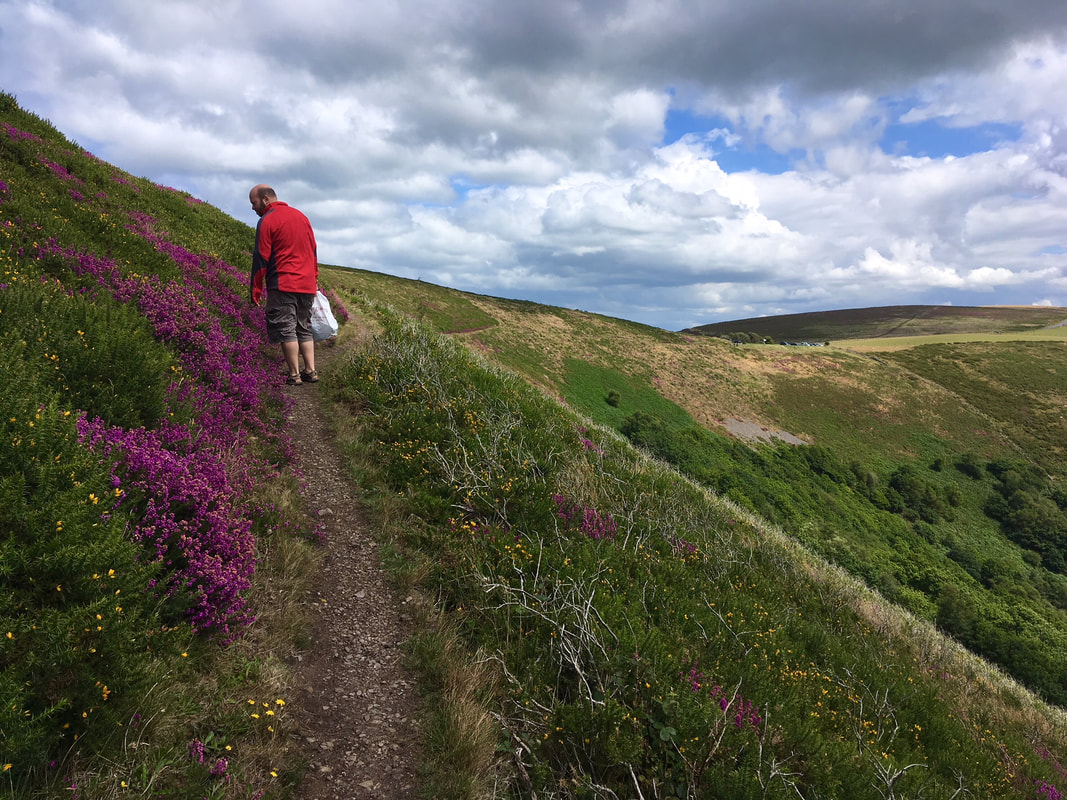
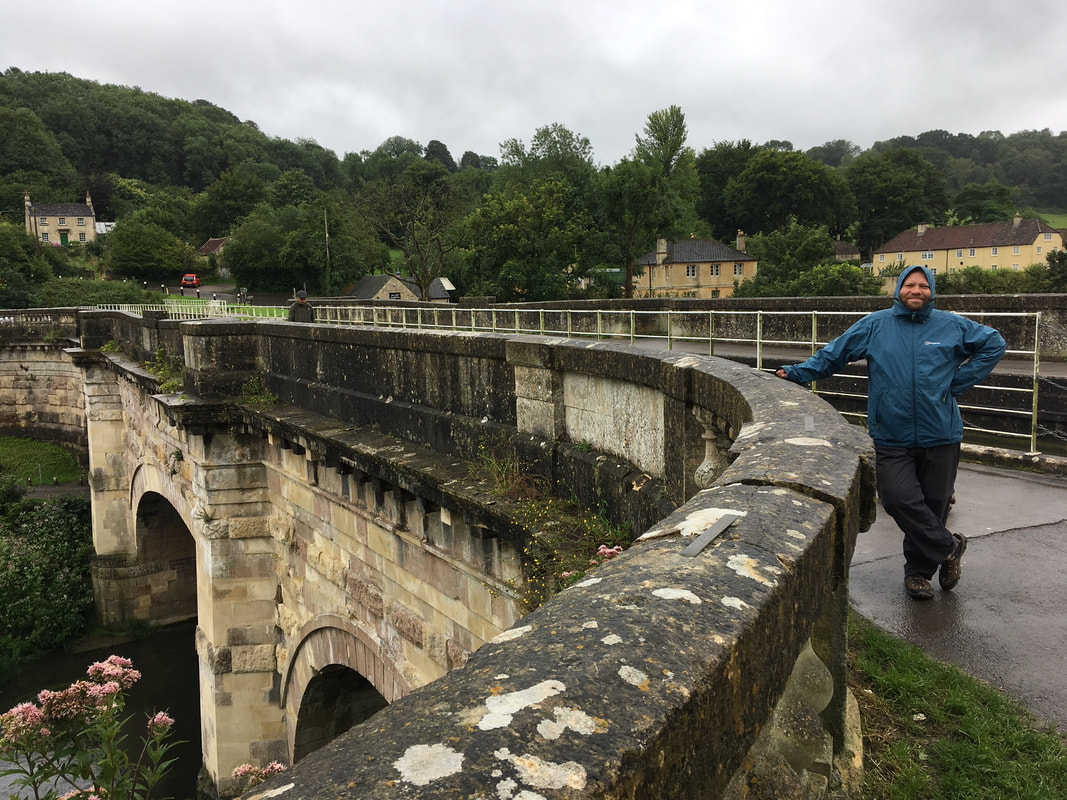
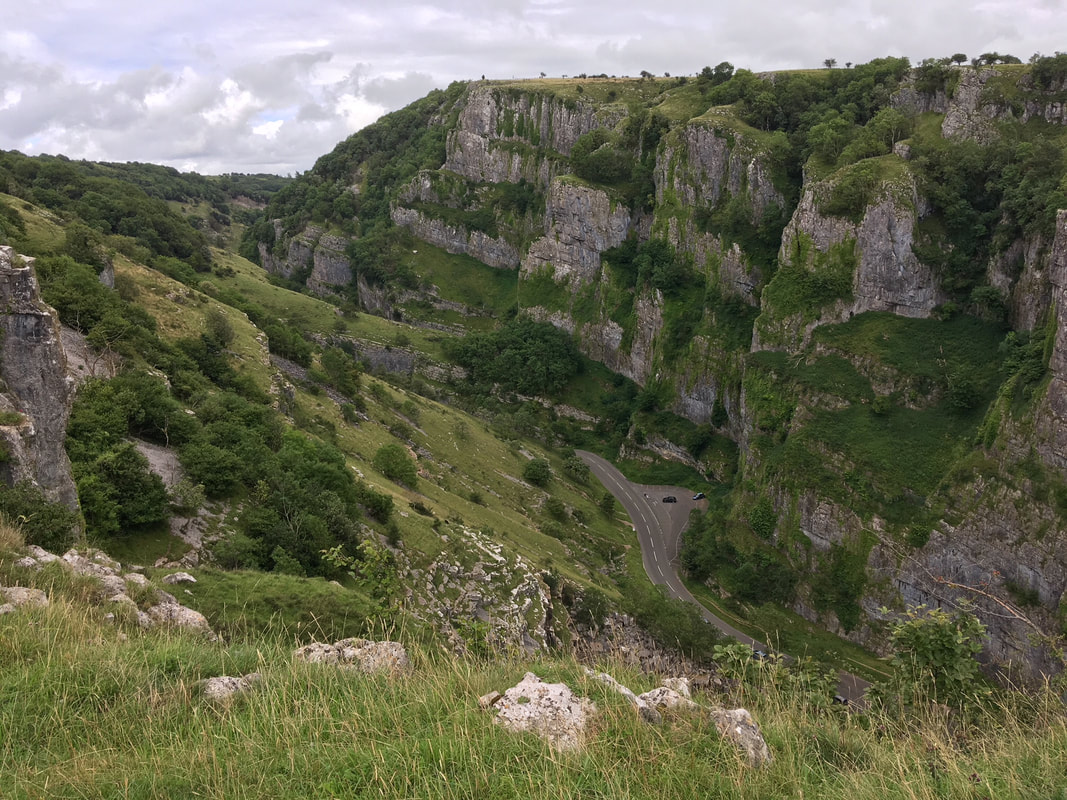
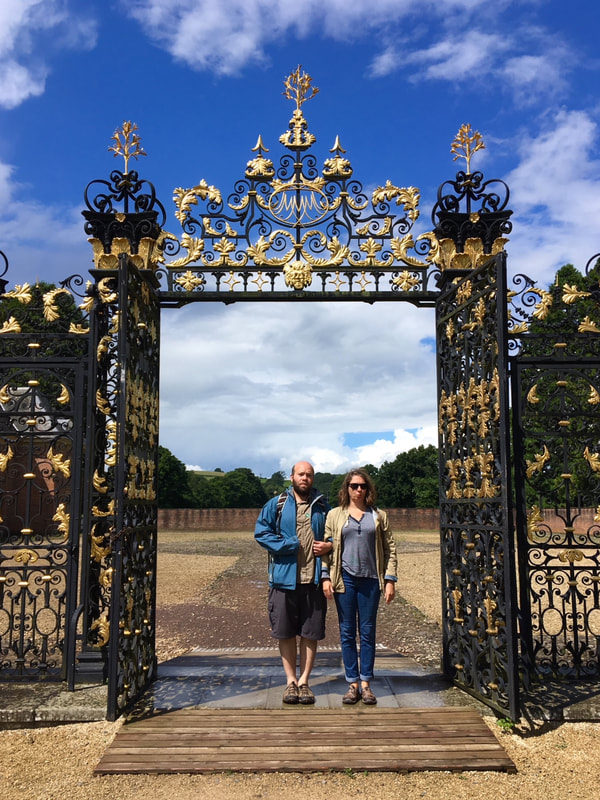
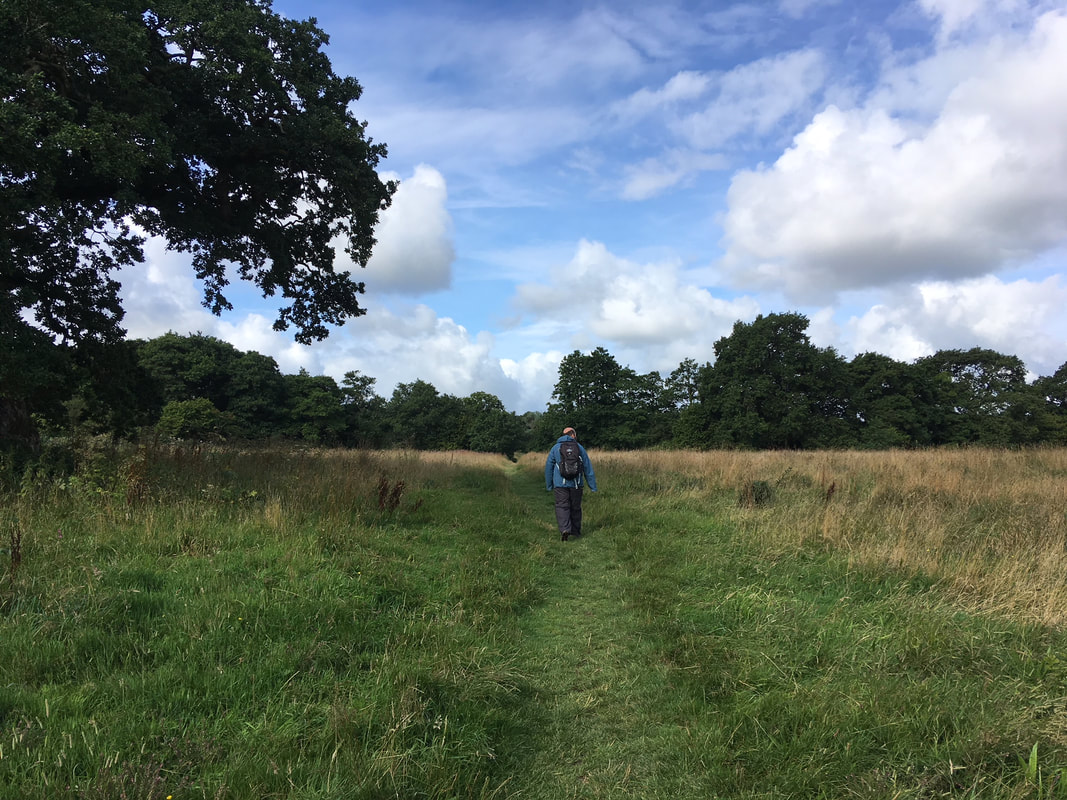
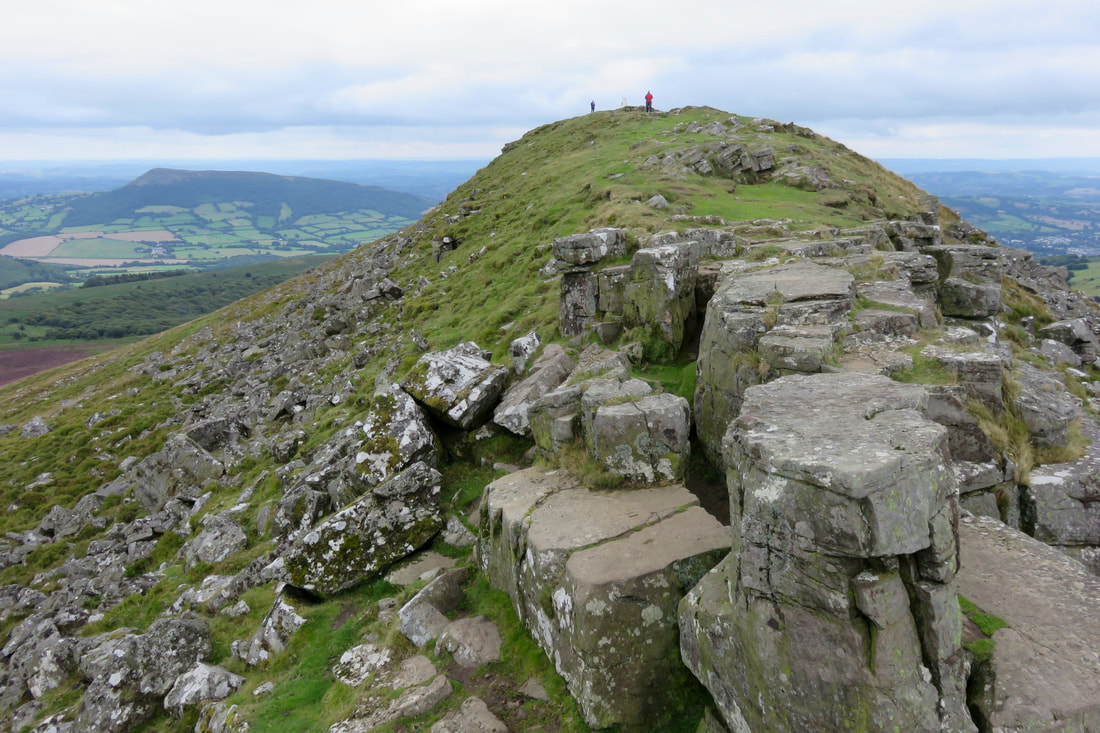
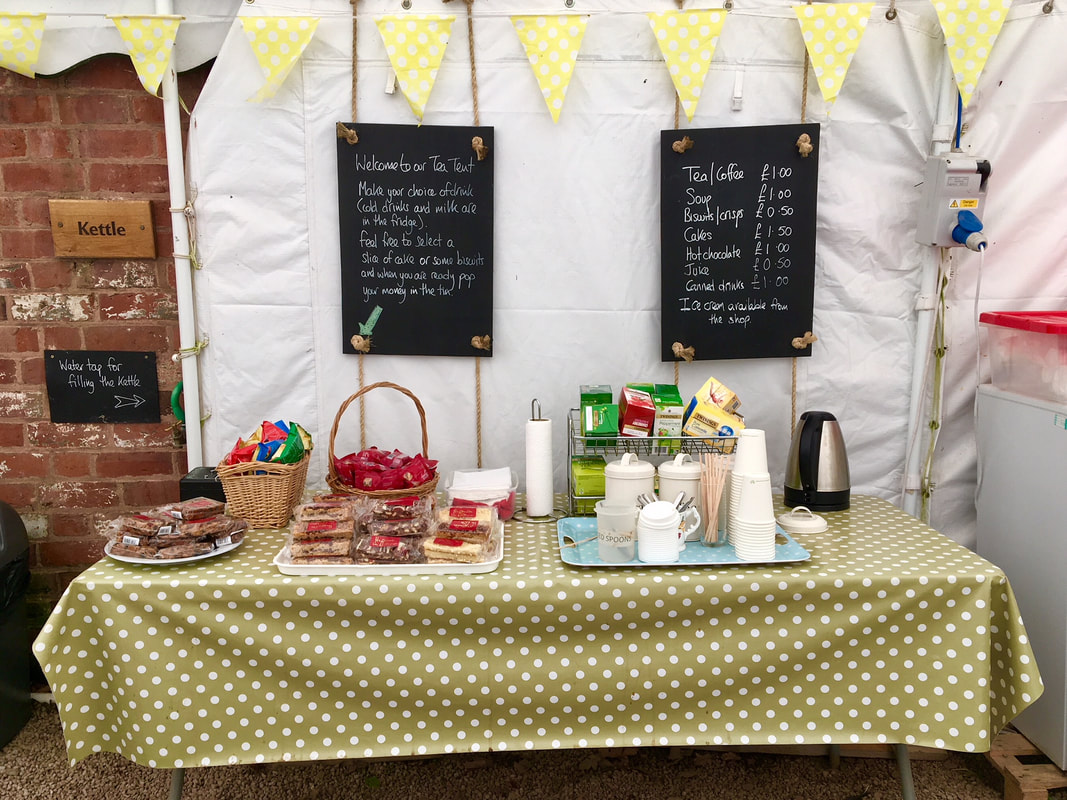
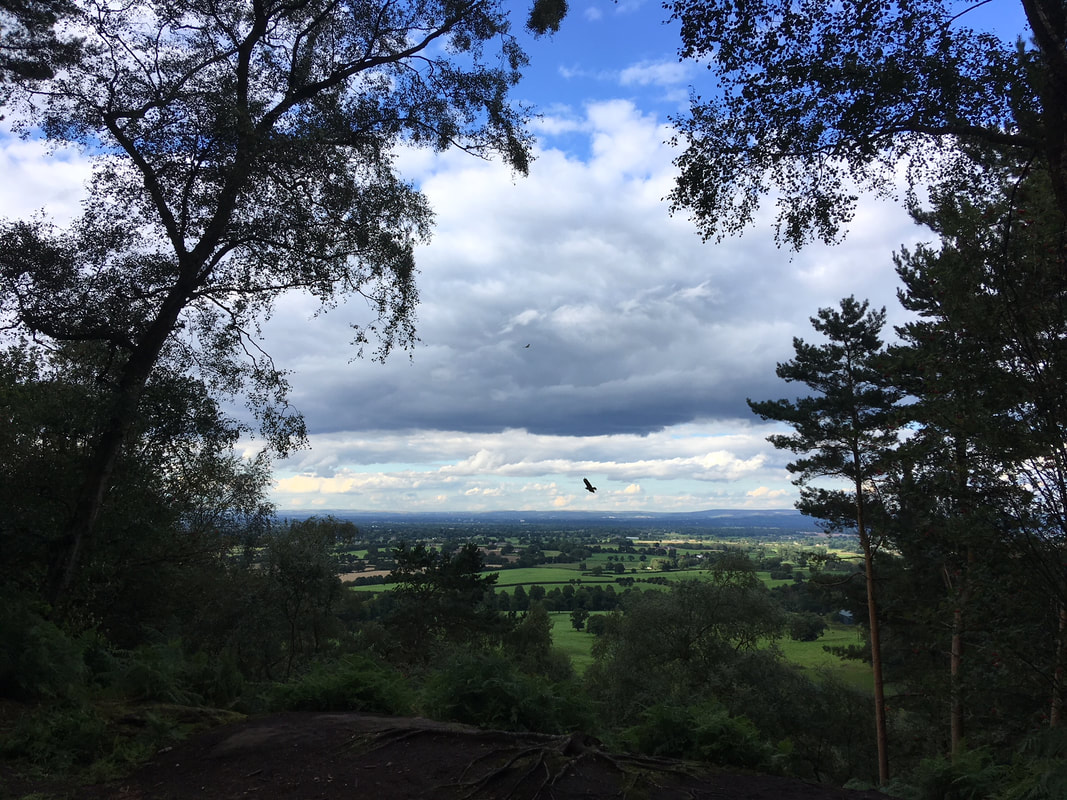
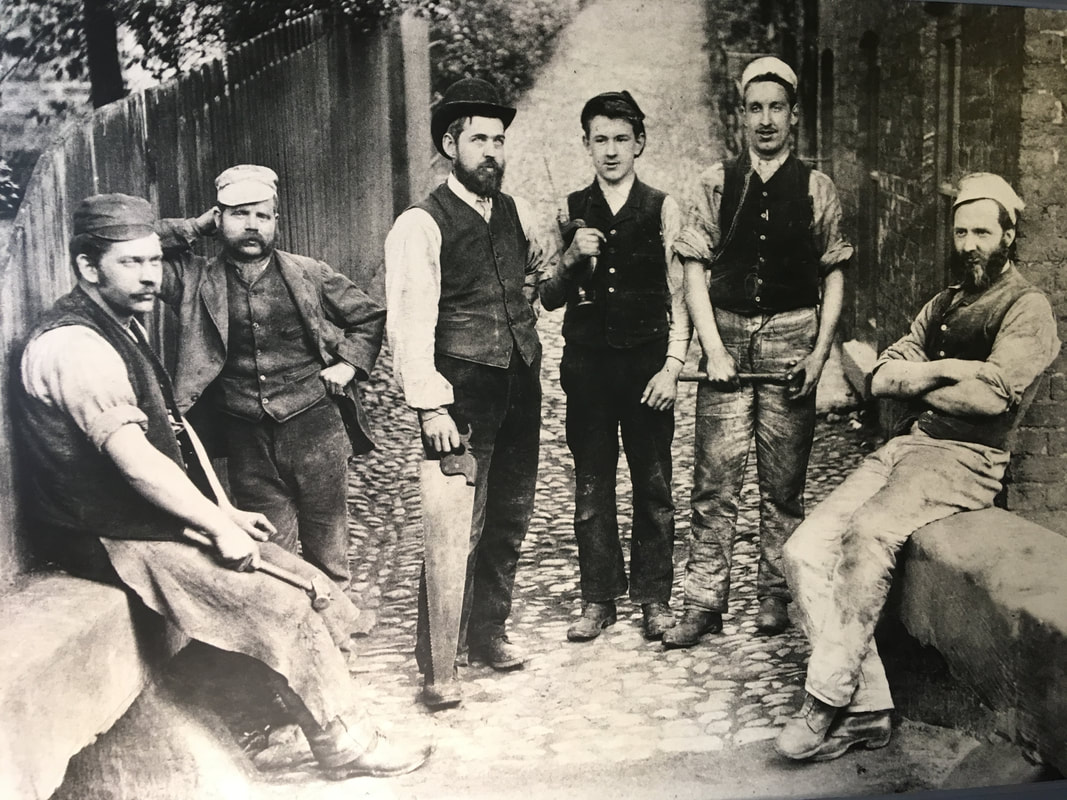
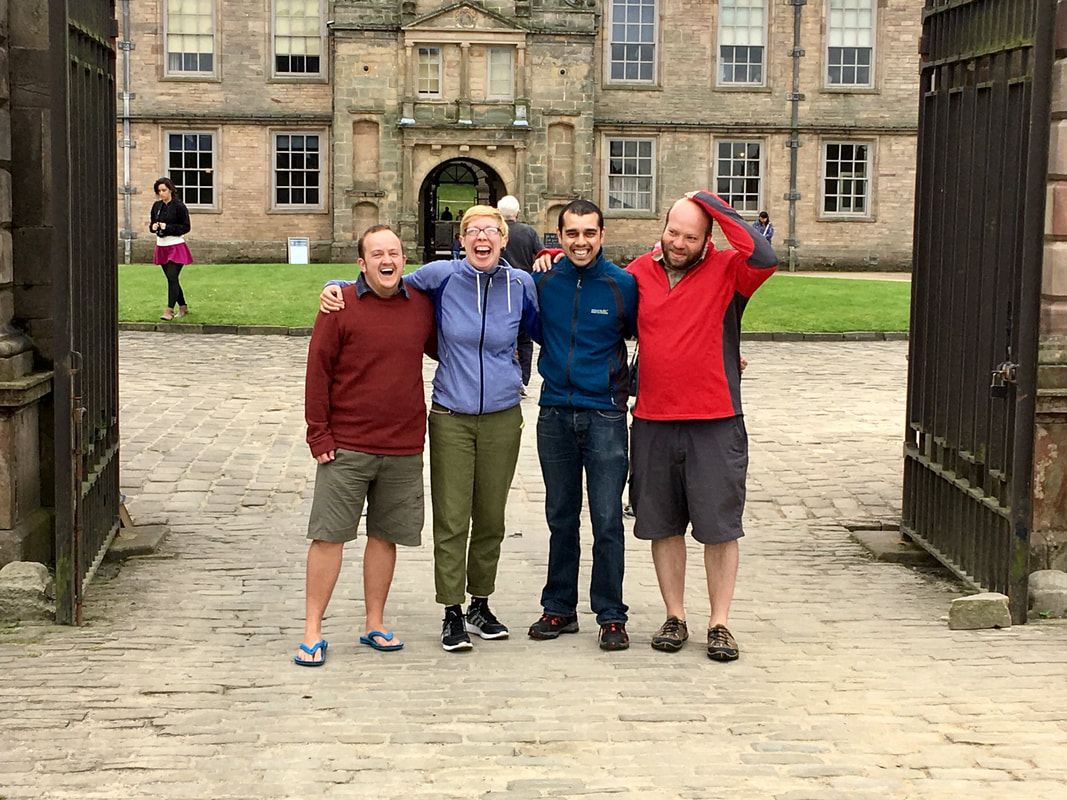
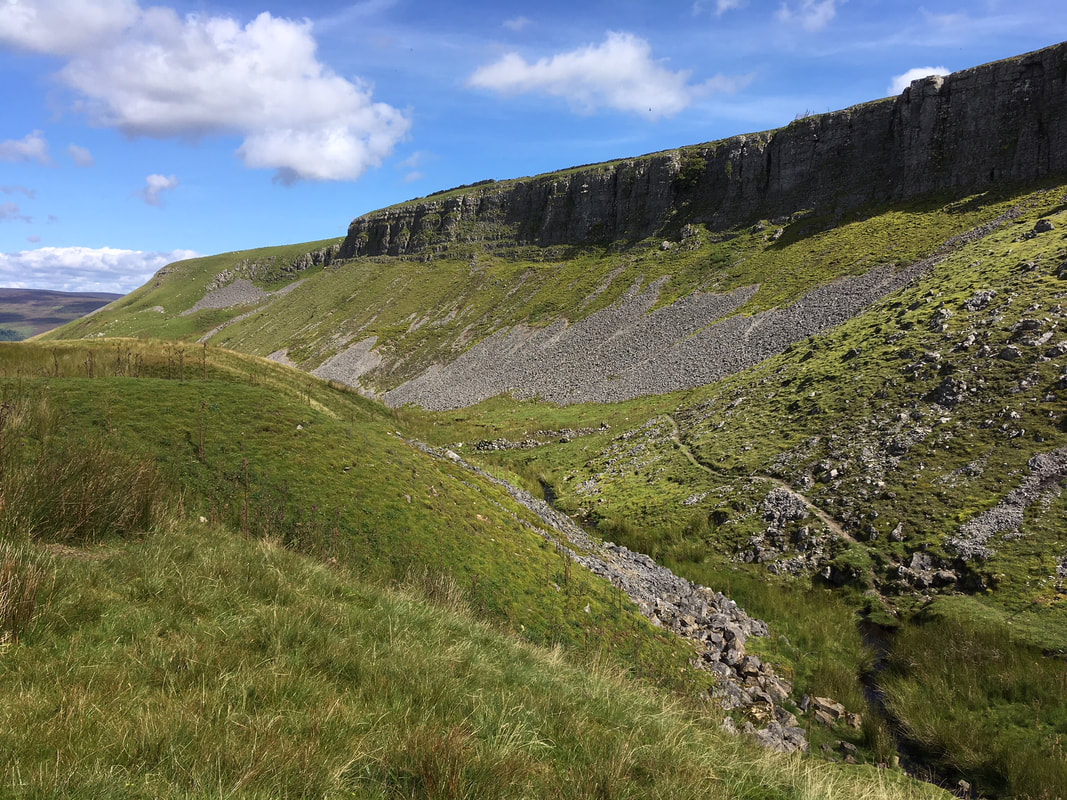
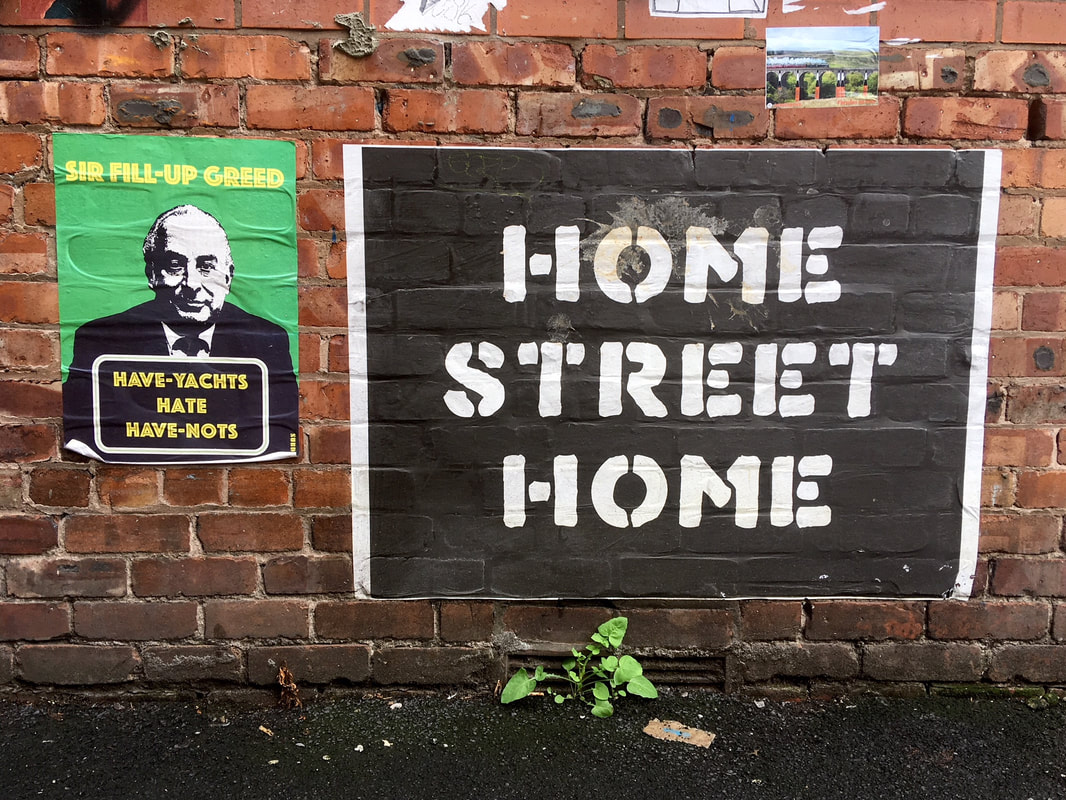
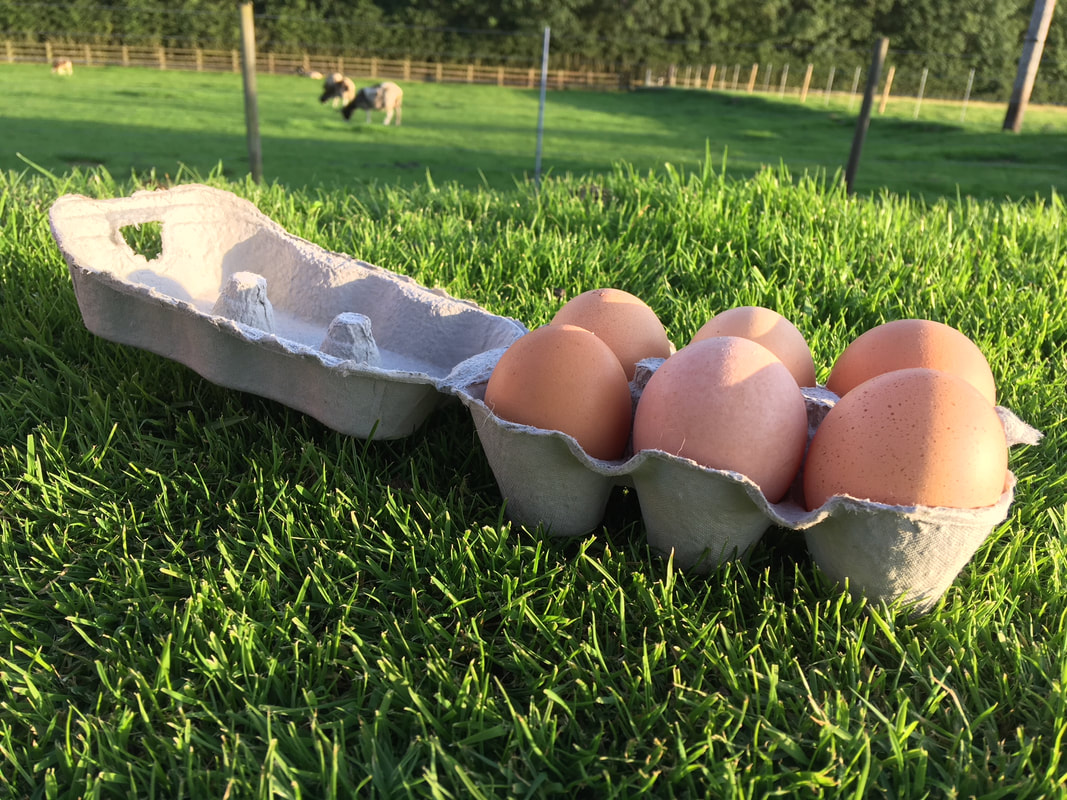

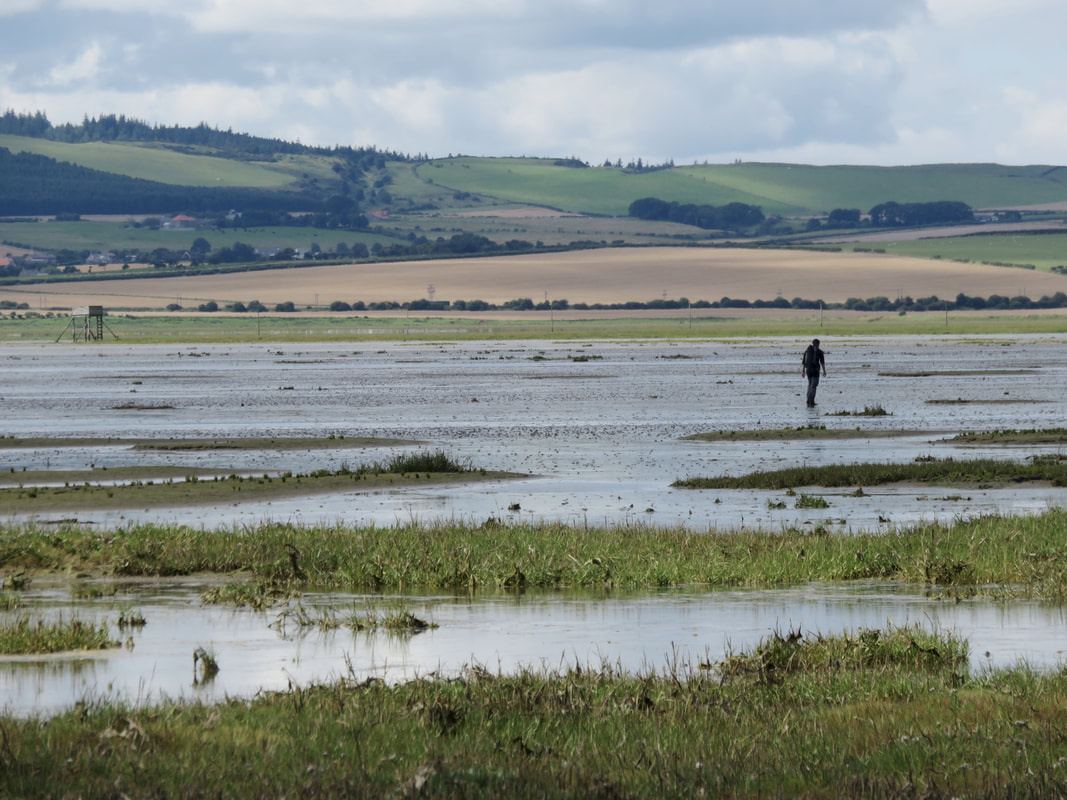
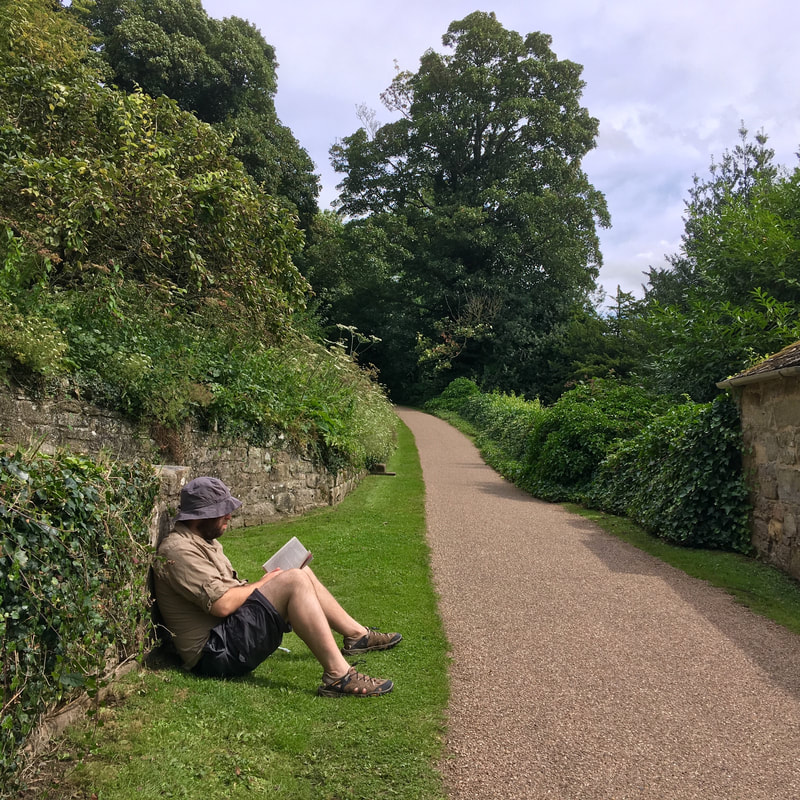
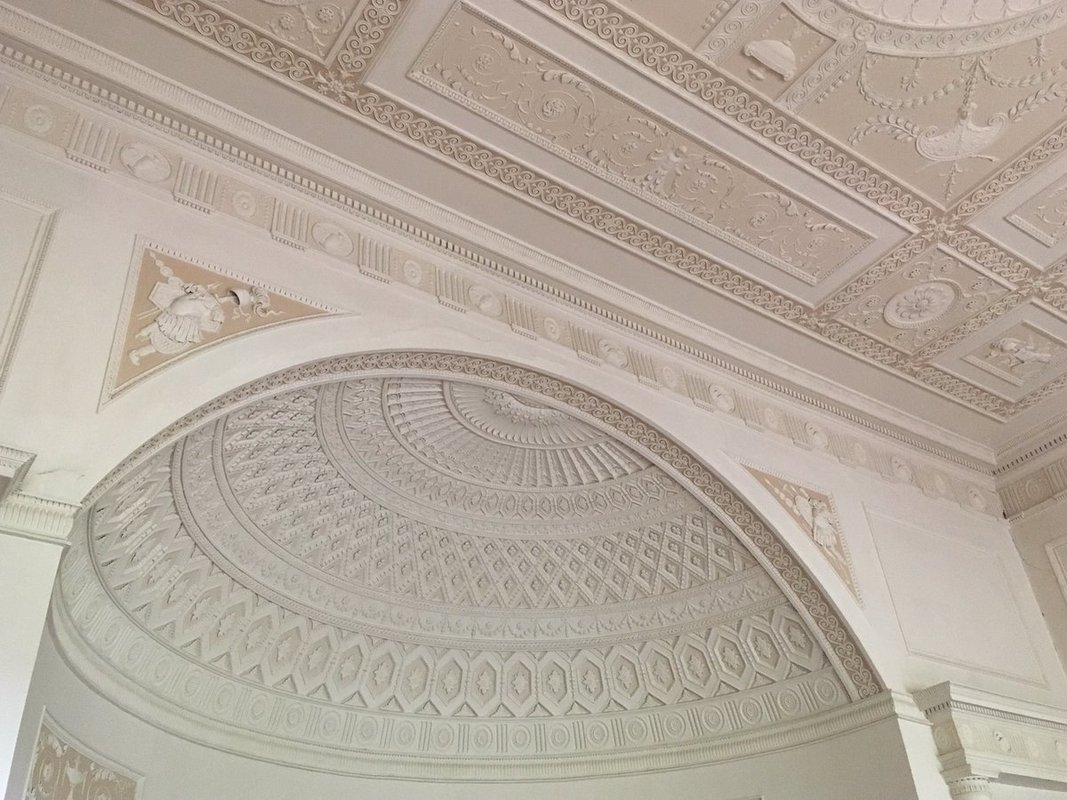
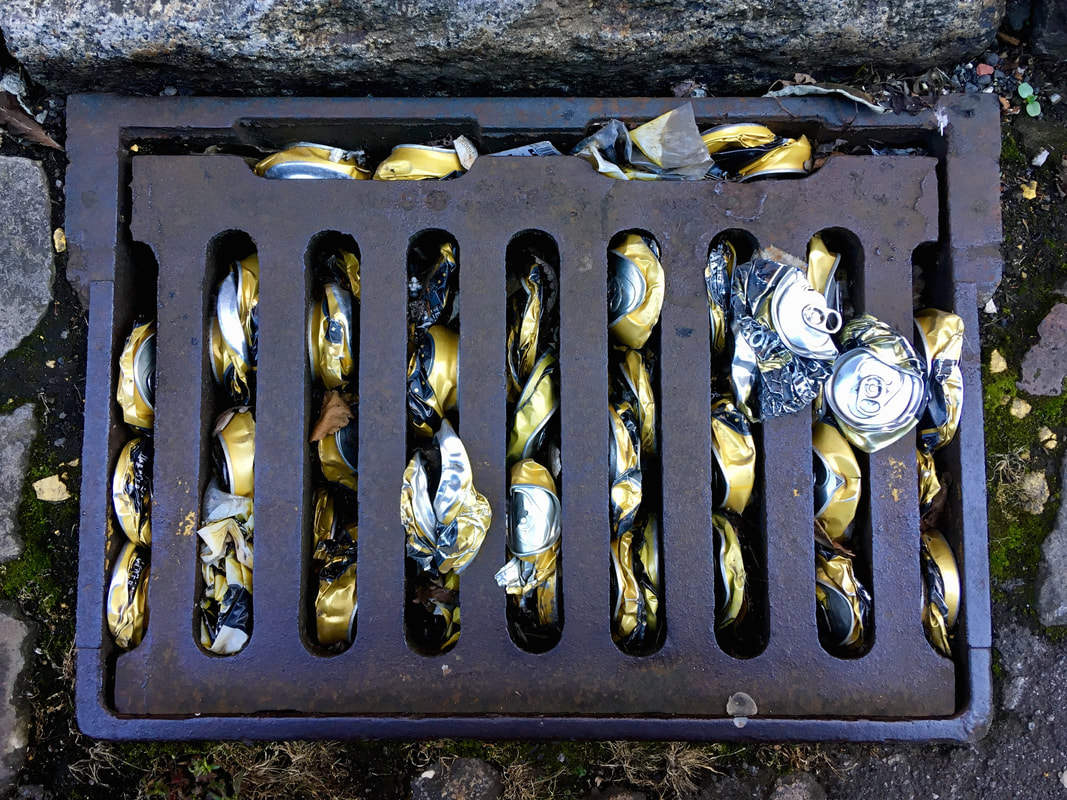
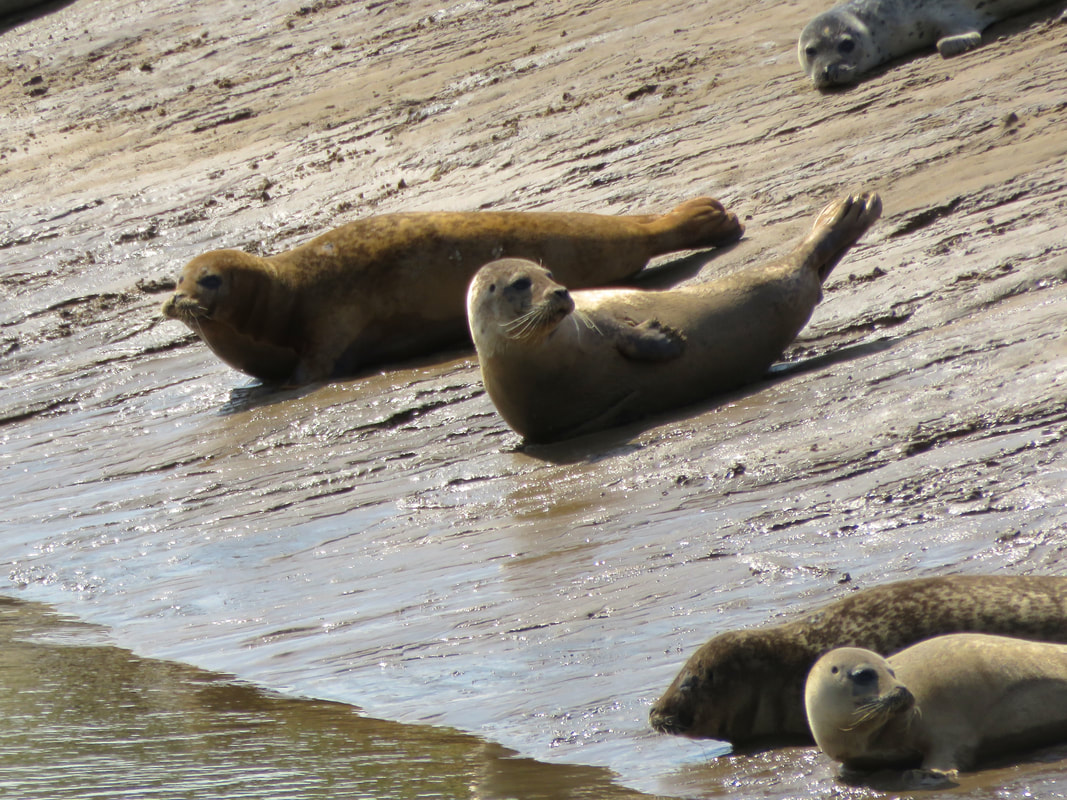
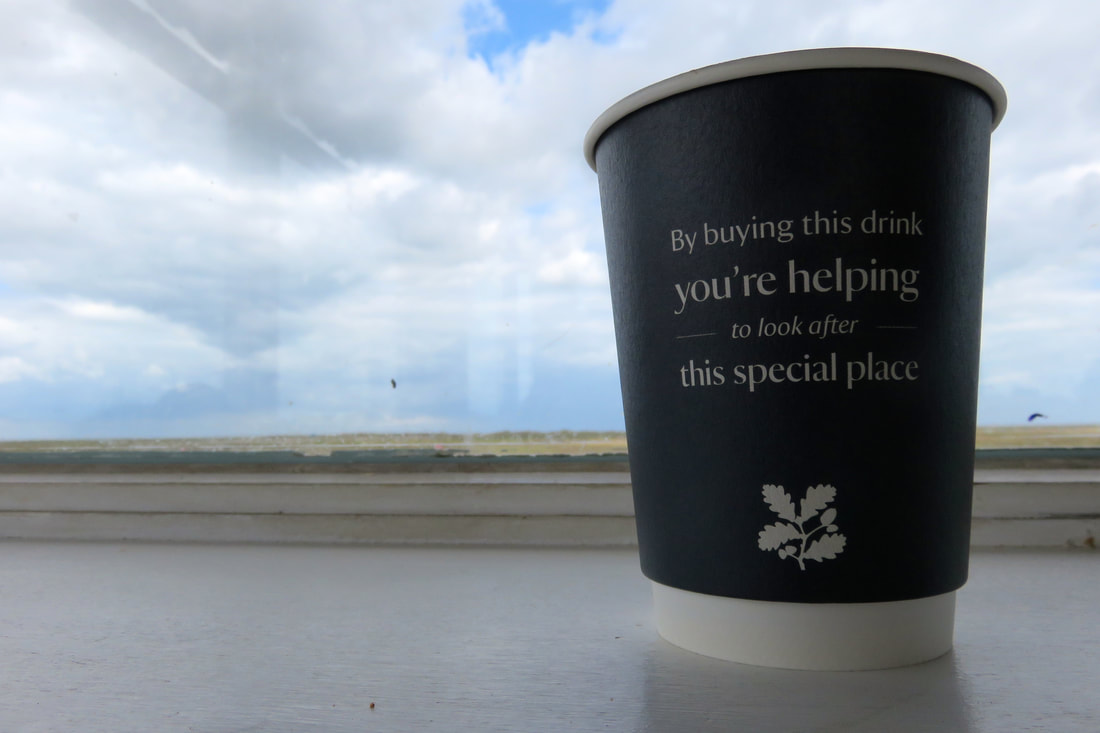
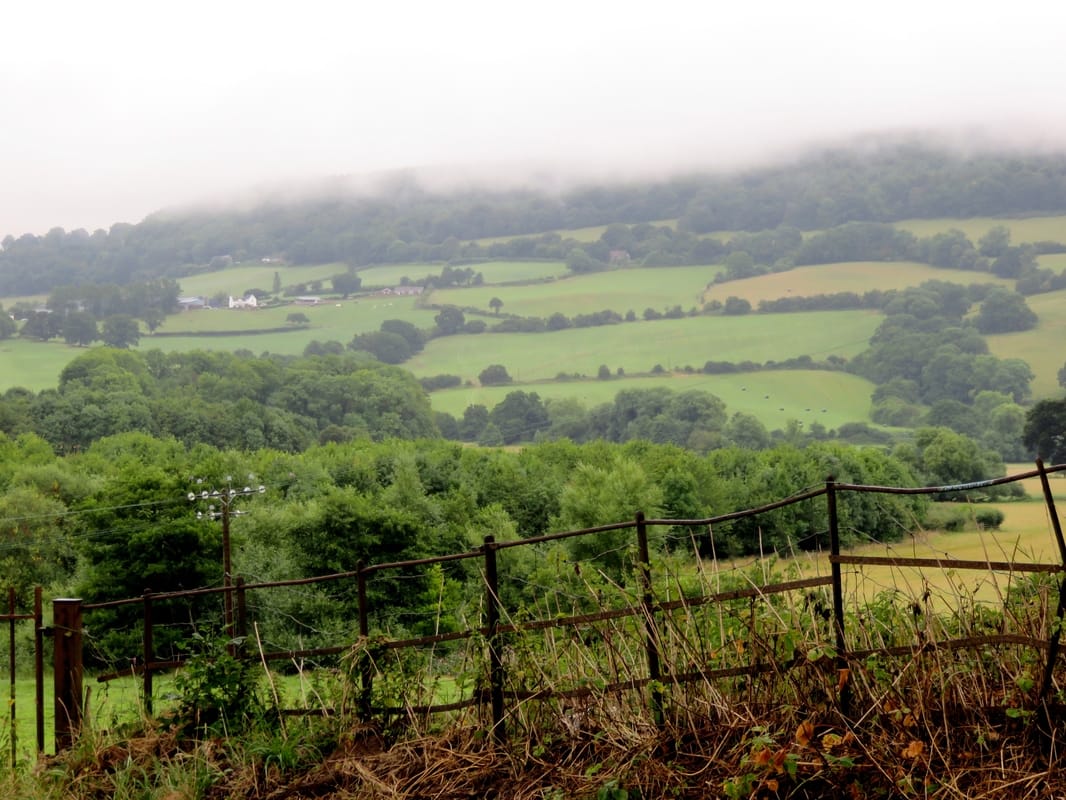
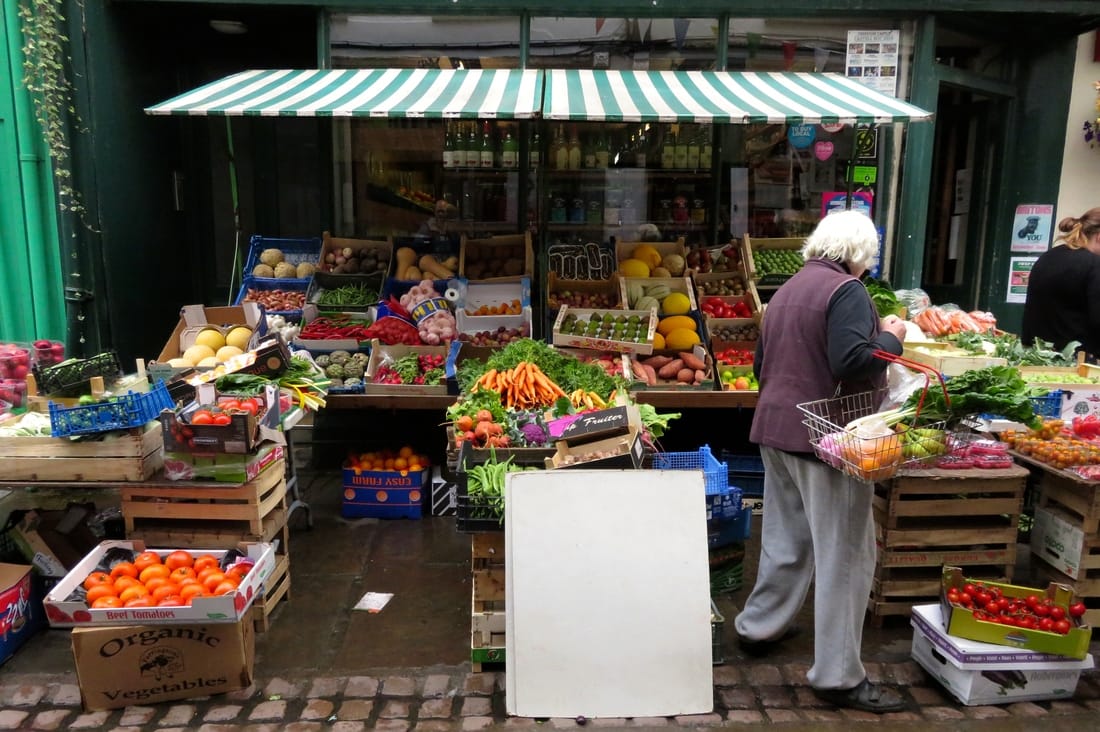
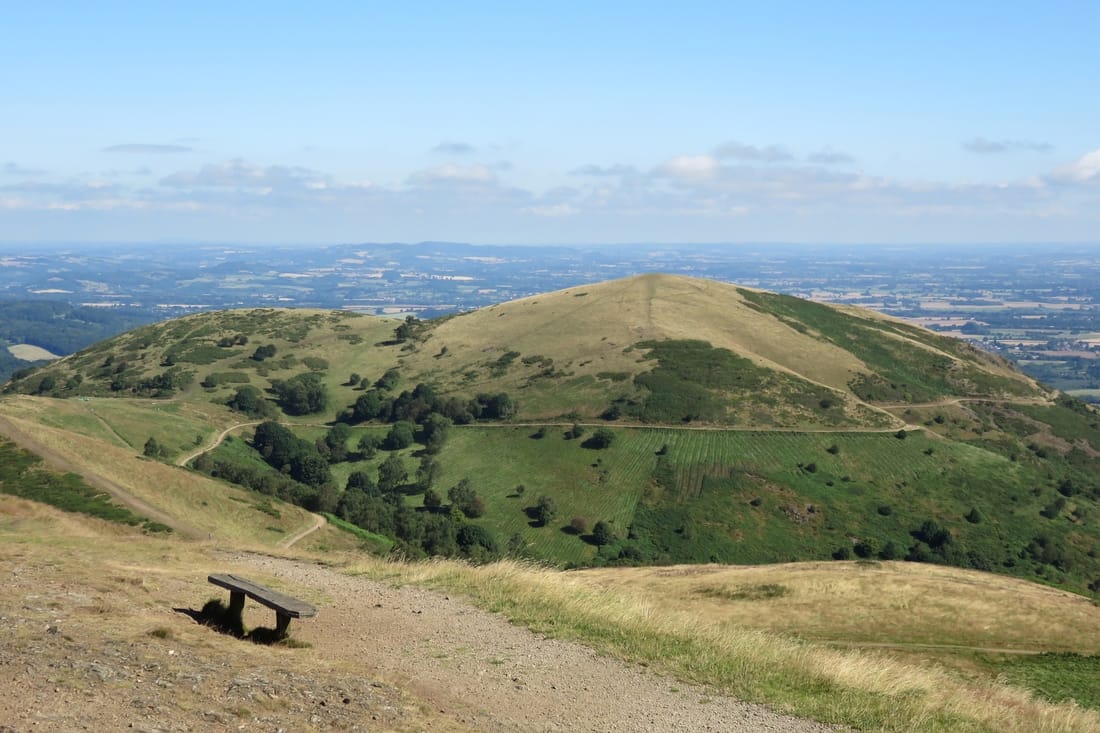
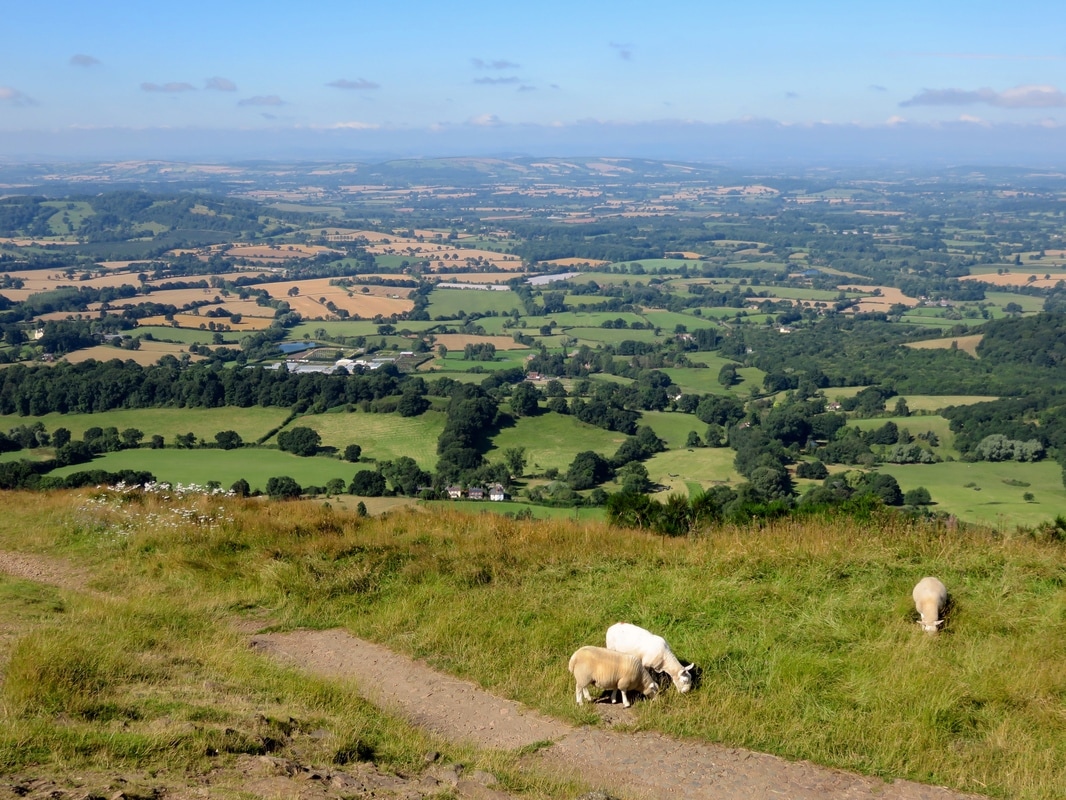
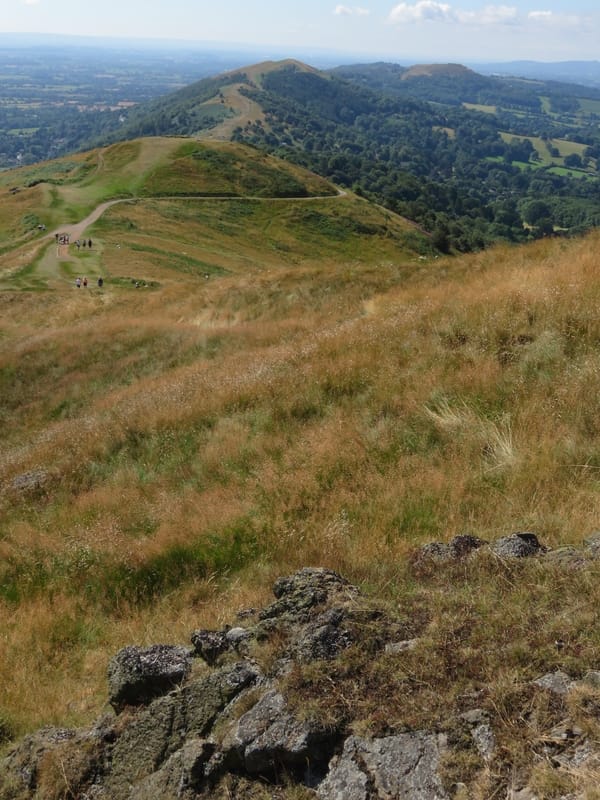
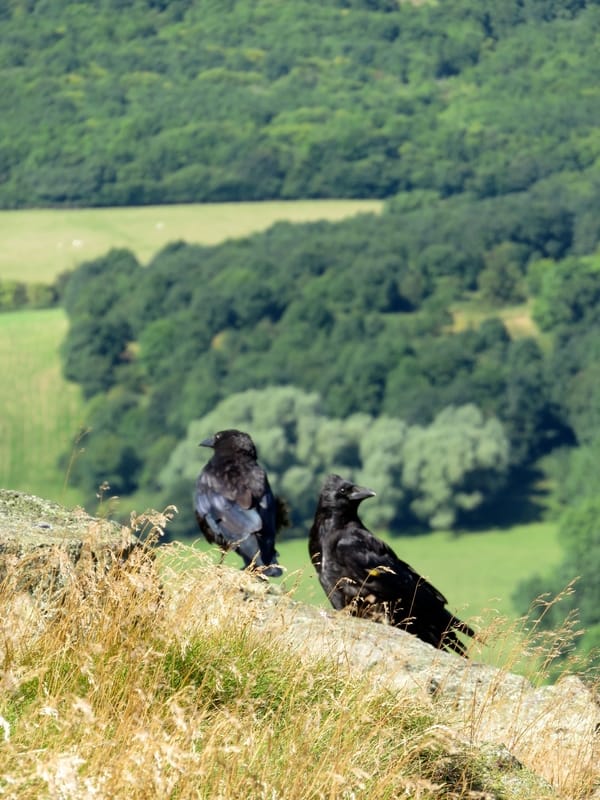
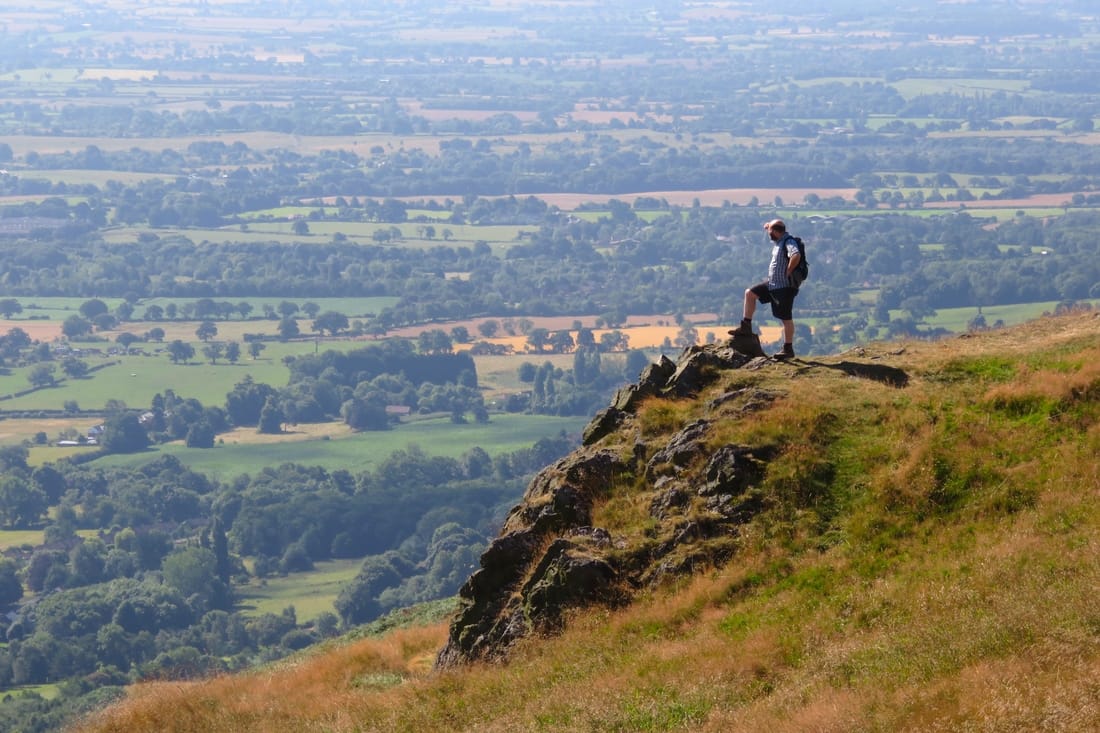
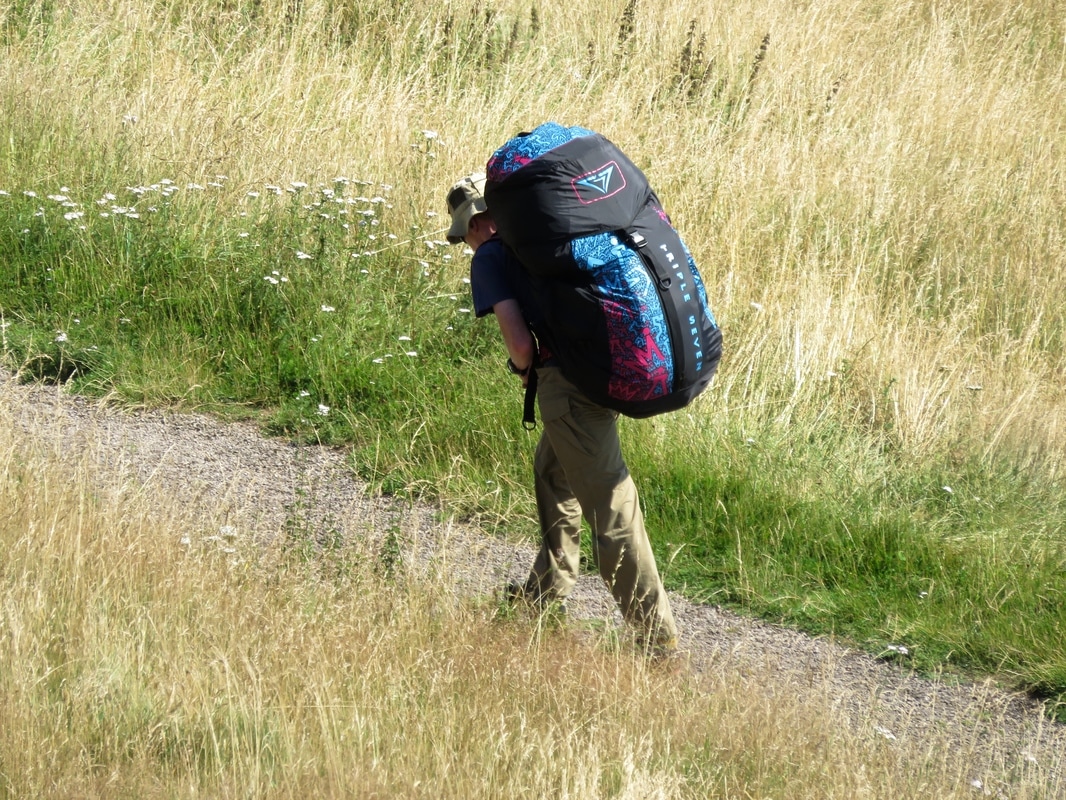
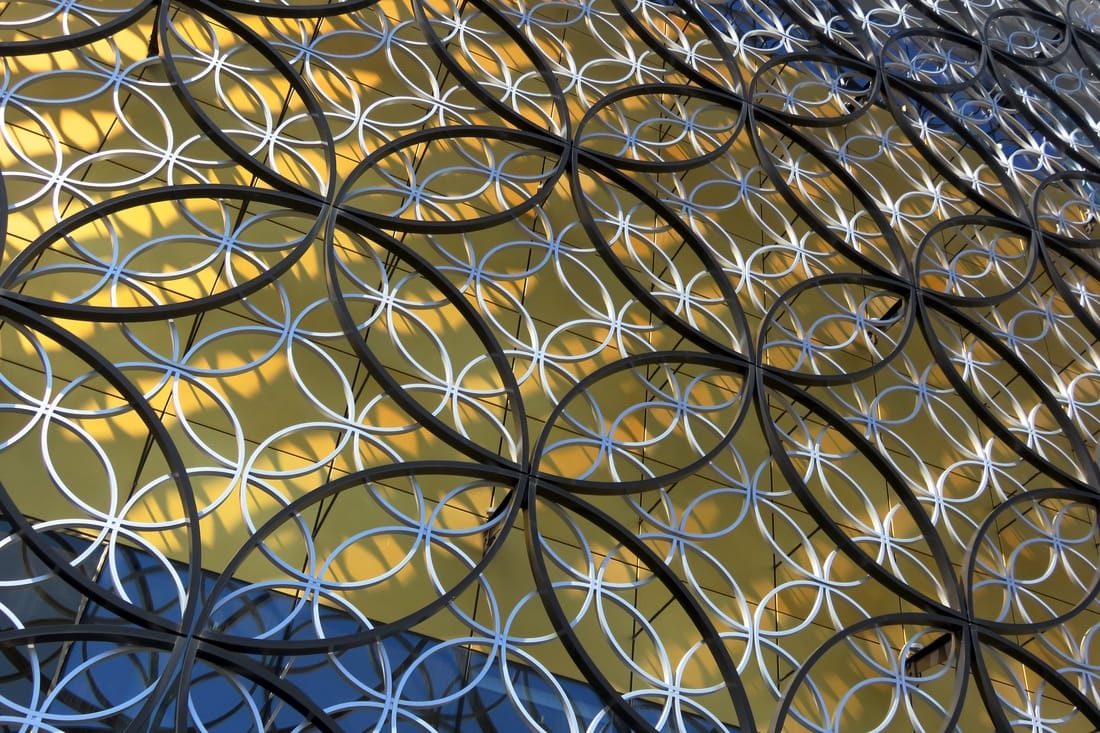
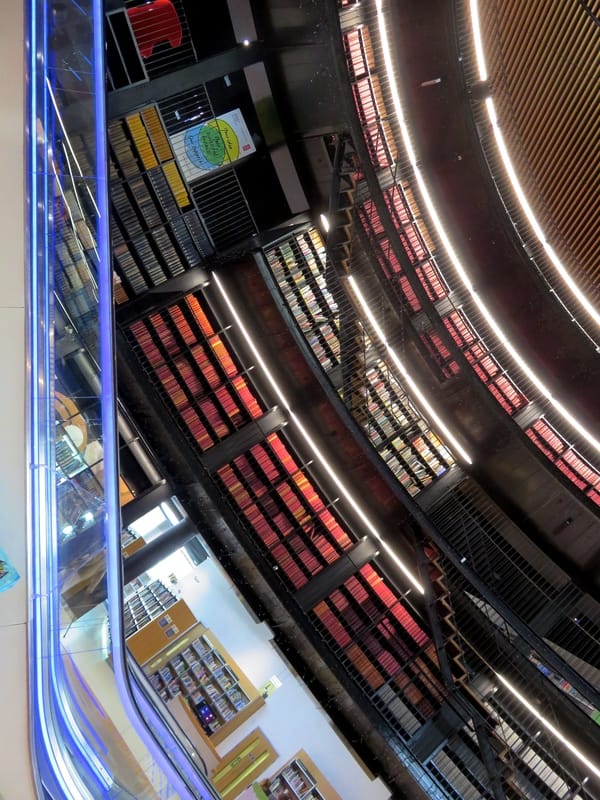
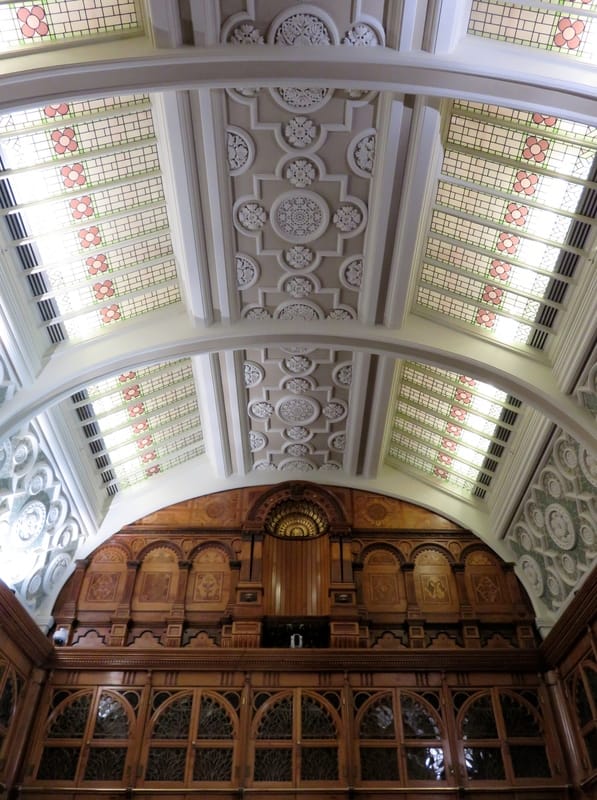
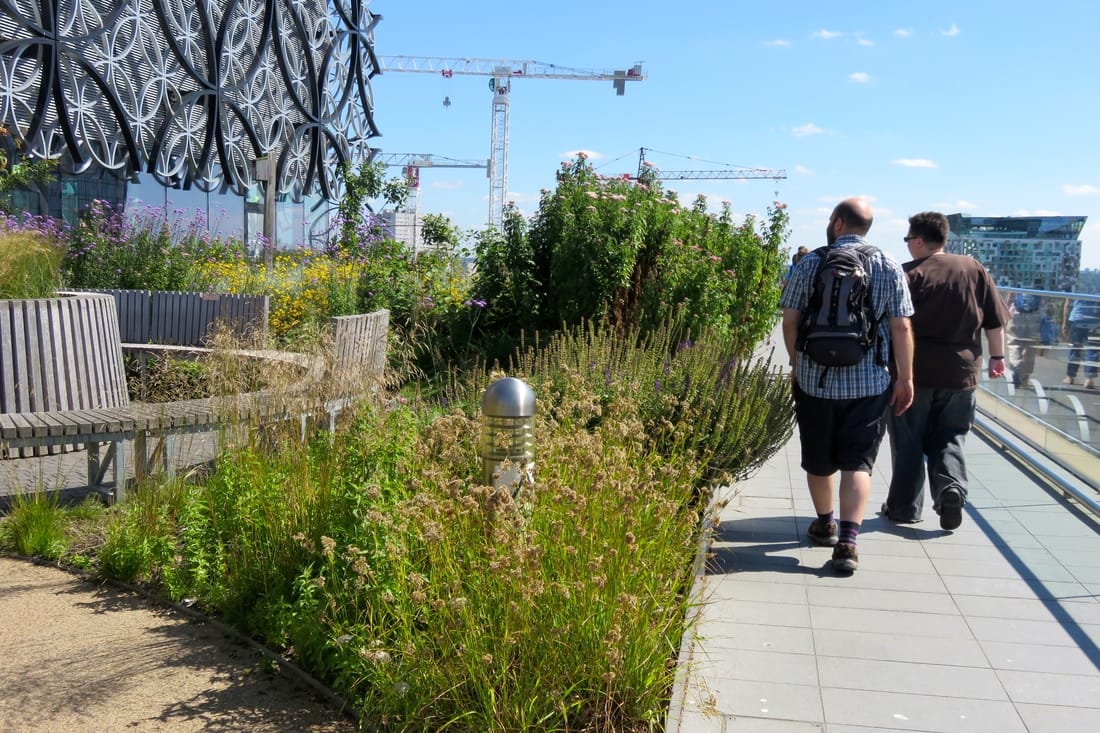
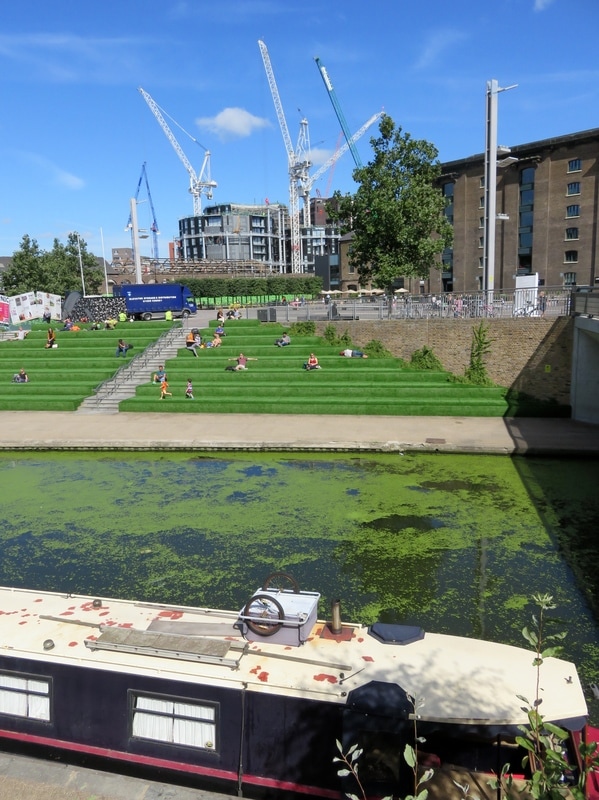
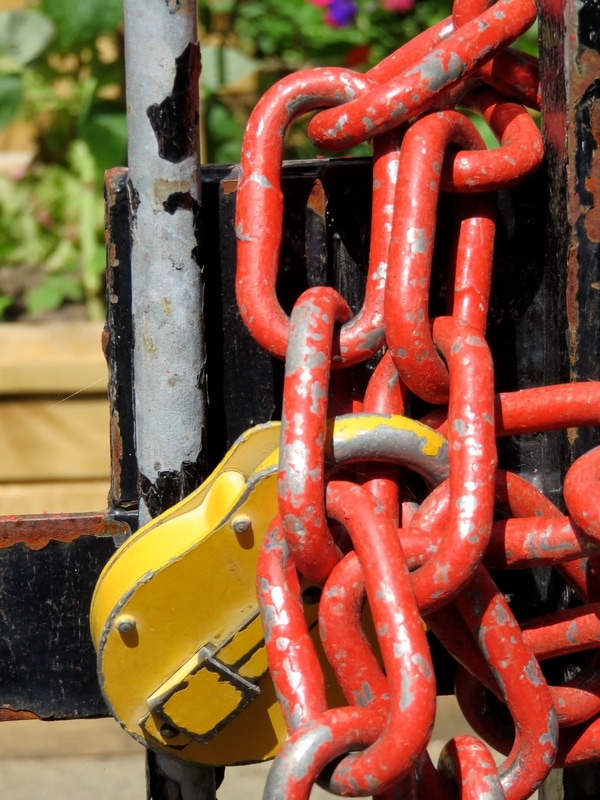
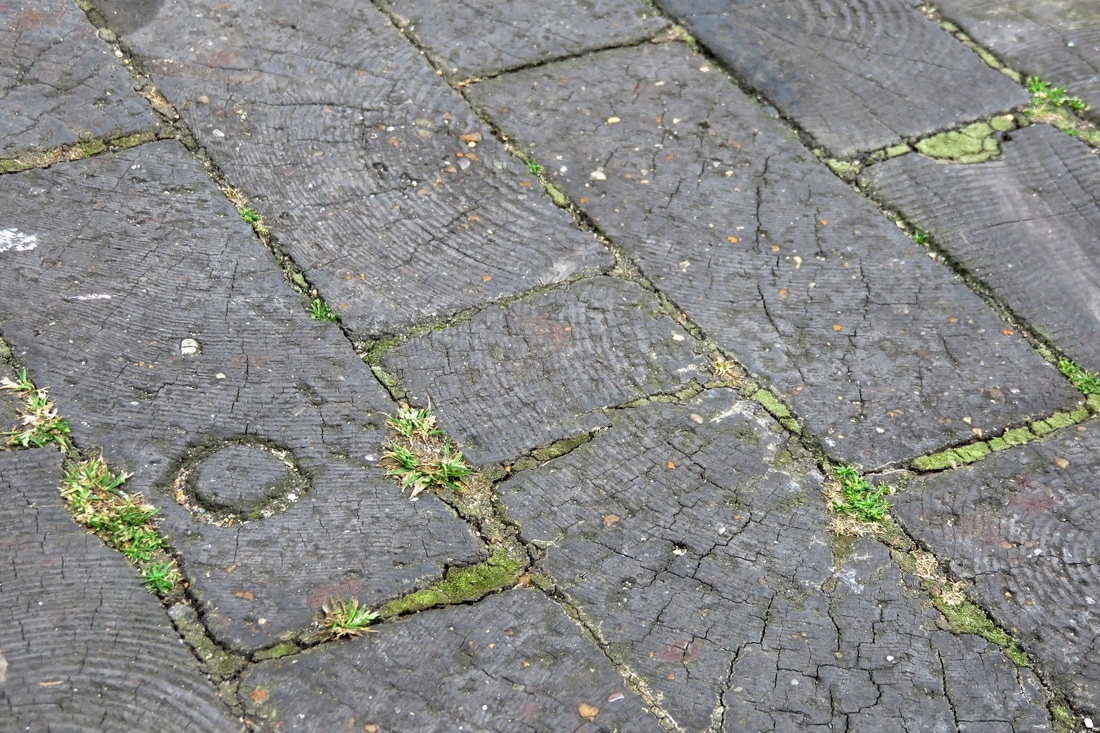
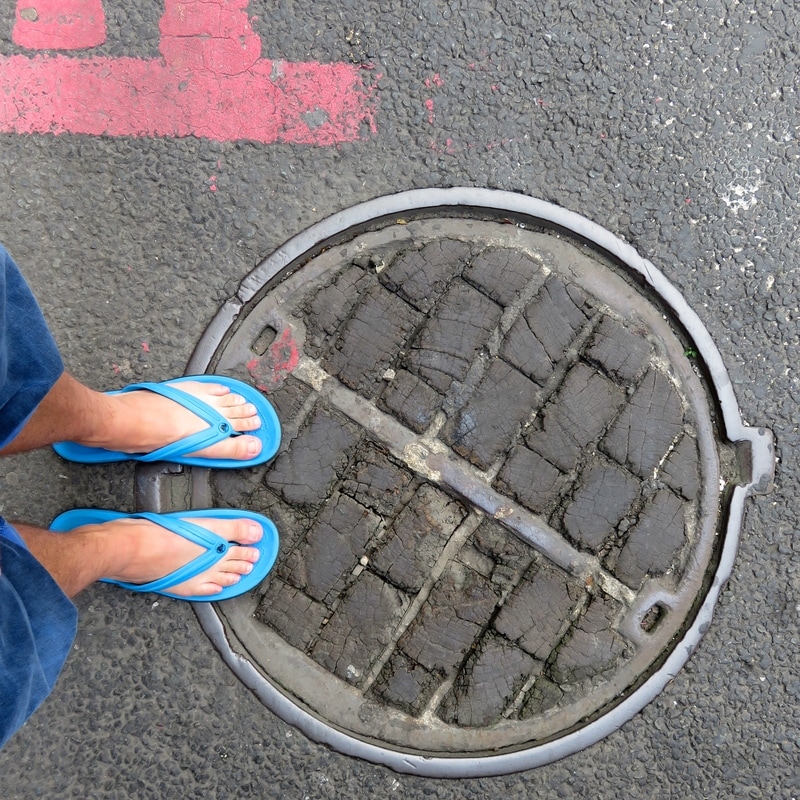
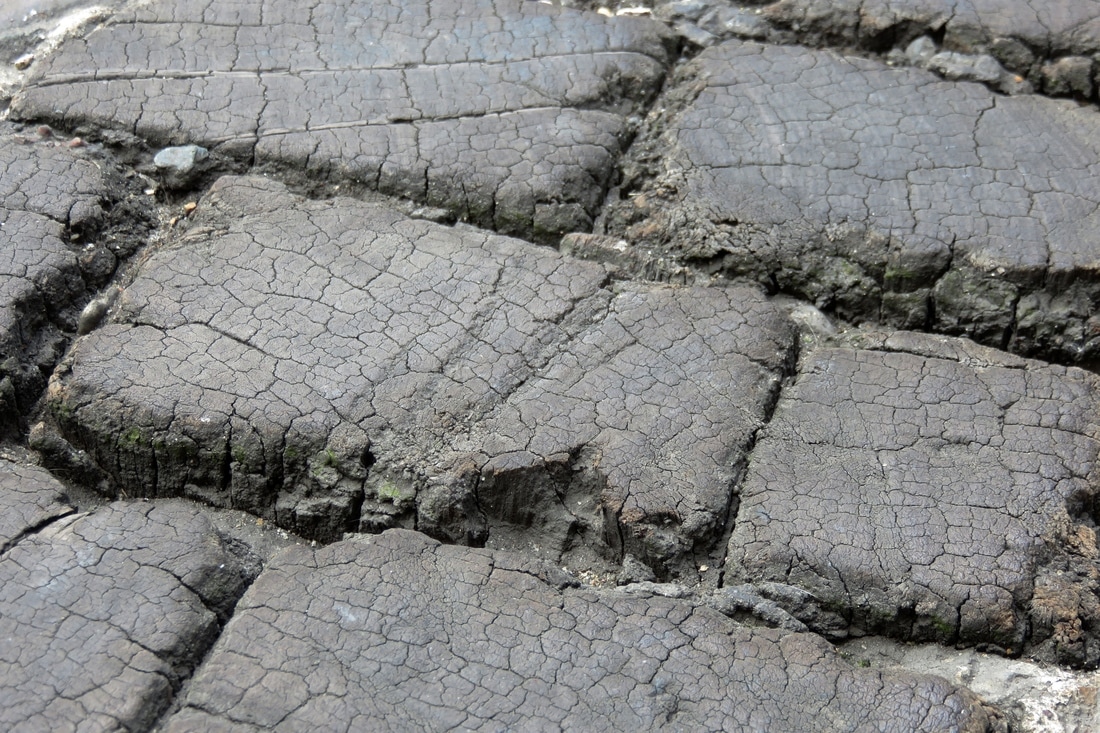
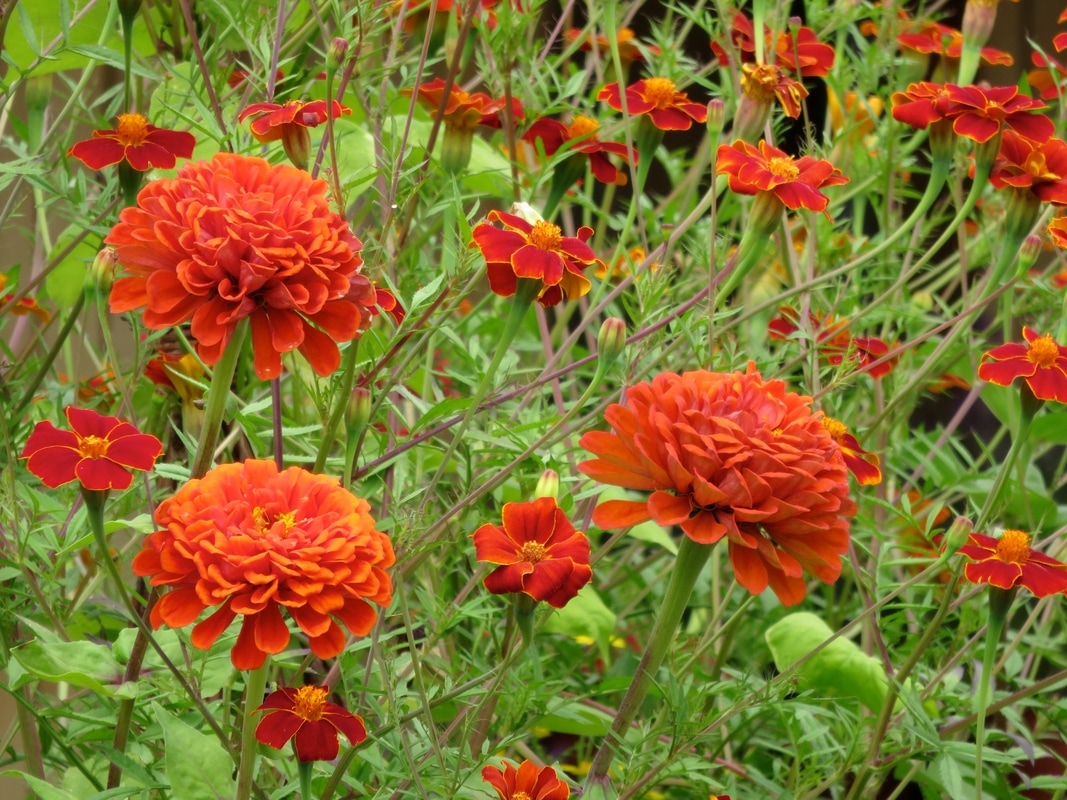
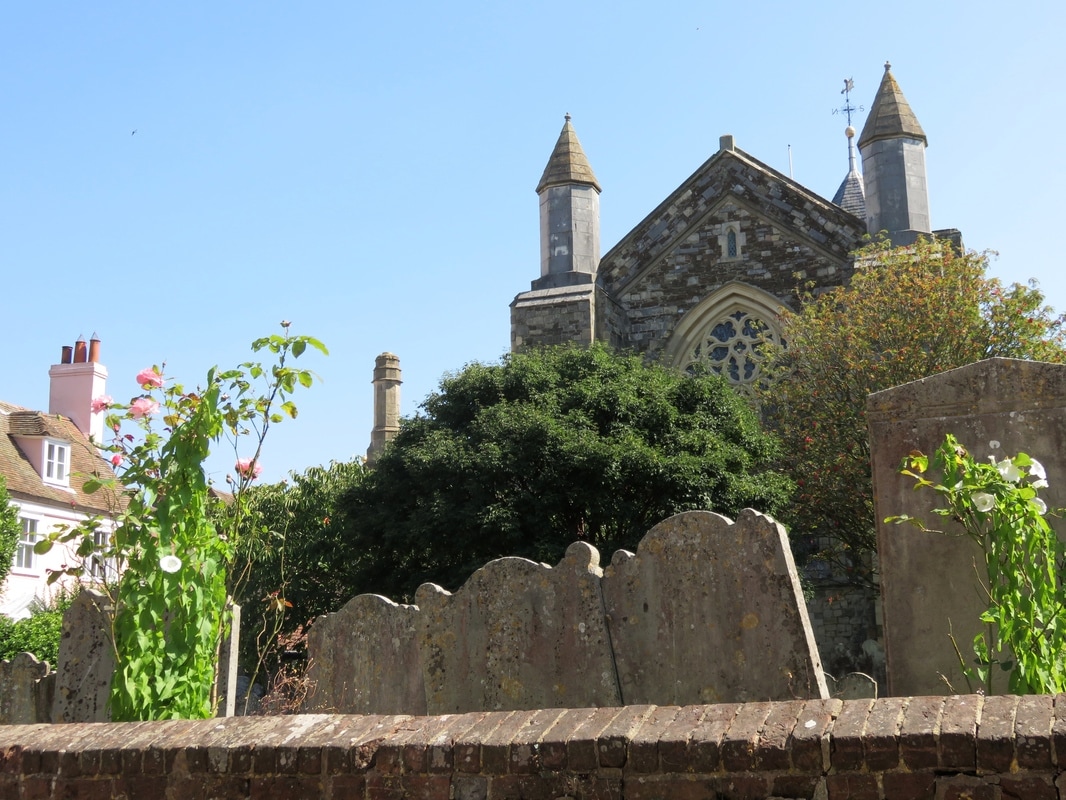
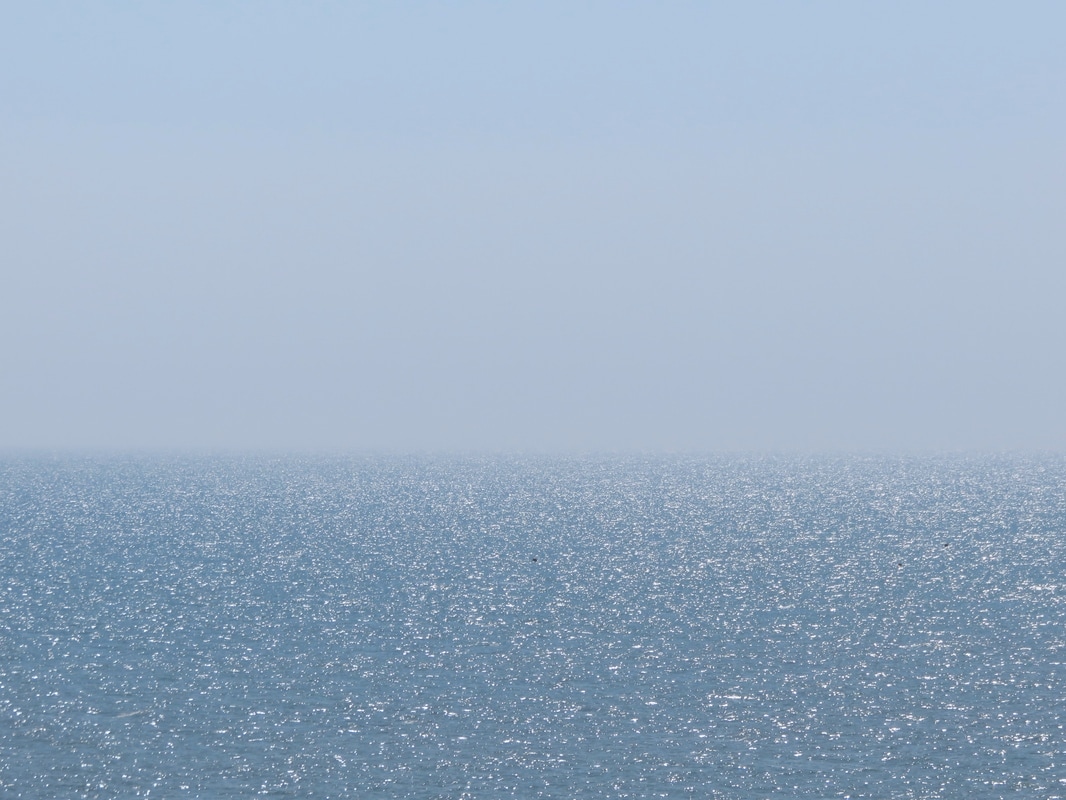
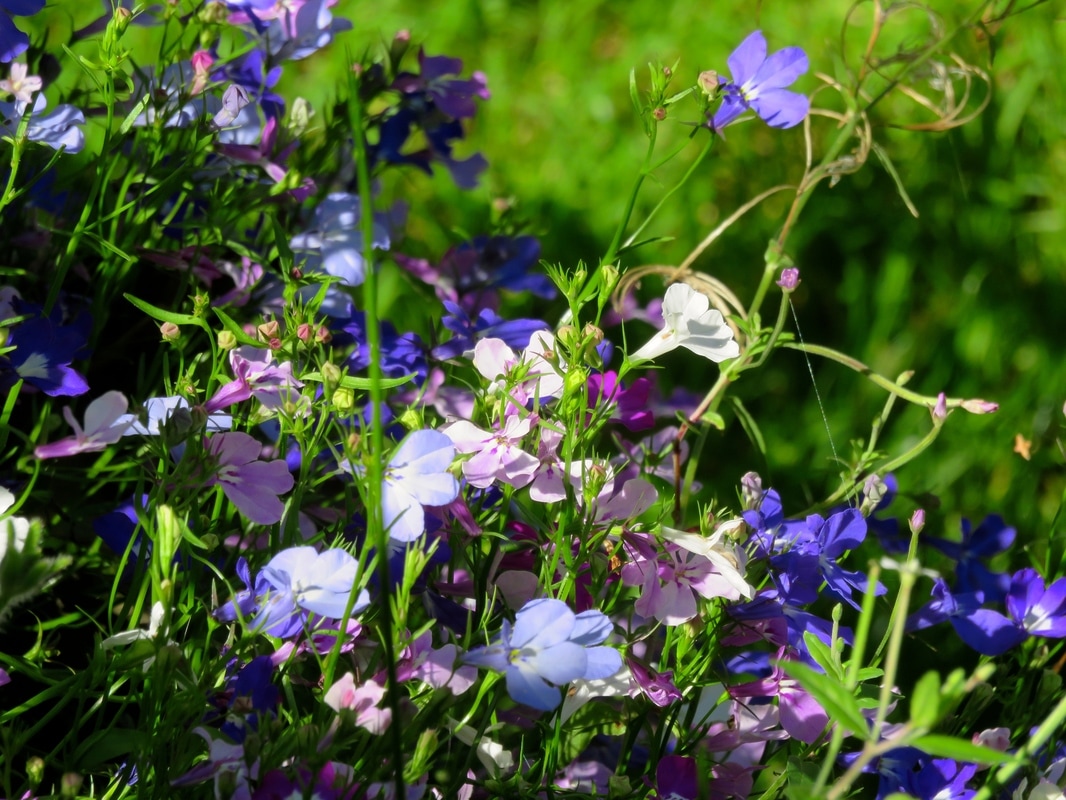
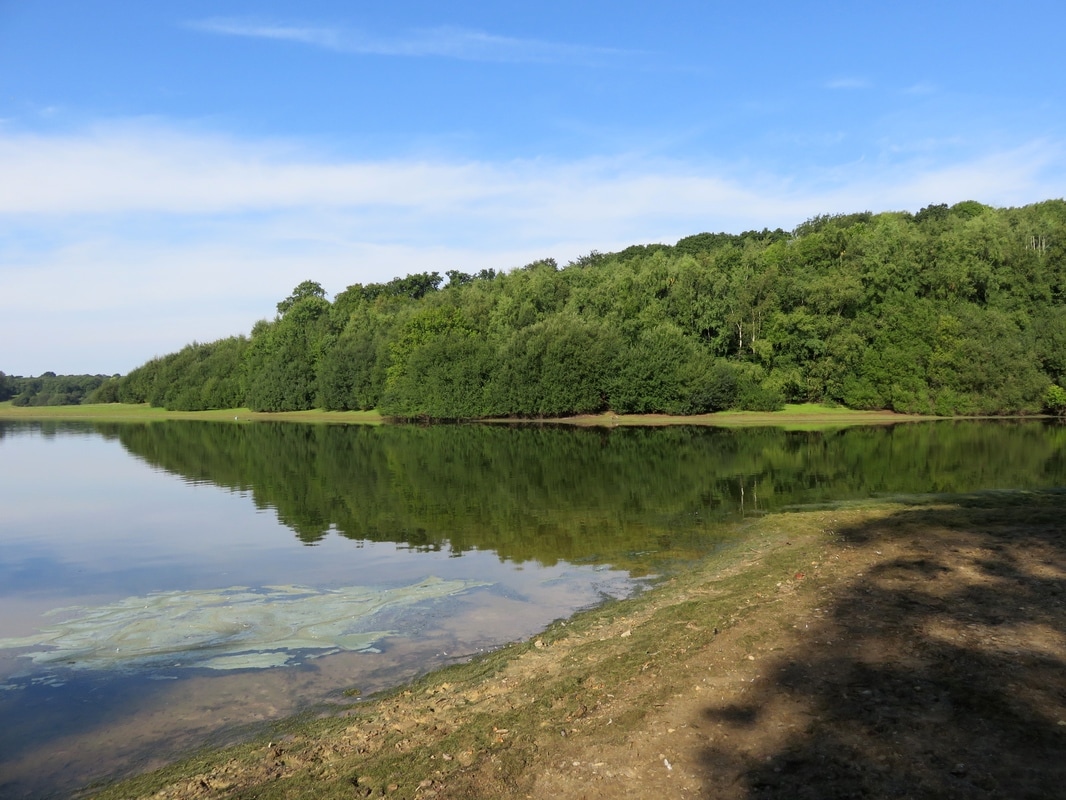
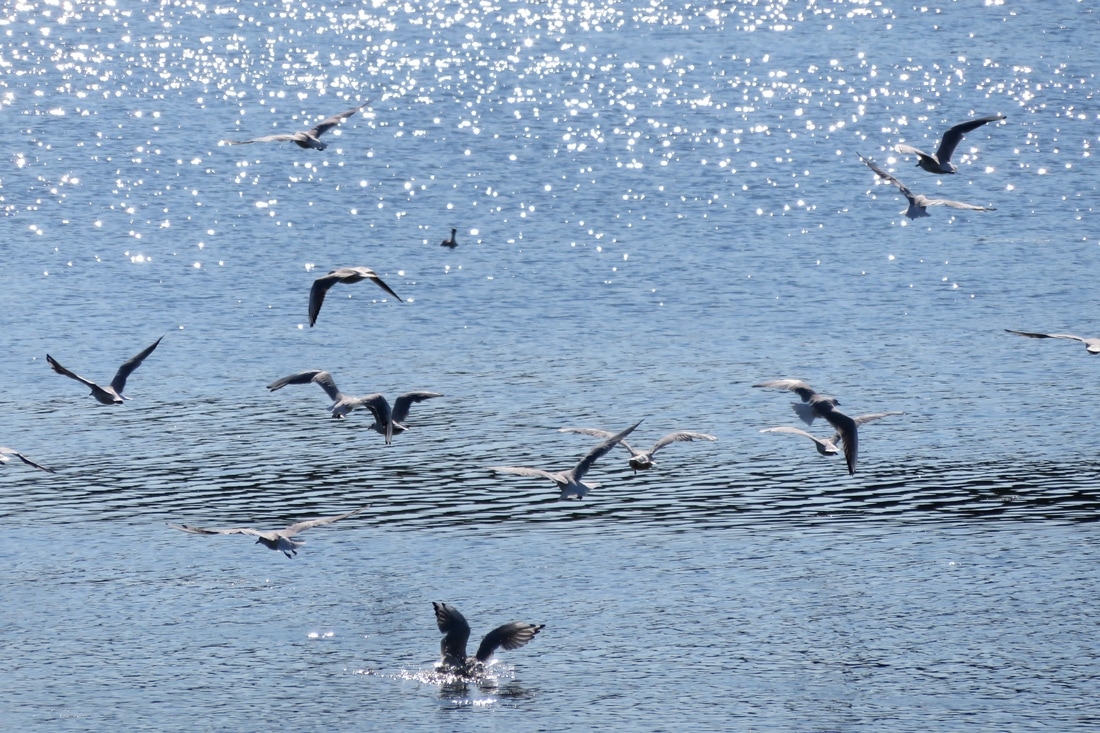
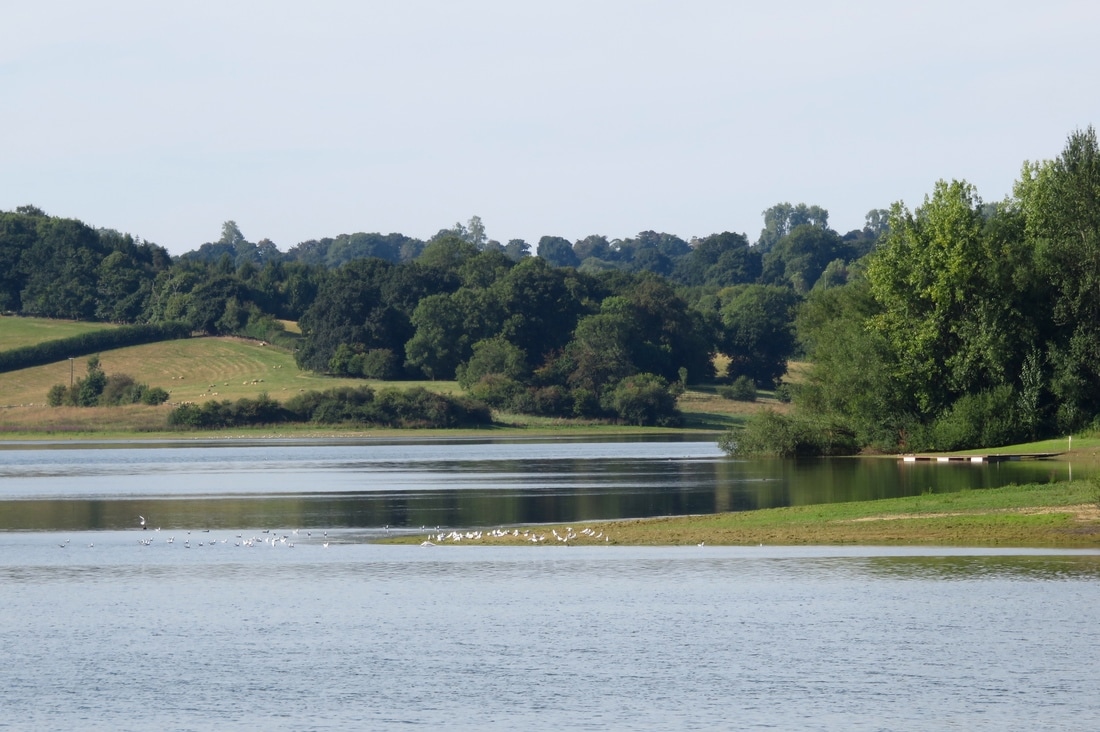
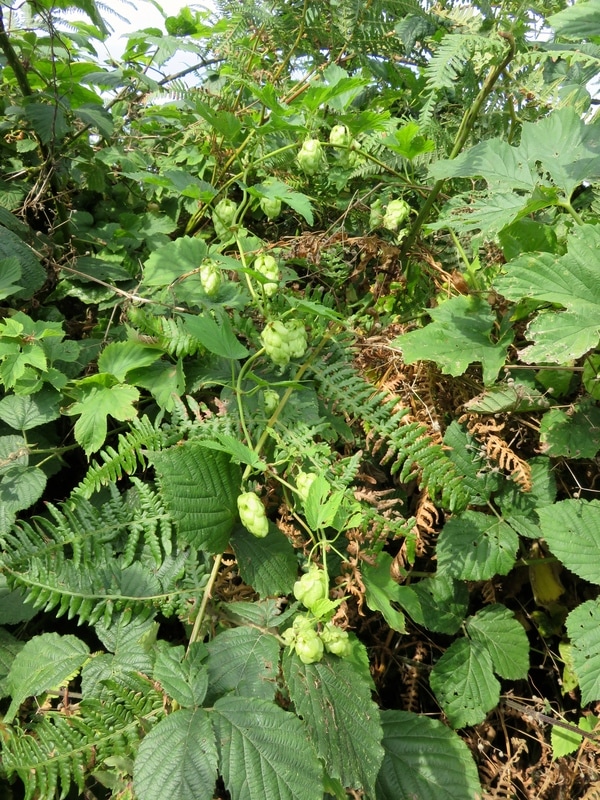
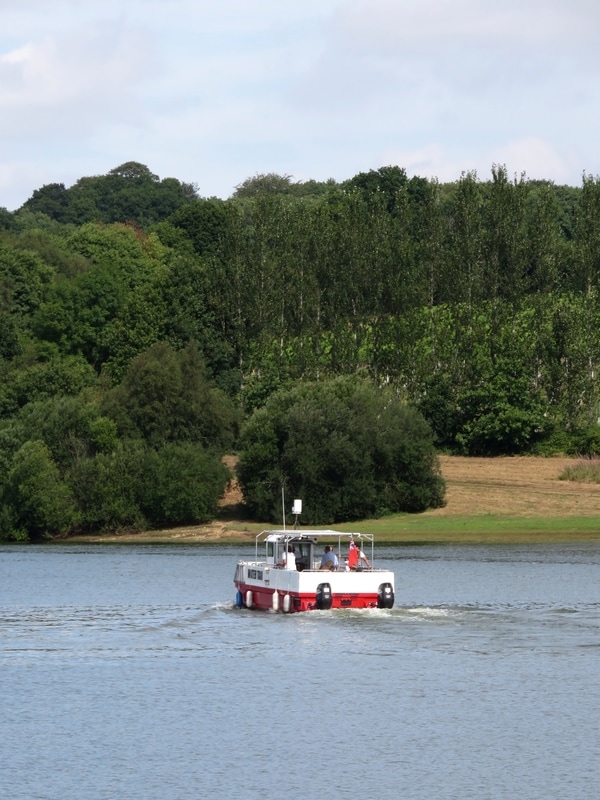
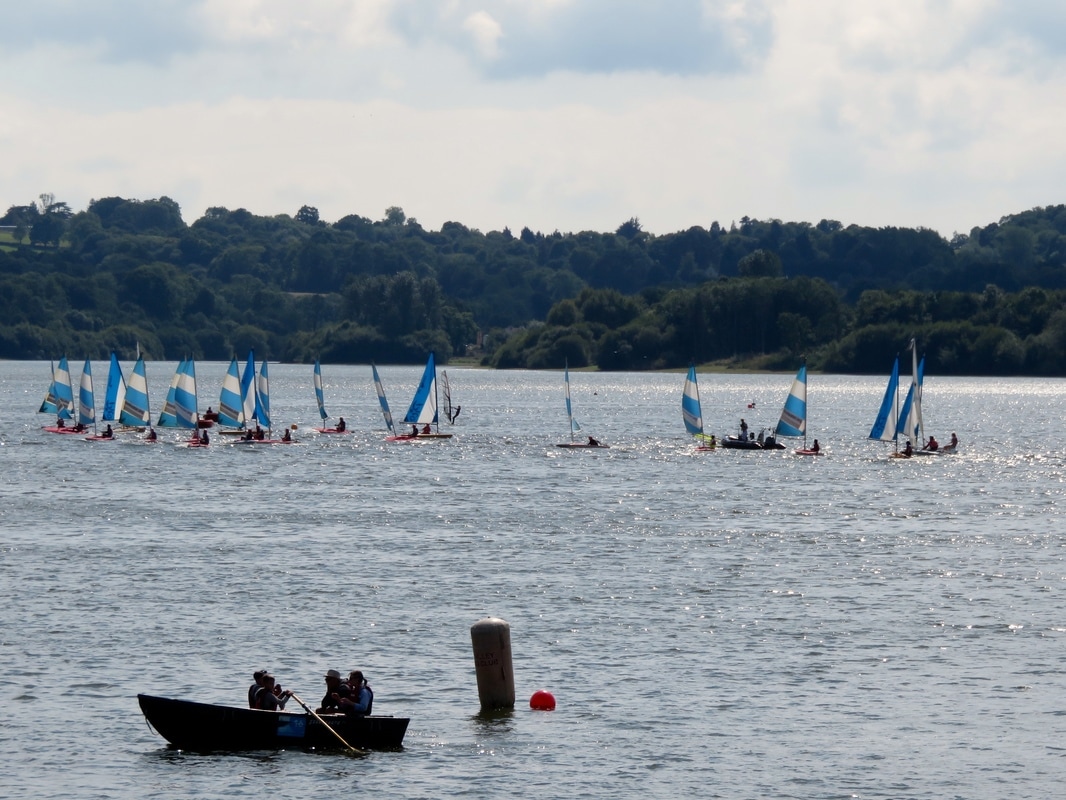
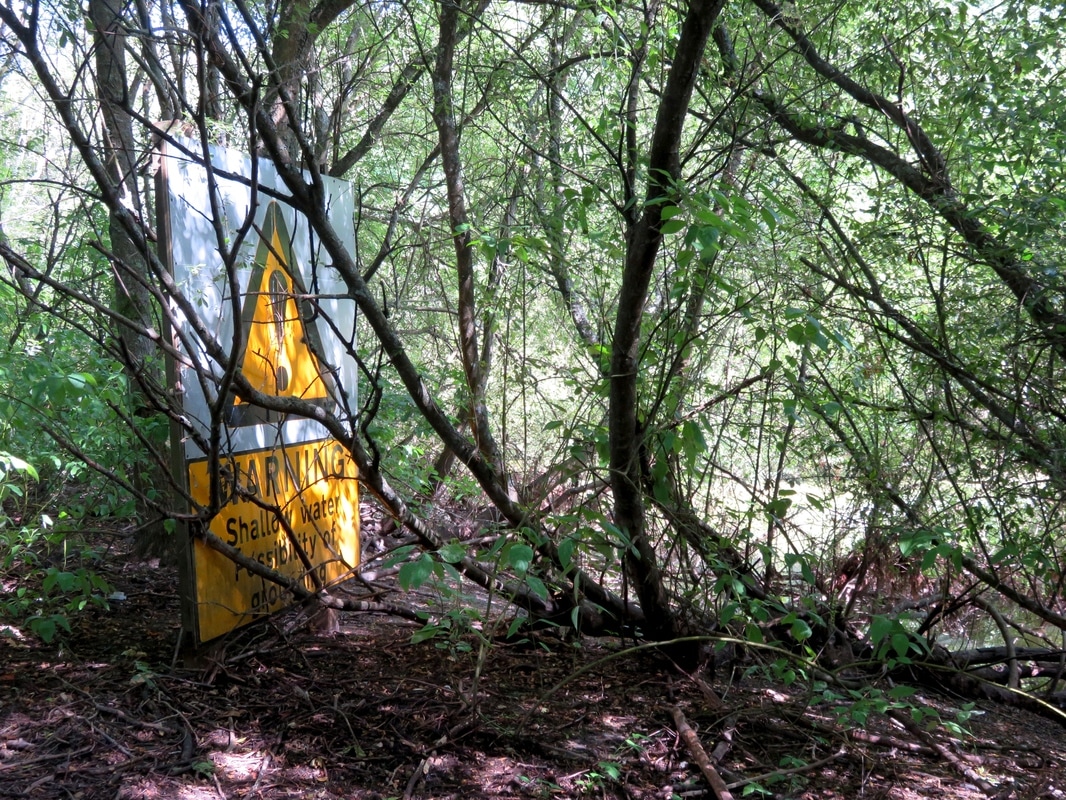
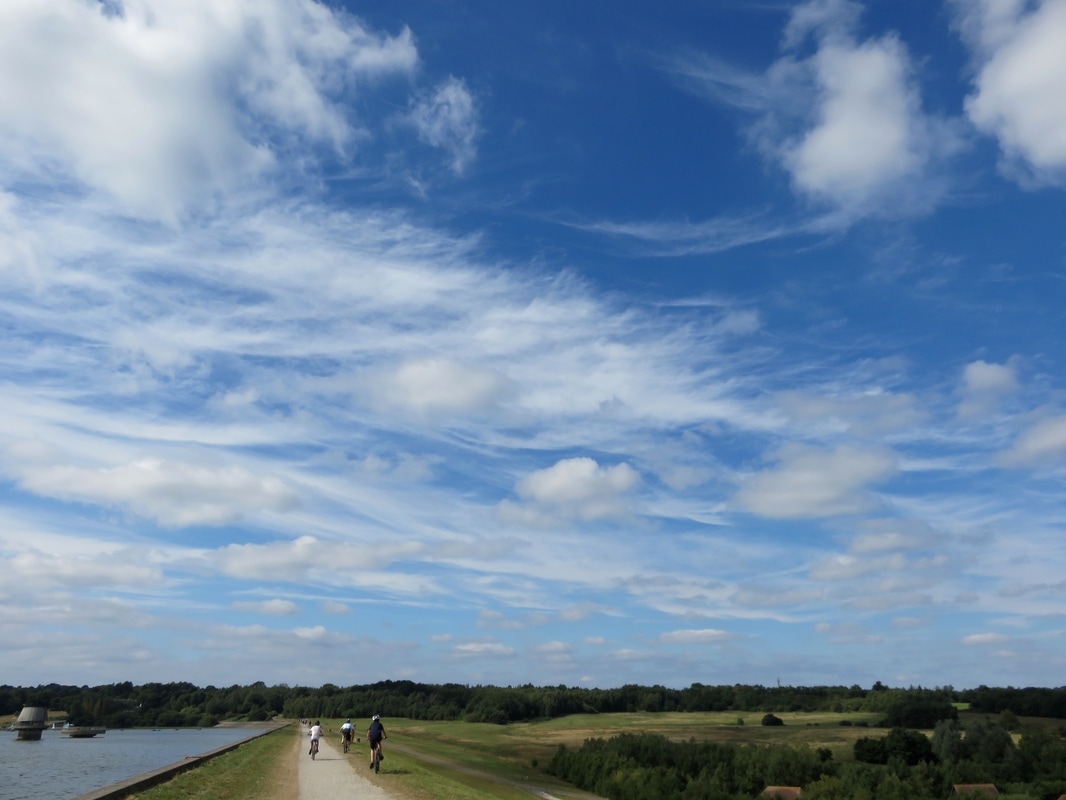
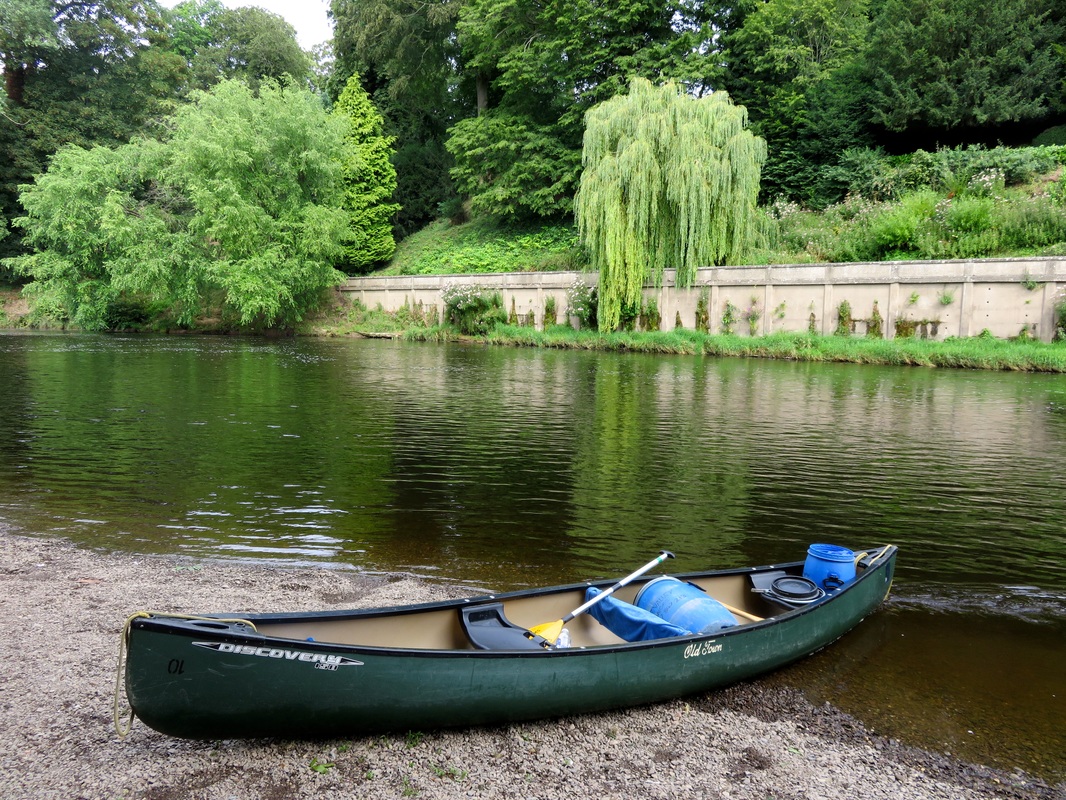
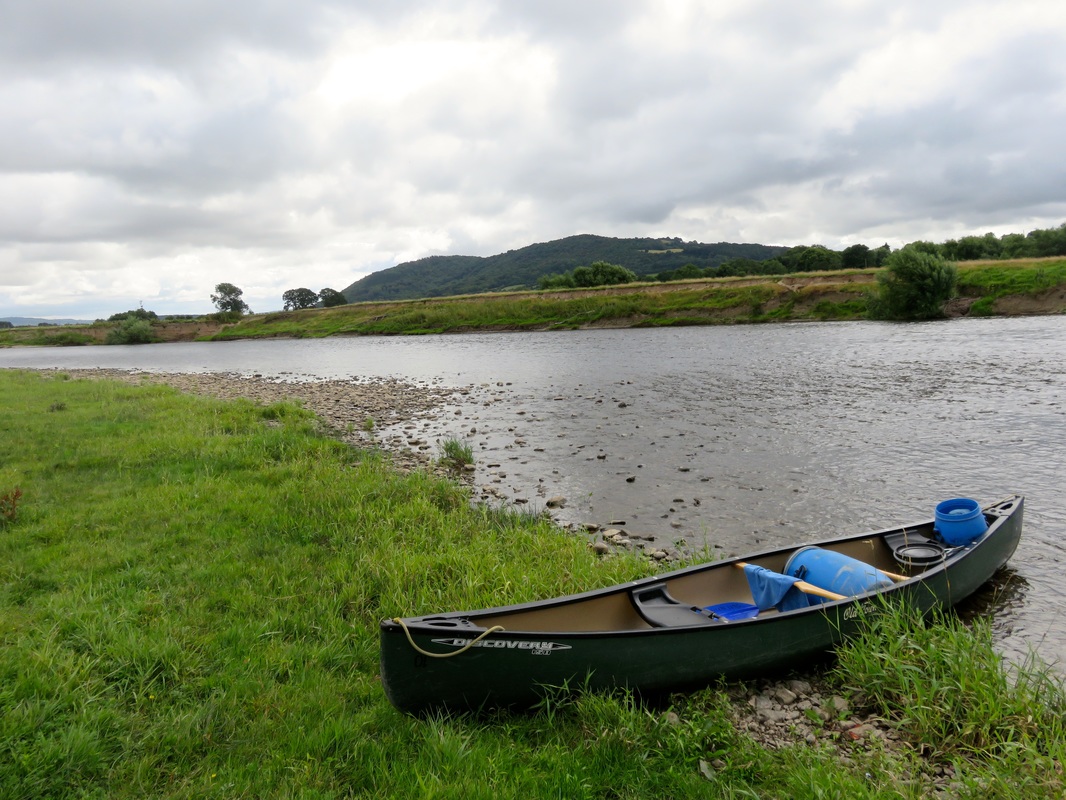
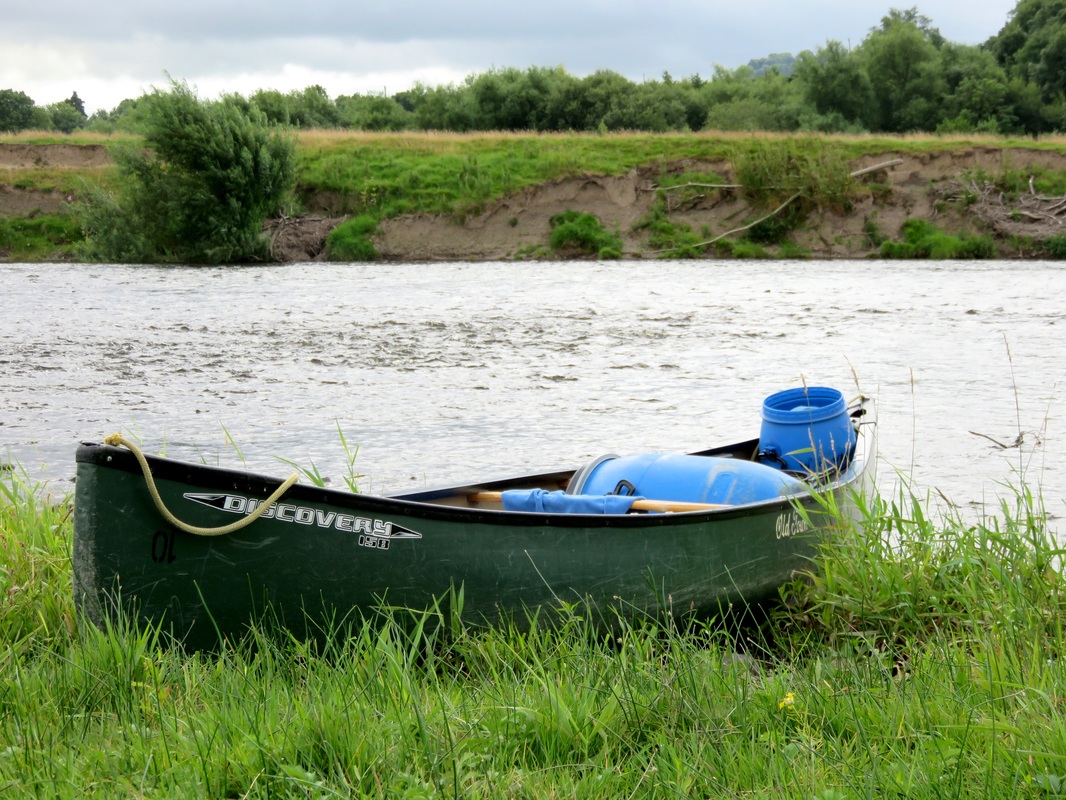
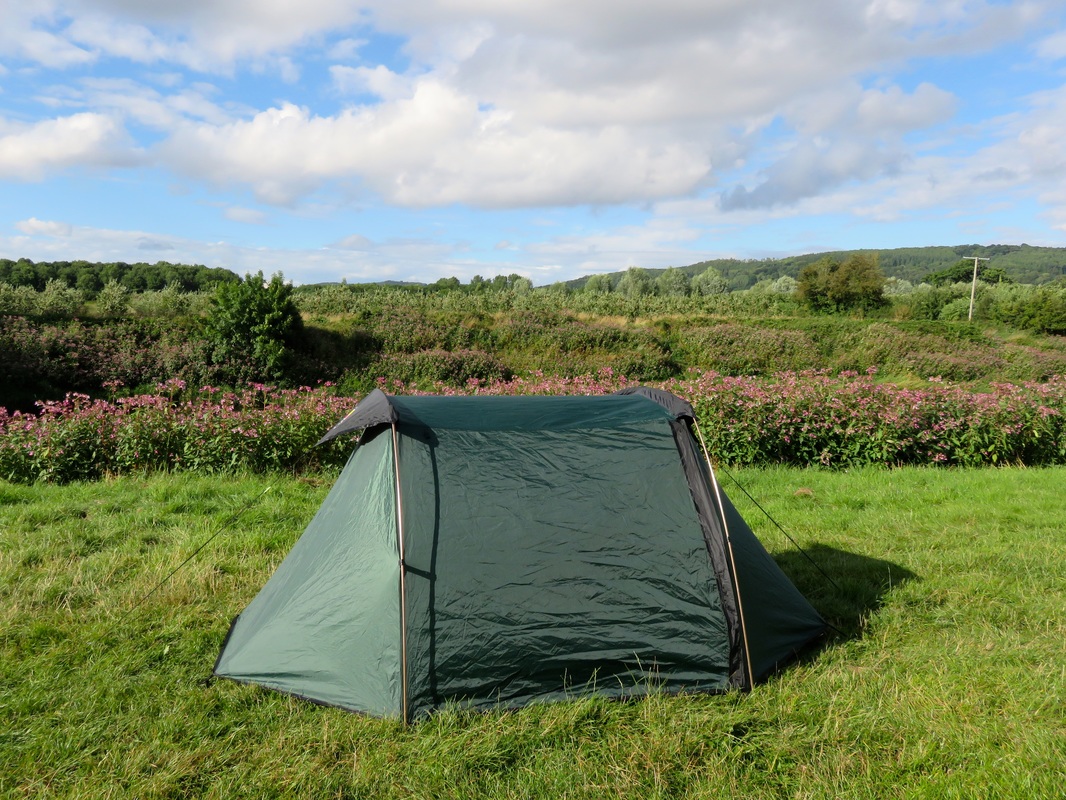
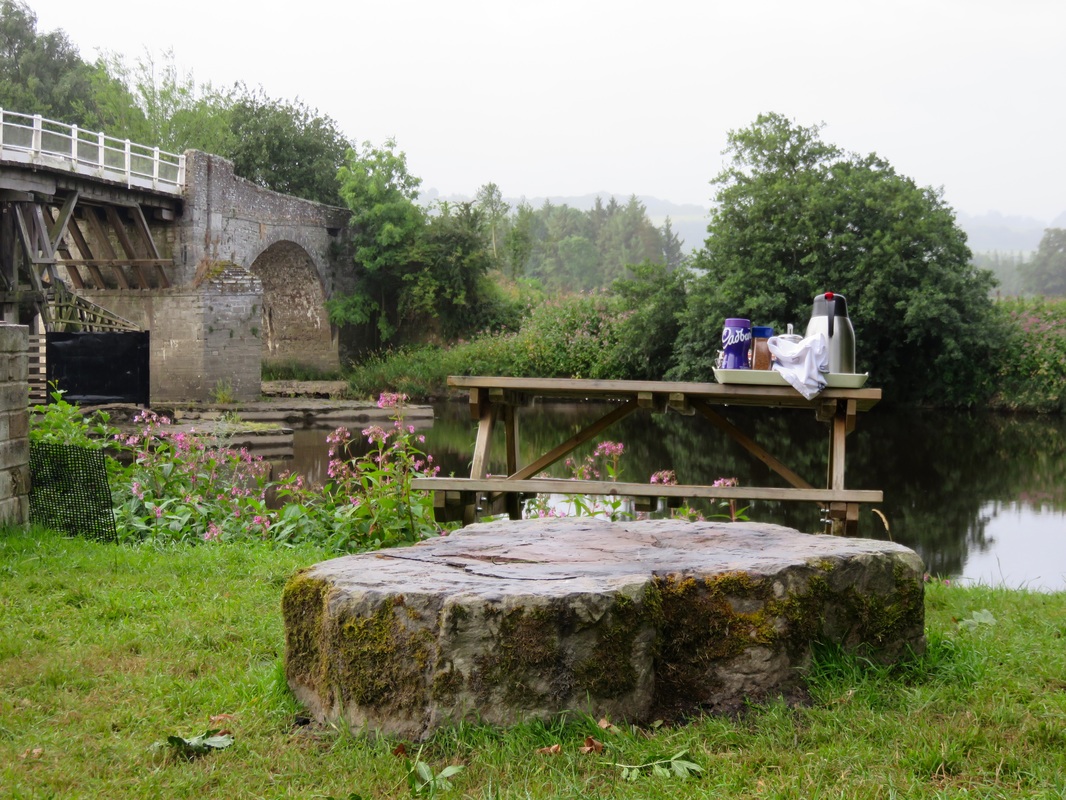
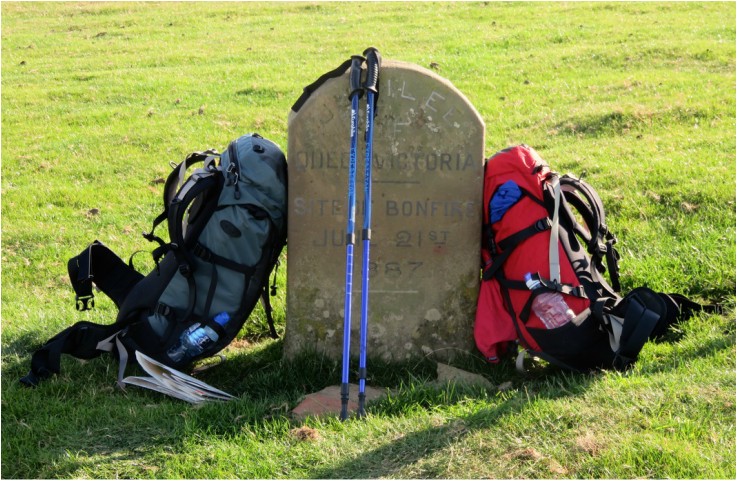
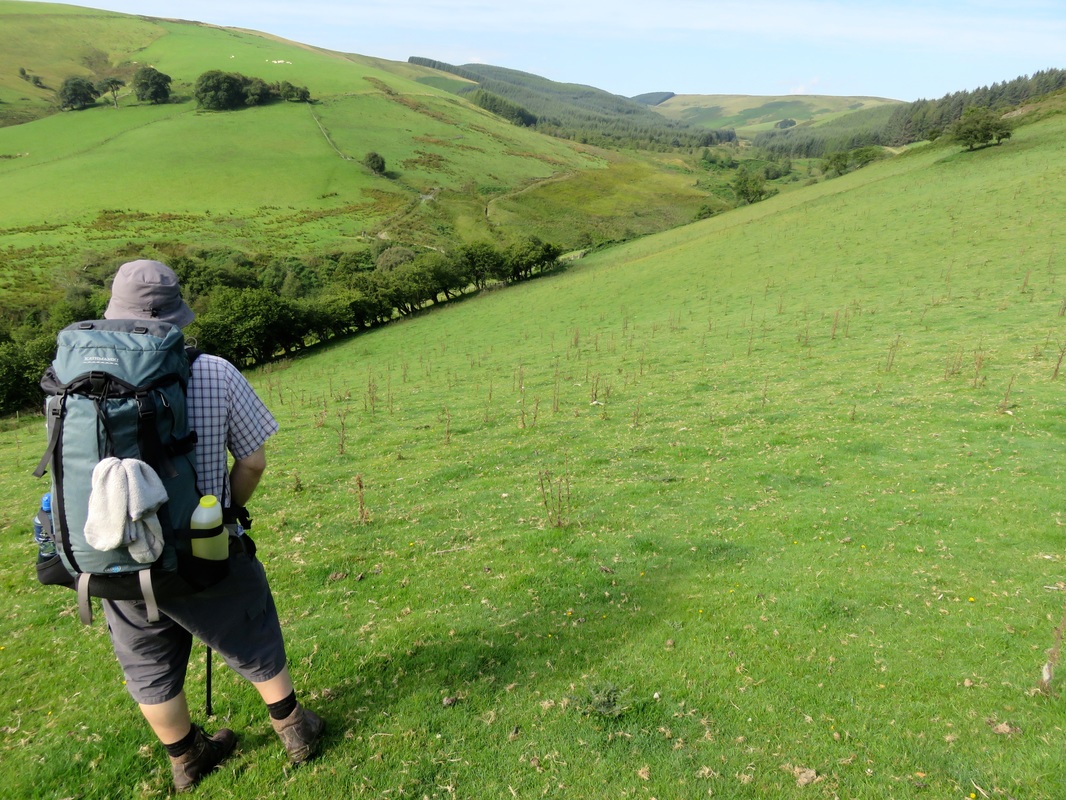
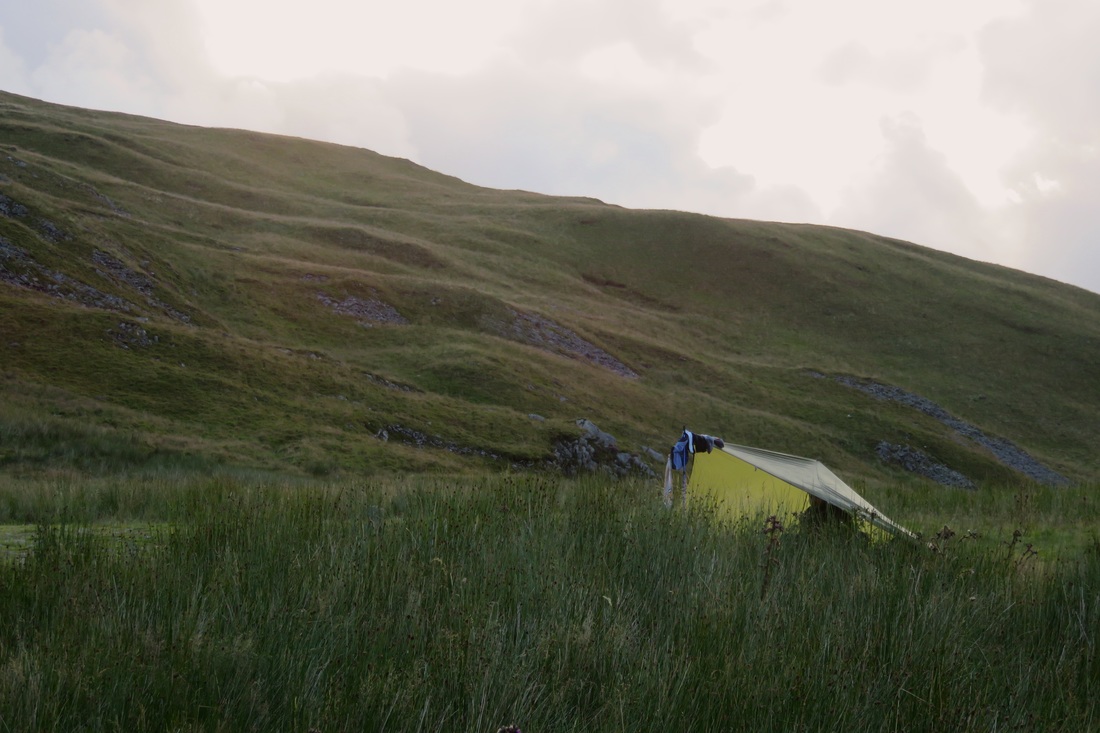
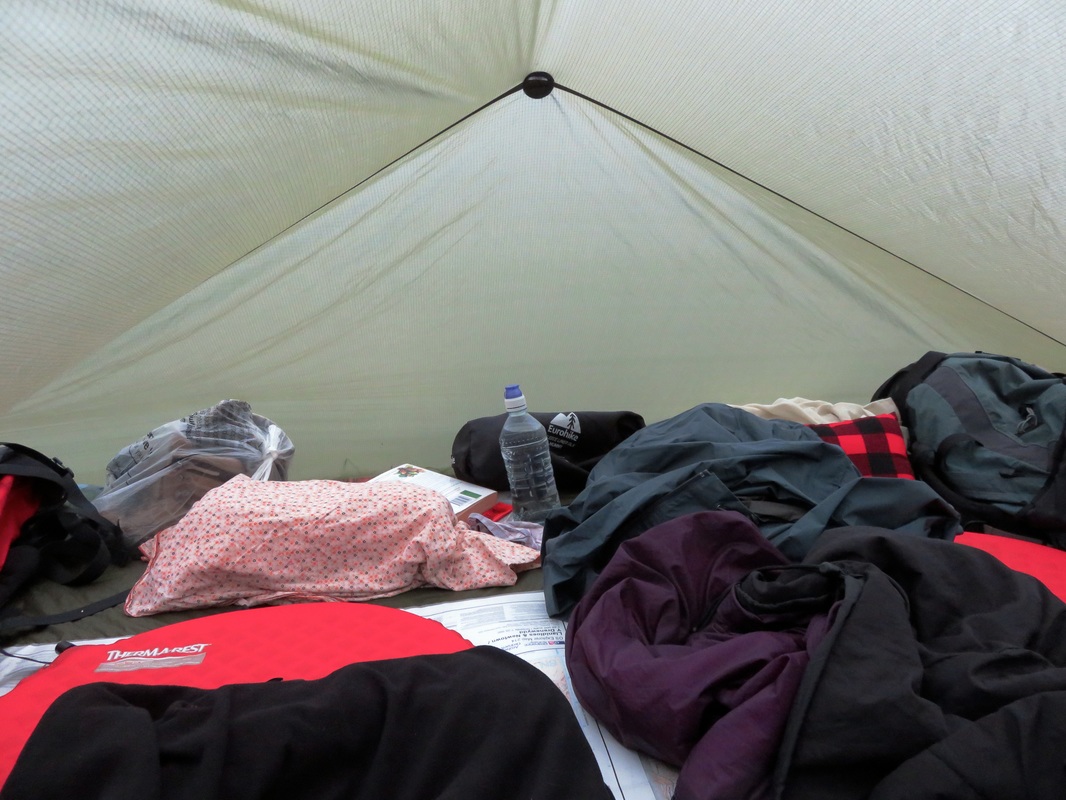
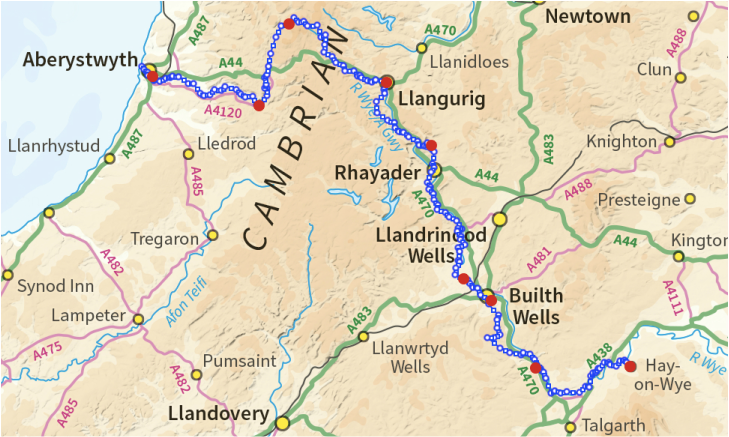
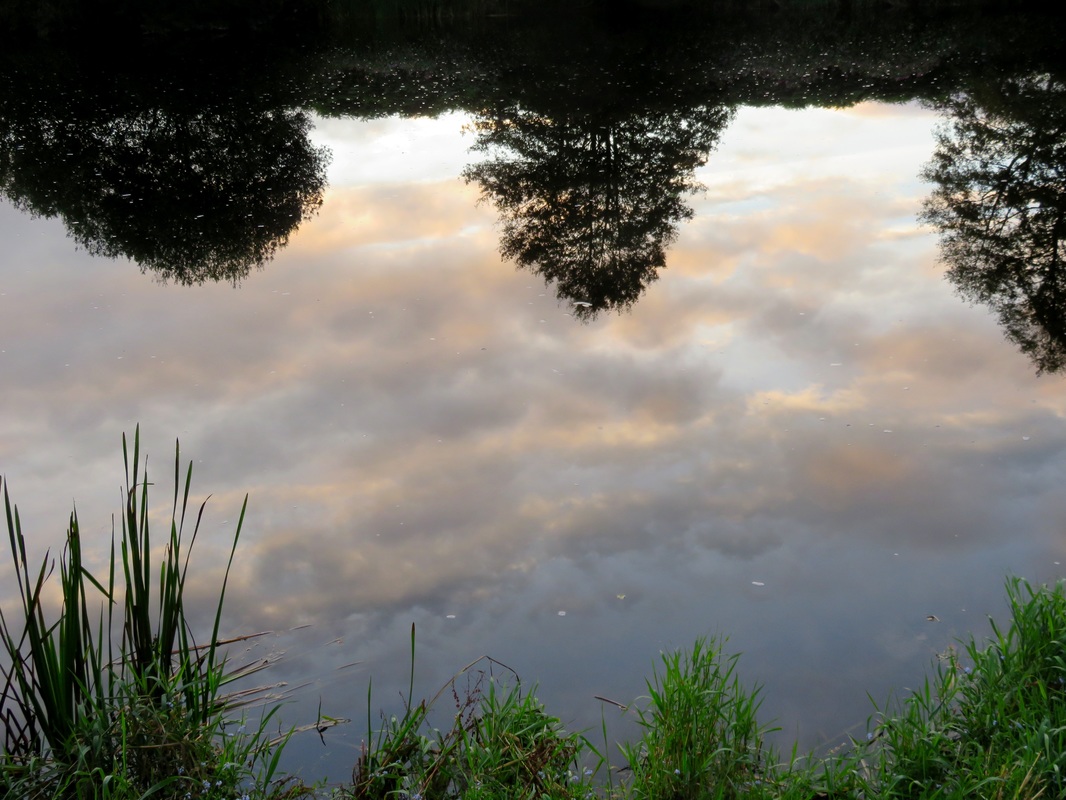
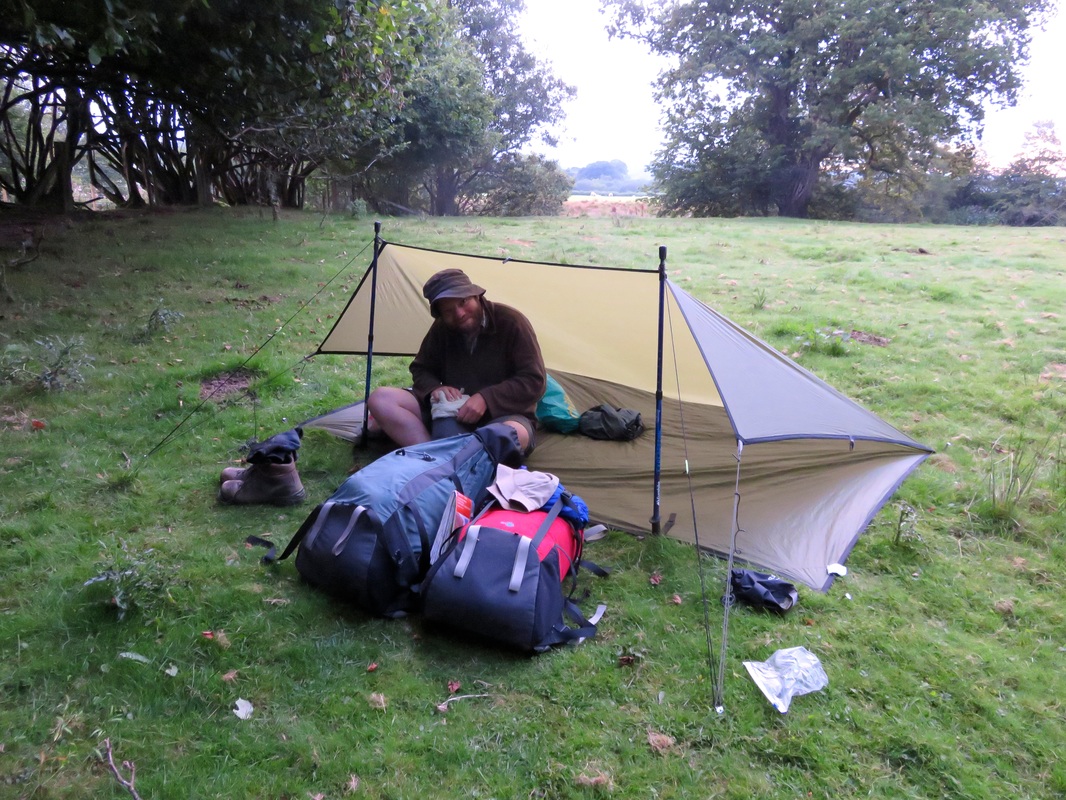
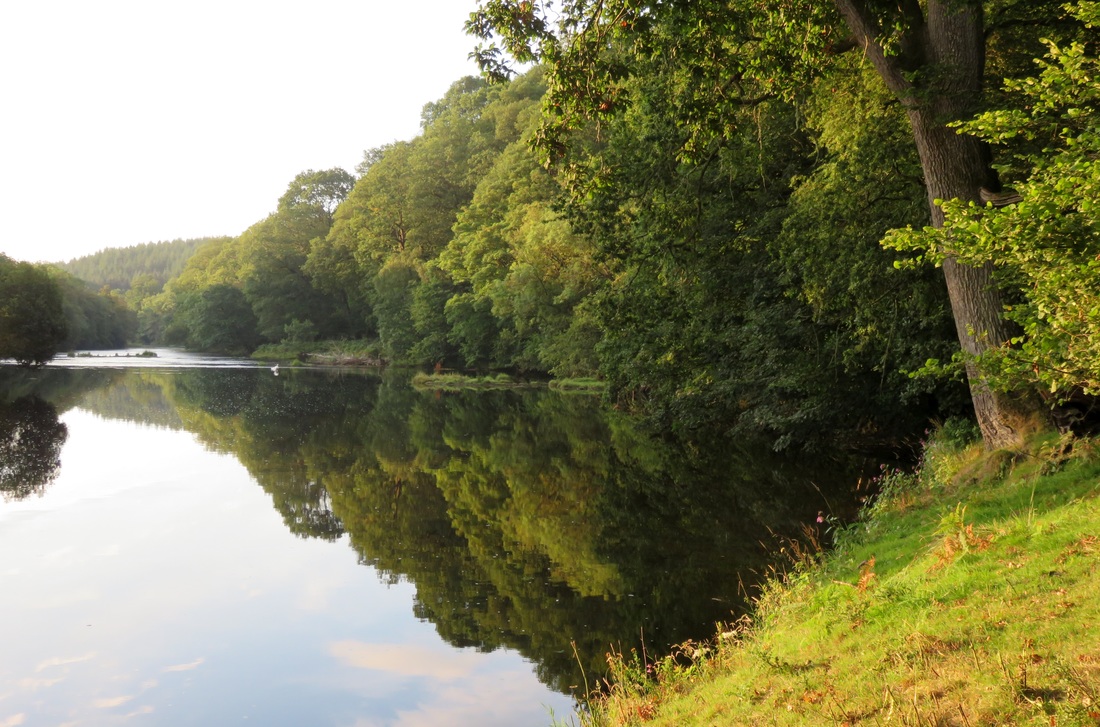
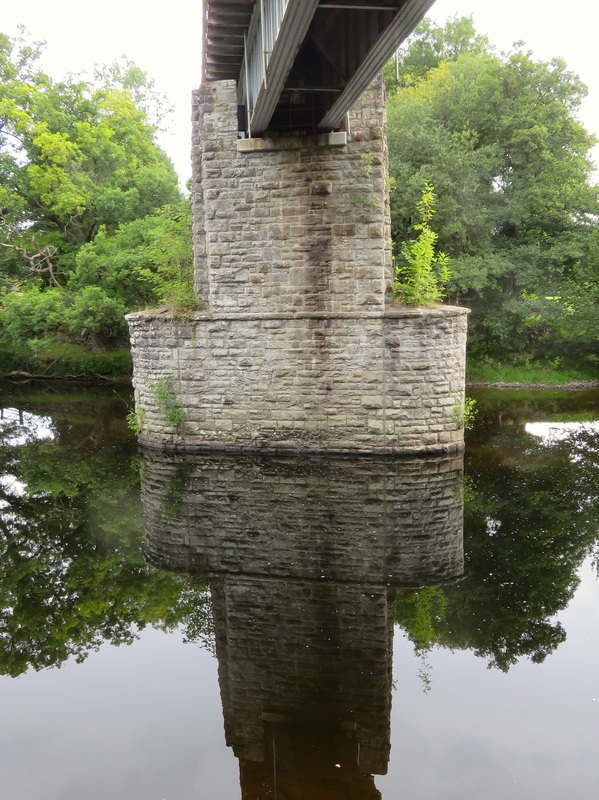
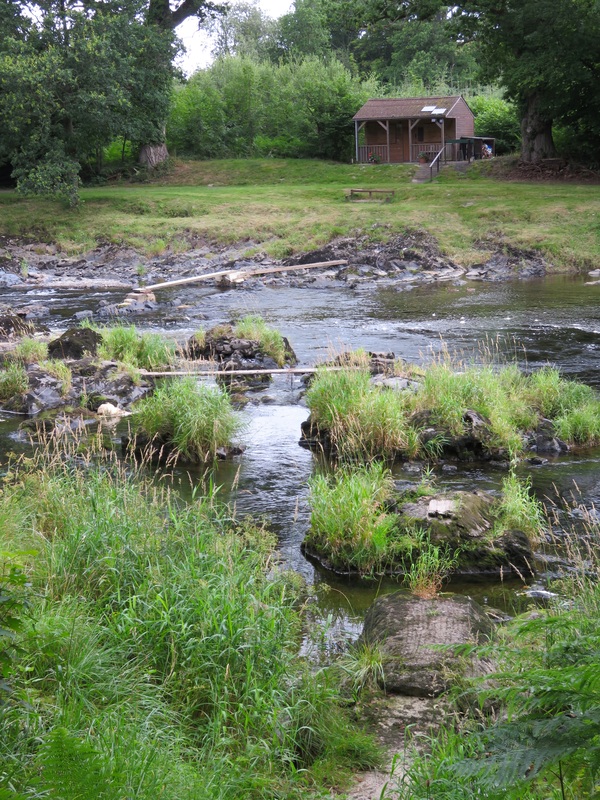
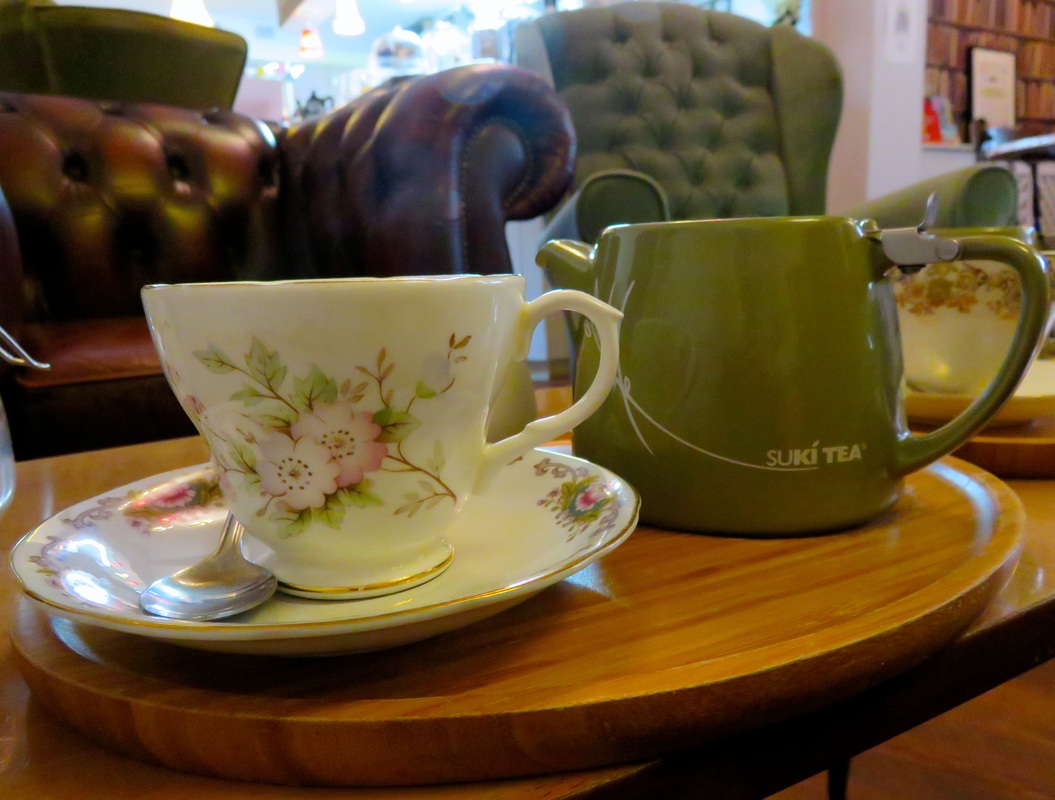
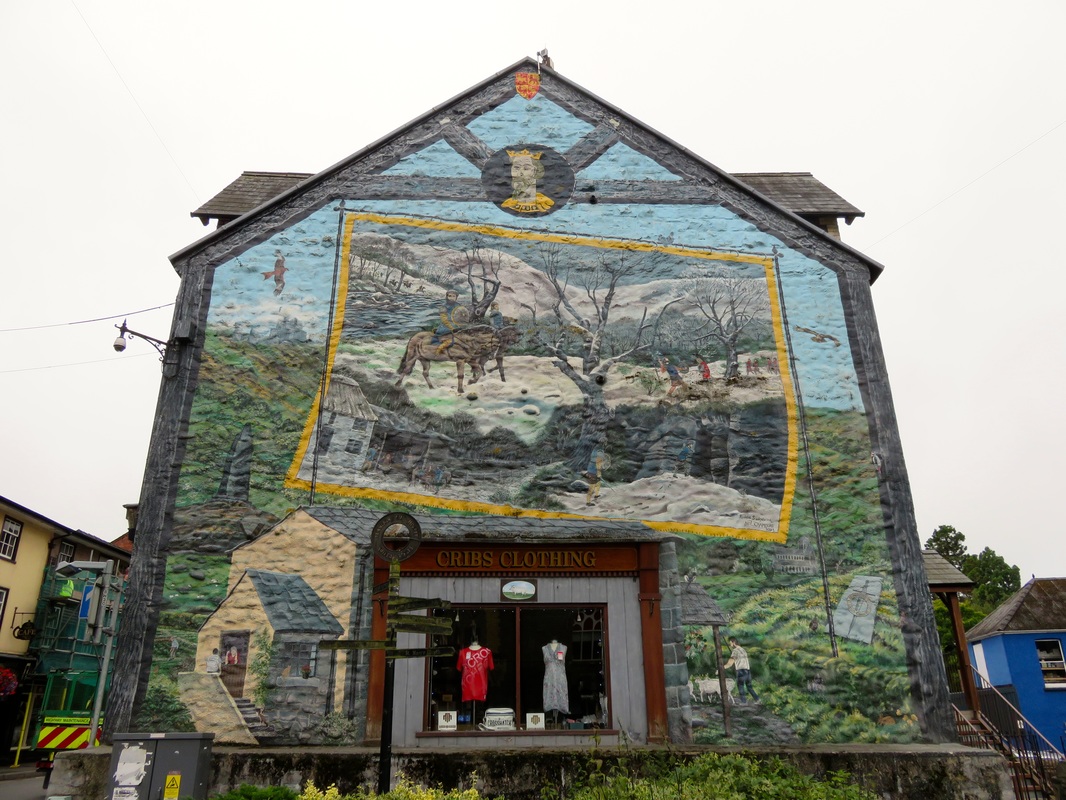
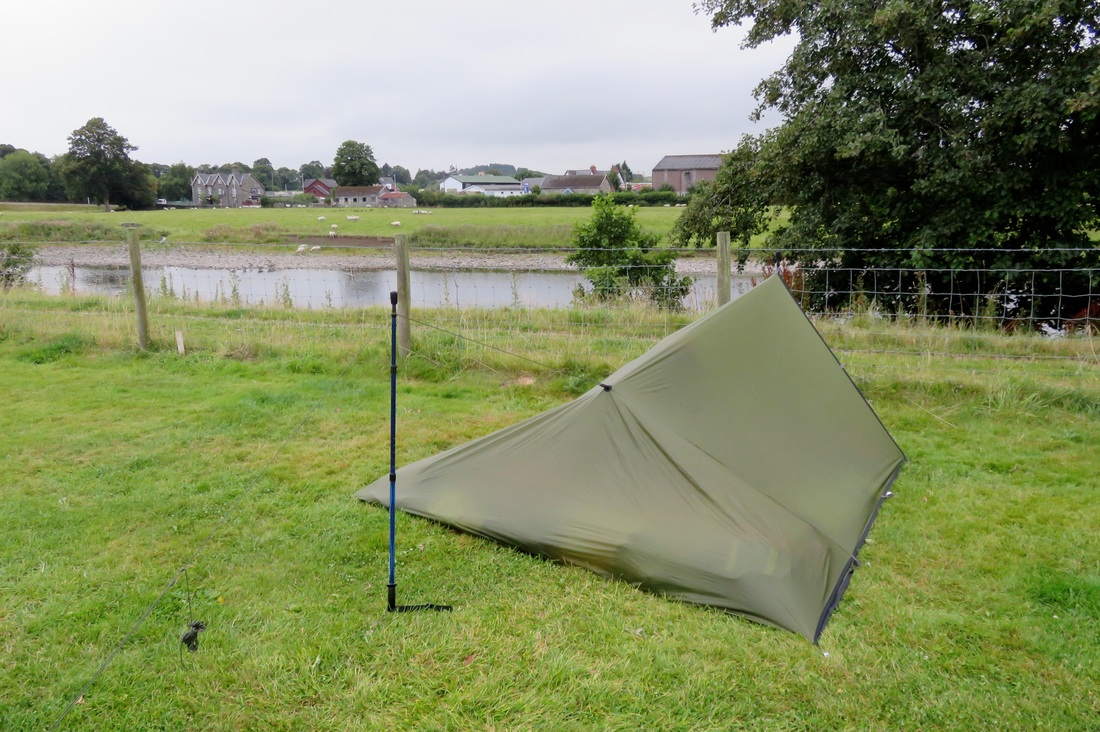
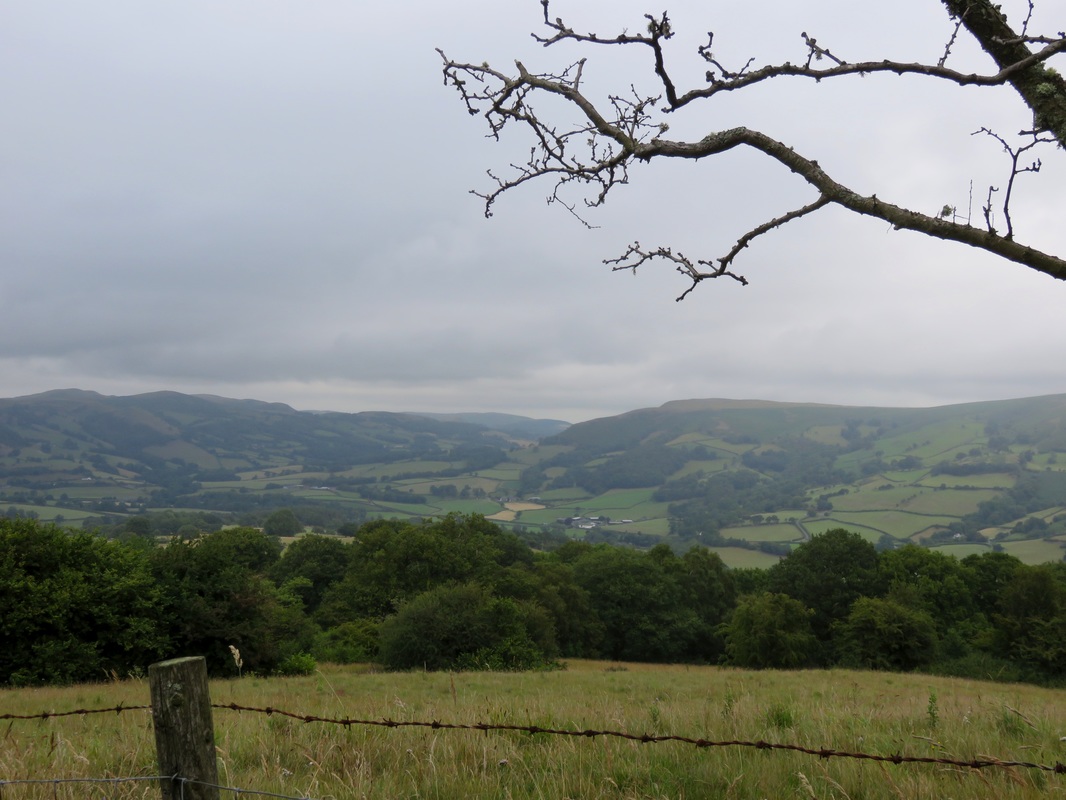
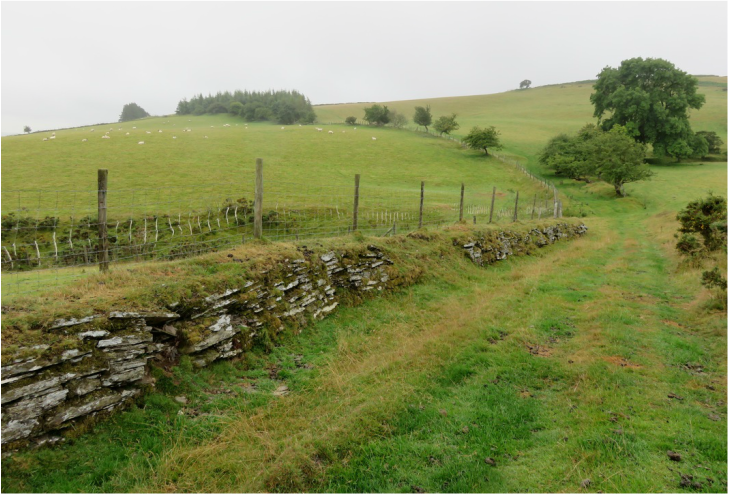
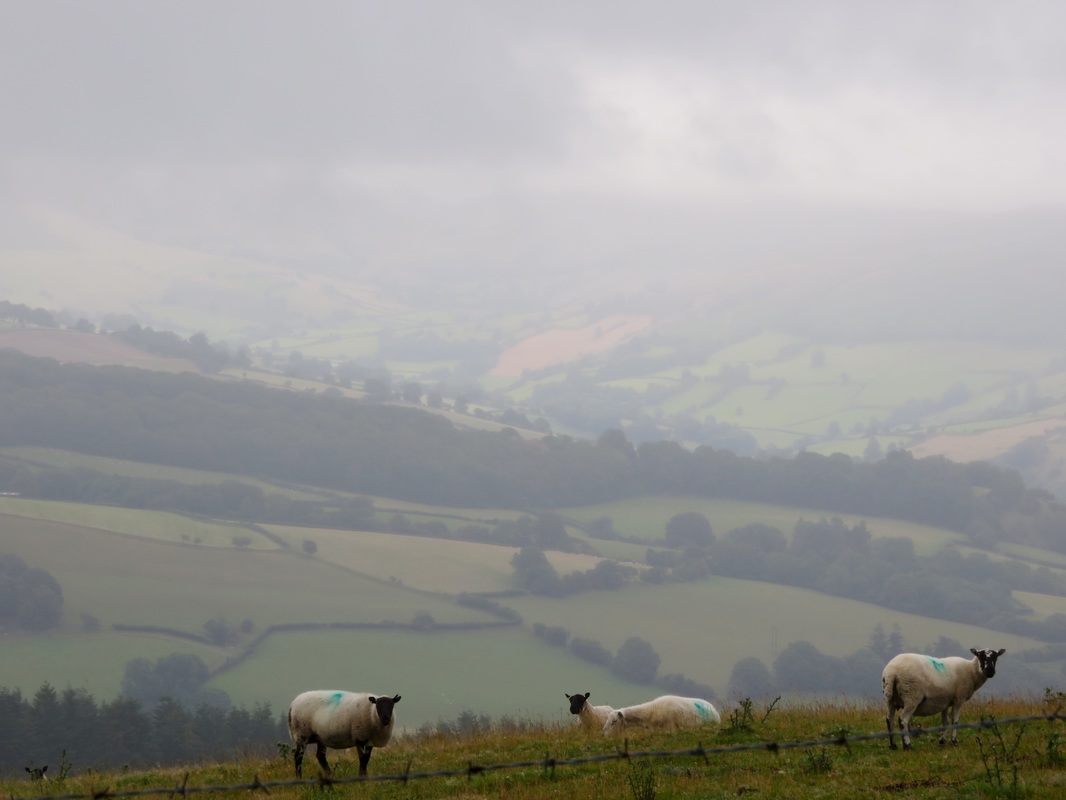
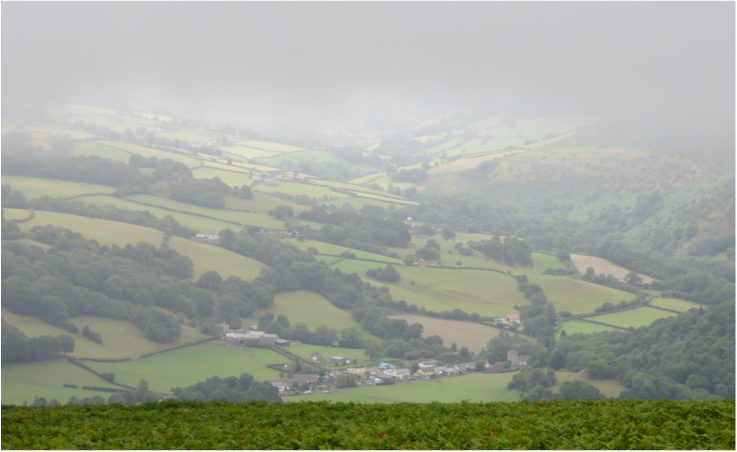
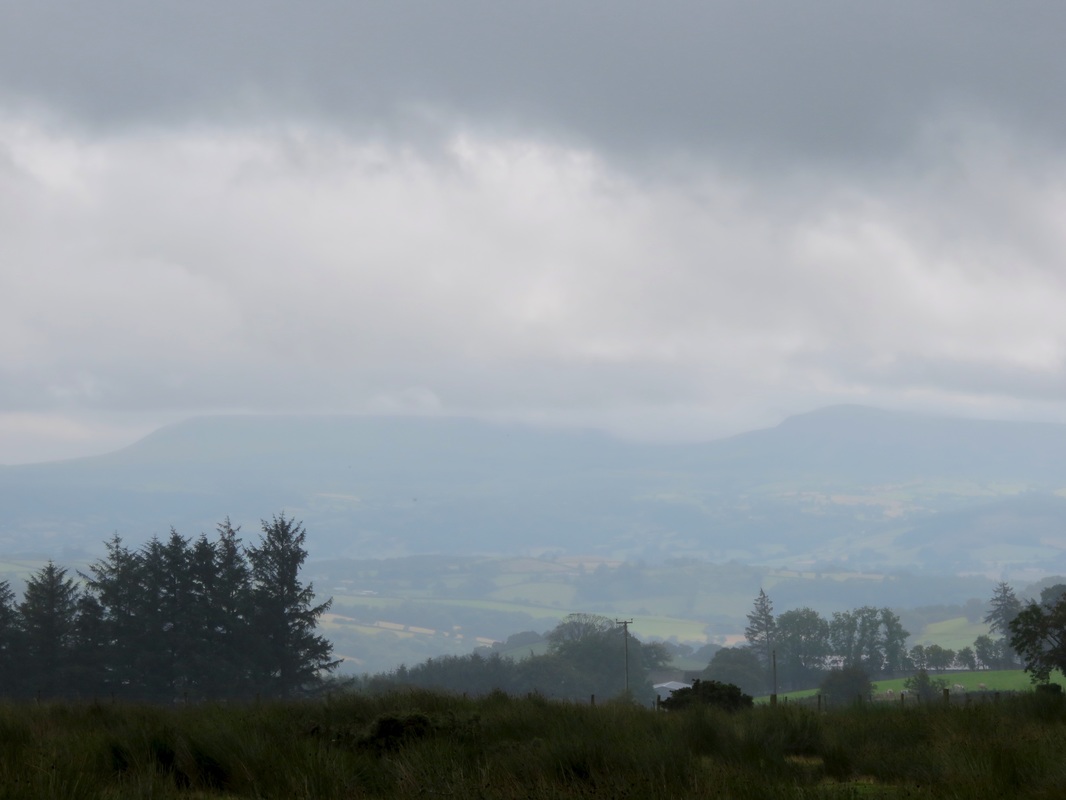
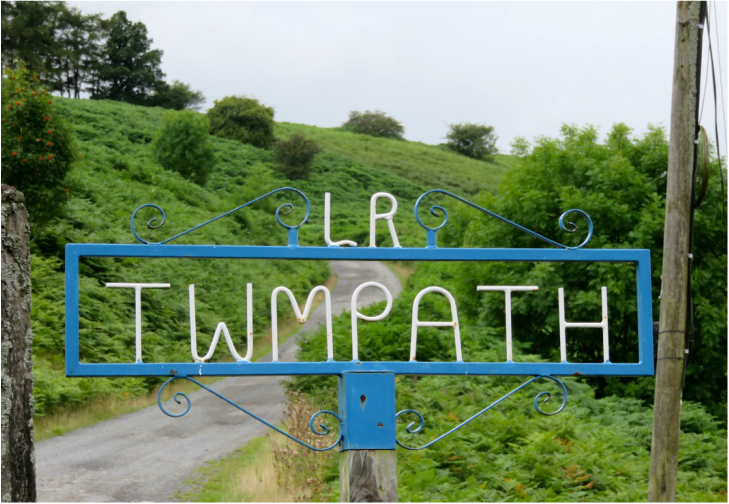
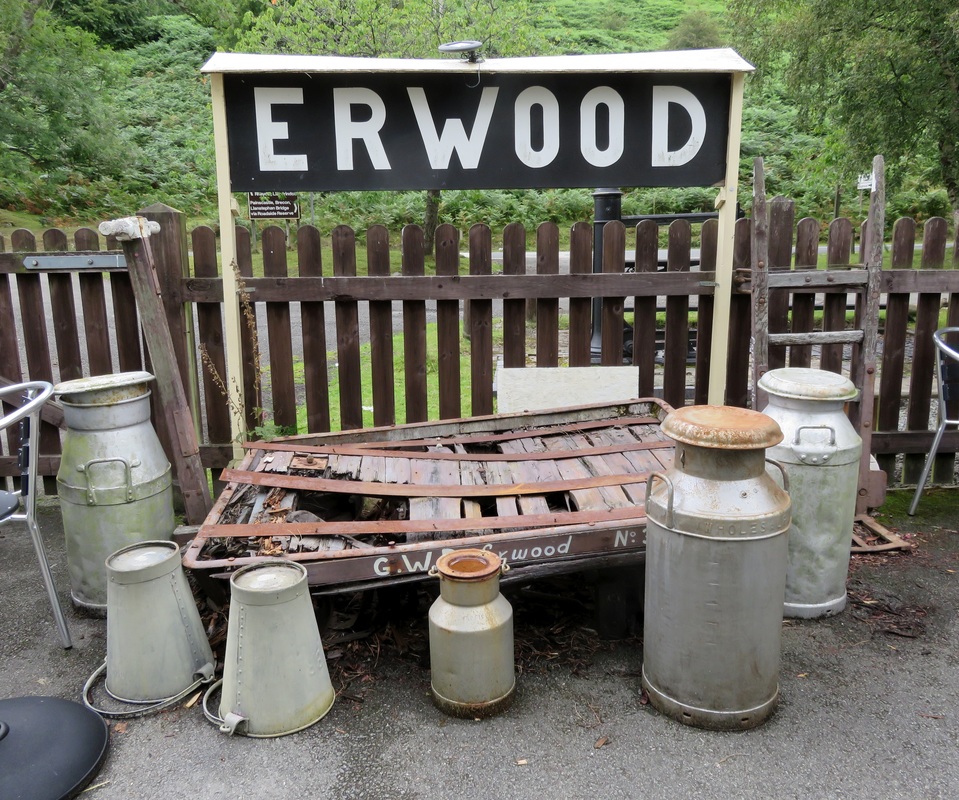
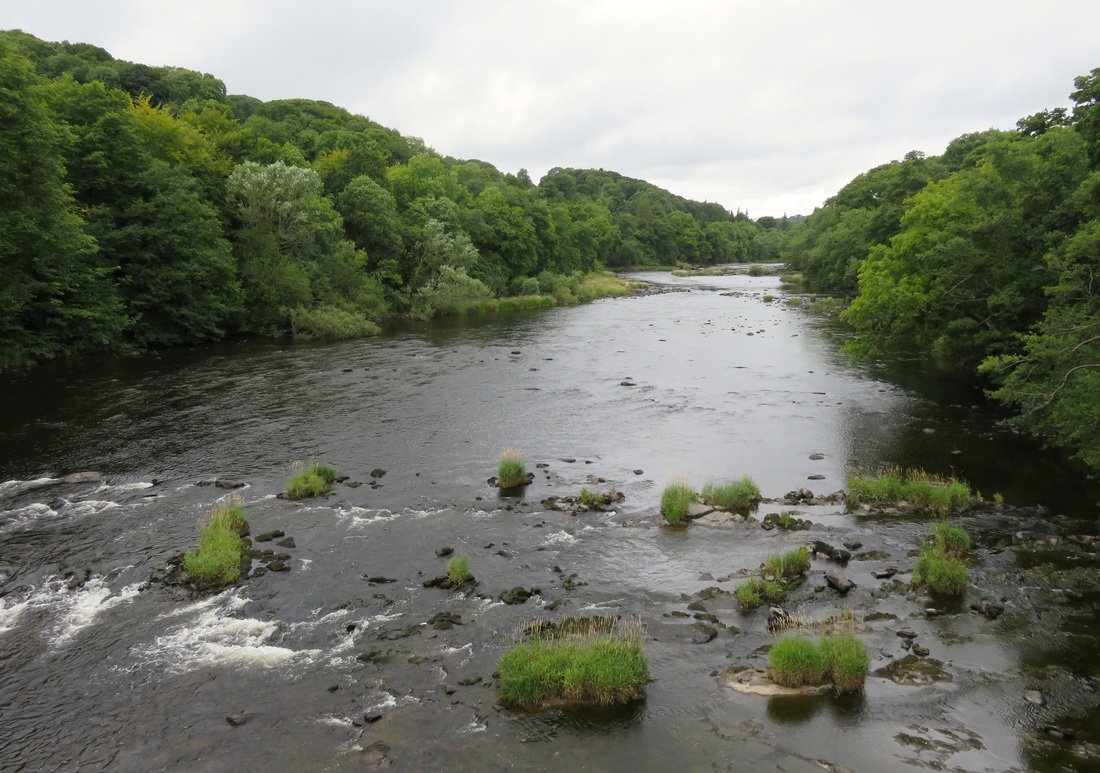
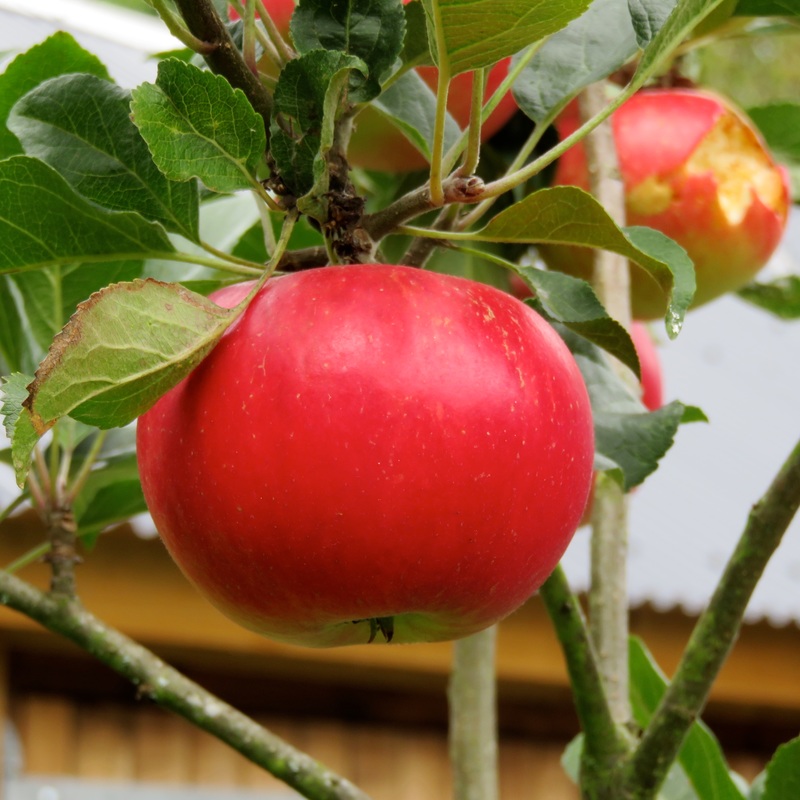
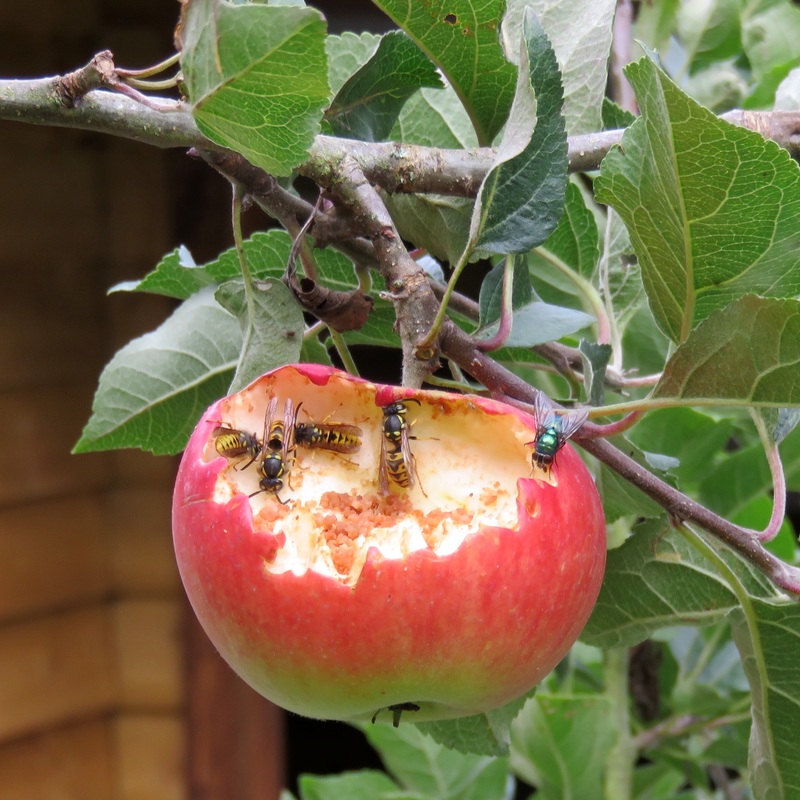
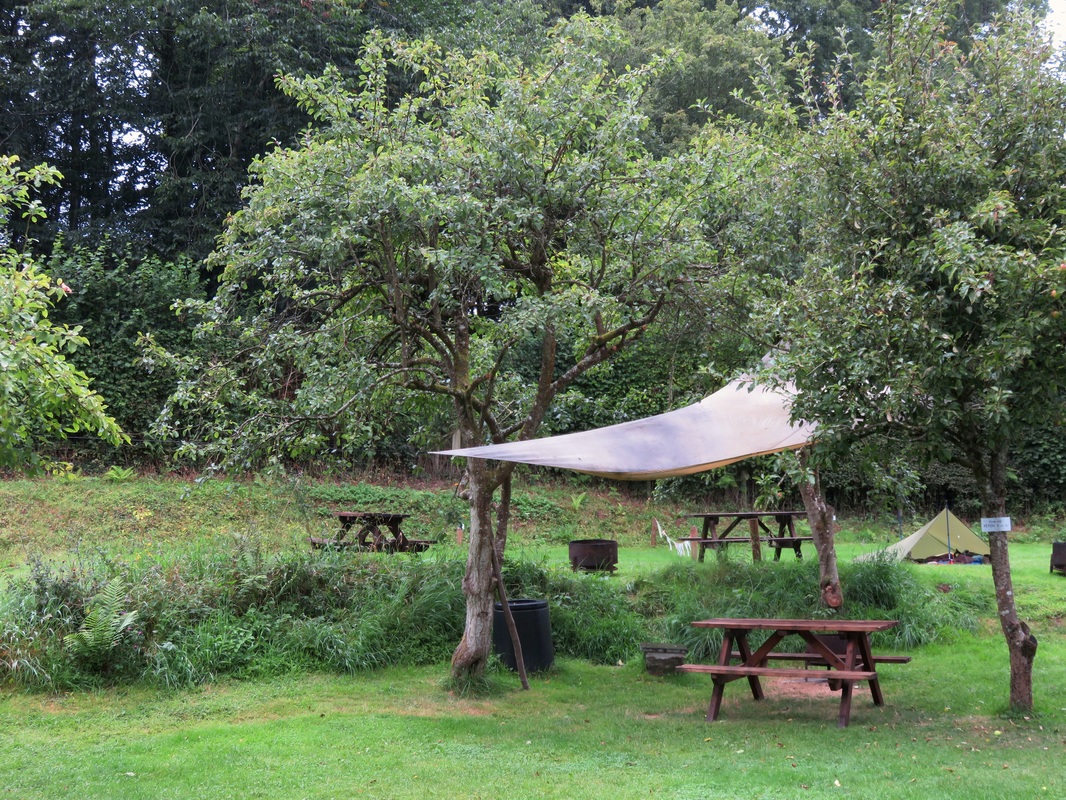
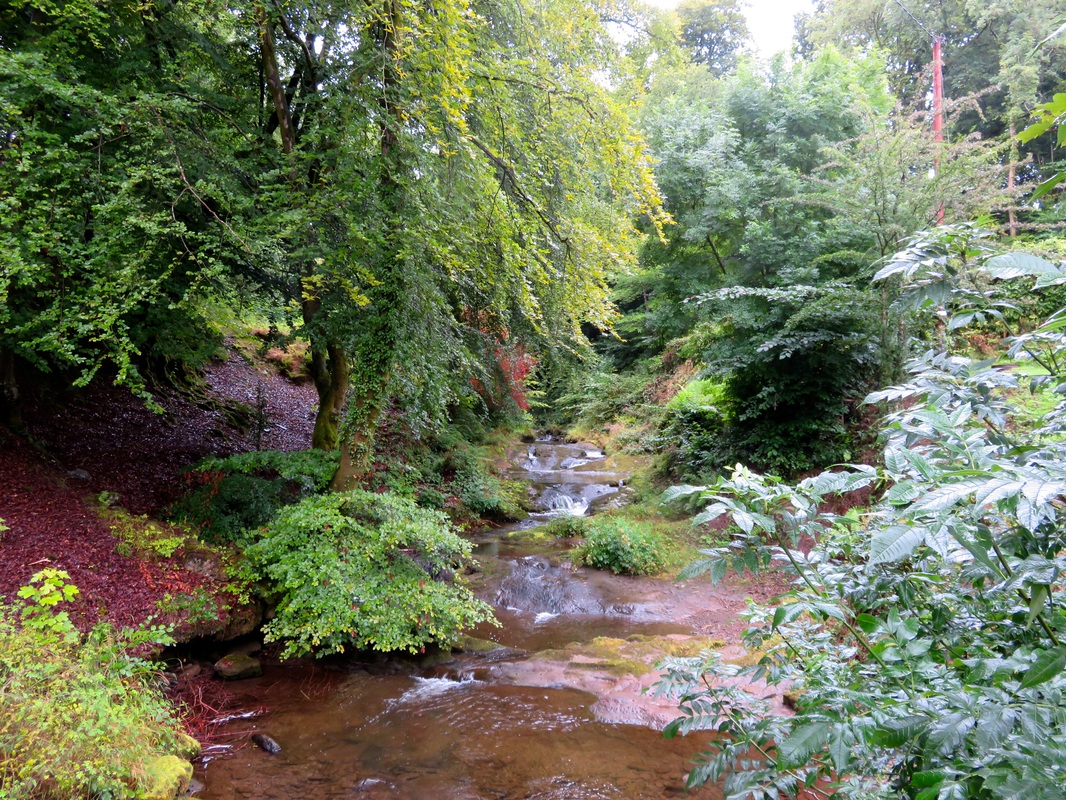
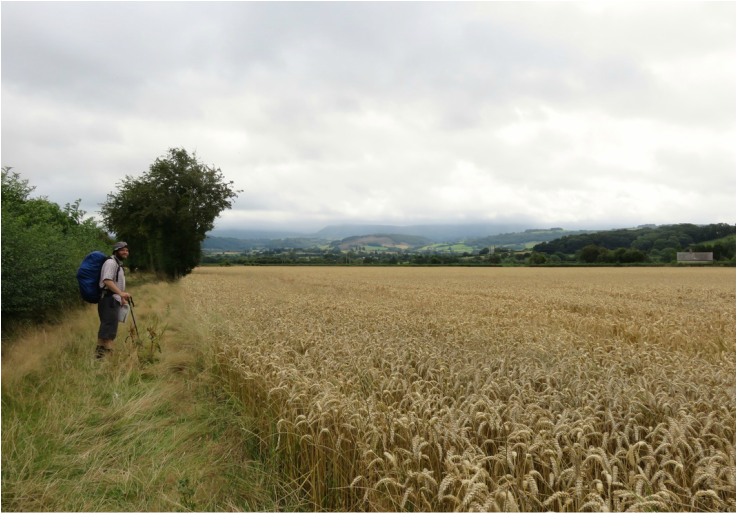
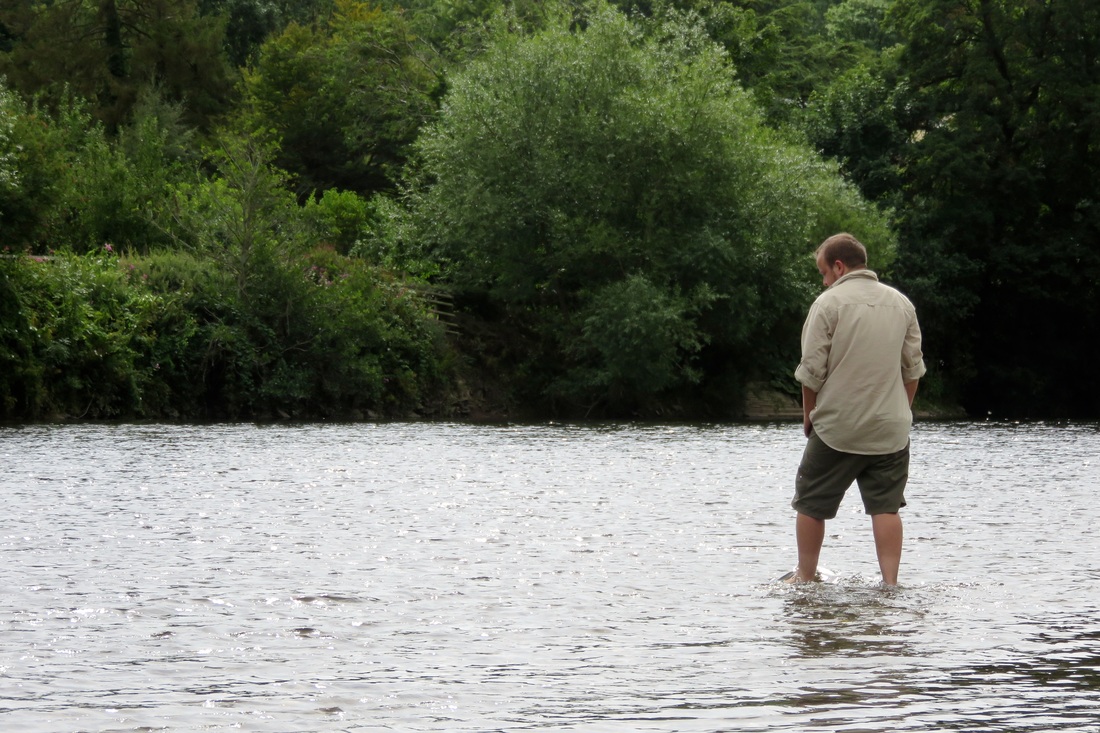
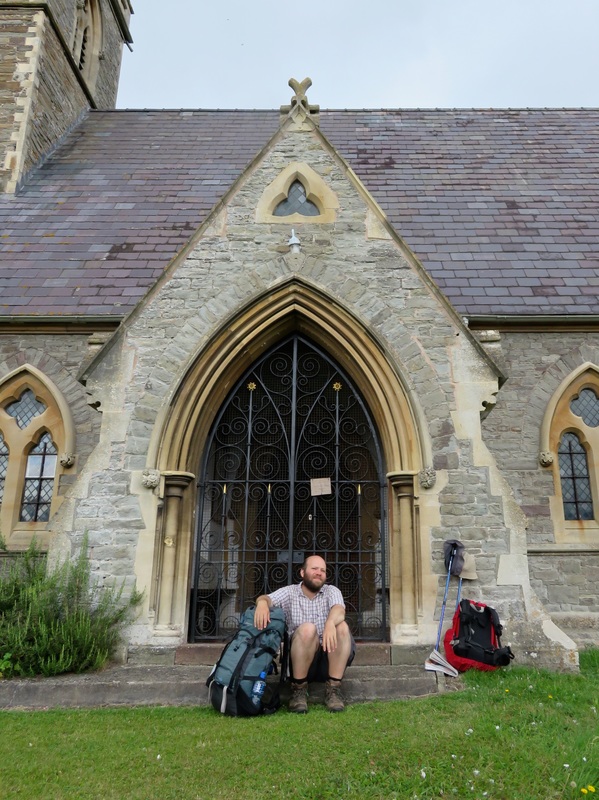
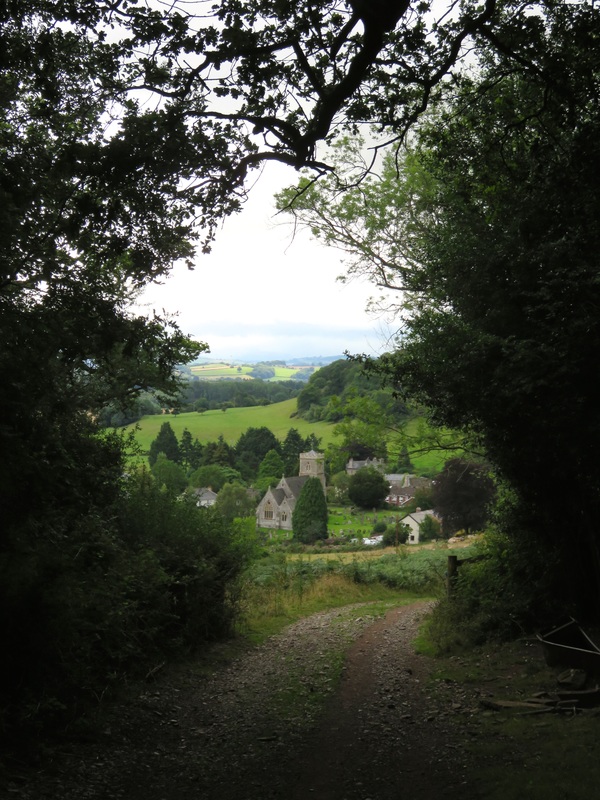
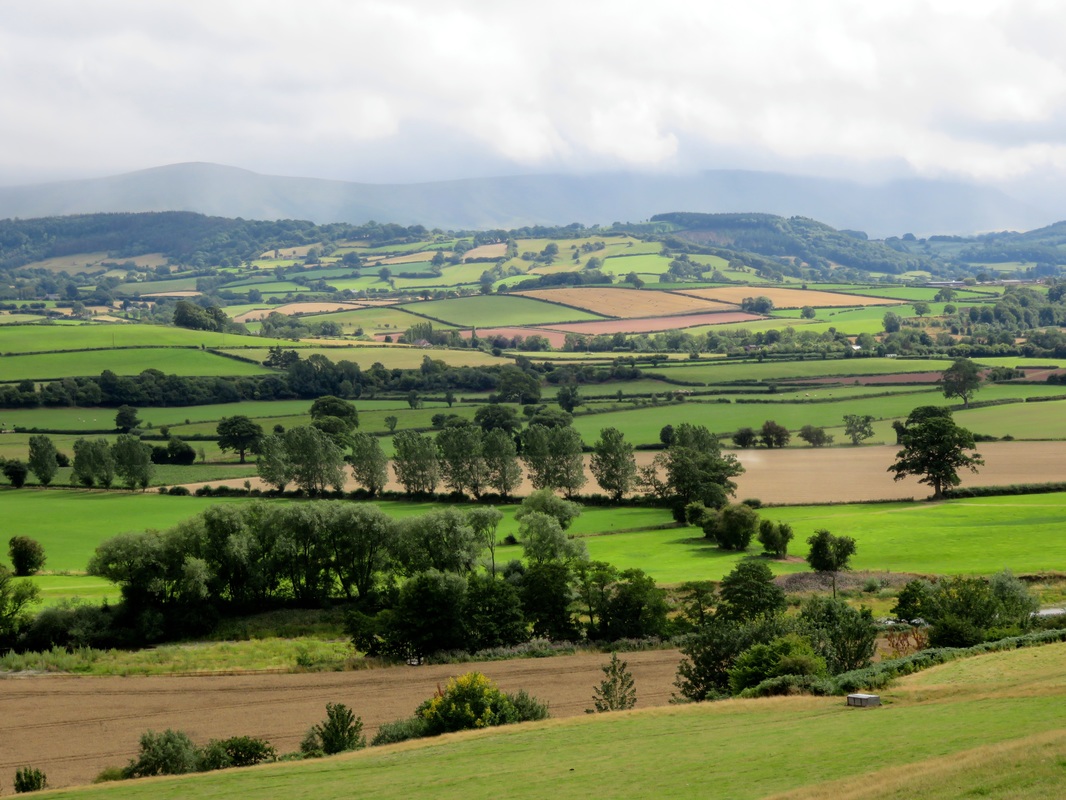
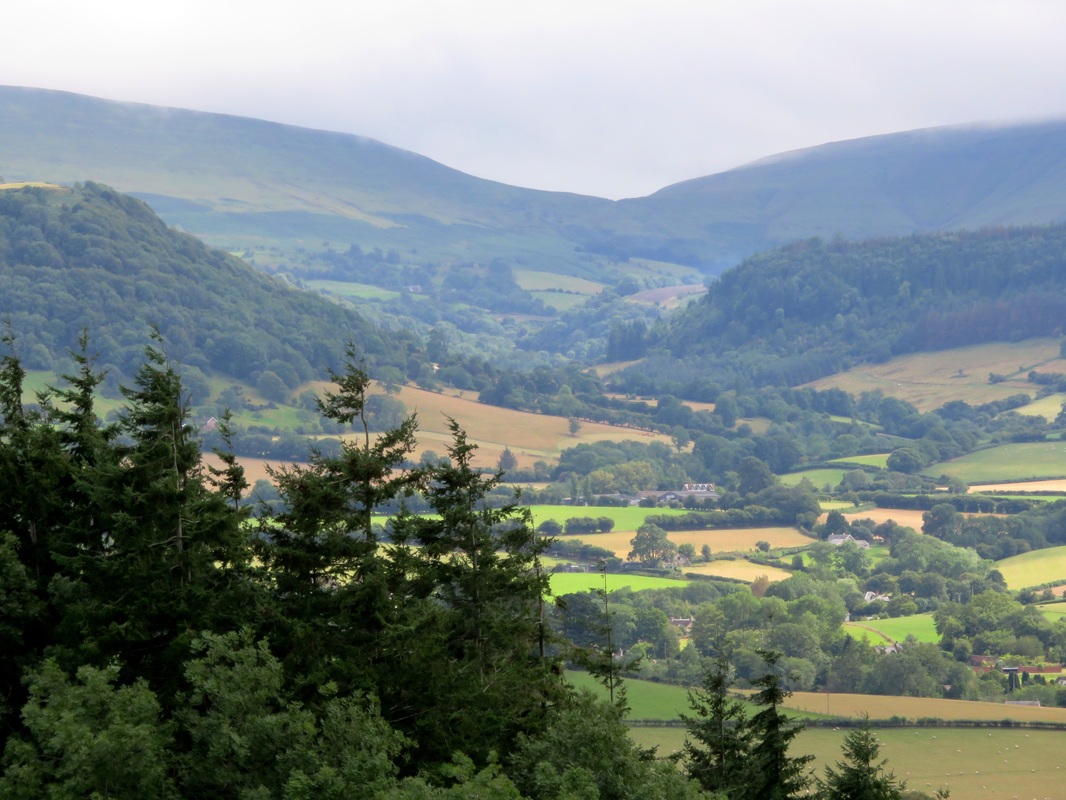
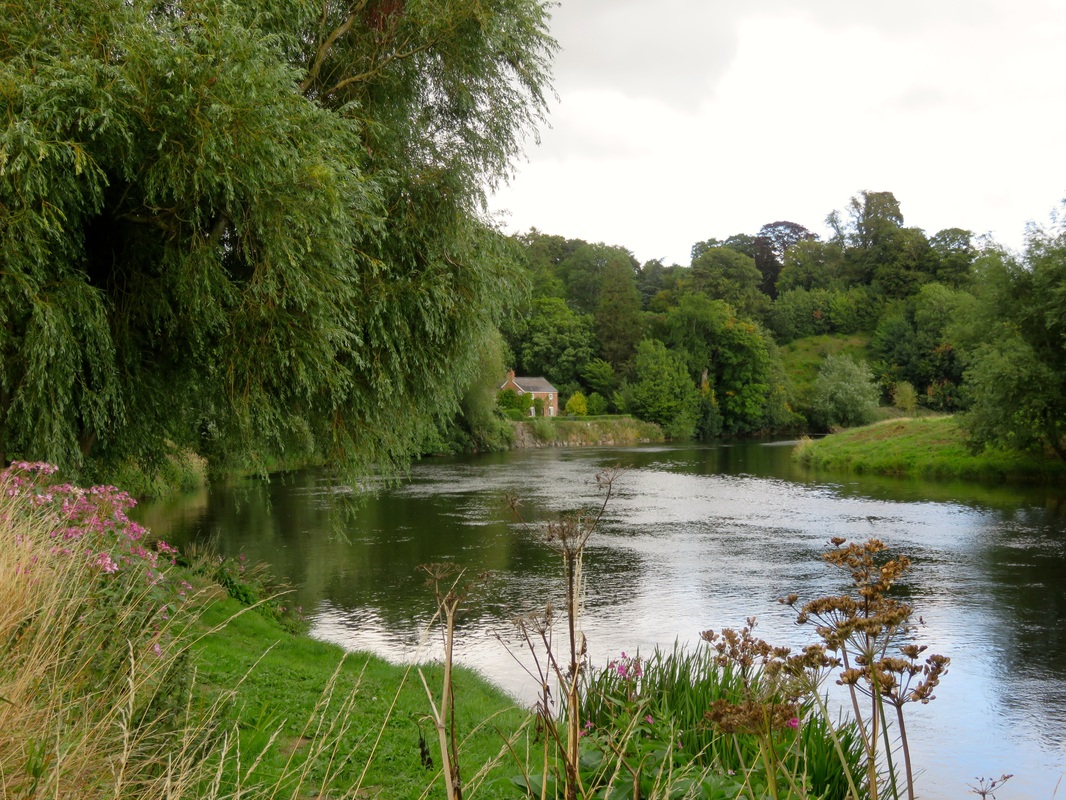
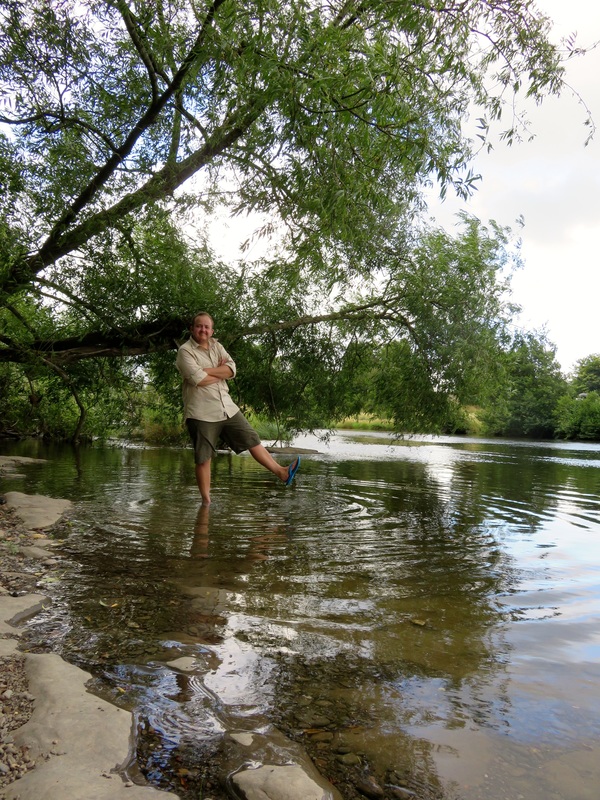
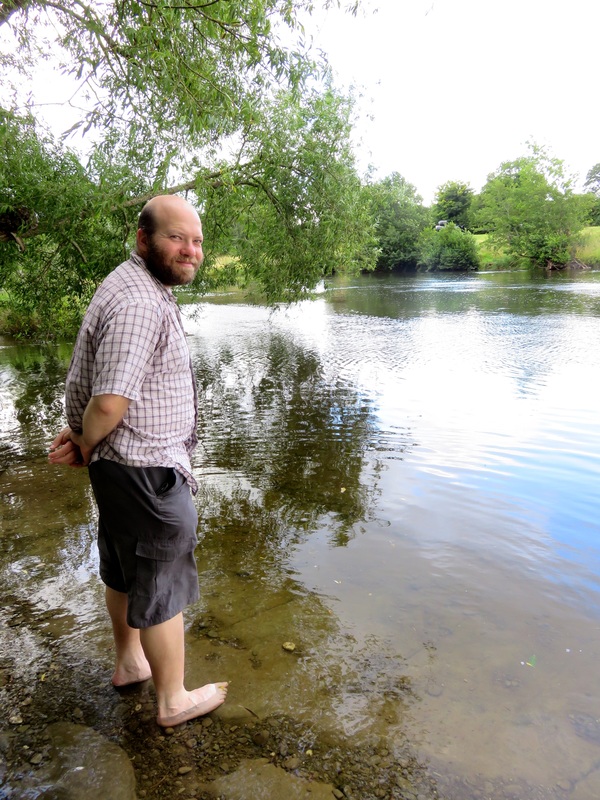
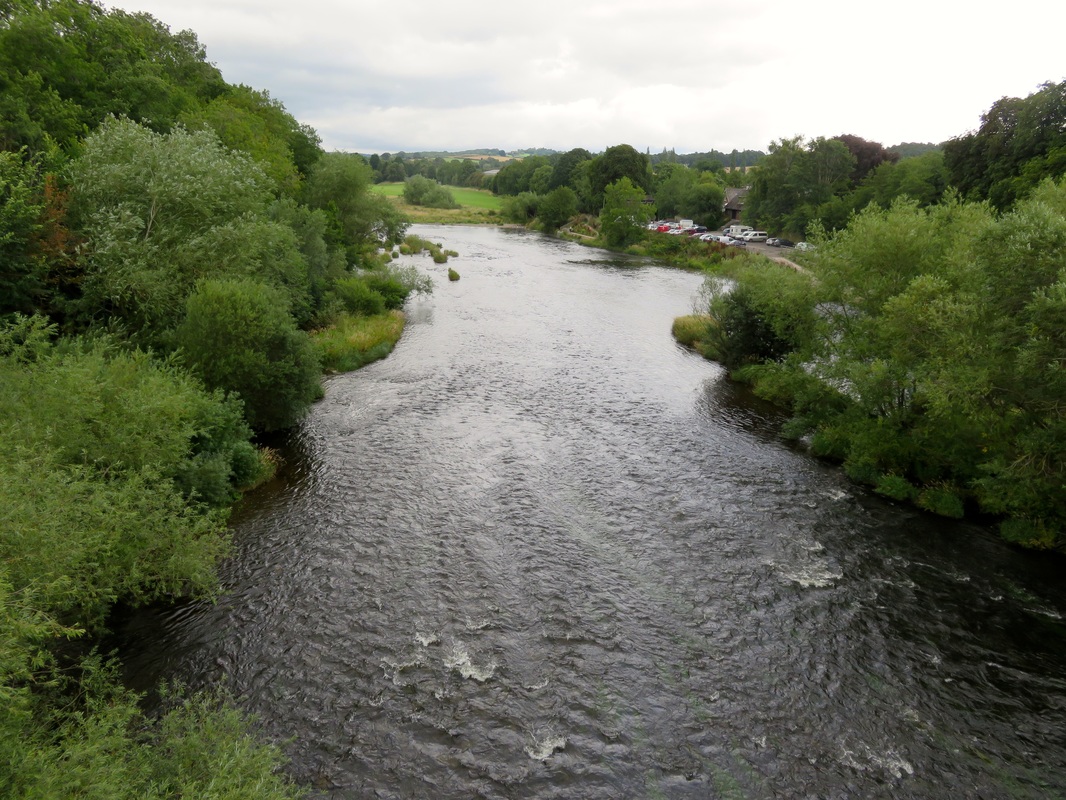
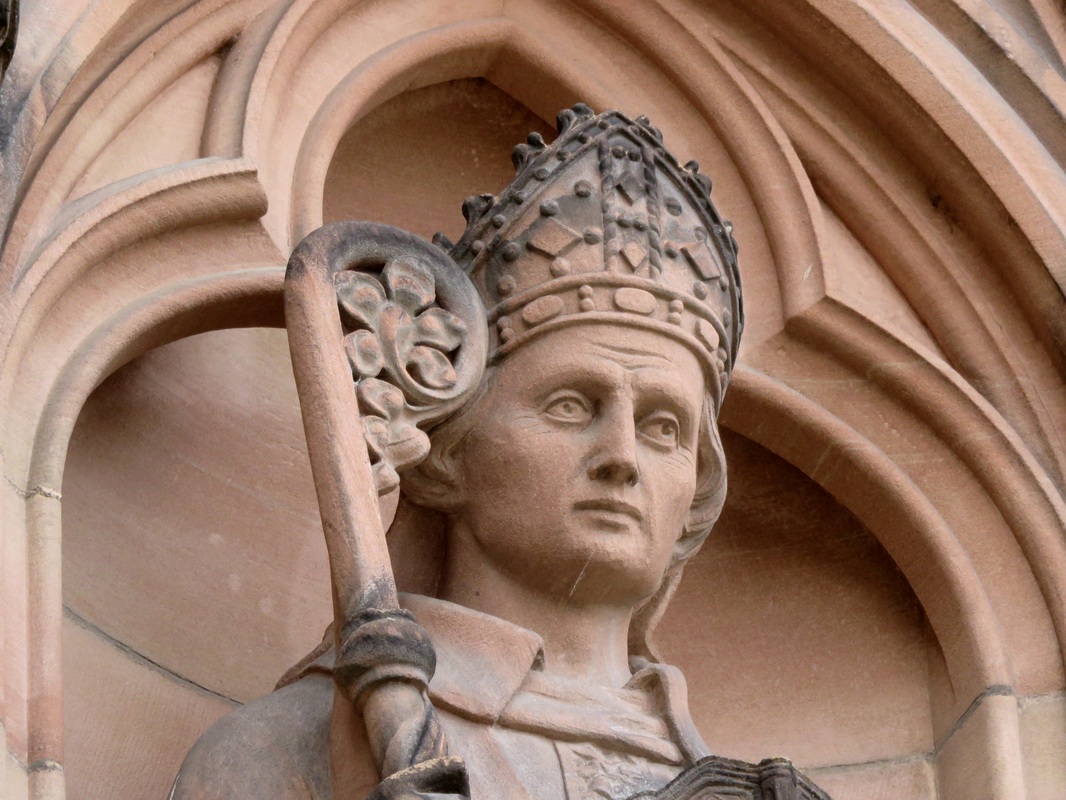
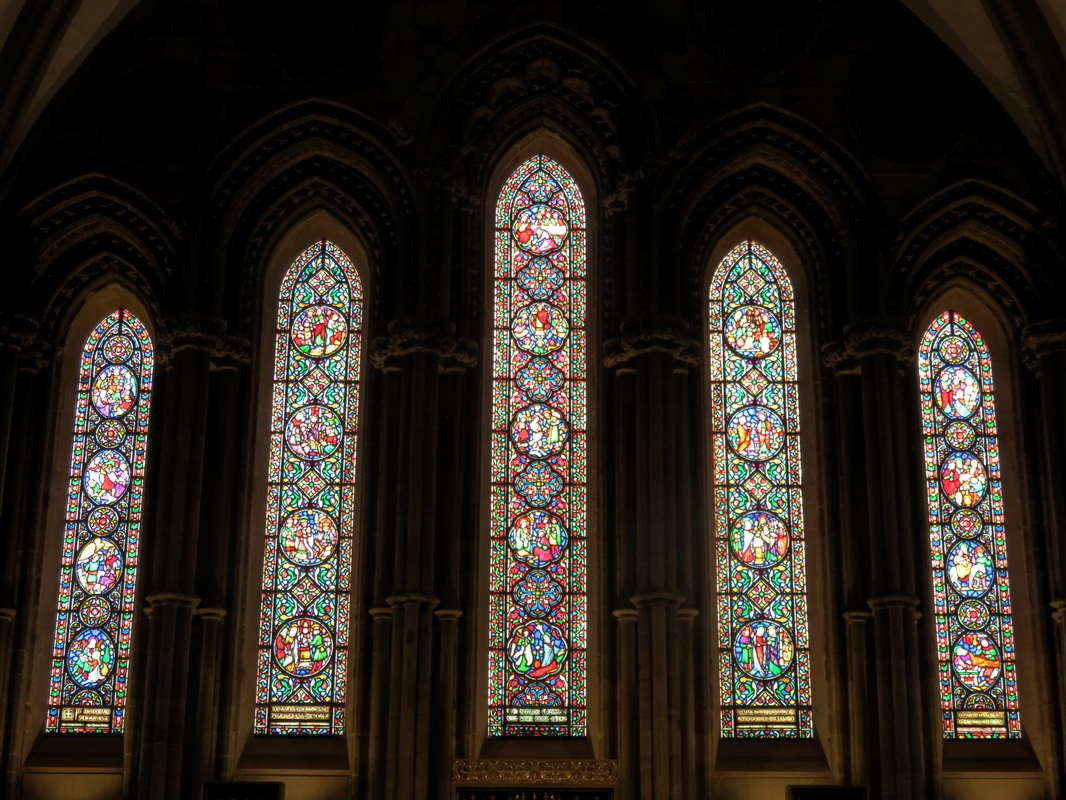
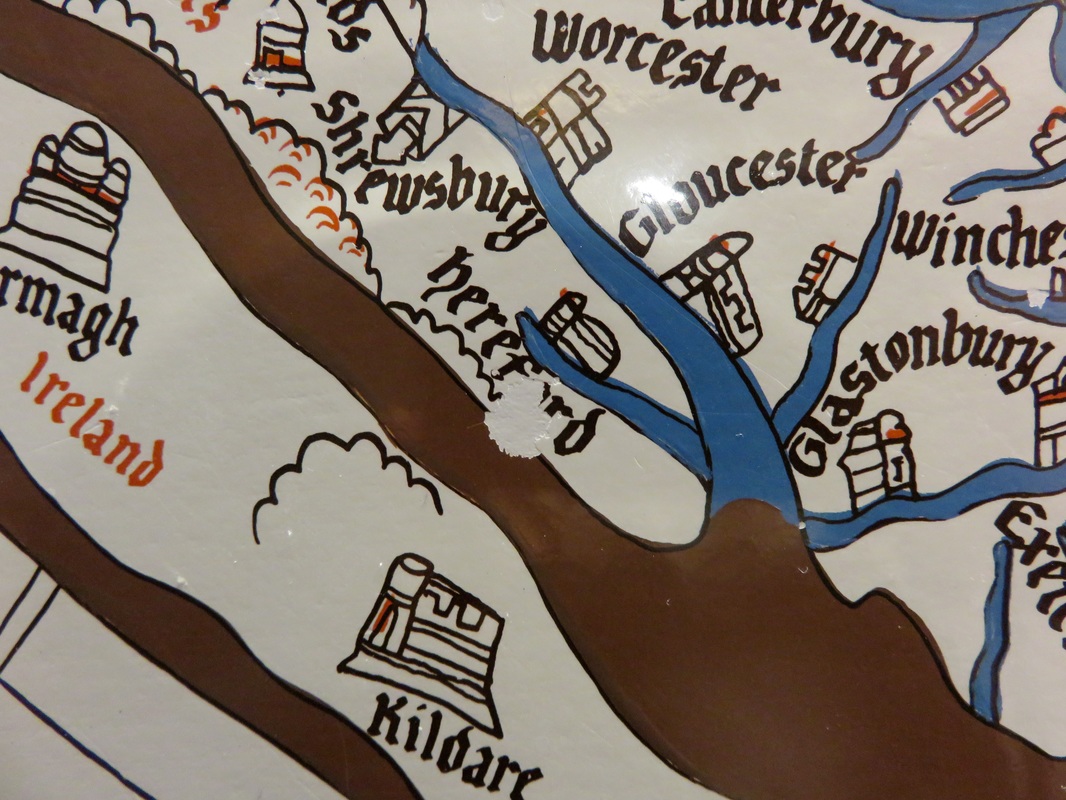
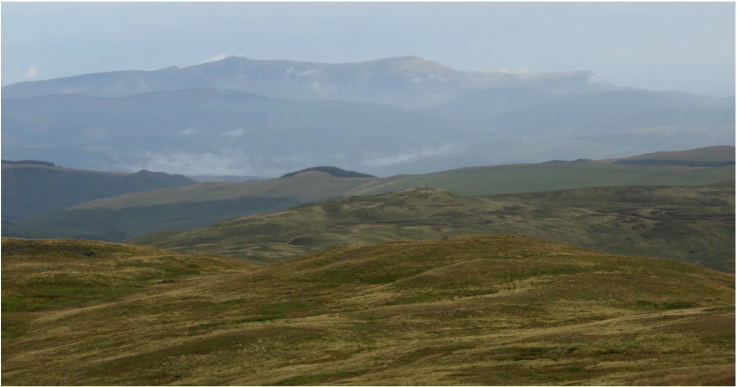
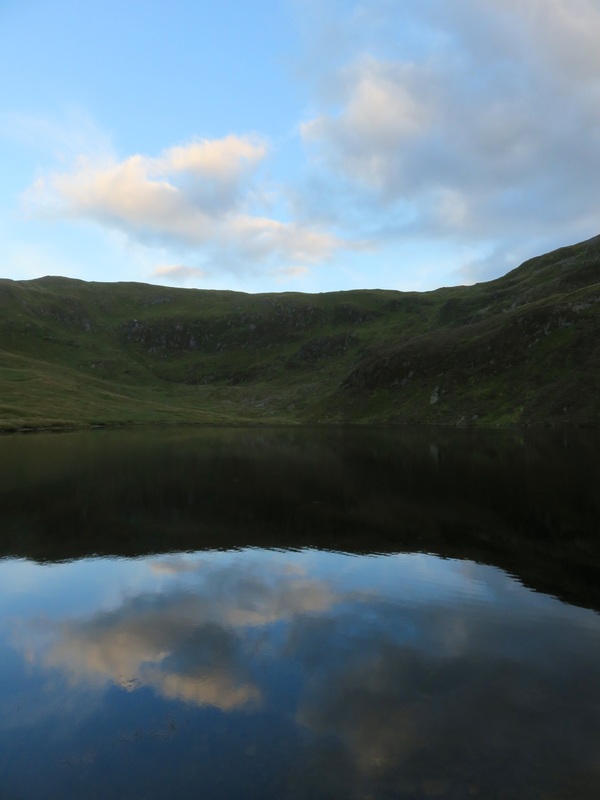
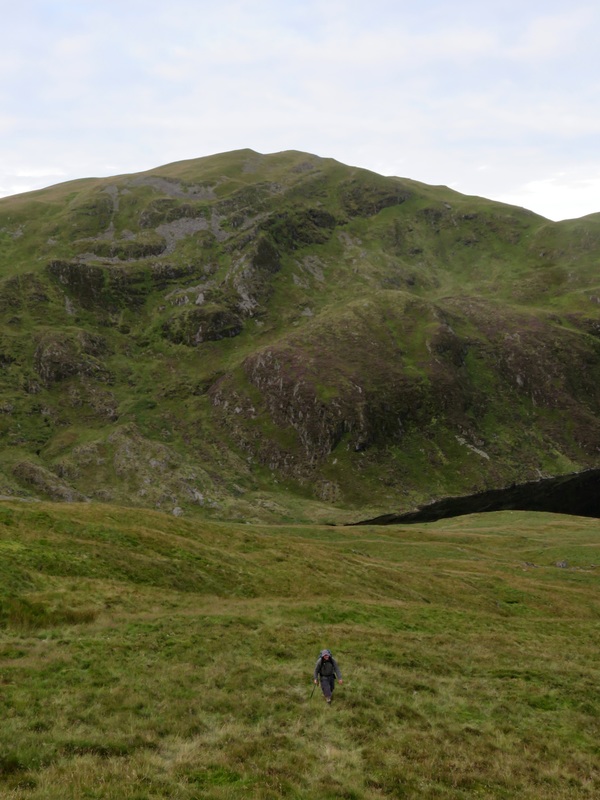
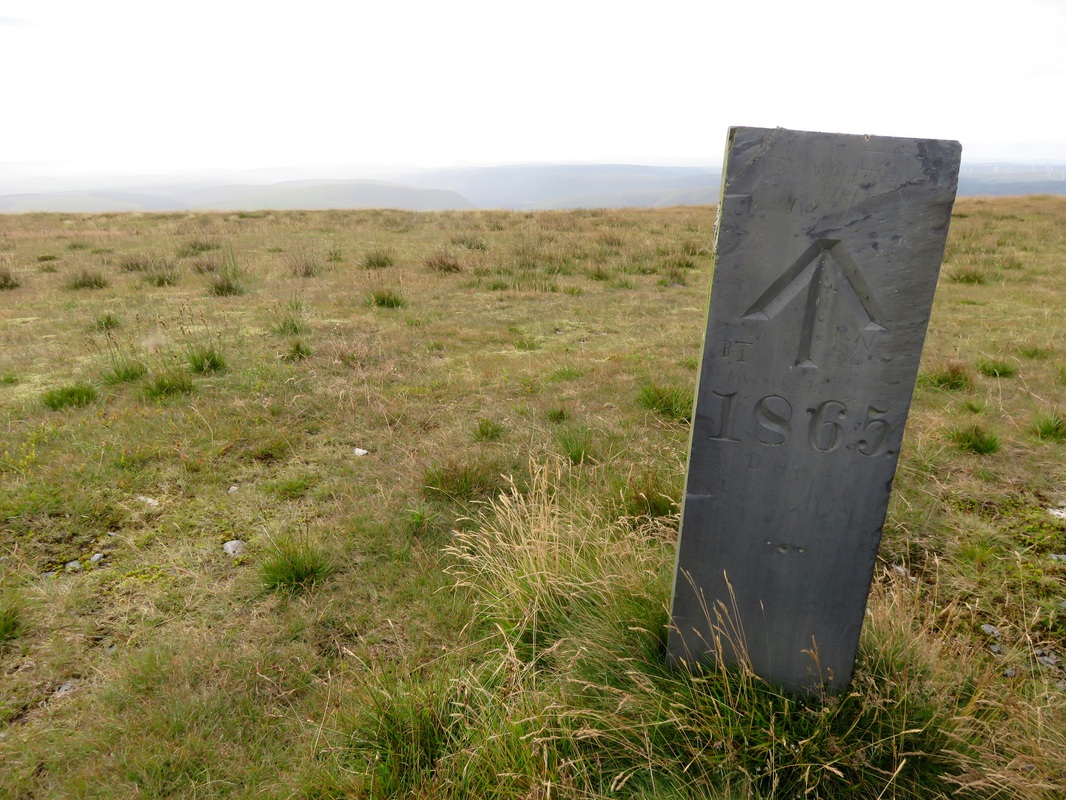
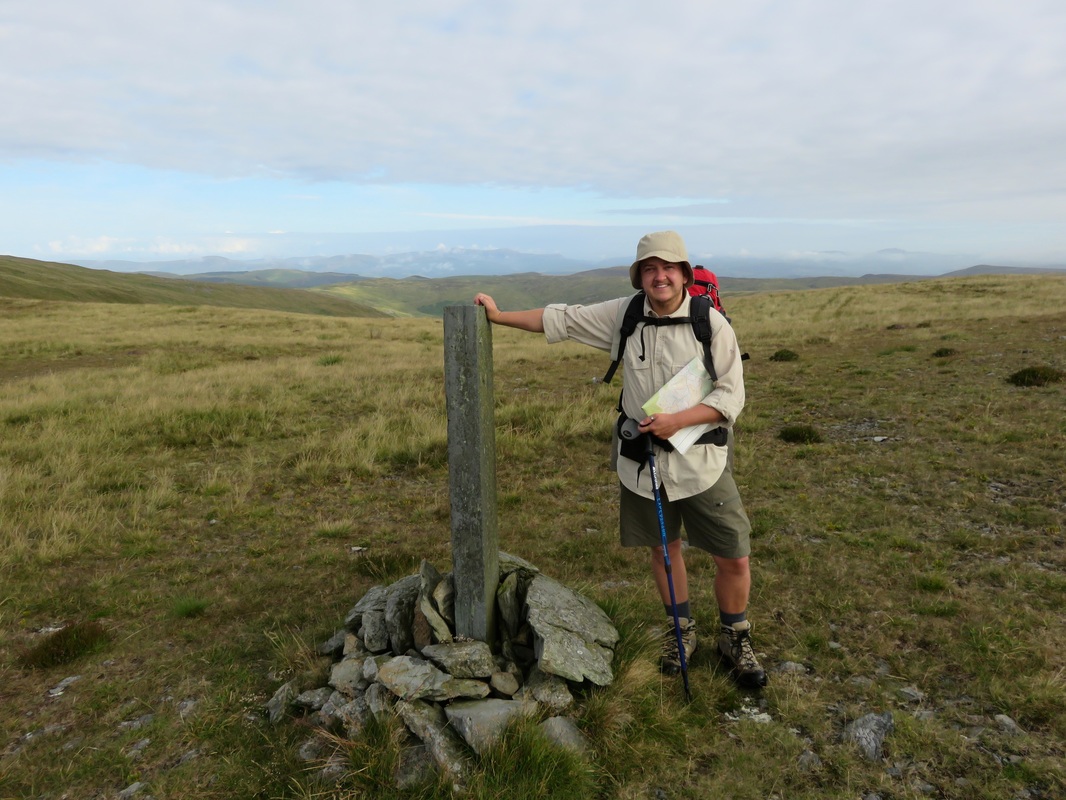
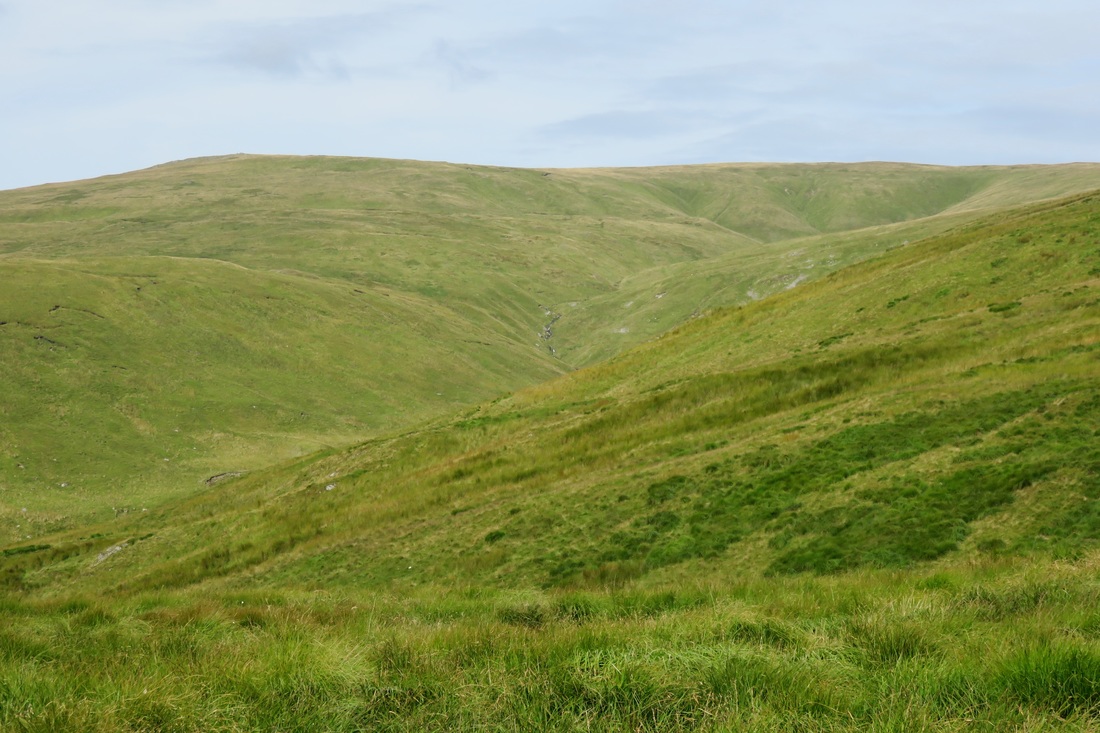
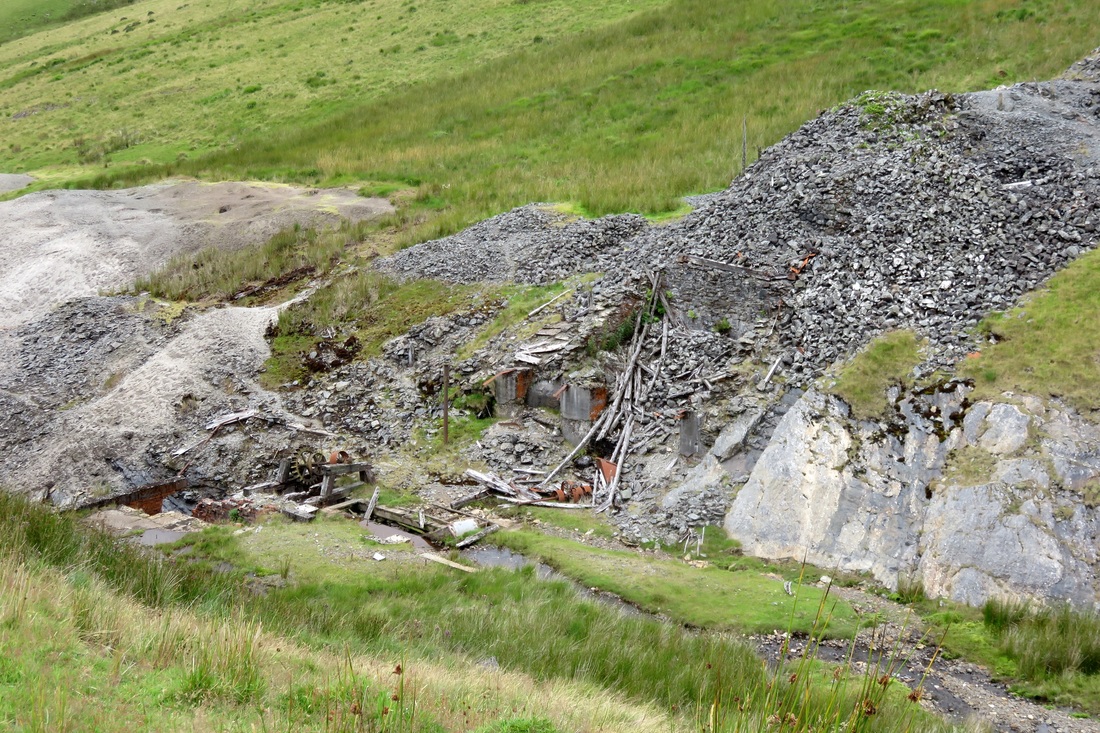
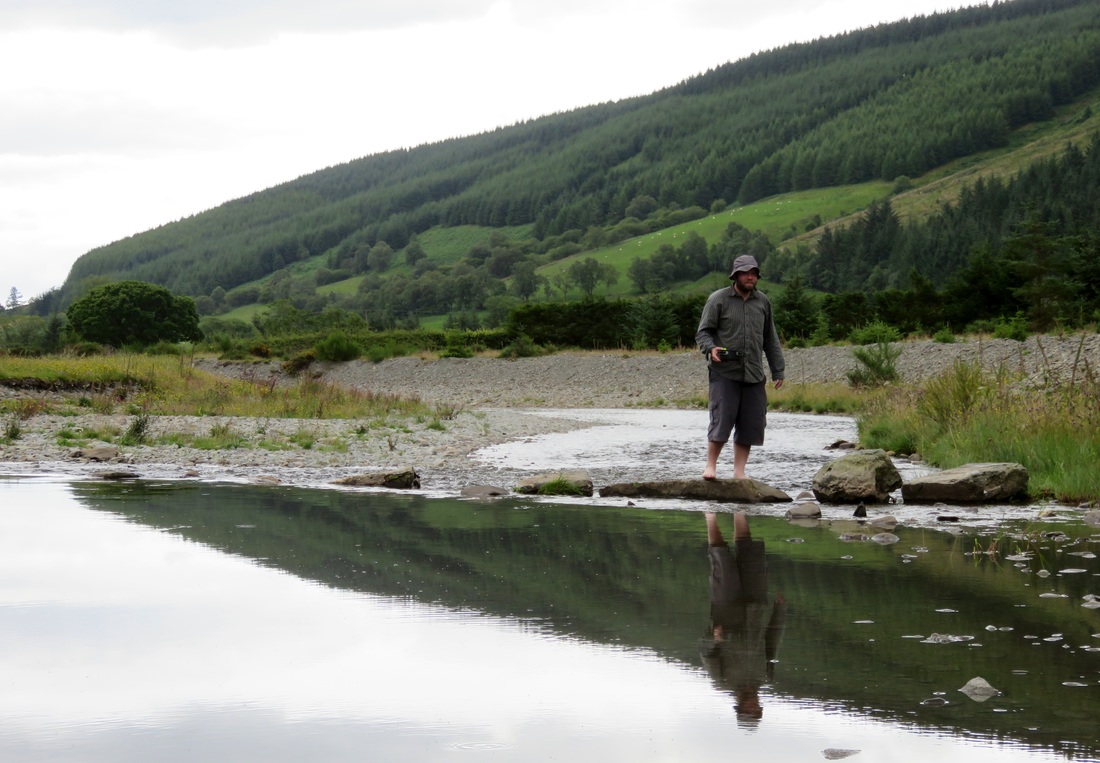
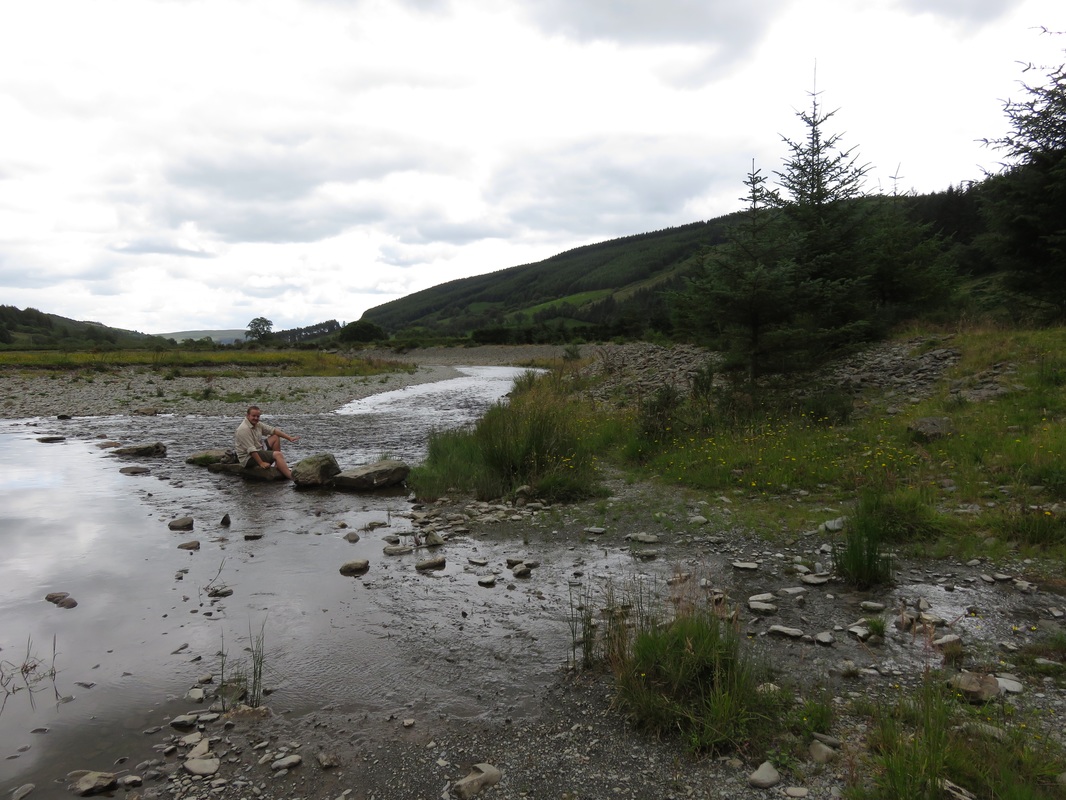
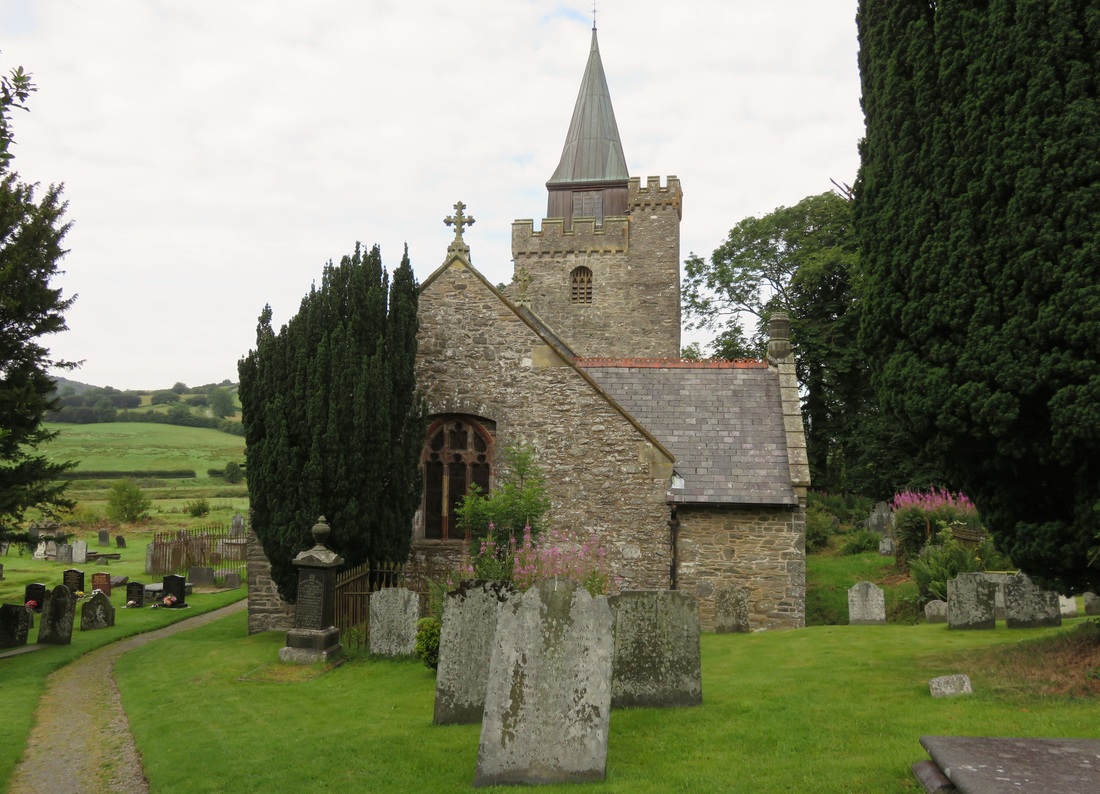
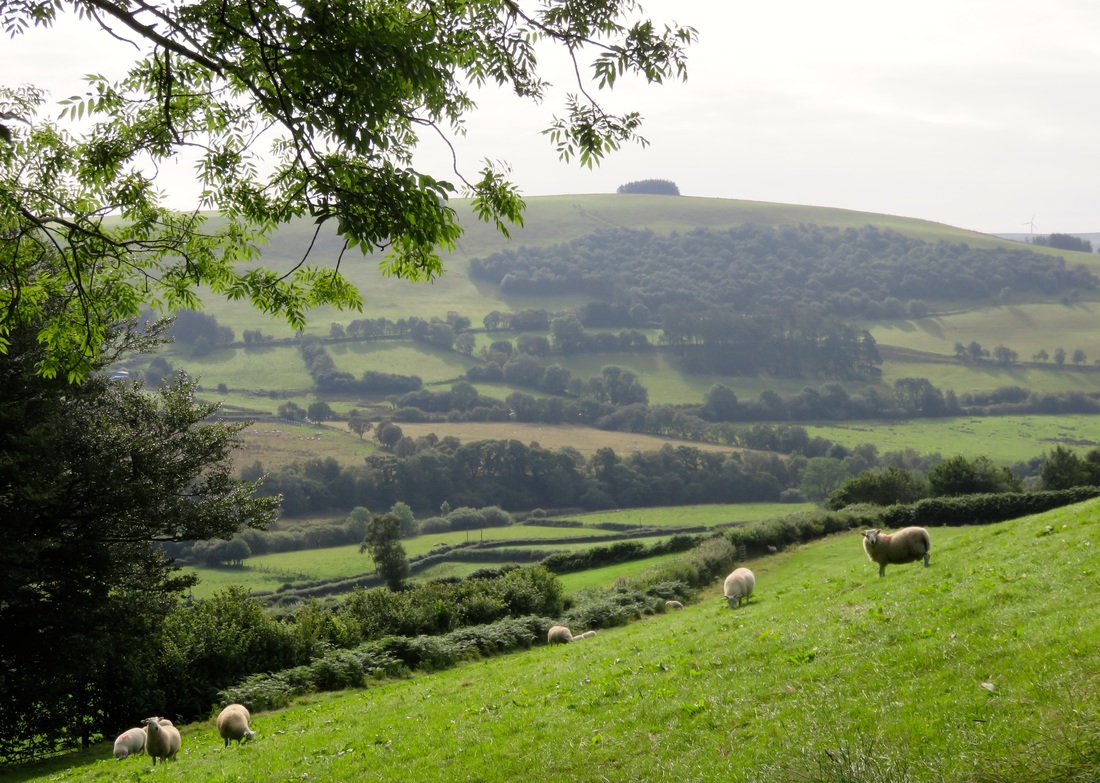
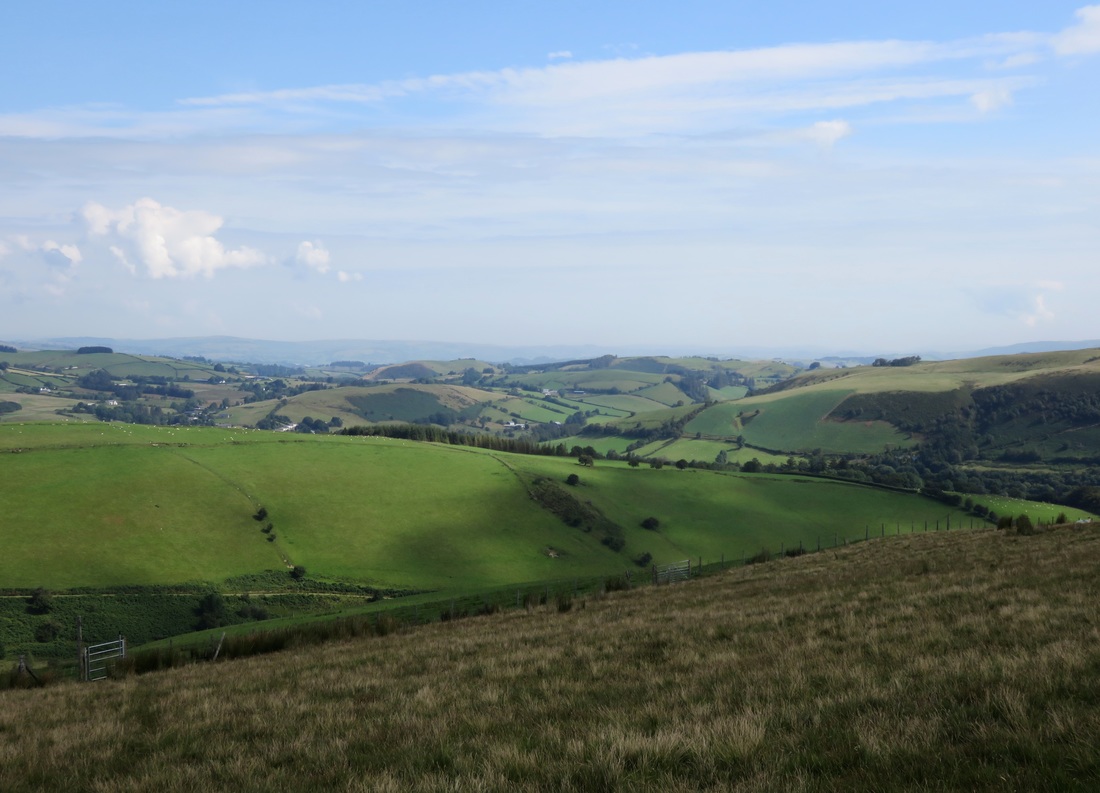
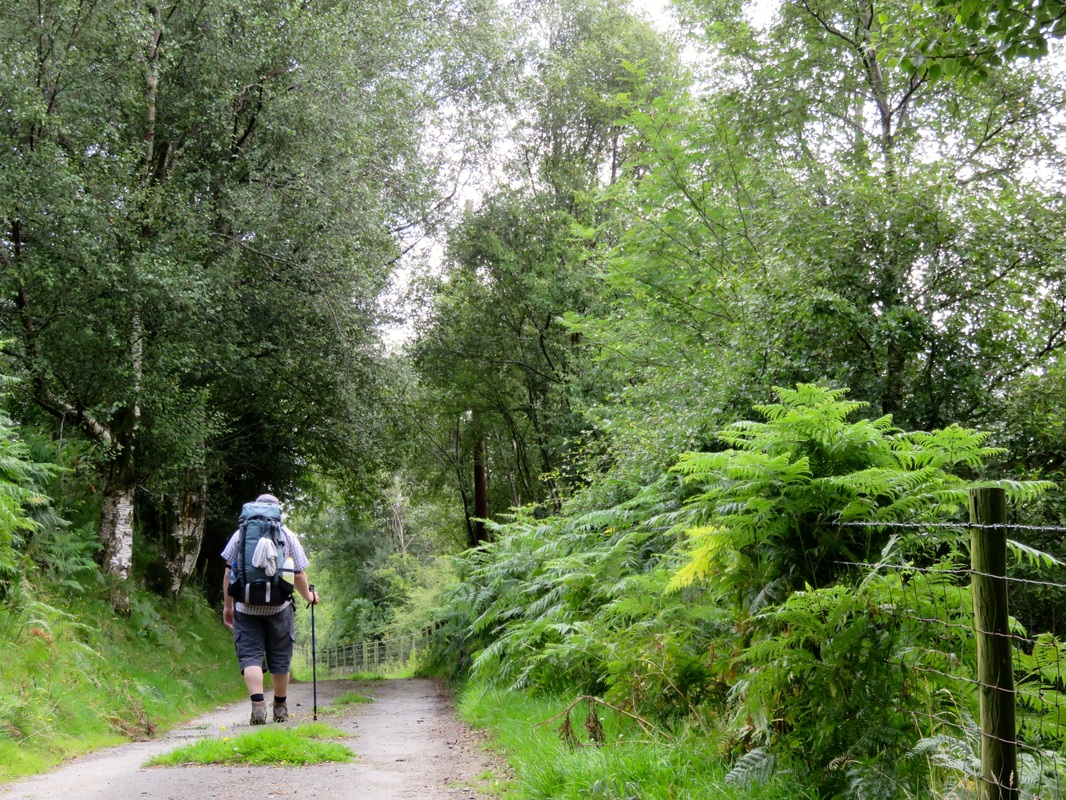
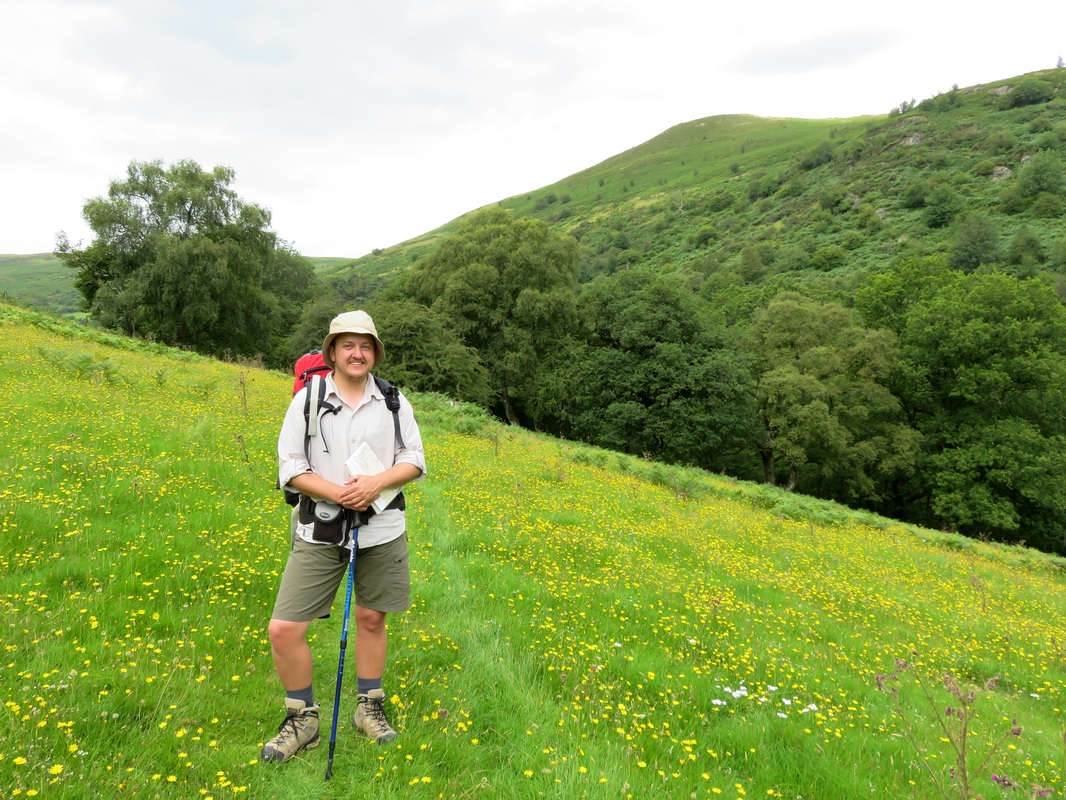
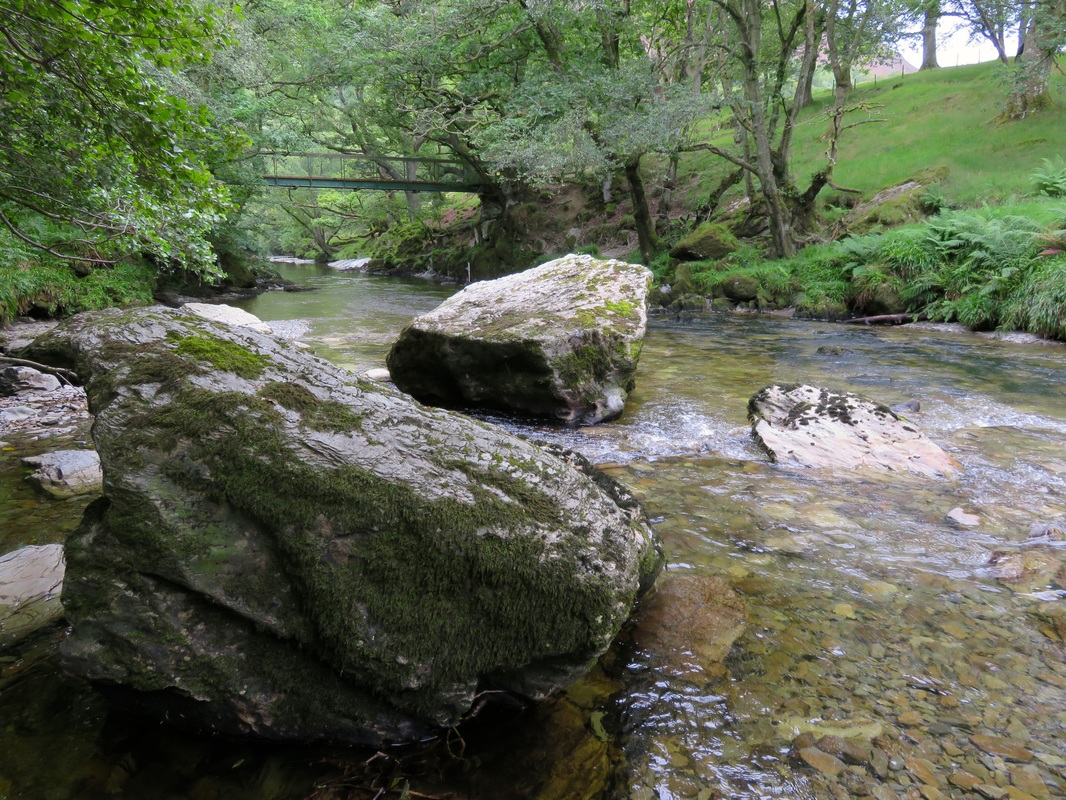
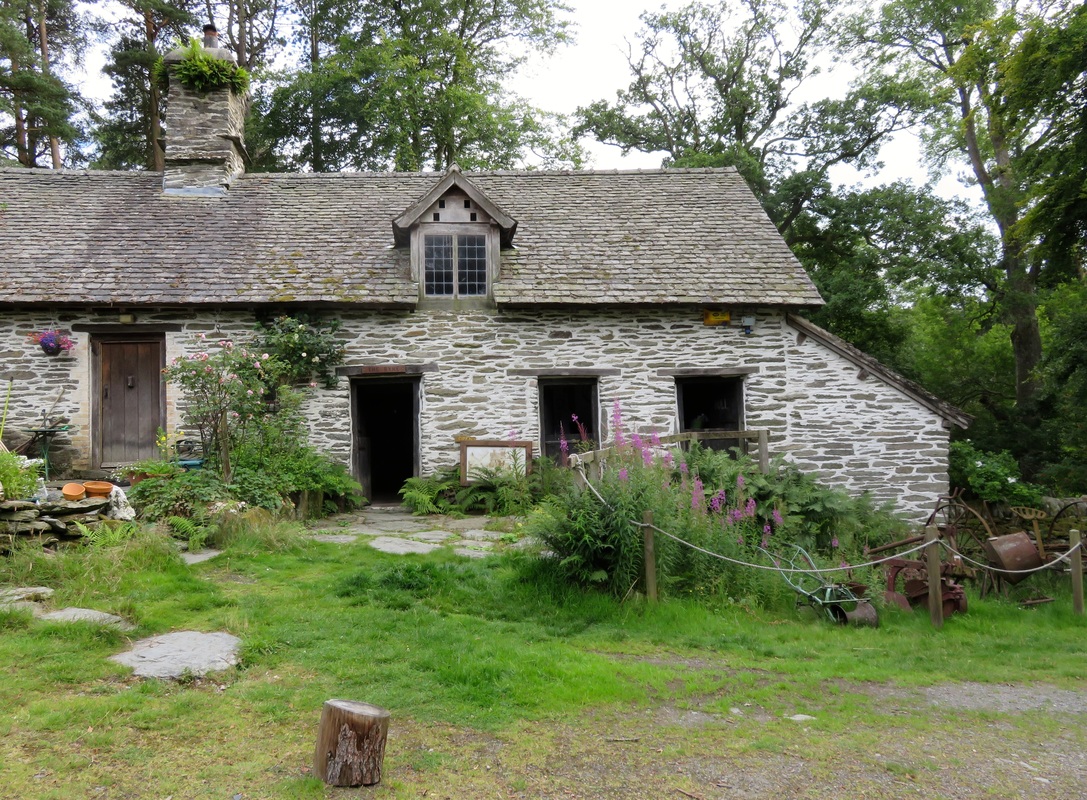
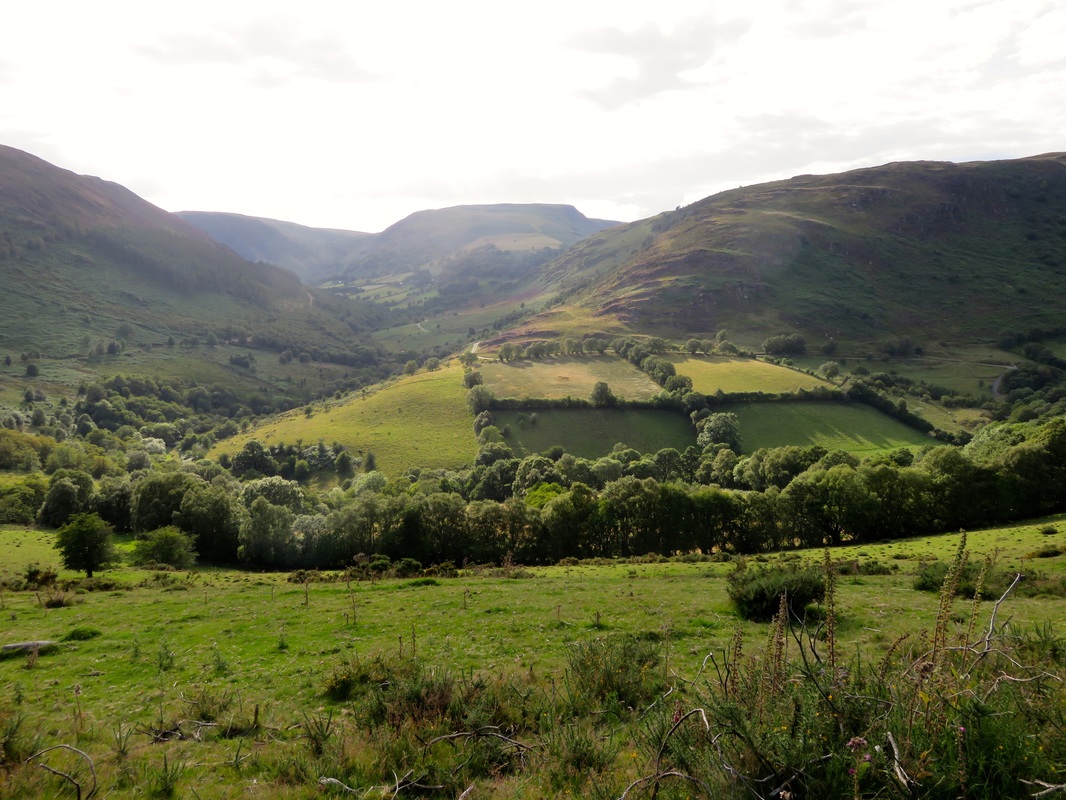
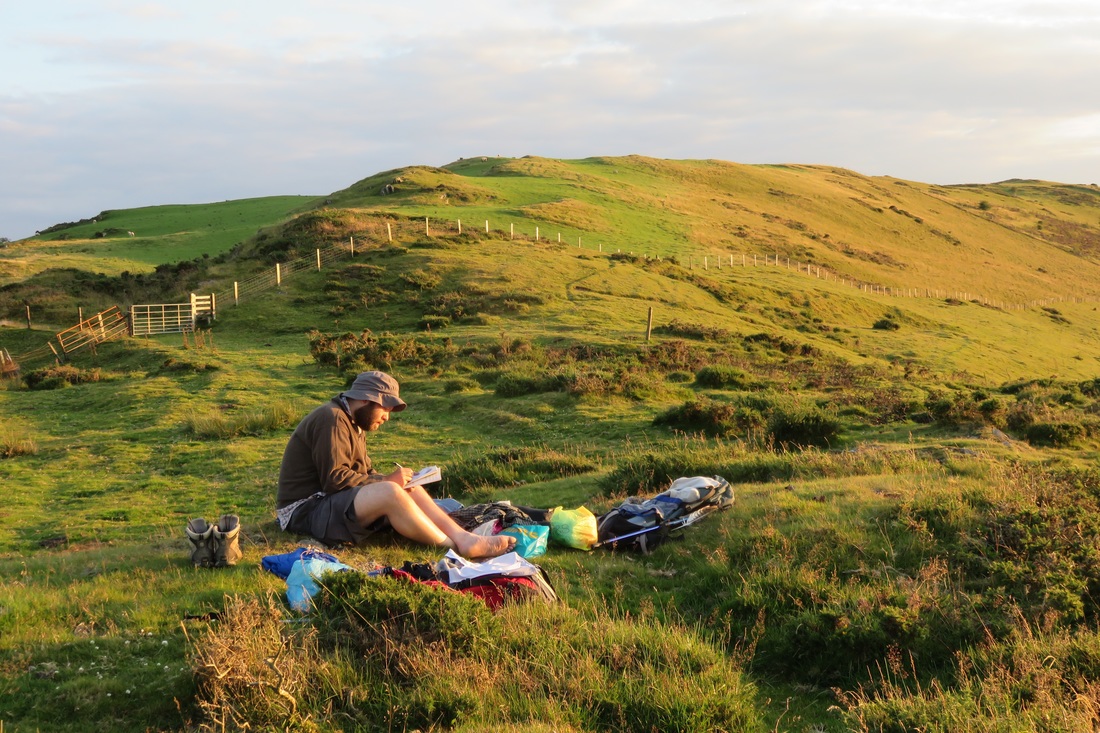
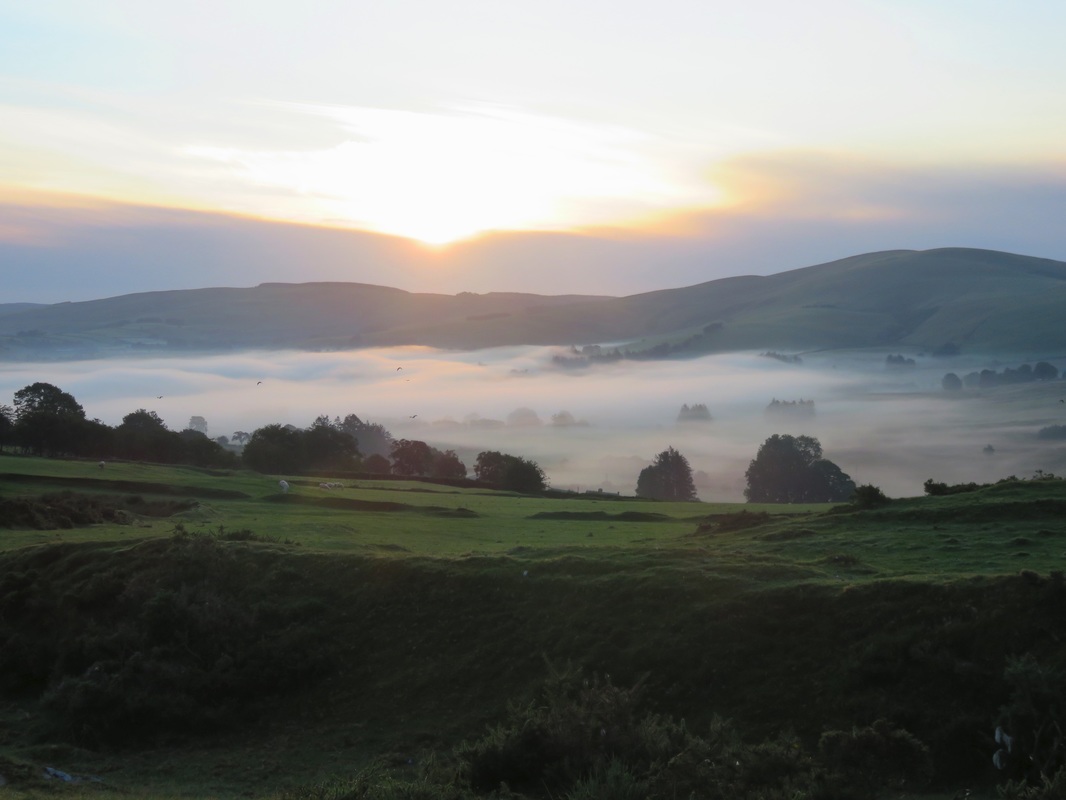
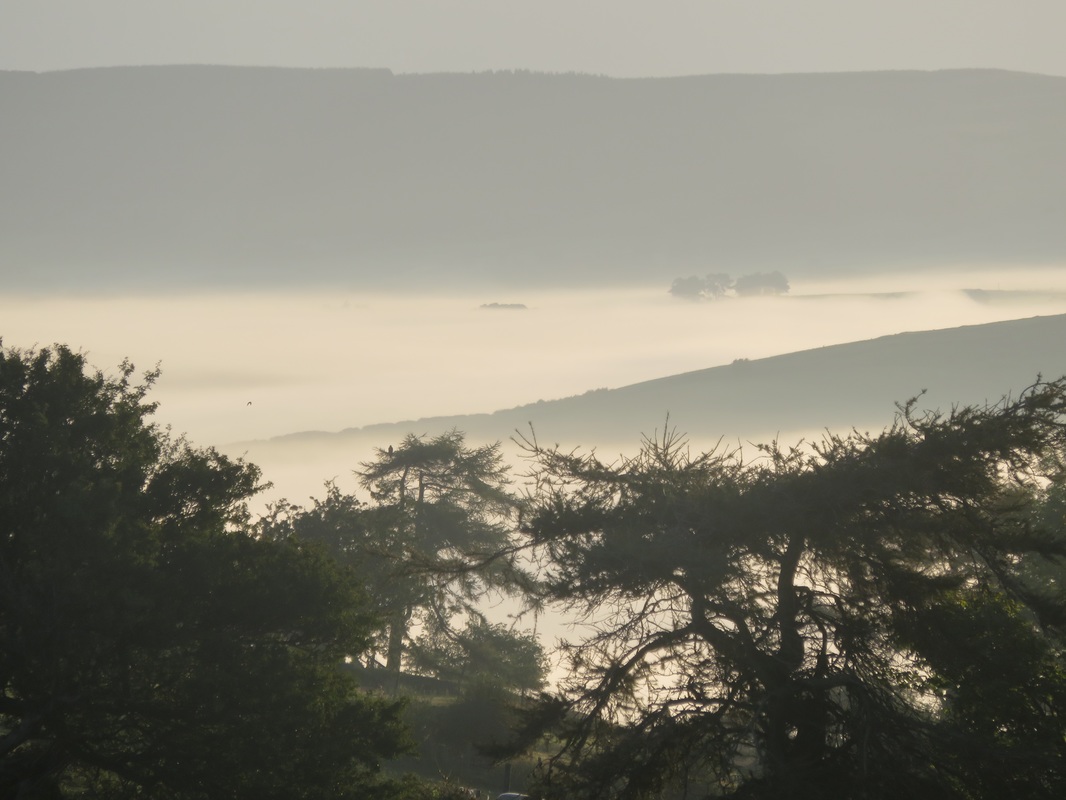
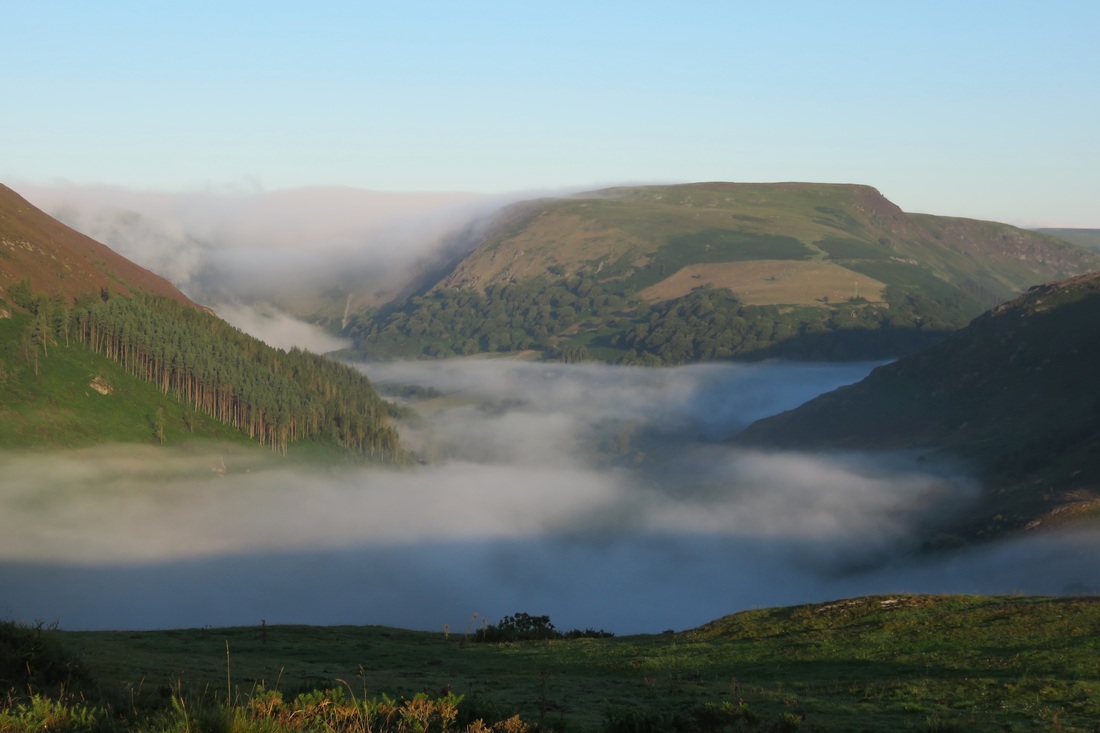
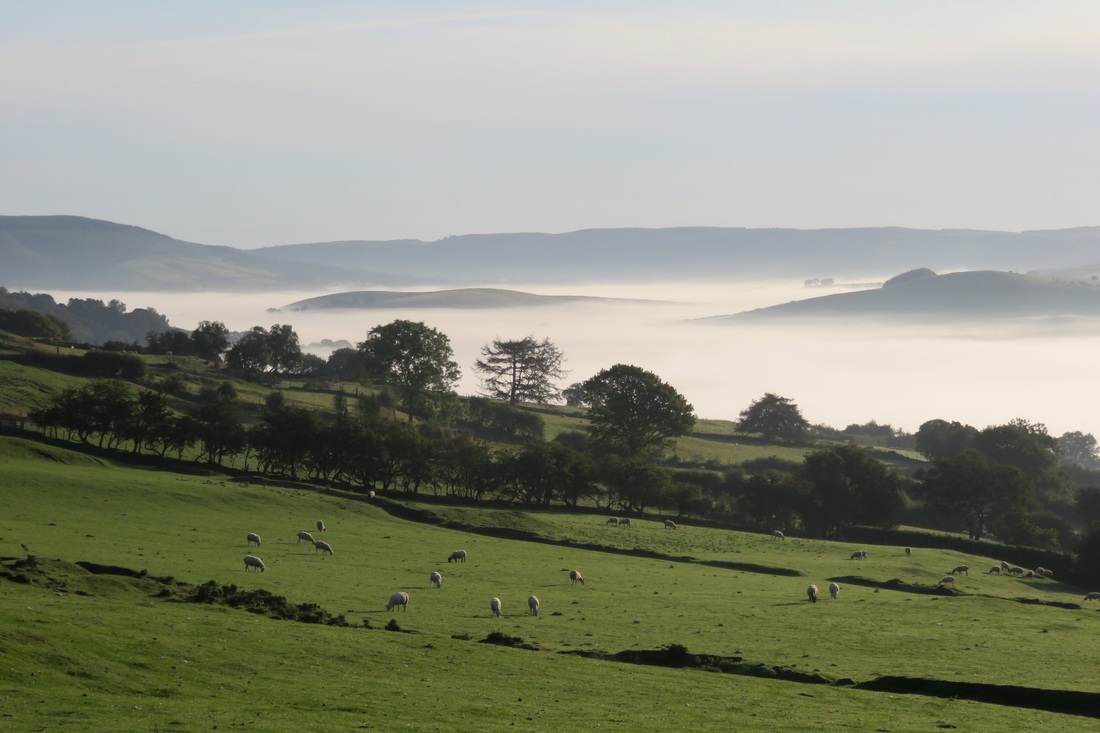
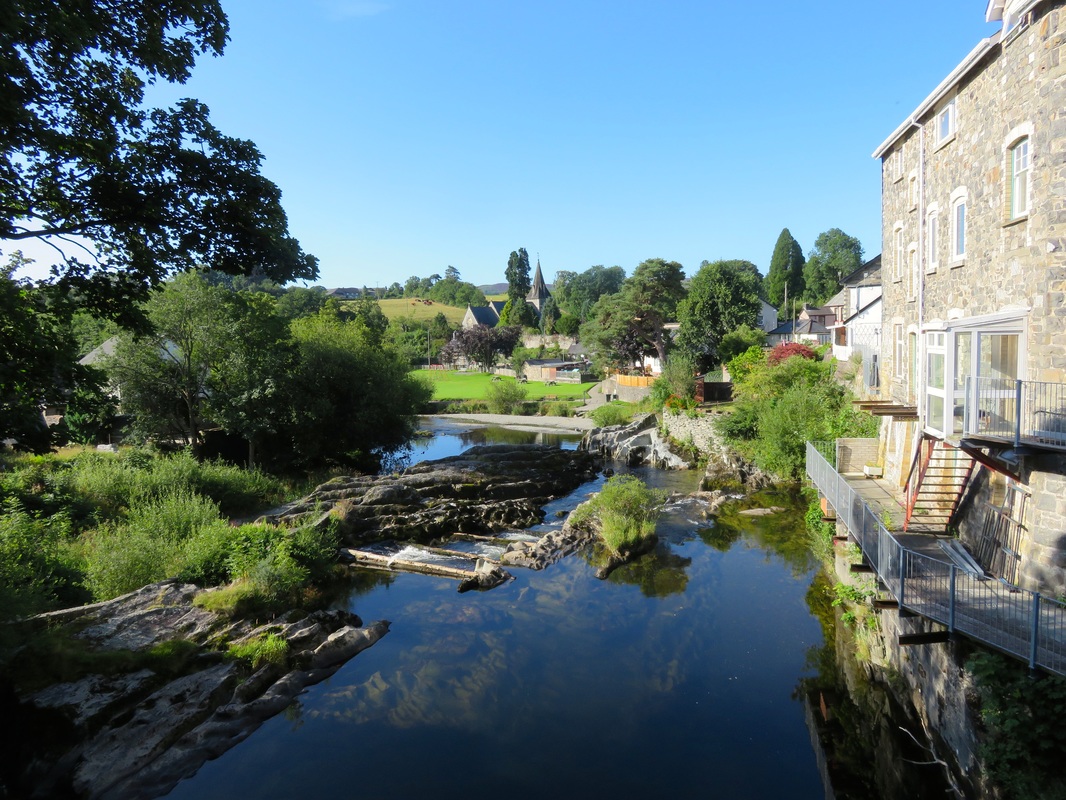
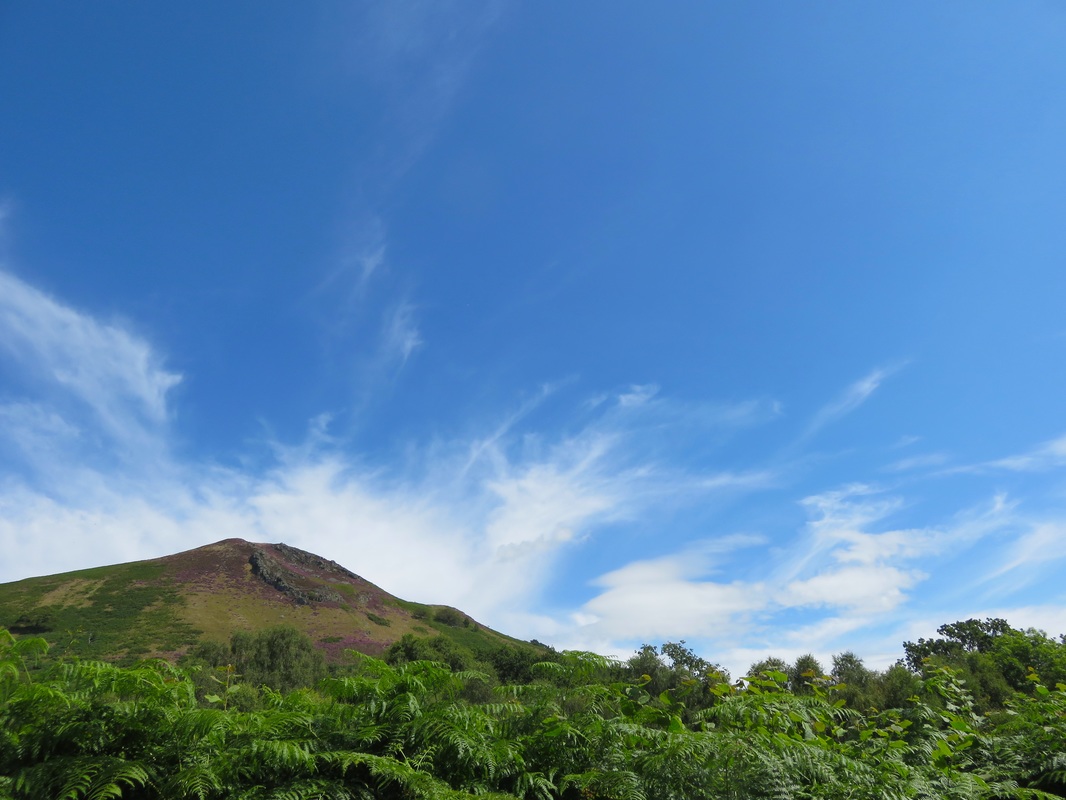
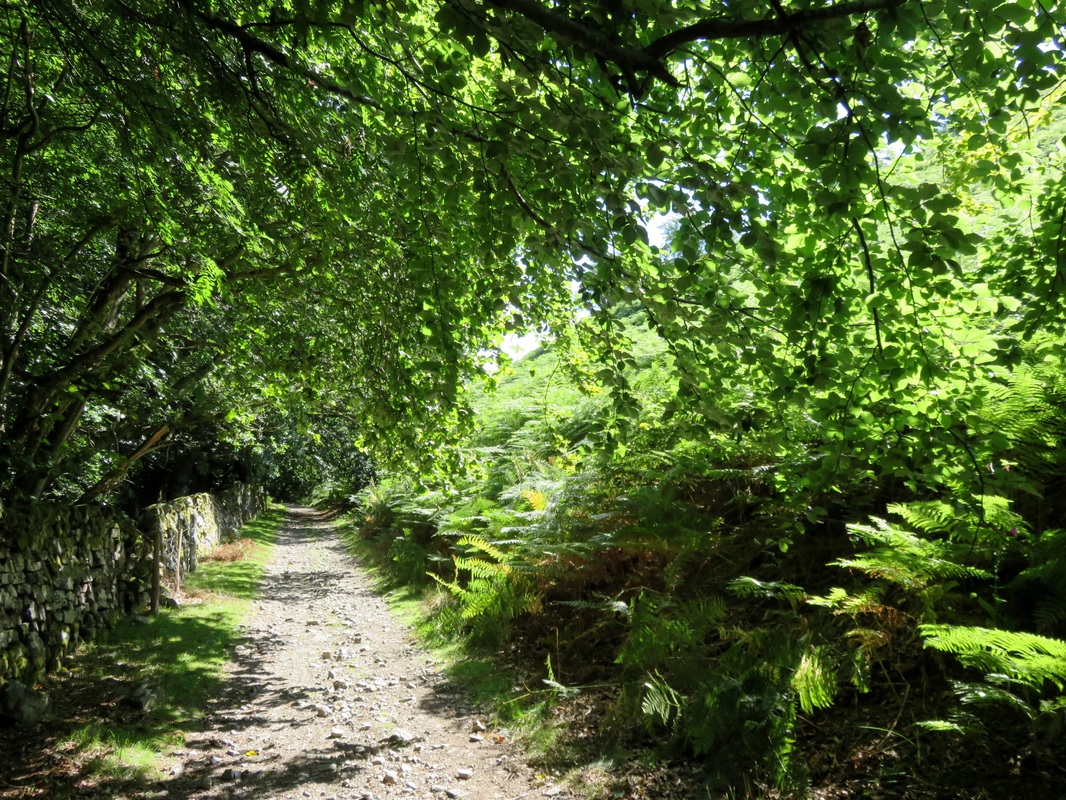
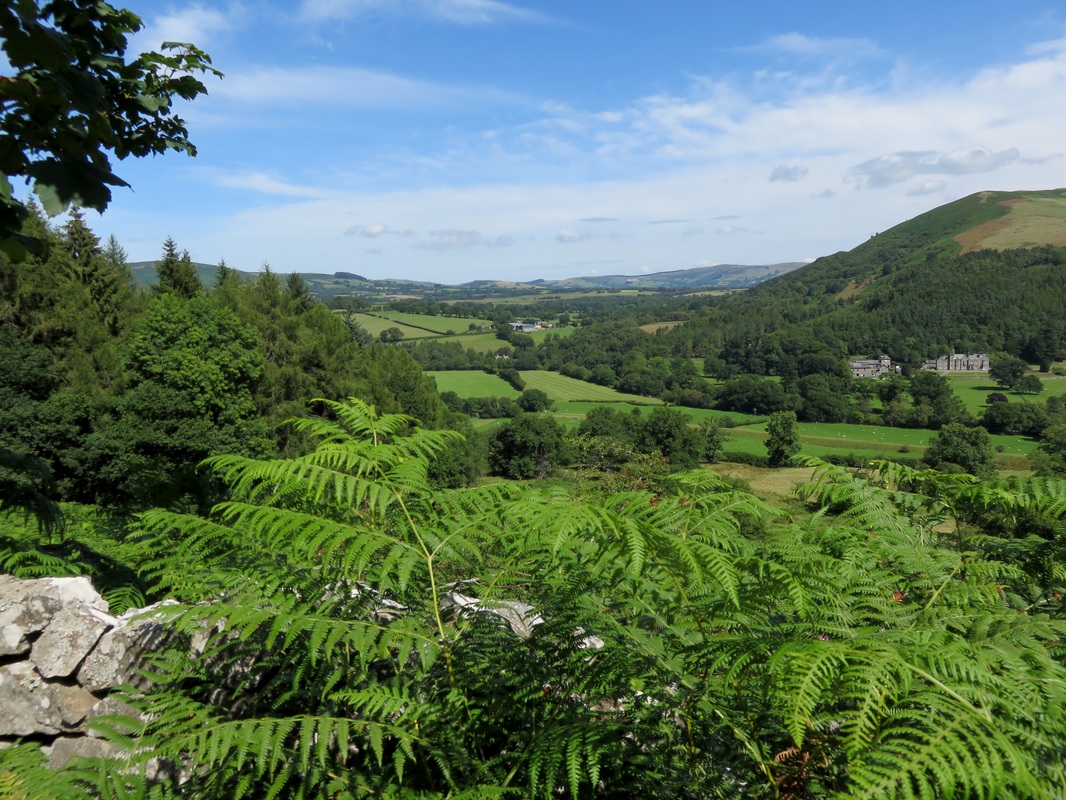
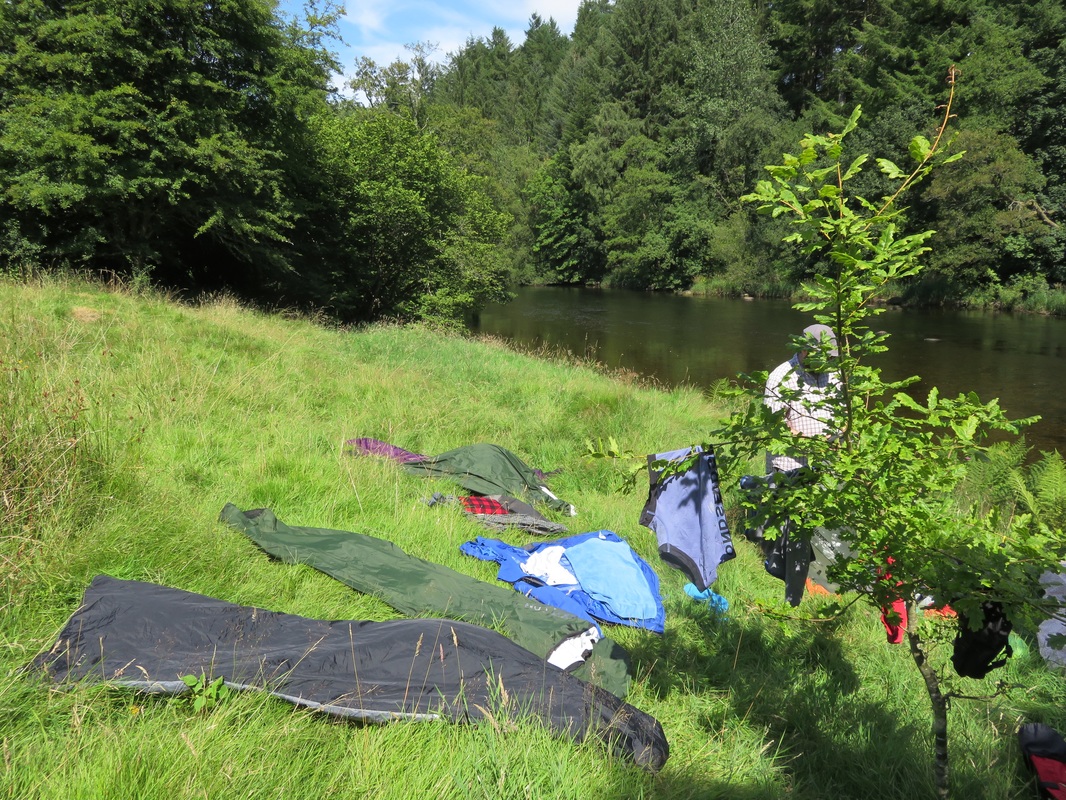
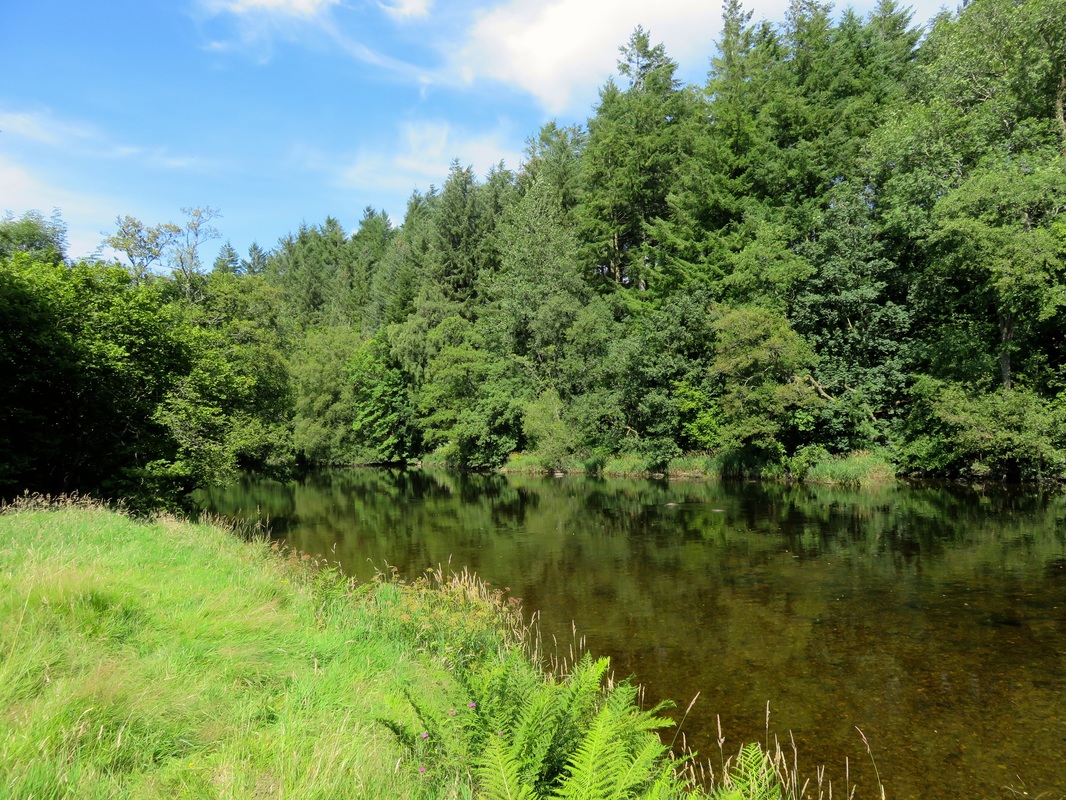
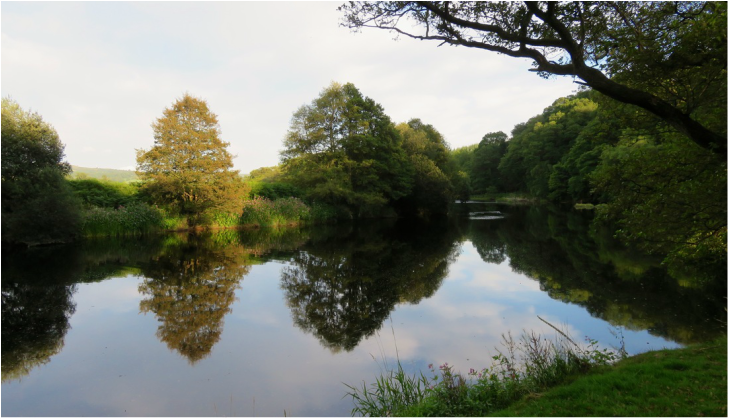
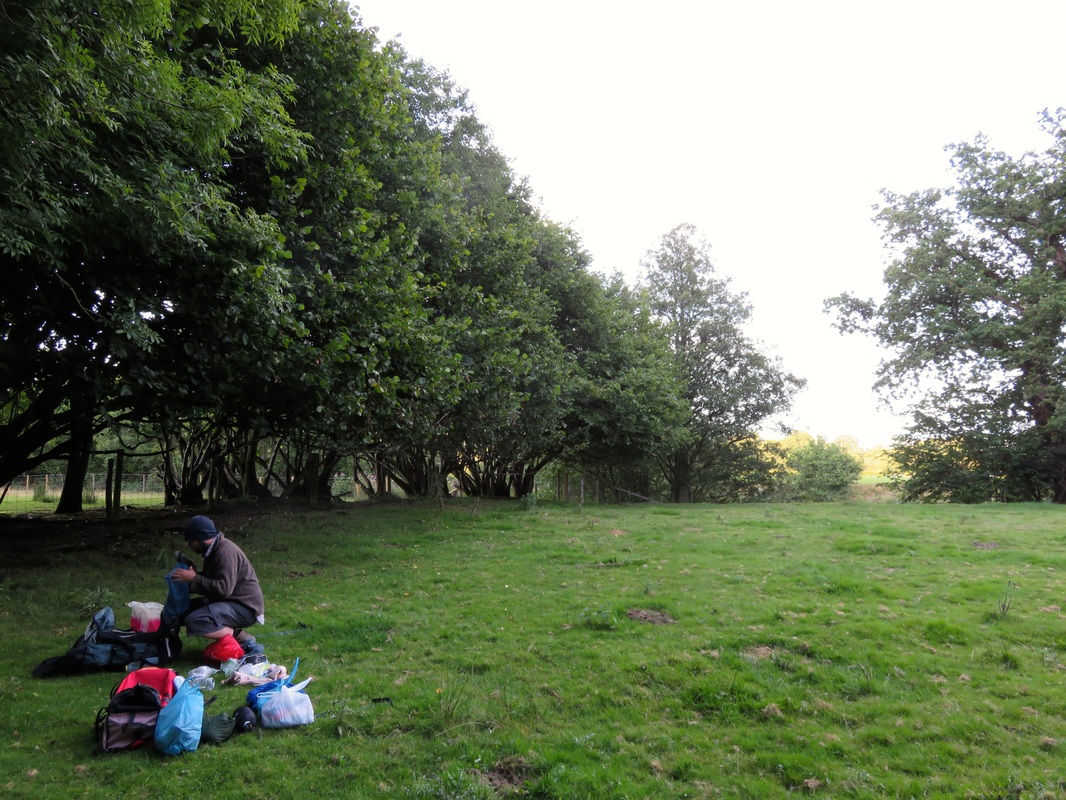
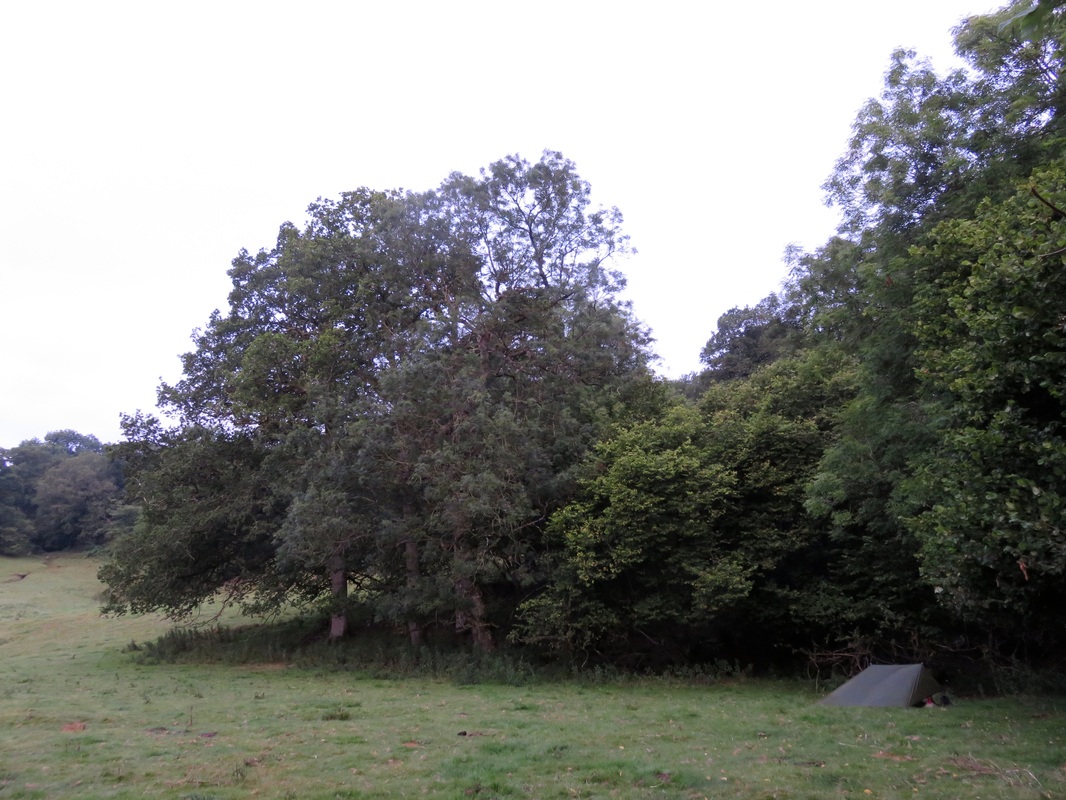
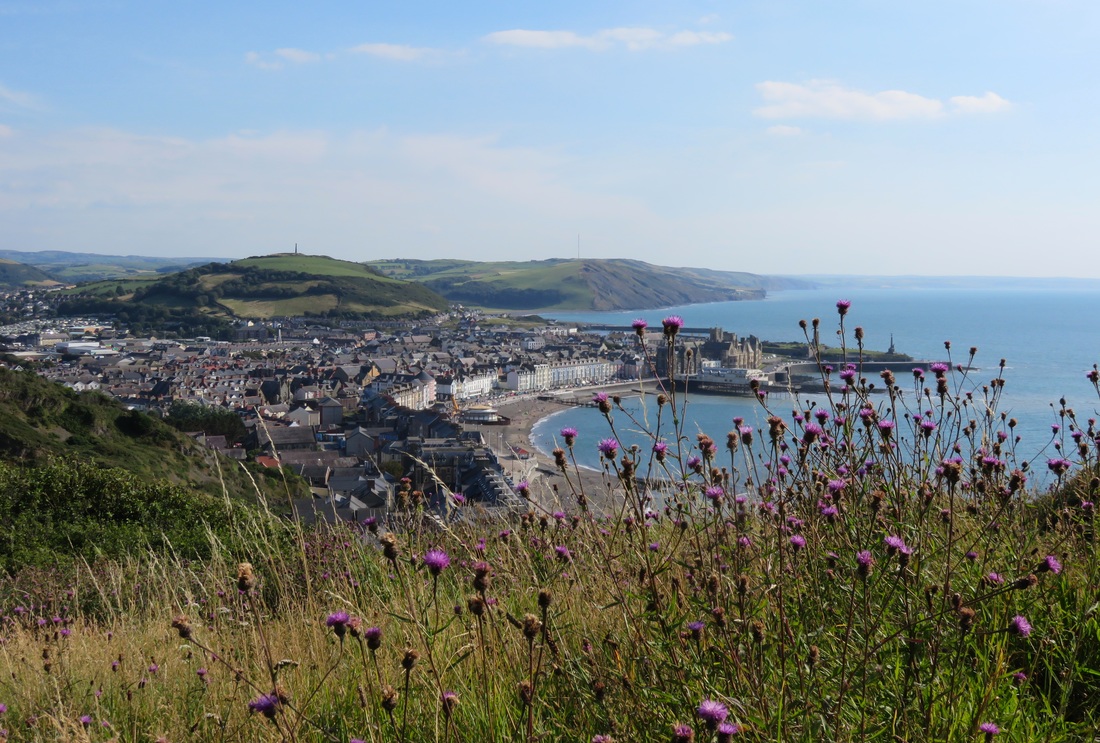
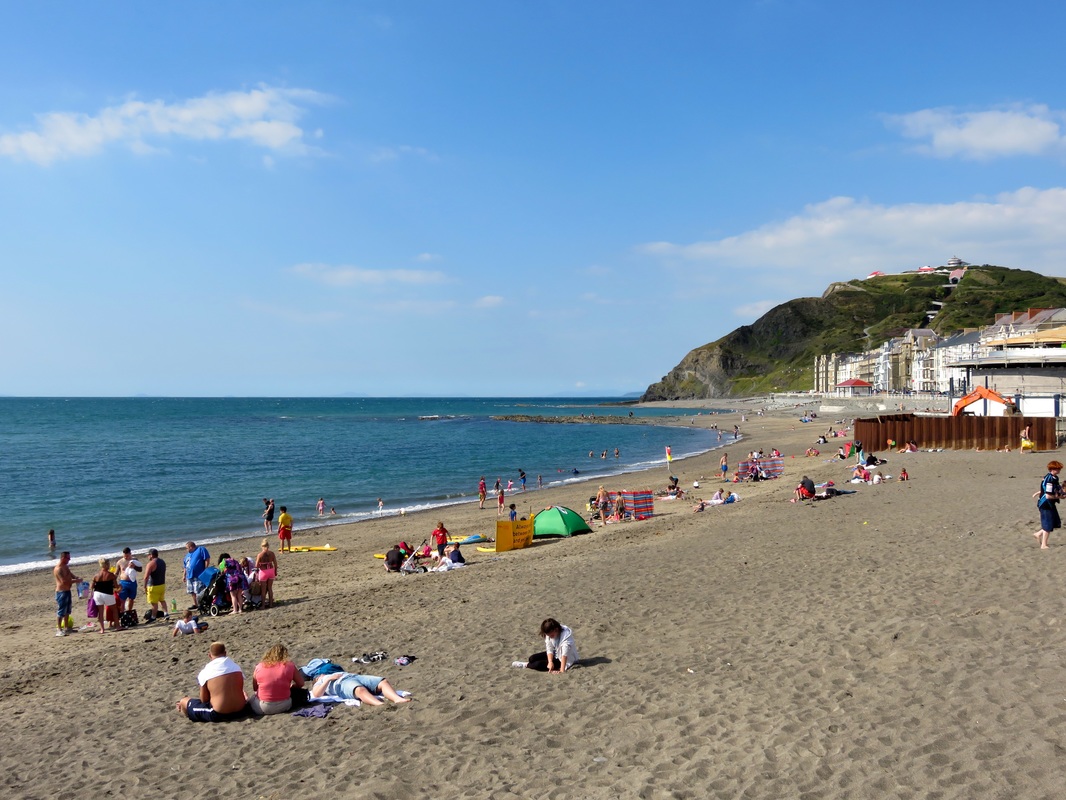
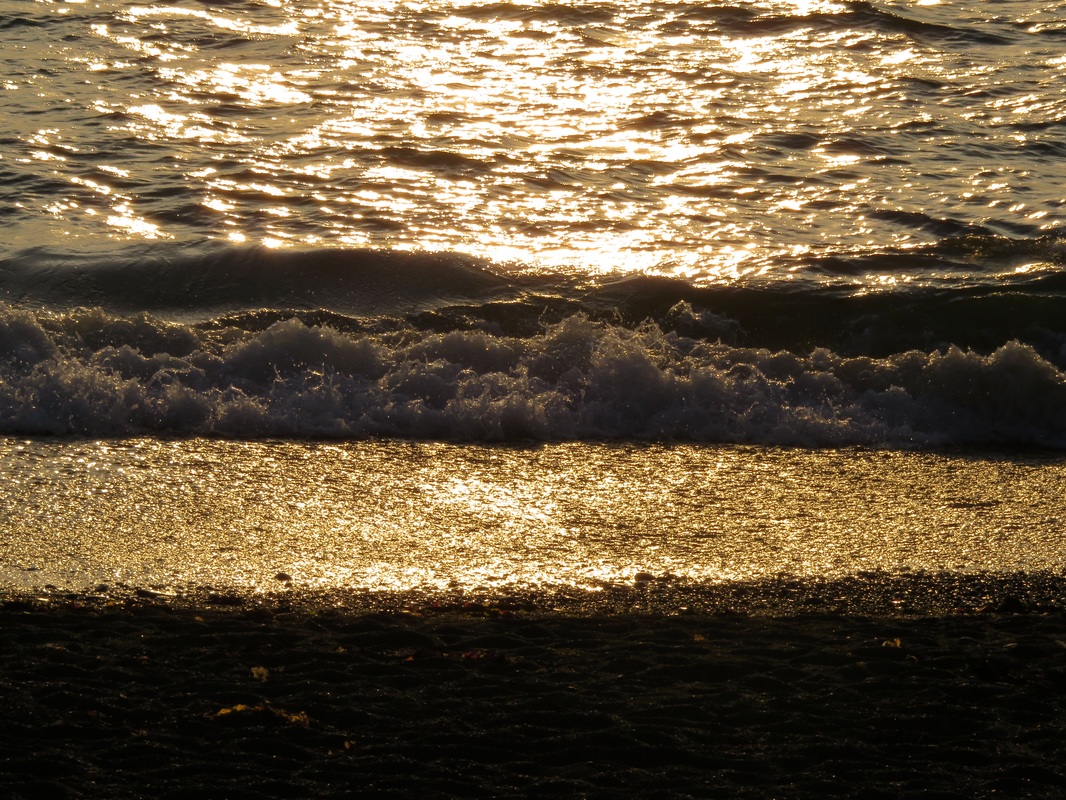
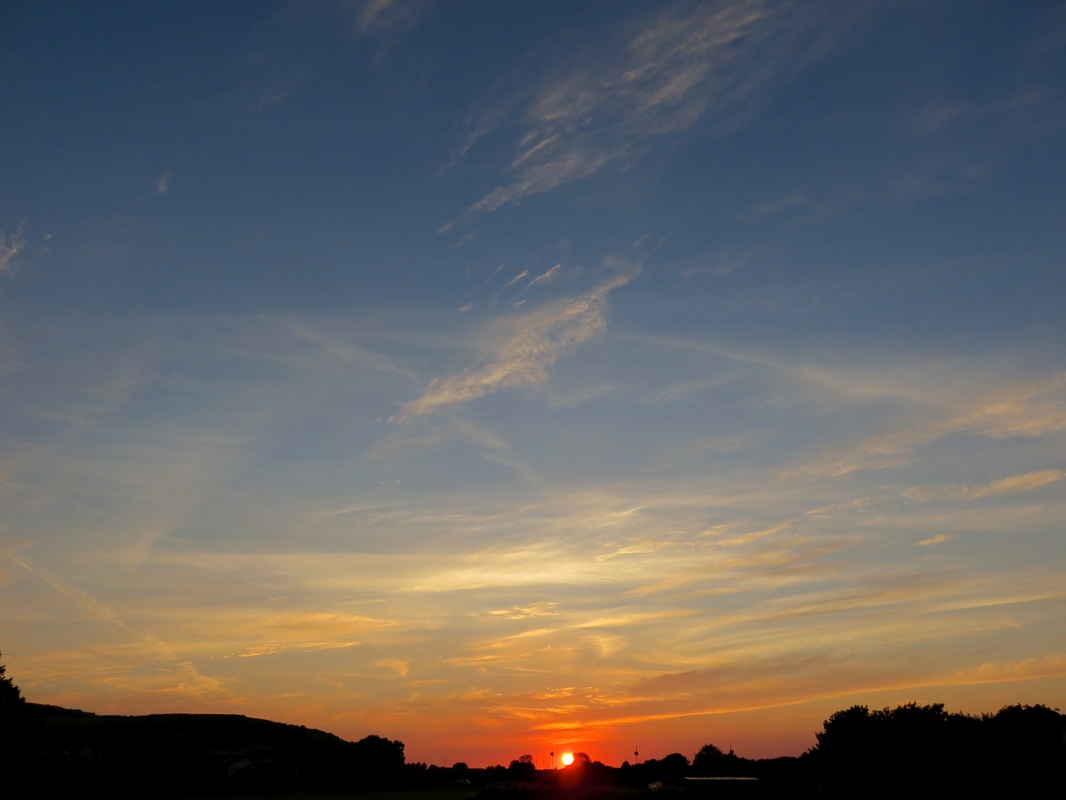
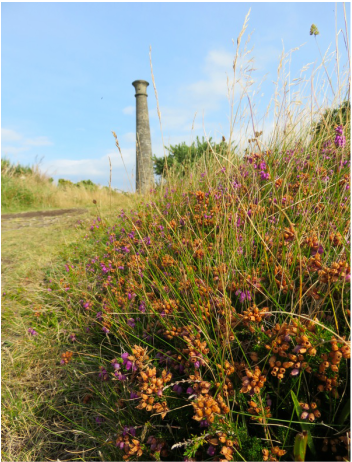
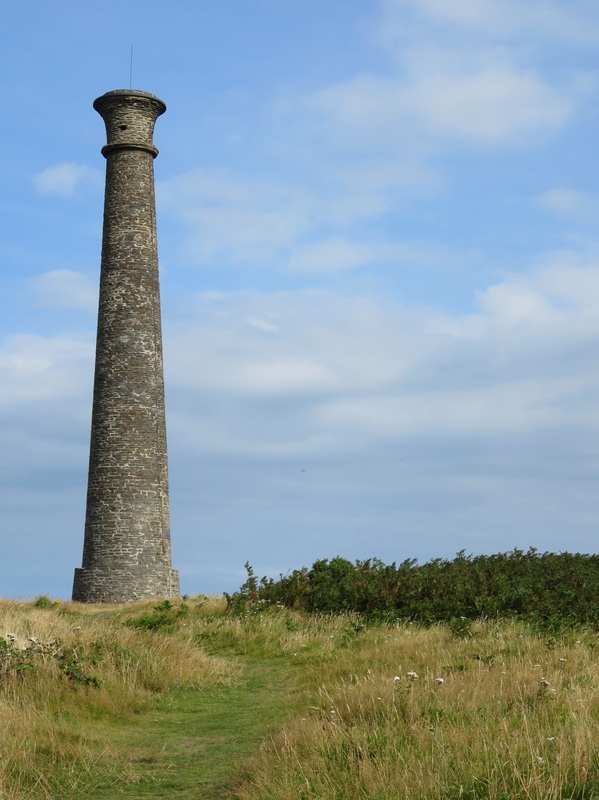
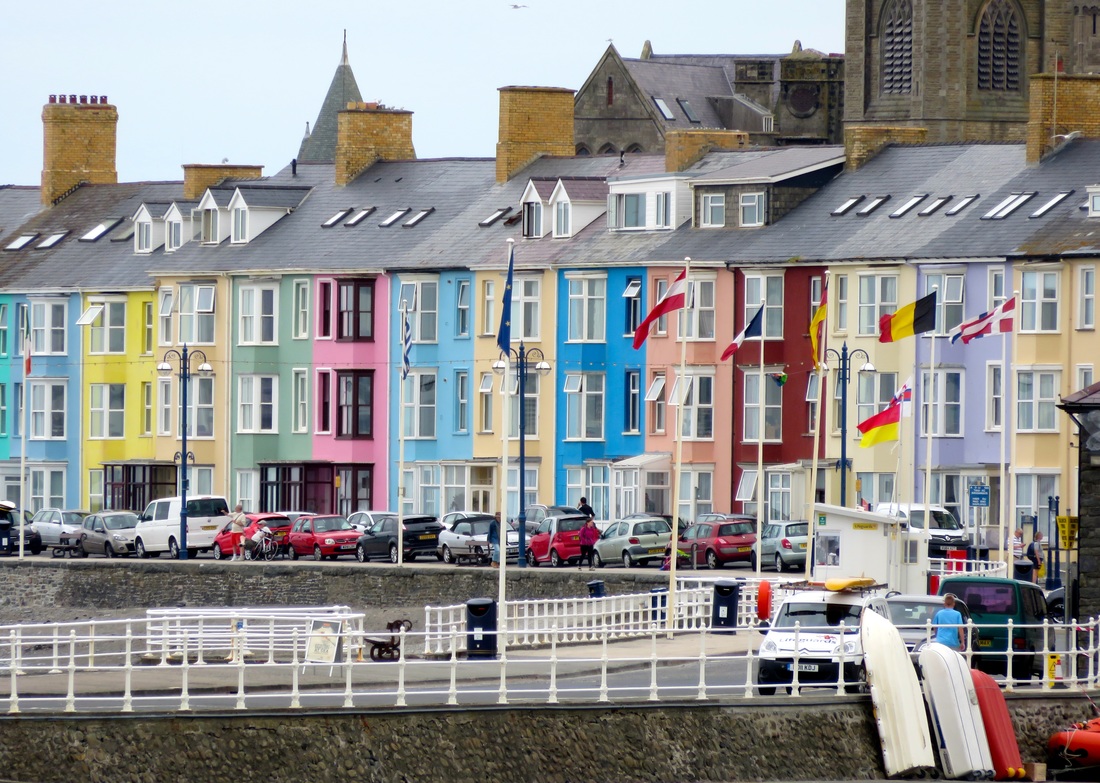
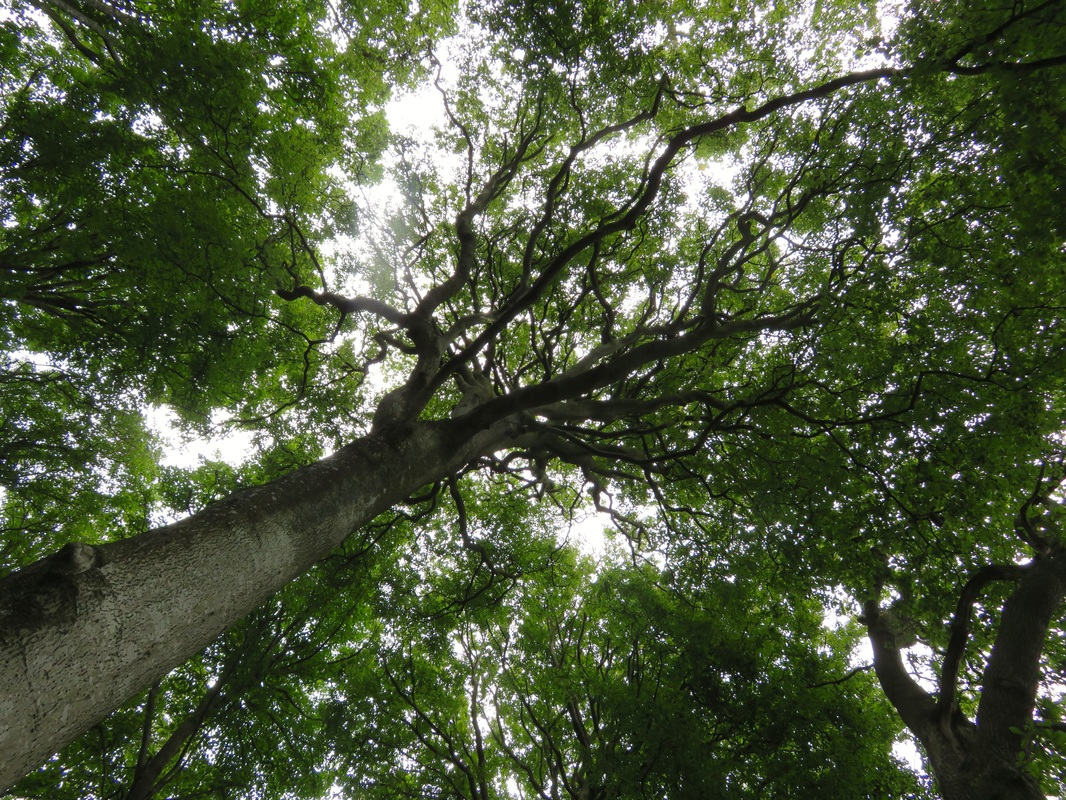
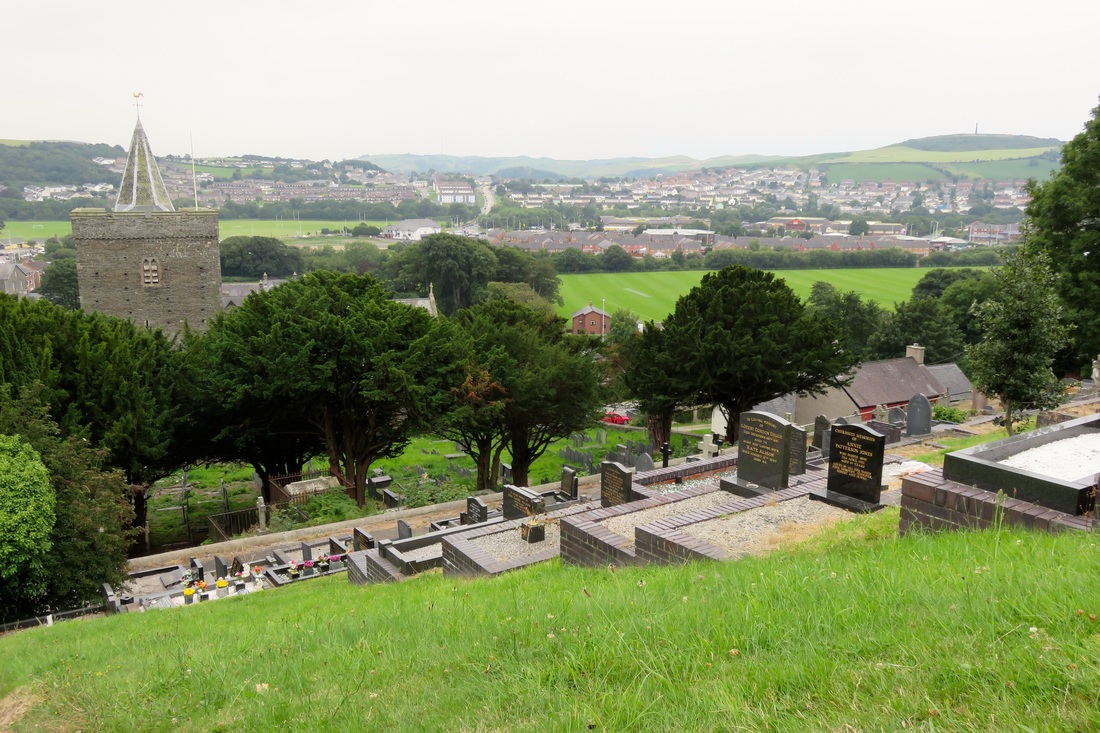
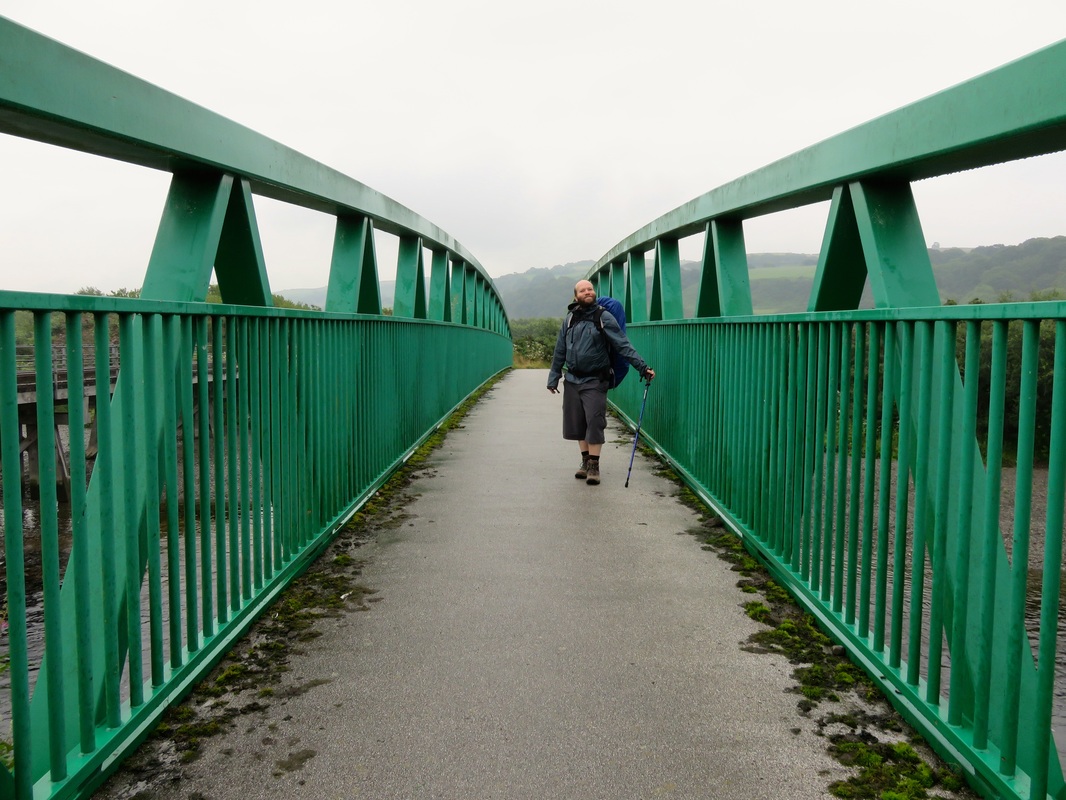
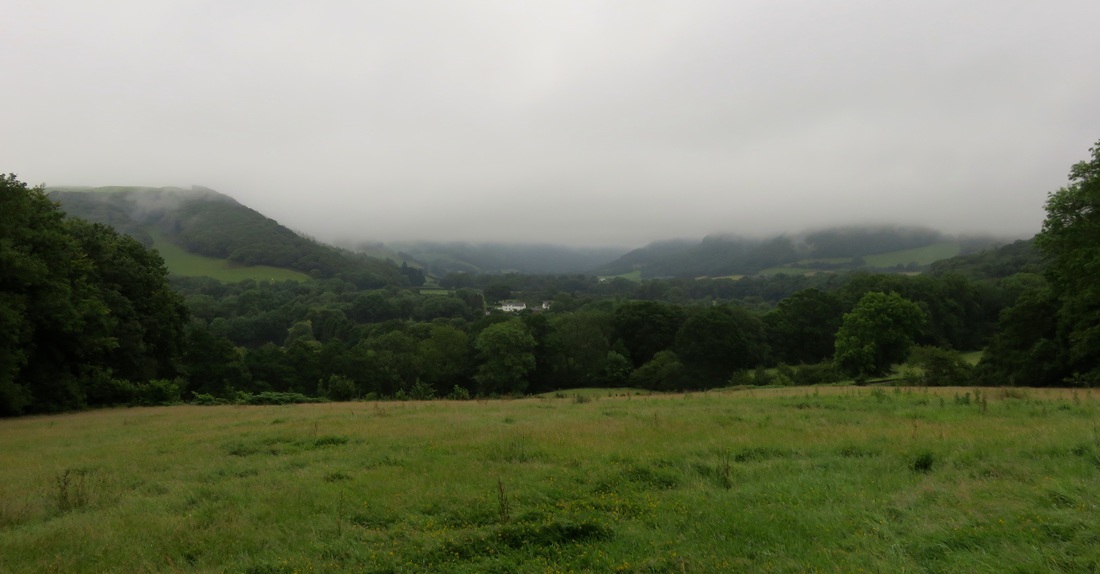
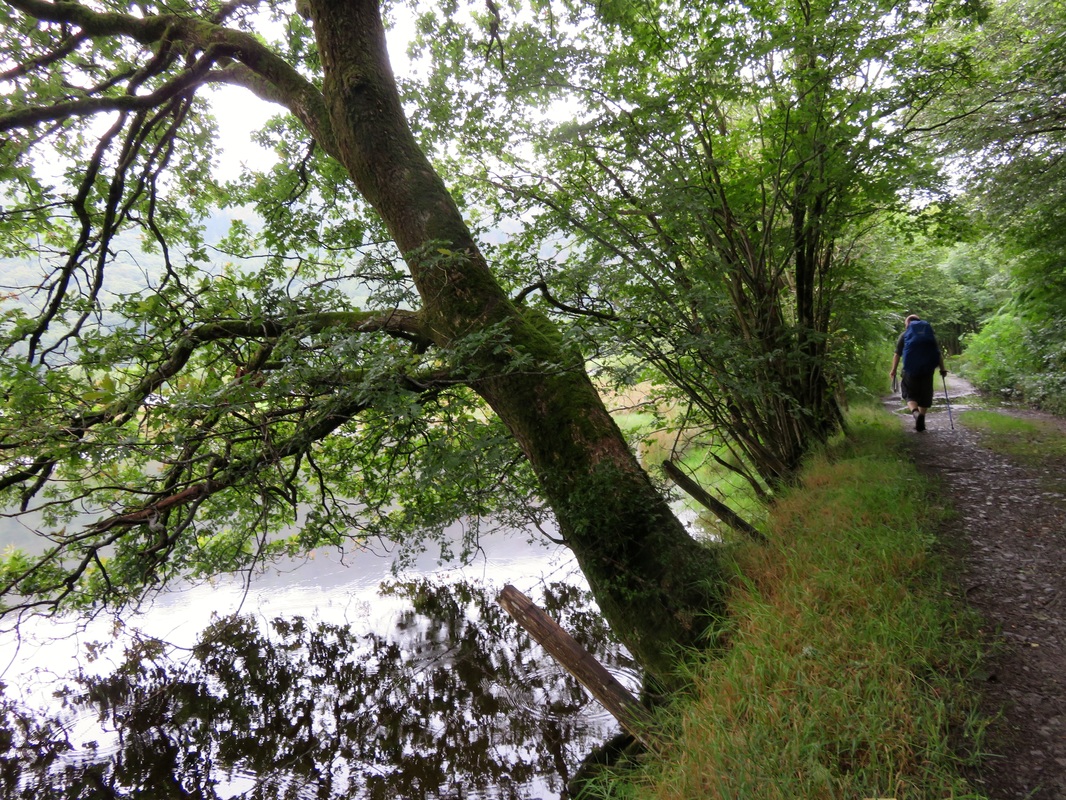
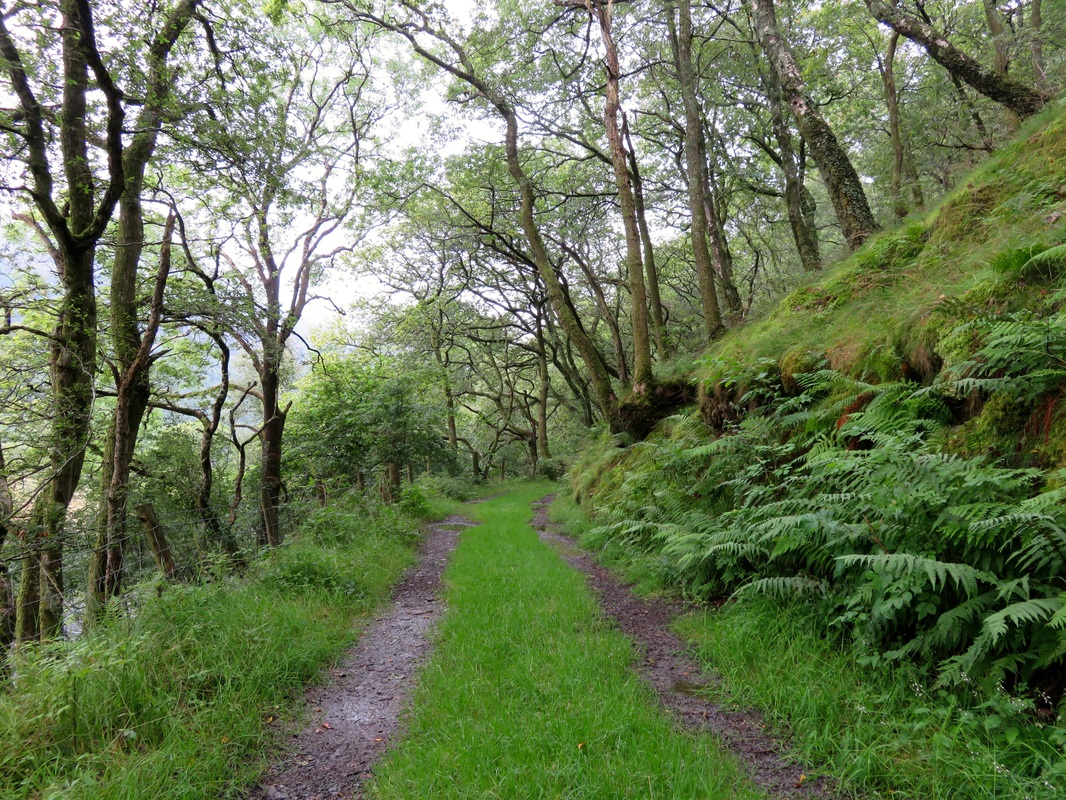
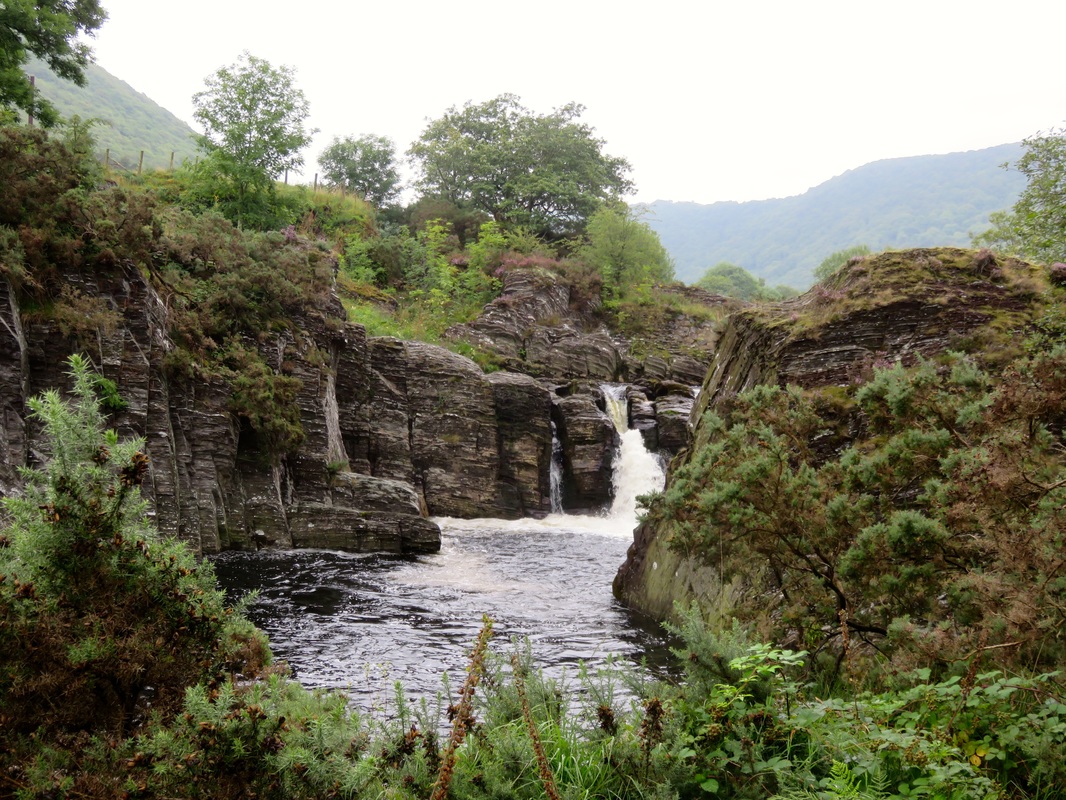
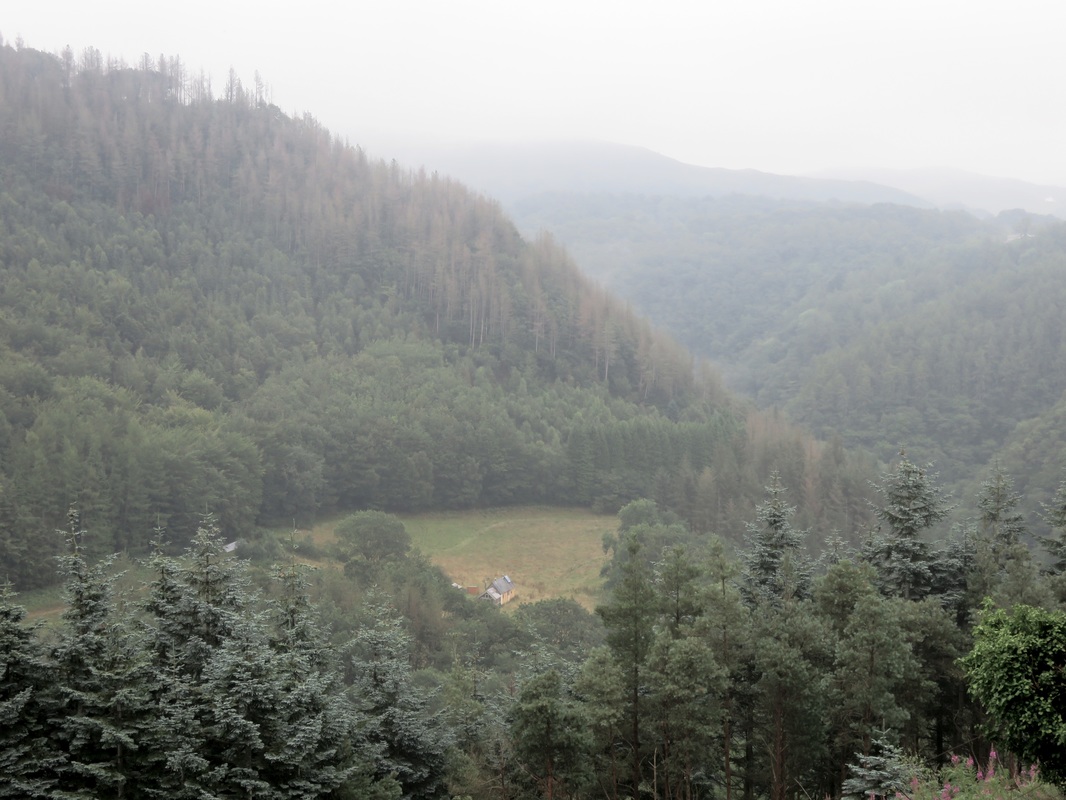
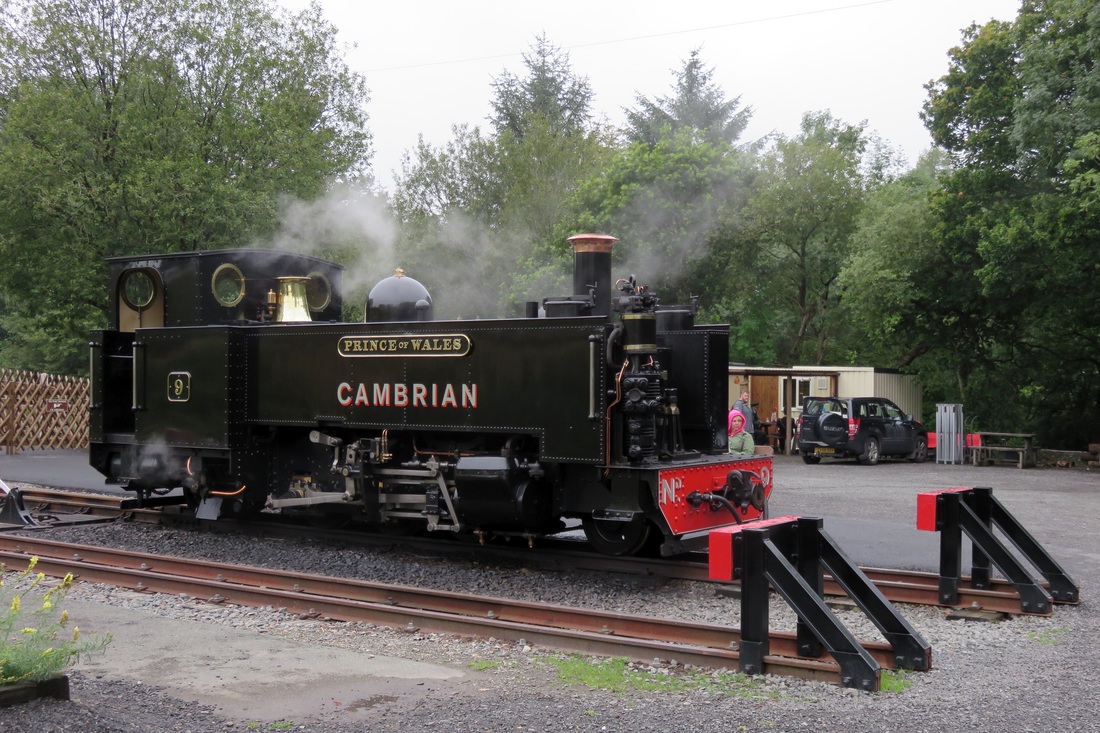
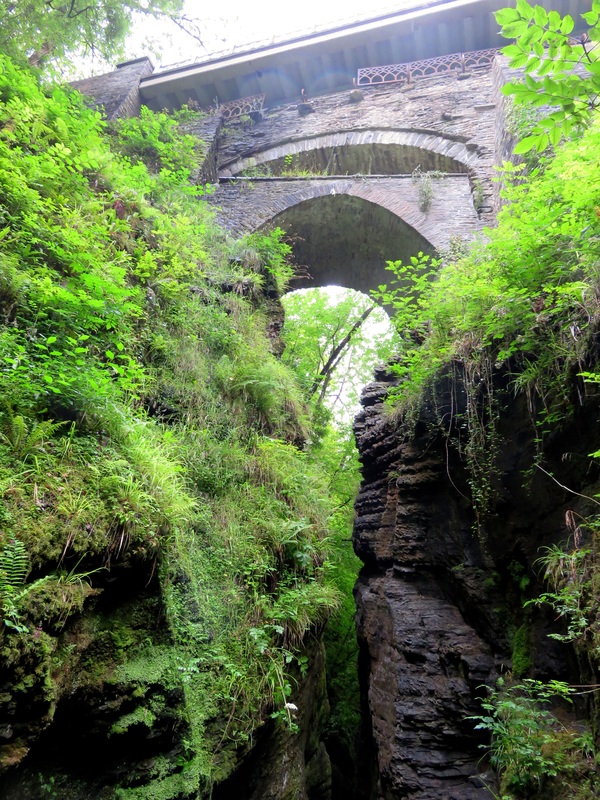
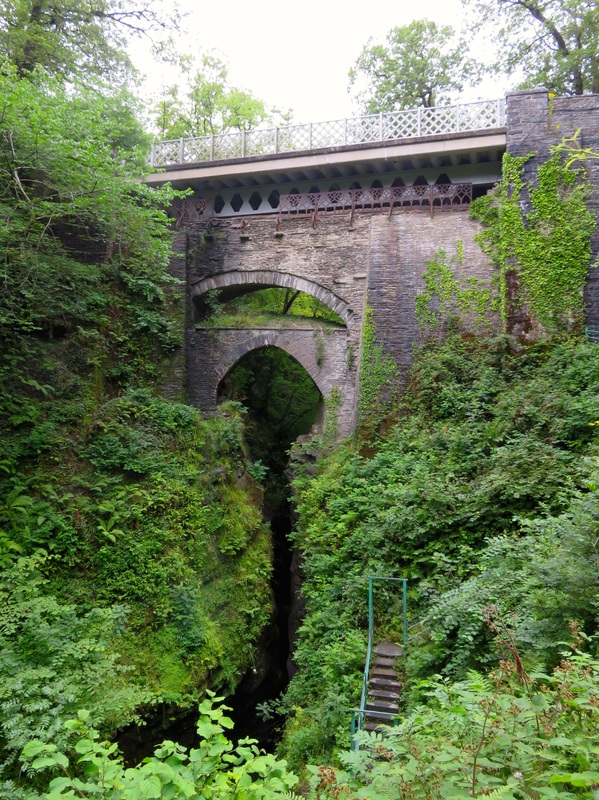
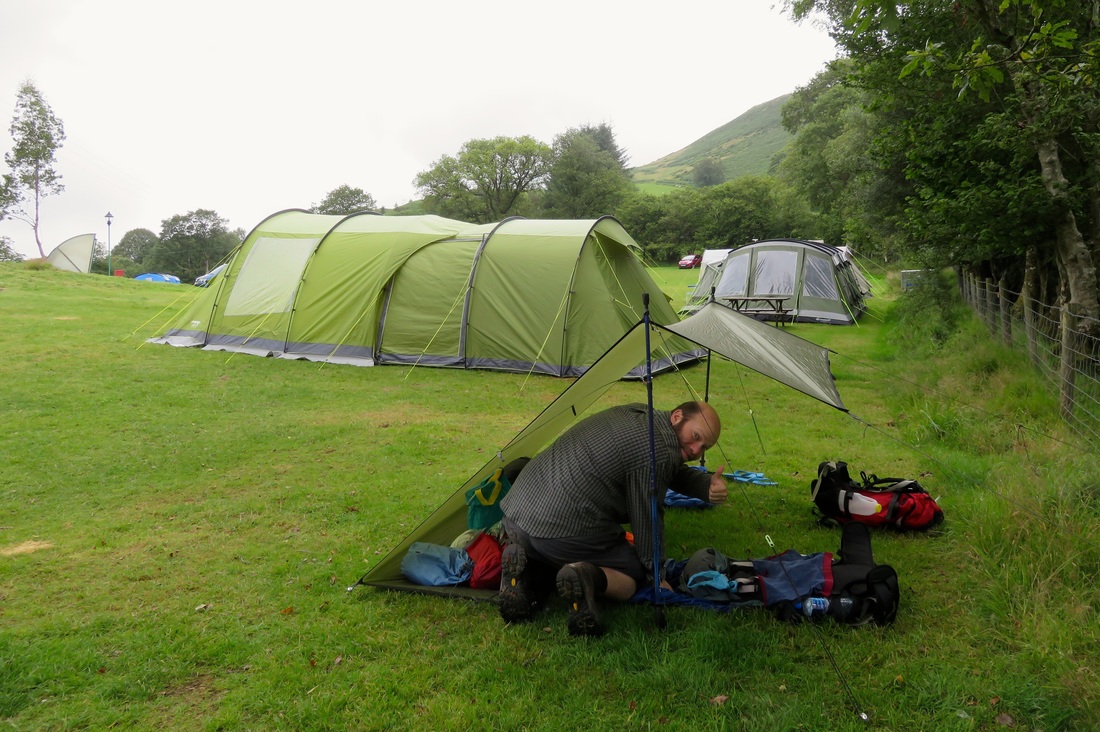
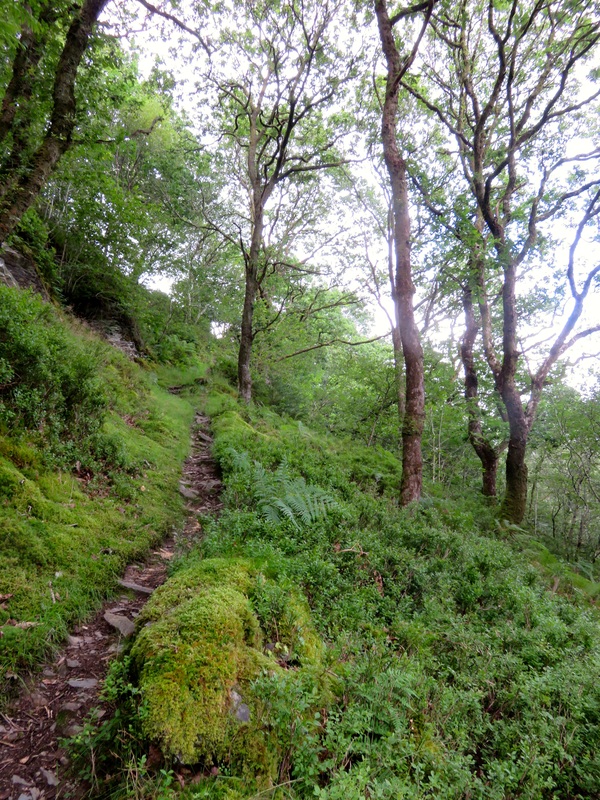
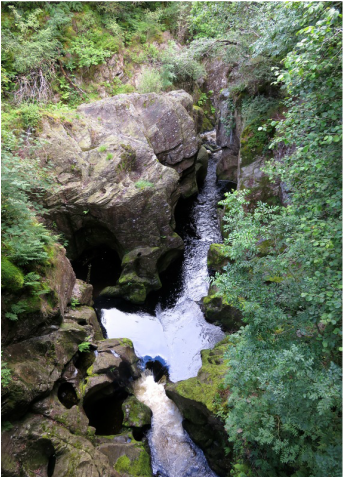
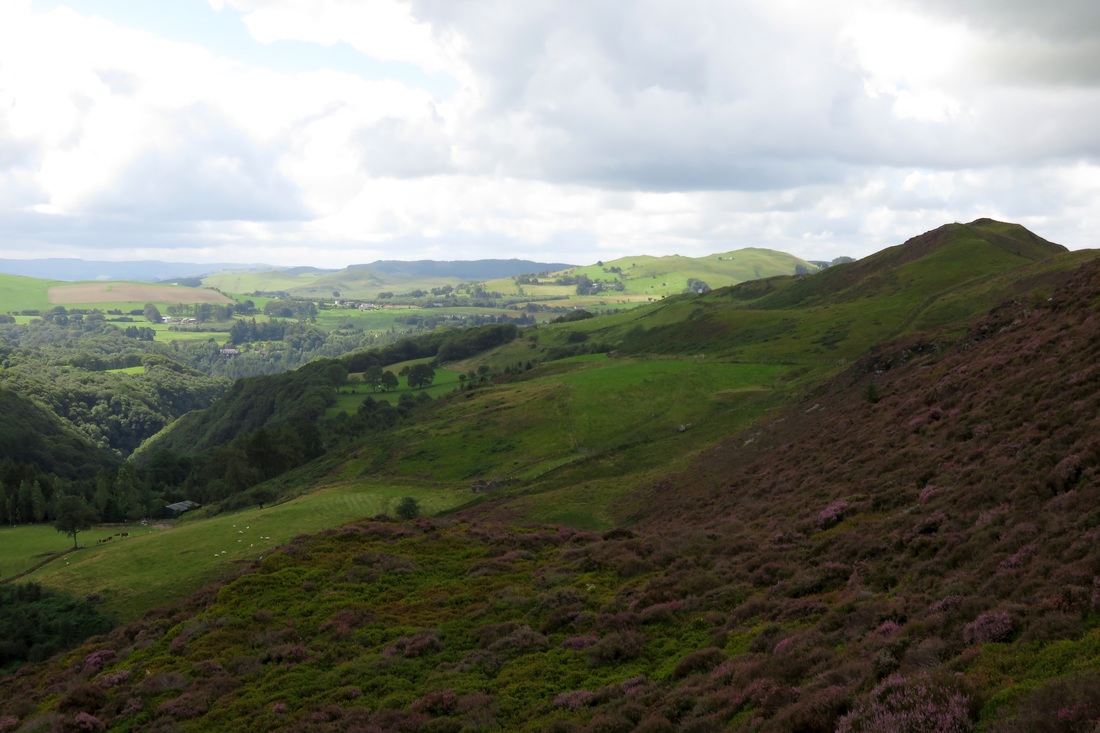
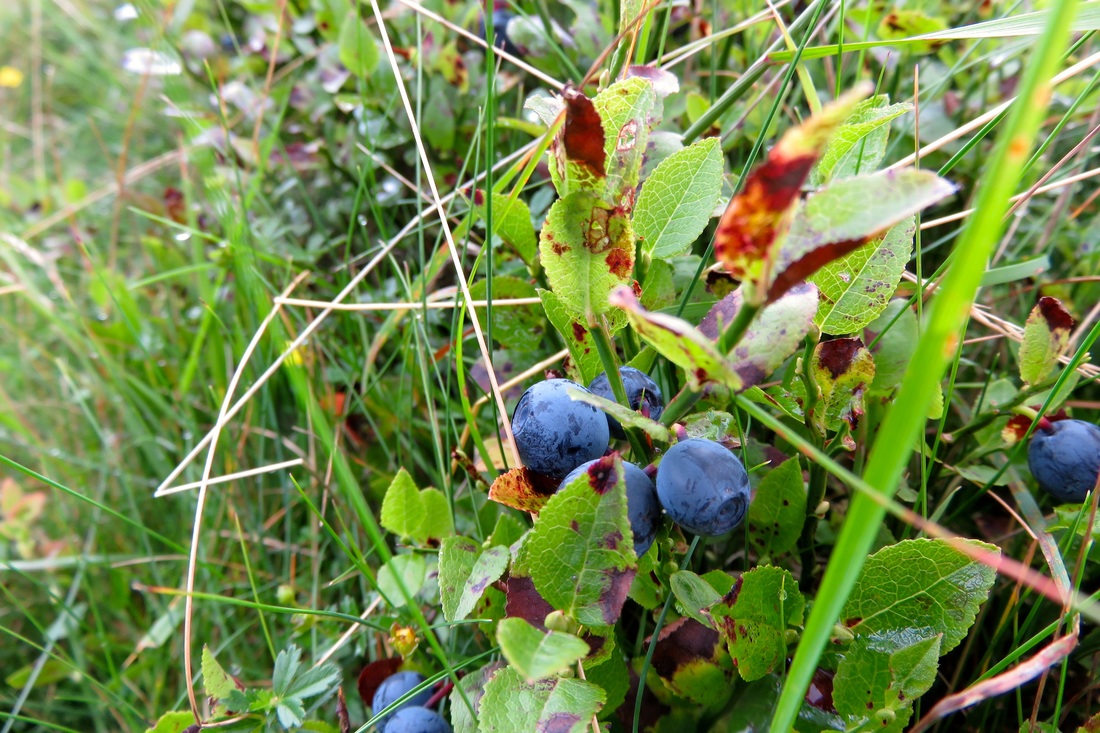
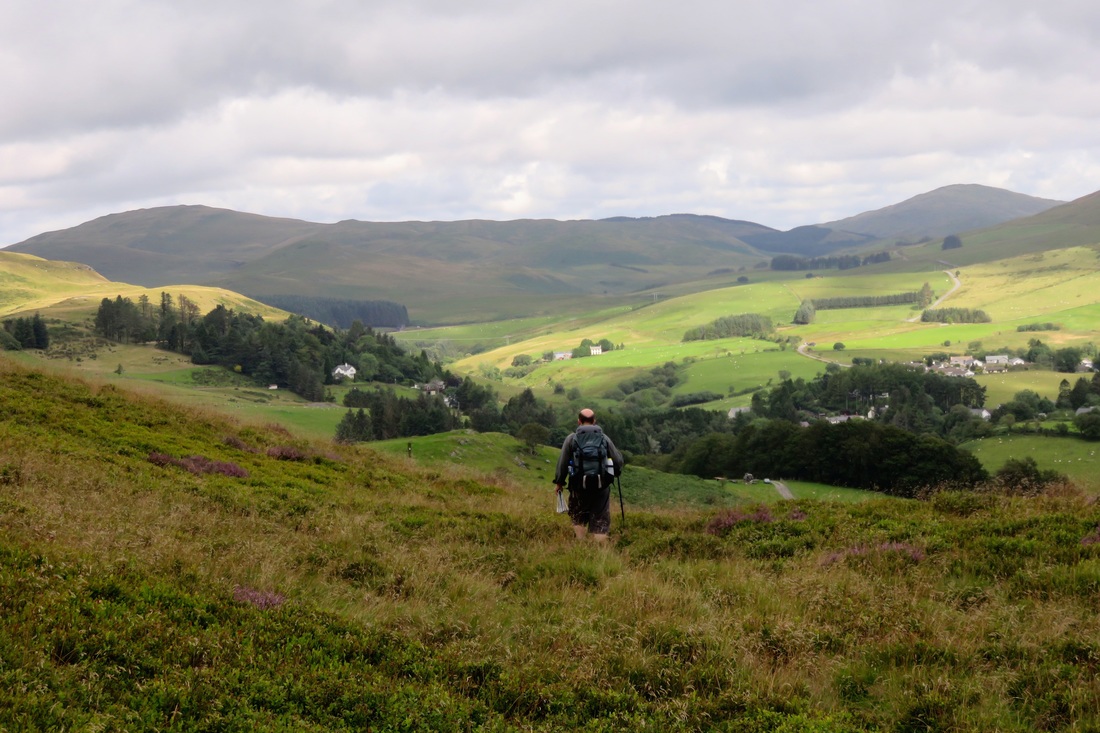
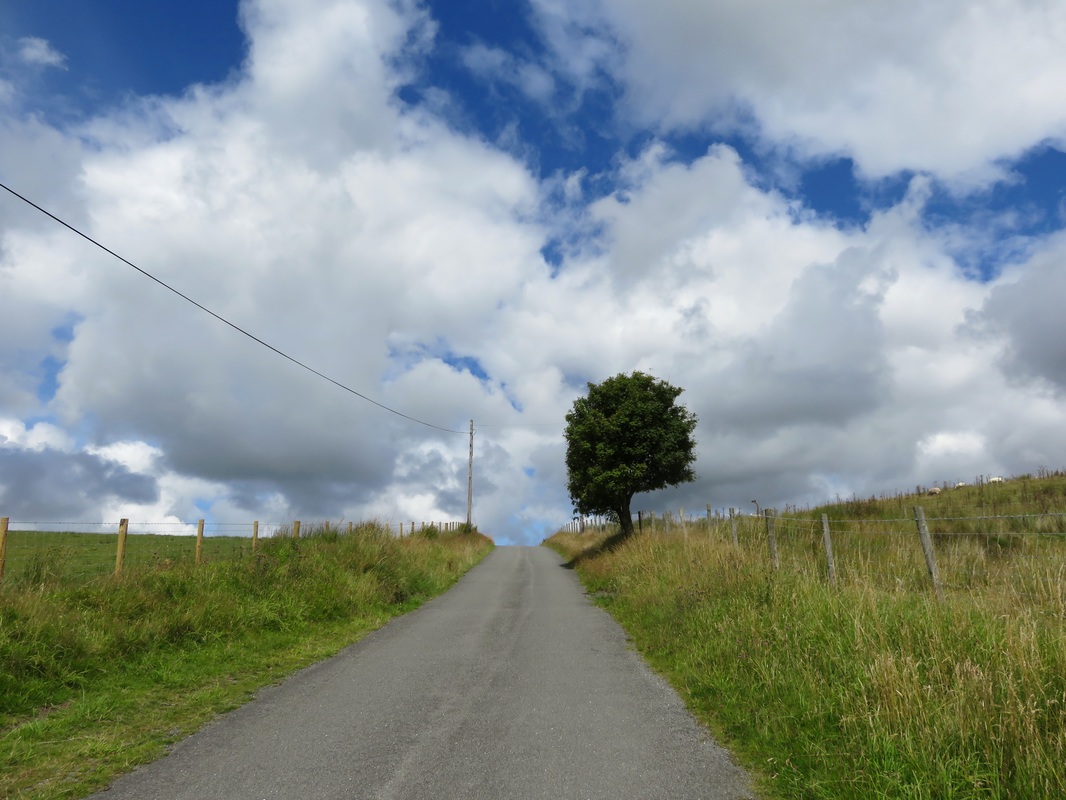
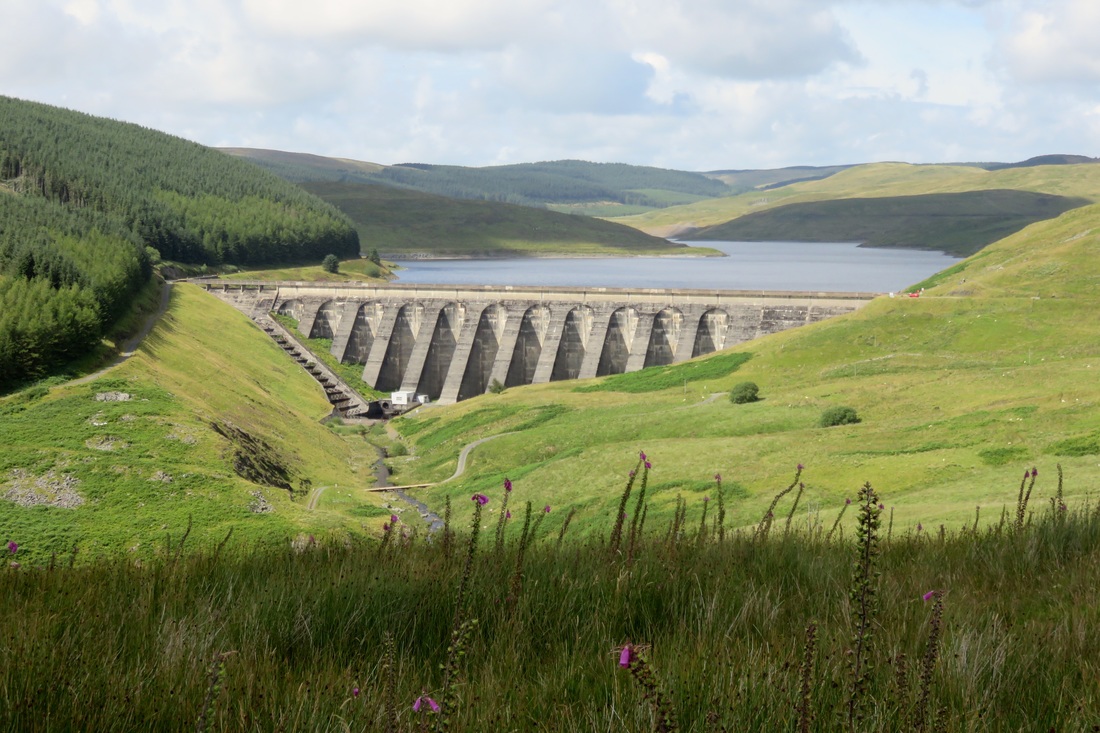
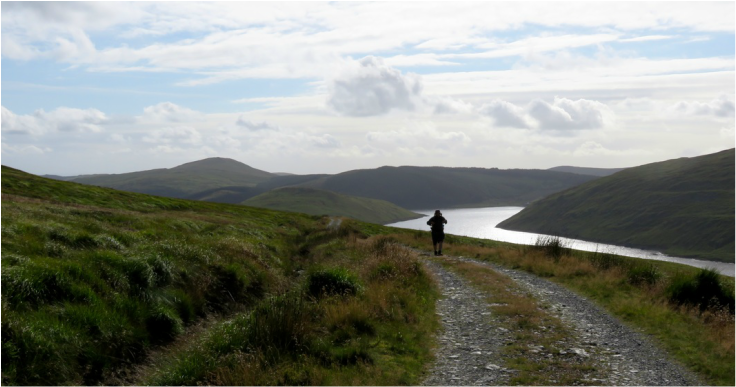
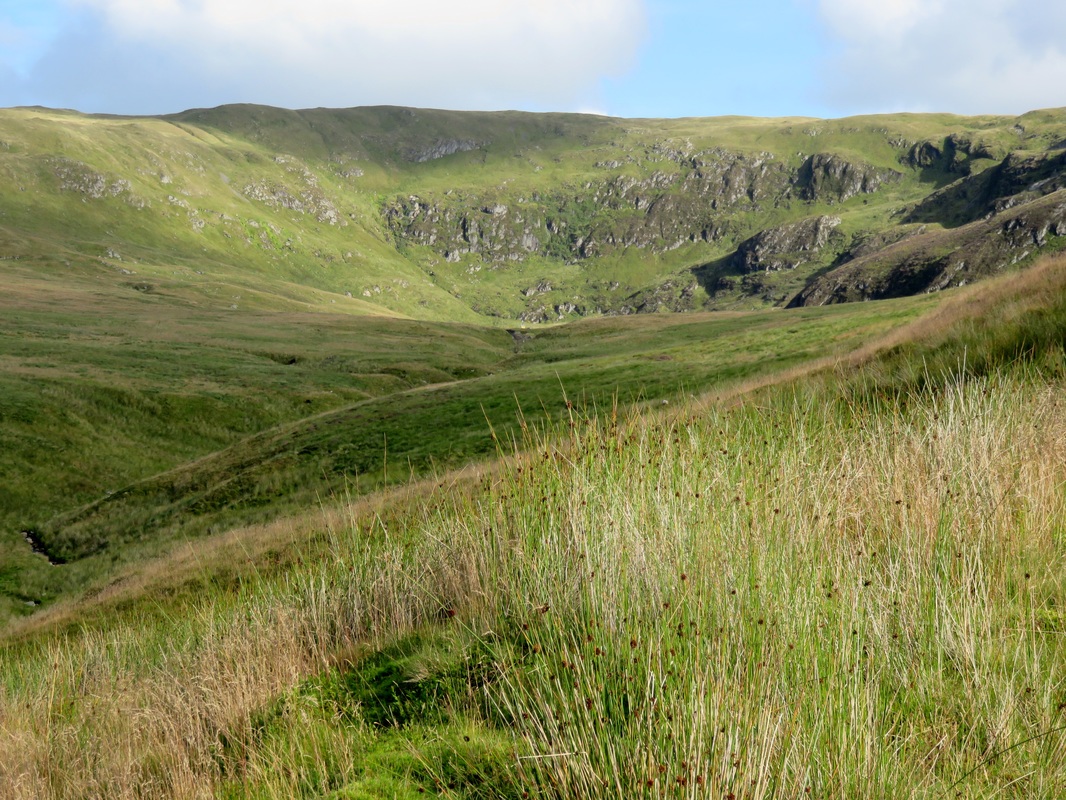
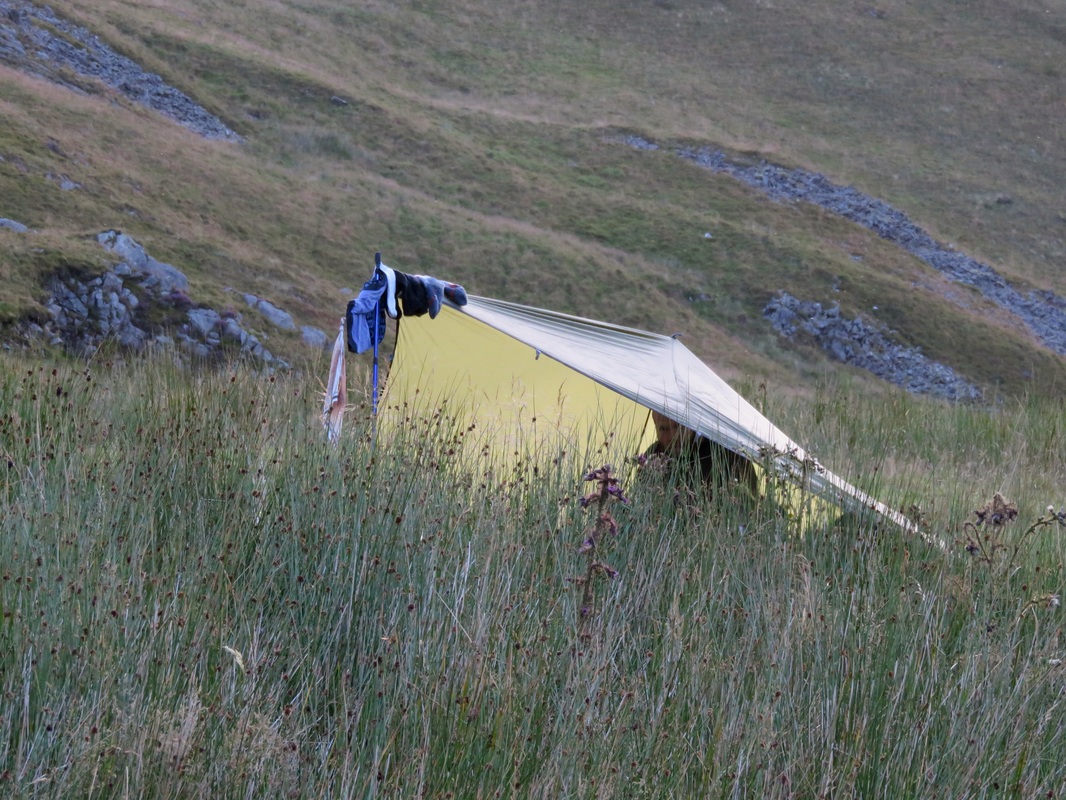
 RSS Feed
RSS Feed
